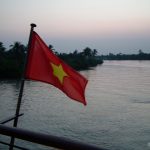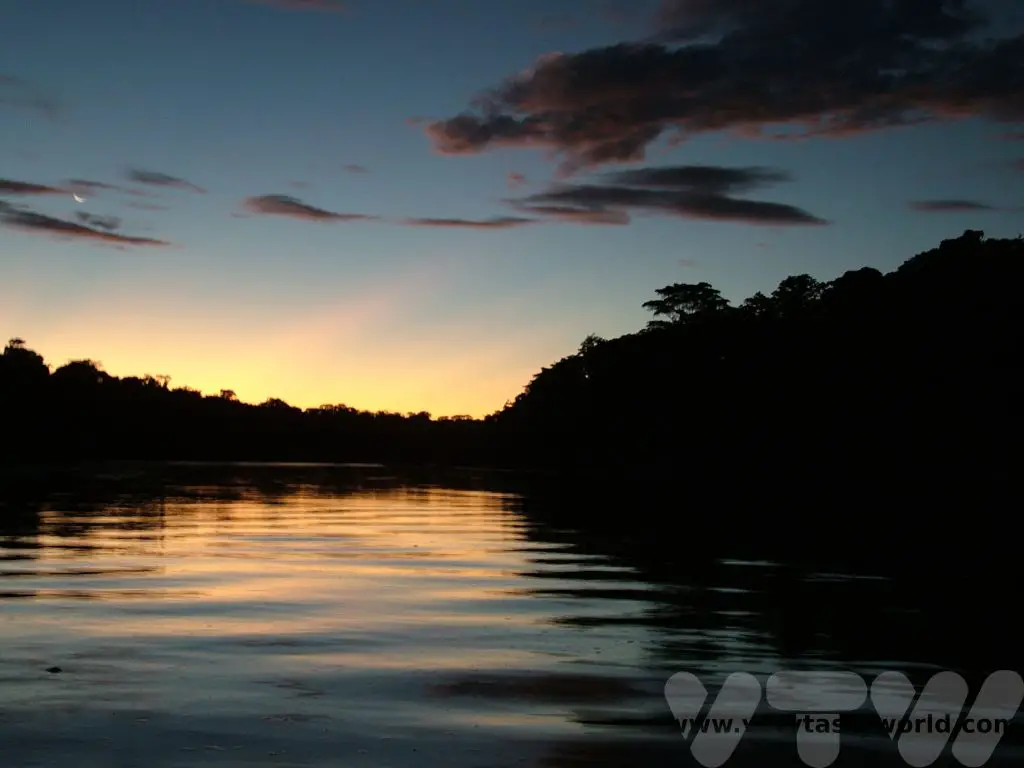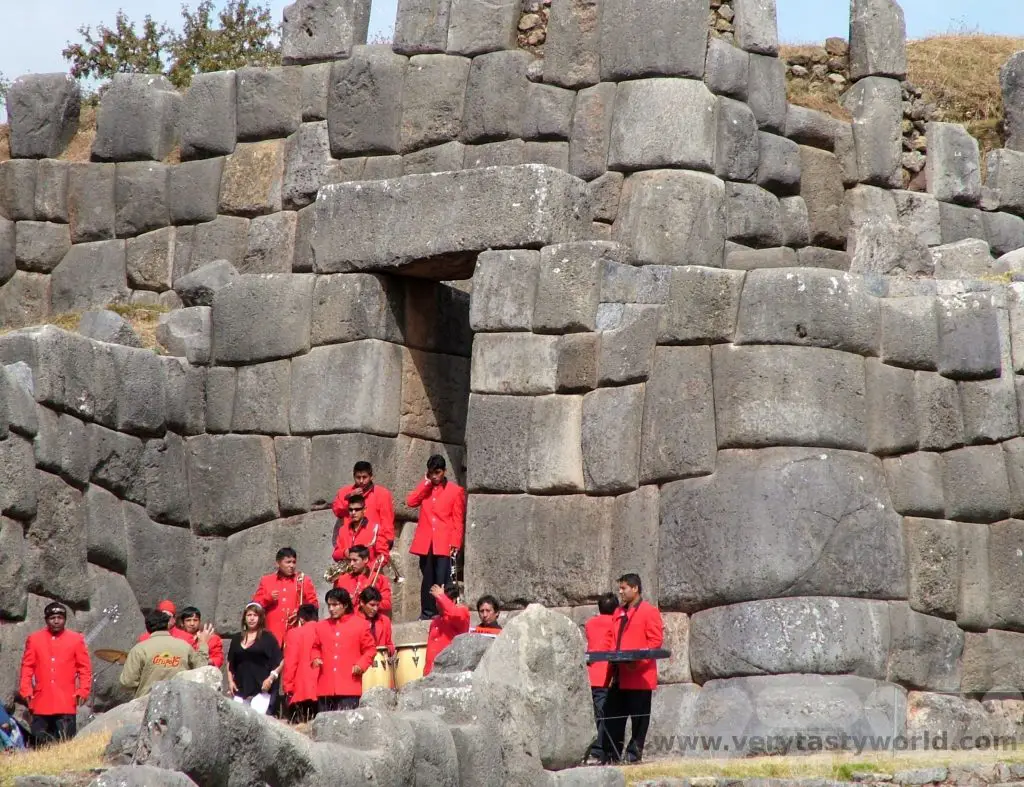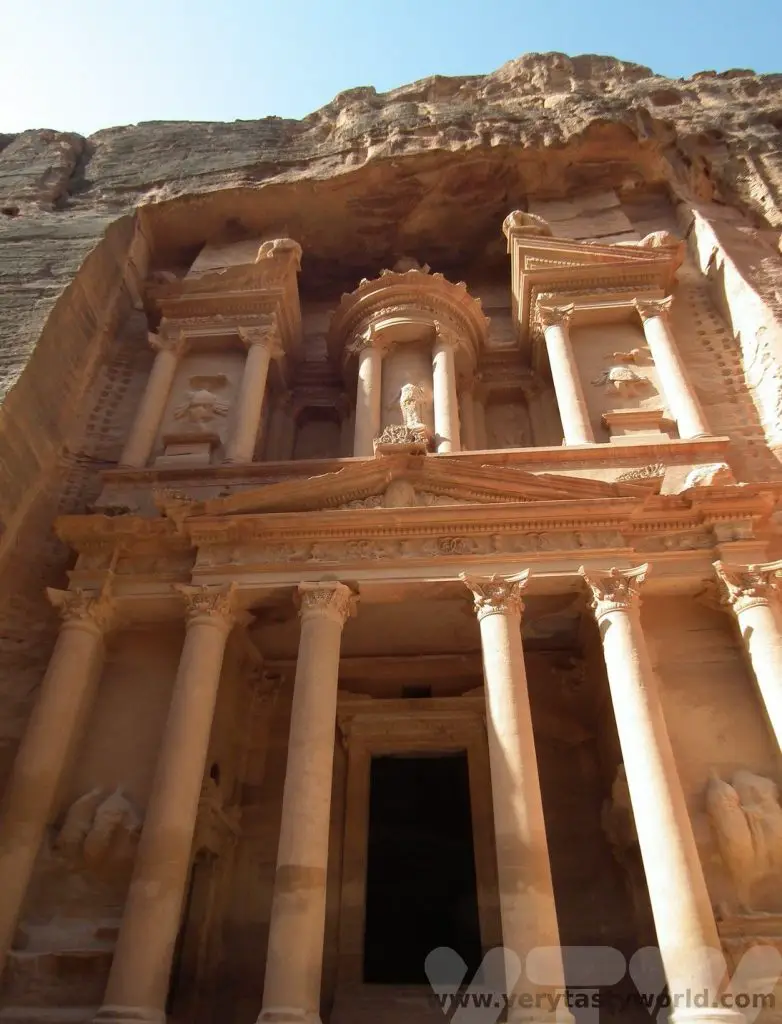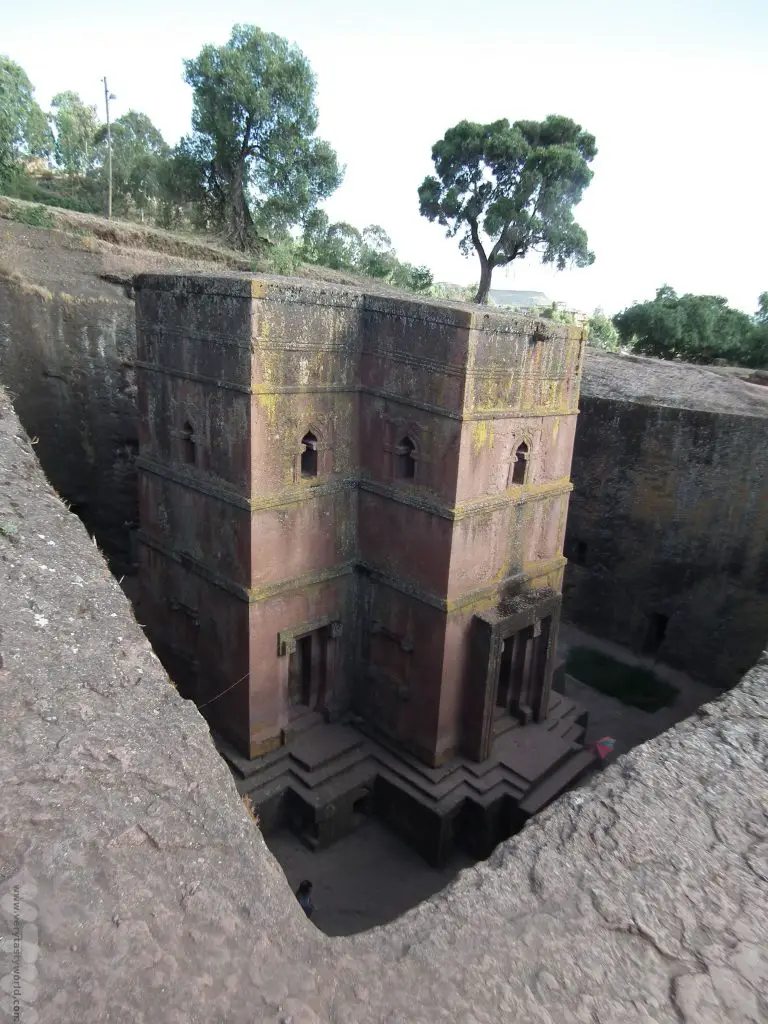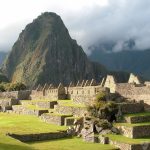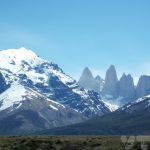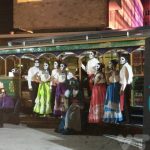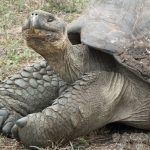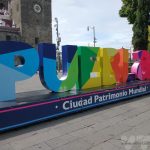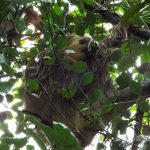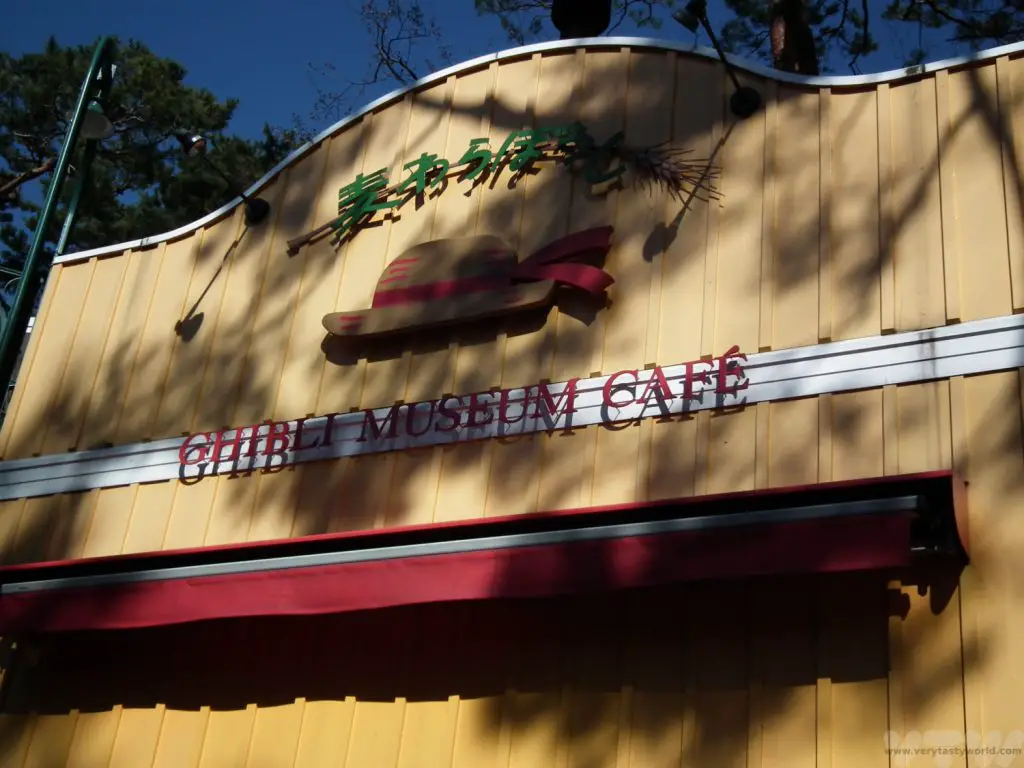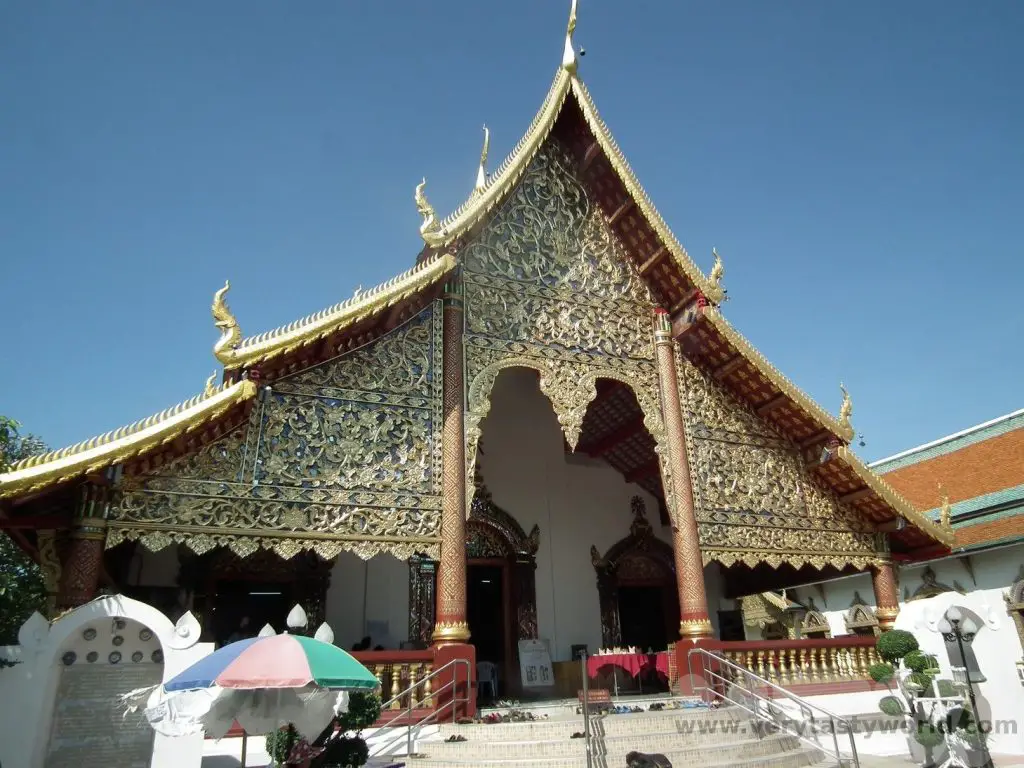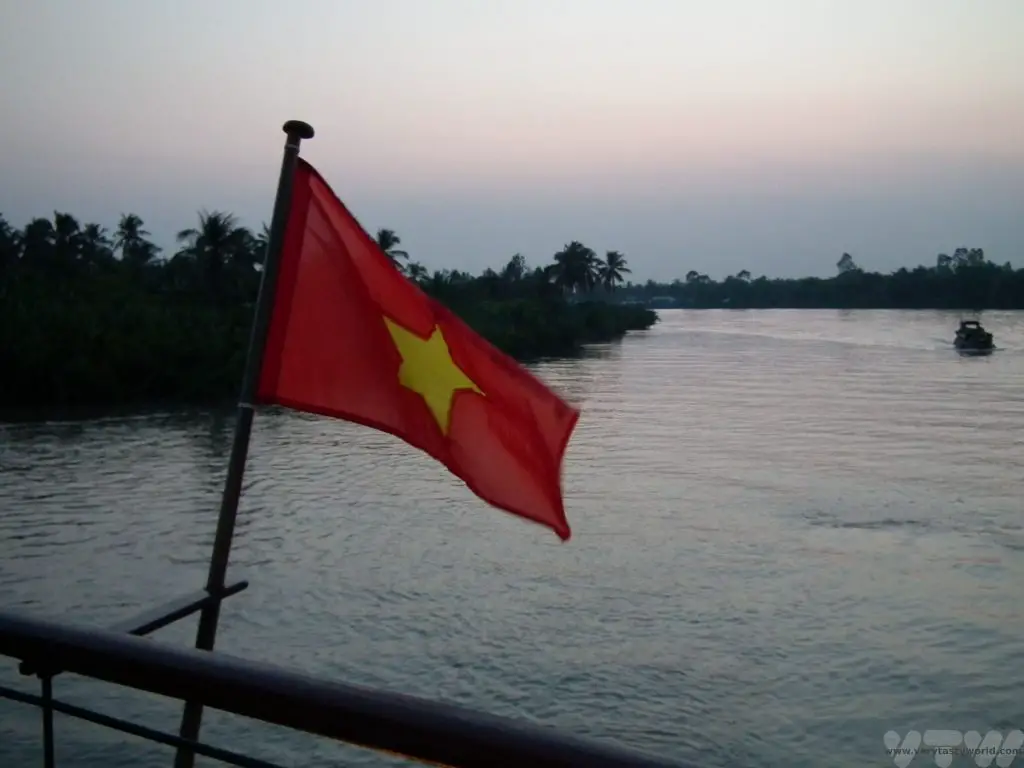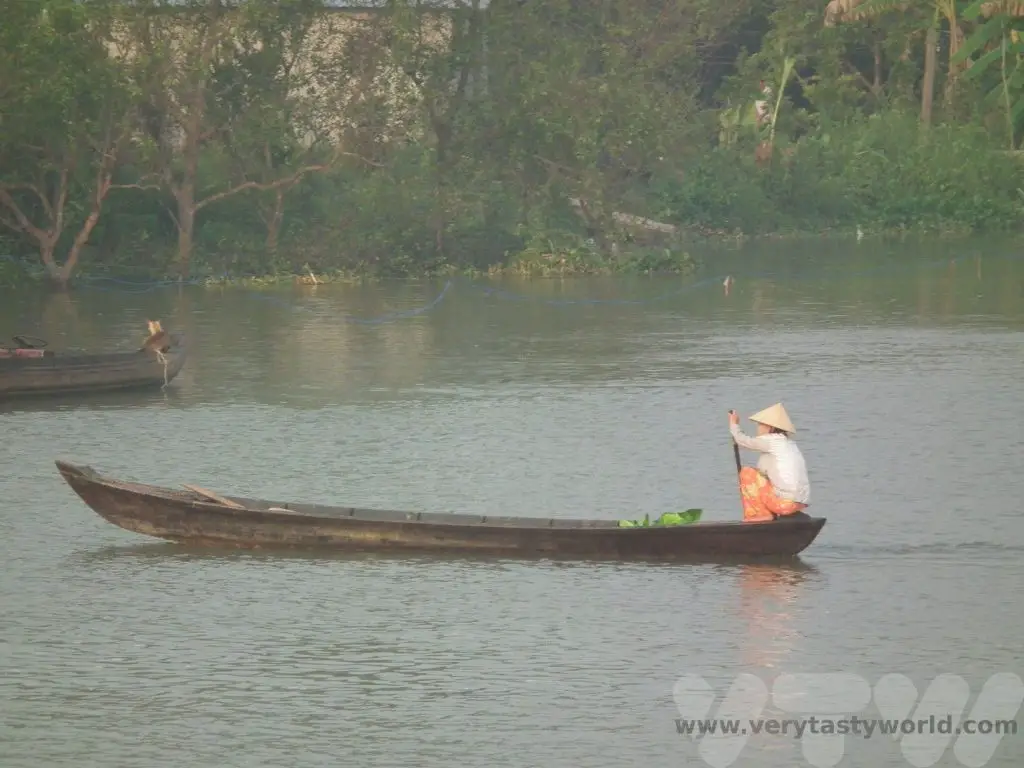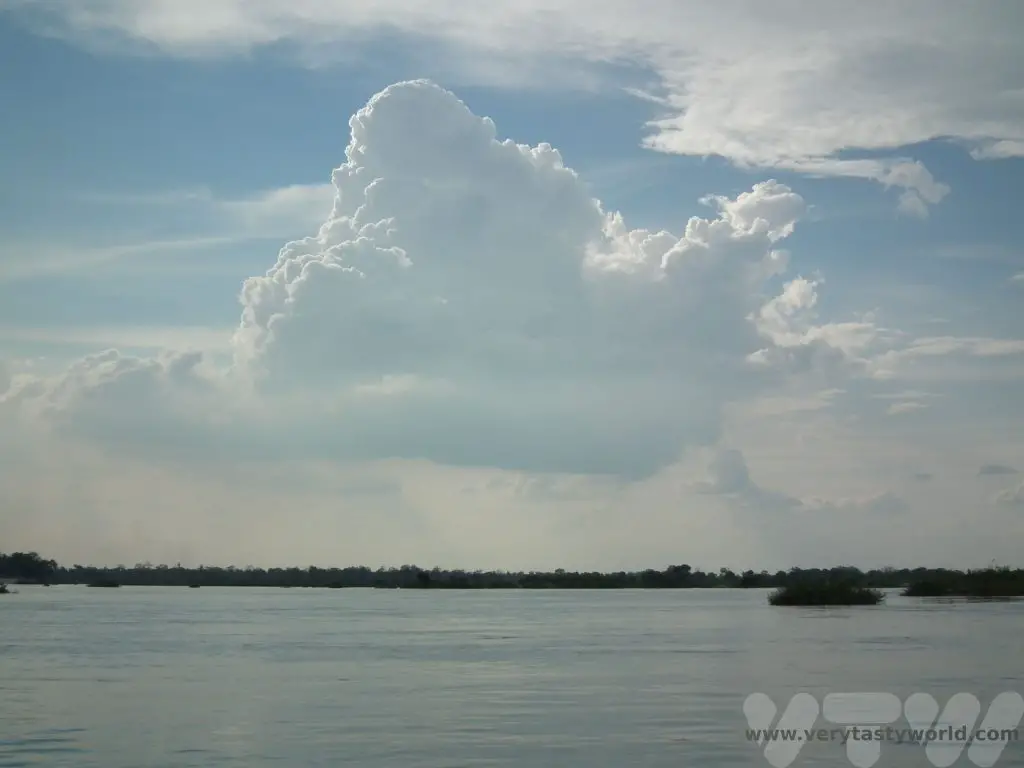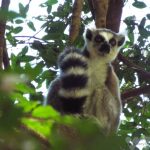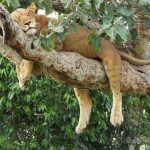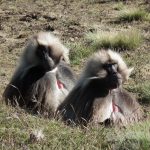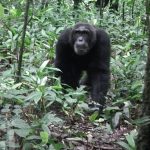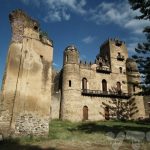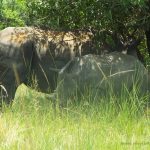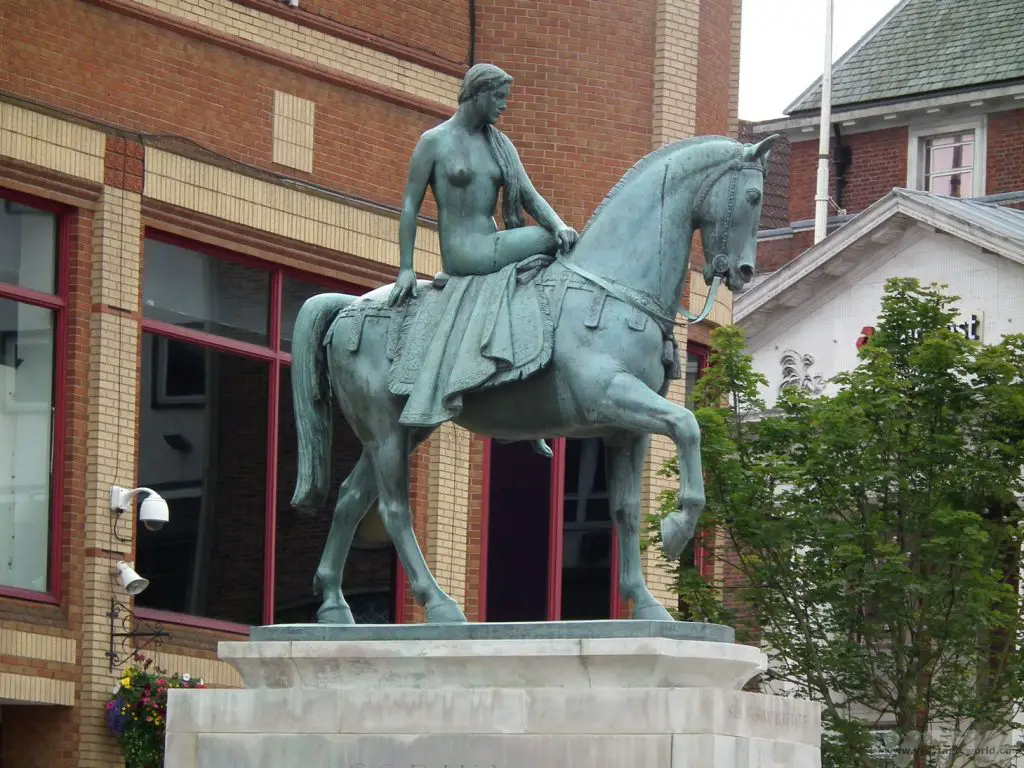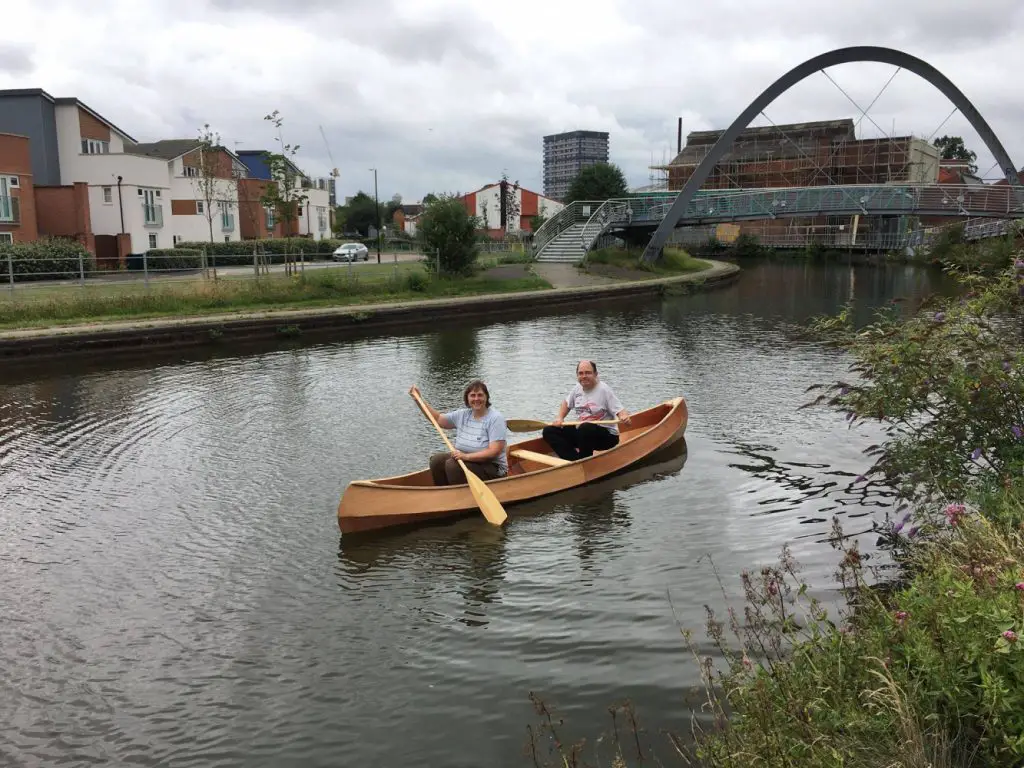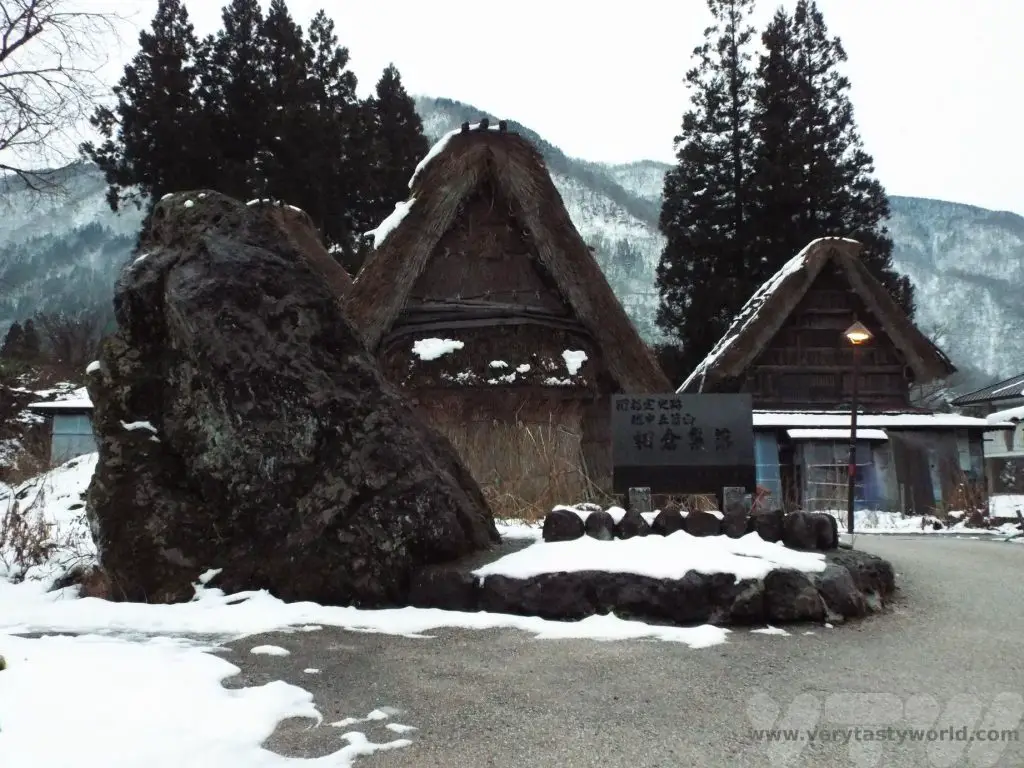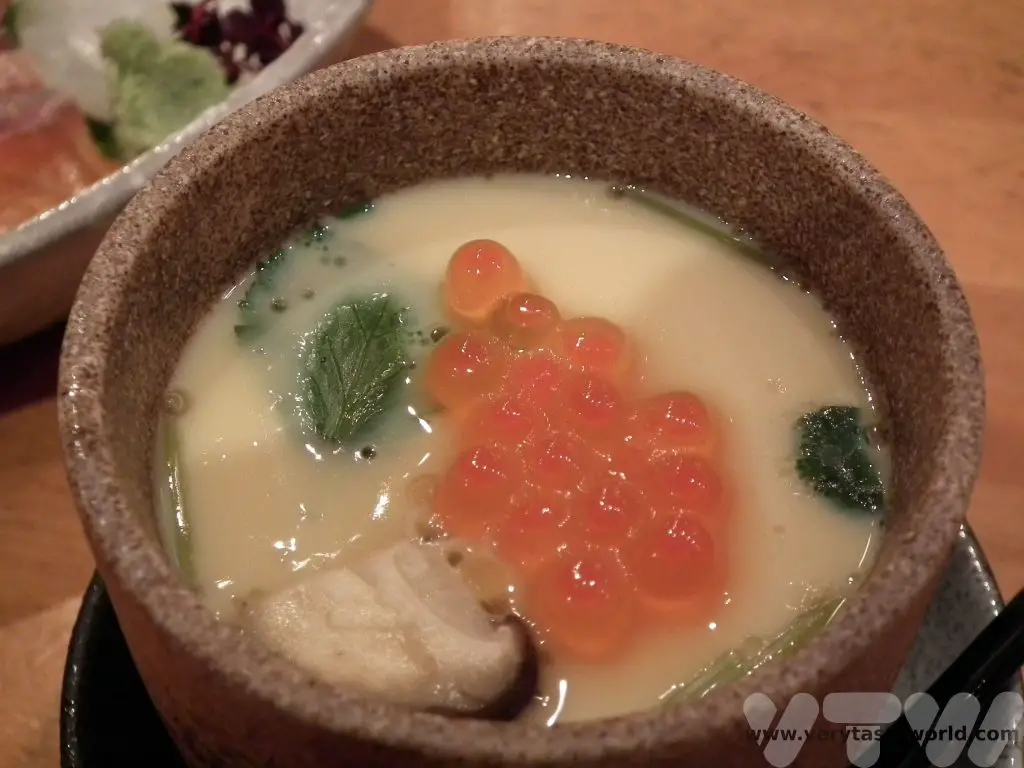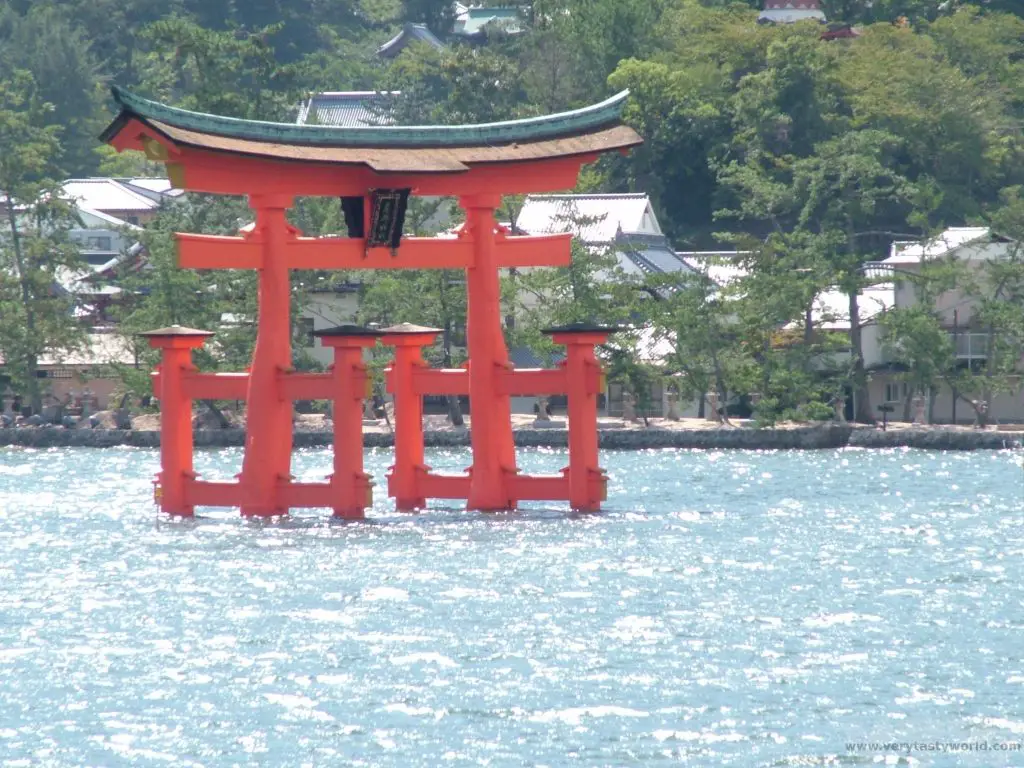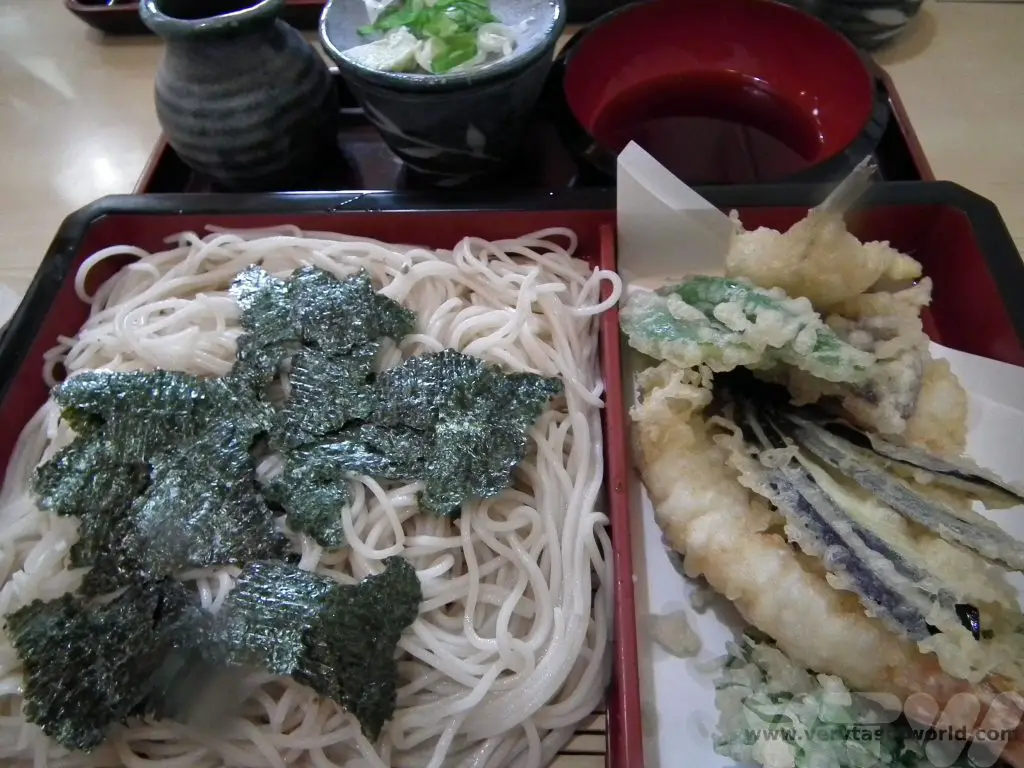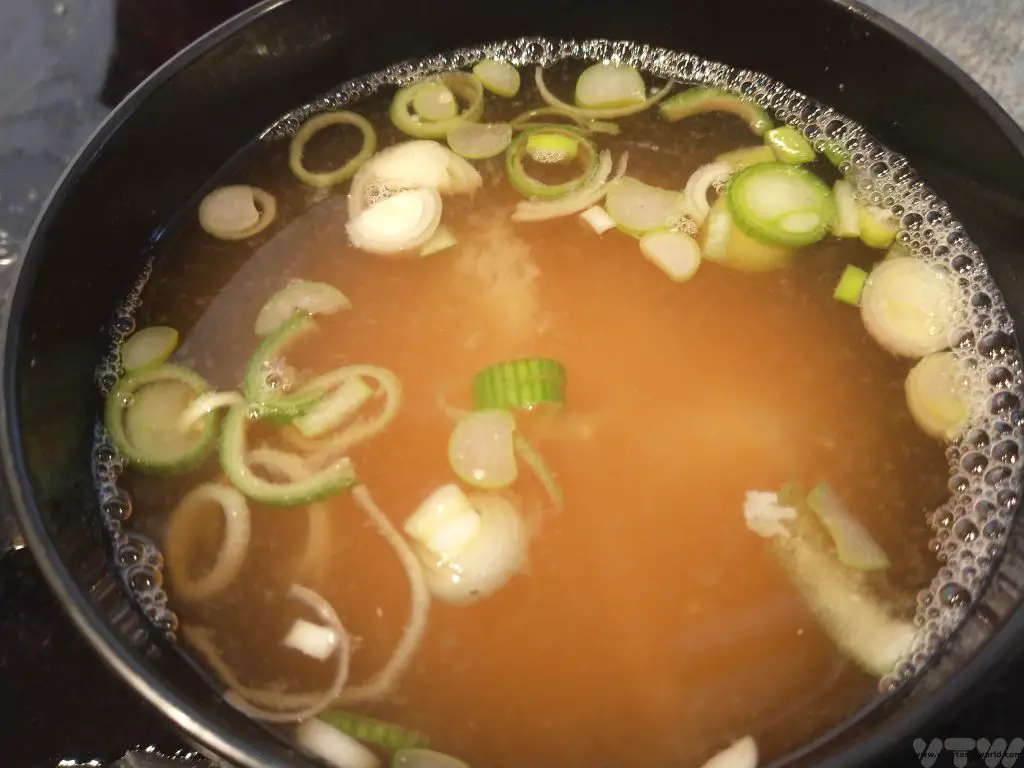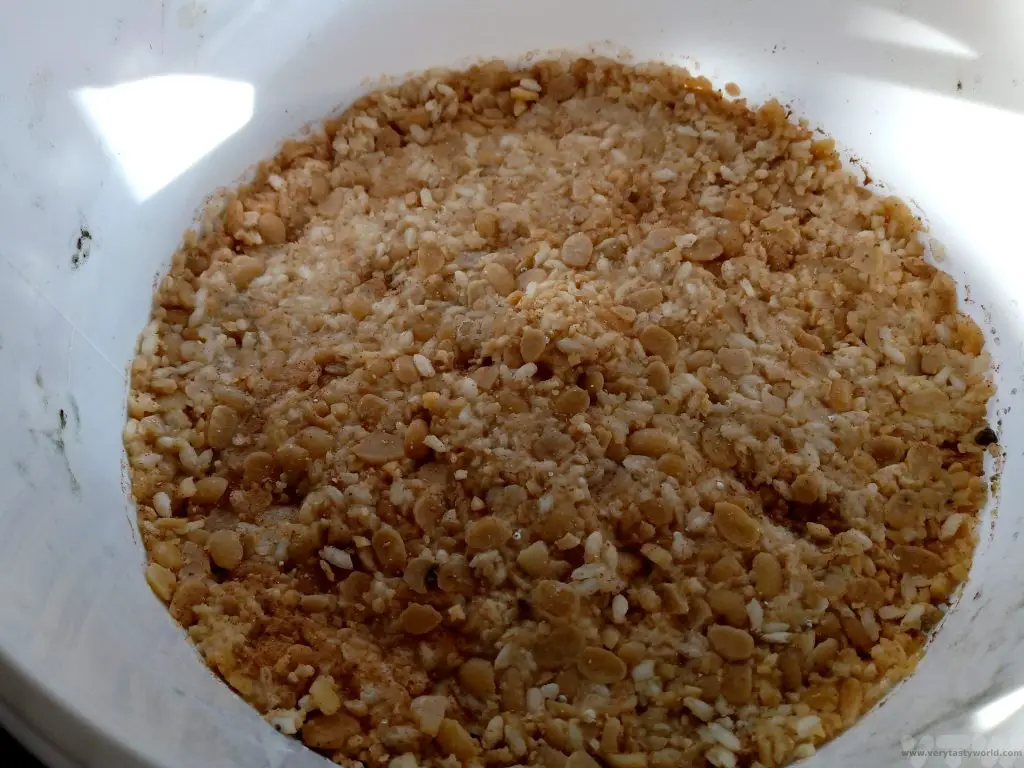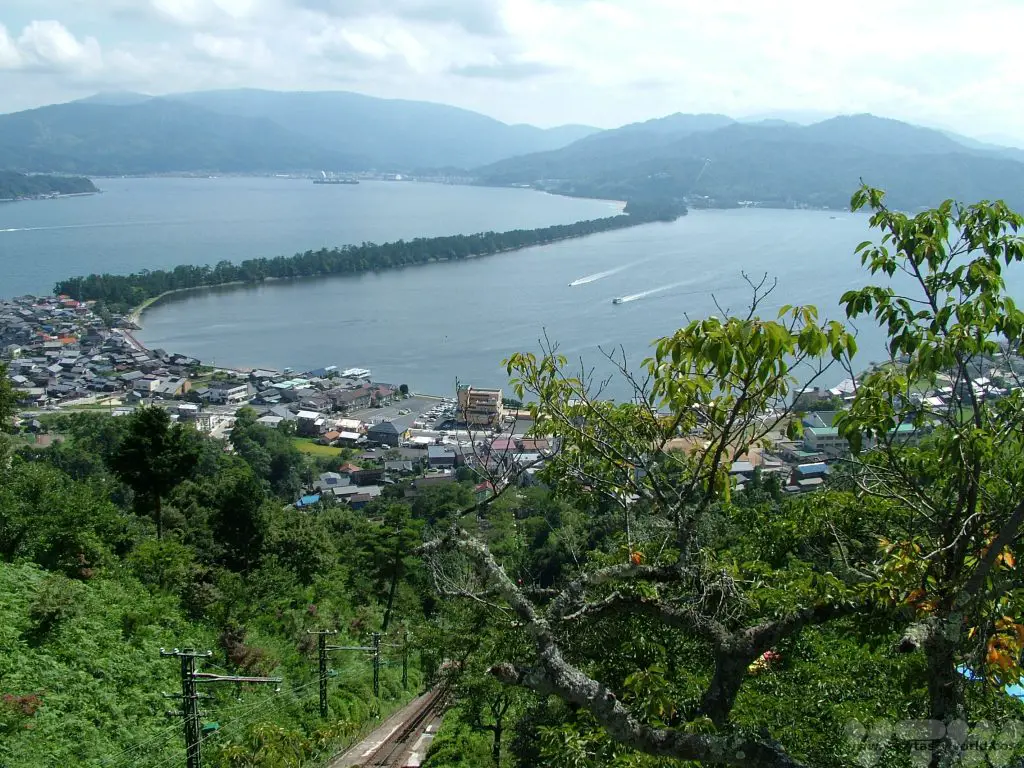Home » Travel Tips & Etiquette
Category Archives: Travel Tips & Etiquette
How To Get From Seoul To Gyeongju by Train
Gyeongju in south-eastern Korea is often described as a ‘museum without walls.’ It’s easy to see why. It is the former capital of the Silla Kingdom which ruled a large proportion of the Korean peninsula from around 57 BCE to 935 CE. It is genuinely a treasure trove of historic buildings and artefacts. We recommend visiting this wonderful city if you are travelling in South Korea. Here’s our guide on how to travel from Seoul to Gyeongju.
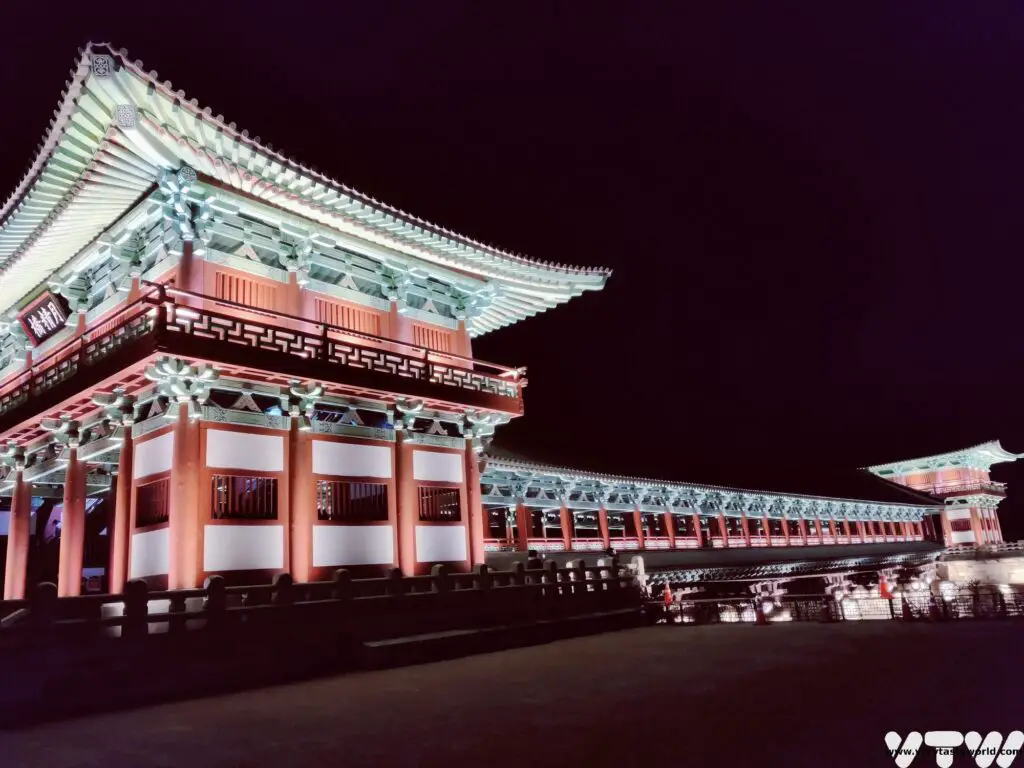
Please note that this post contains affiliate links. If you click through and decide to make a purchase we will make a small commission, at no extra cost to you, which will help towards the costs of running this site.
Seoul to Gyeongju By Train
South Korea’s rail network is fast and efficient. If you want arrive quickly, we recommend using the KTX, the high-speed train service, from Seoul Station. You can reach the main railway station on lines 1 and 4 on the metro. The train station is bright and airy and the departure board will indicate the train number, time, destination and departure track in multiple languages, including English.
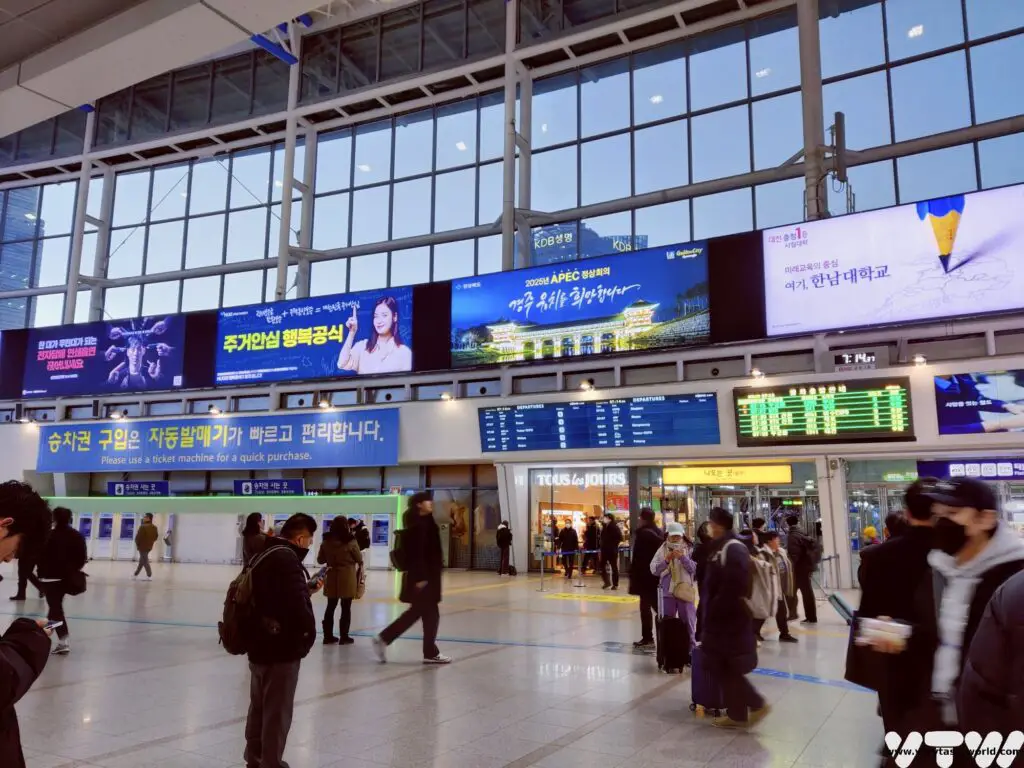
When you arrive on the platform, there will be an indication where your train’s car will be located. Your seat reservation will indicate a car and seat number. There is an overhead shelf for smaller bags above the seats inside the carriage, and a storage area for larger luggage at the end of each car by the doors. The train journey takes around two and a half hours from Seoul to Gyeongju.
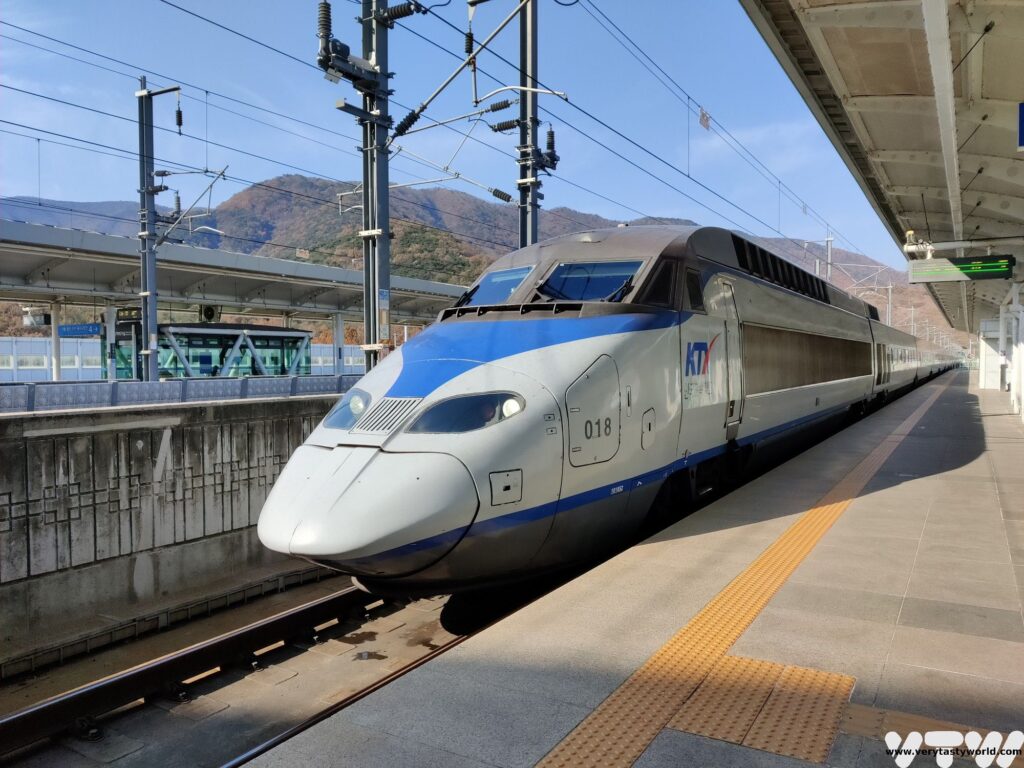
However, the KTX does not reach Gyeongju centre. The train will stop at Singyeongju station which is located a few kilometres out of town. It’s the city’s newest station and was opened in 2010.
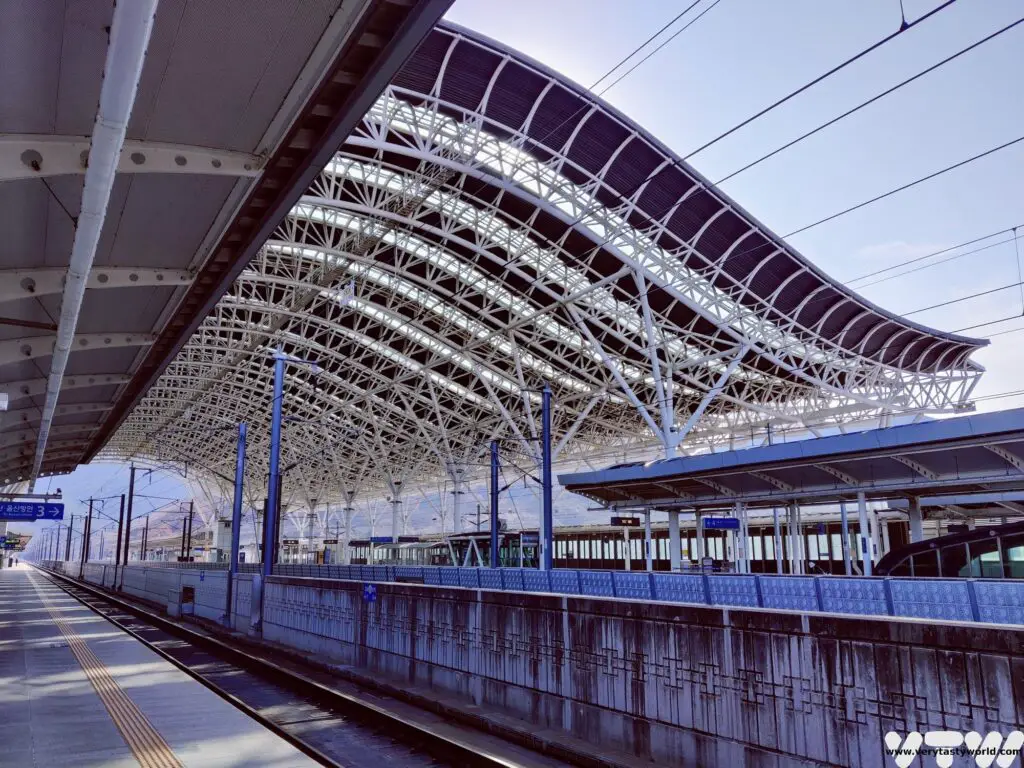
You will need to catch a bus or take a taxi to the city centre.
Taxis are definitely easier. They take around 10-15 minutes and cost between 15,000 and 20,000 Won (around $11-15 at current prices). You can also put your luggage into the boot/trunk of the taxi. There are plenty of taxis waiting at the station.
The bus journey takes around 25-30 minutes. Bus numbers 50, 70 or 700 run to and from the station regularly and will take you into town. The cost is 2,500 won (2023 price).
If you have a T-money card you can use this to pay for your bus fare. Just tap your card on entering the bus at the front by the driver and don’t forget to tap out when you exit at the middle of the bus.
We recommend getting a T-money card when you arrive in South Korea which you can pick up on arrival at the airport. They are so convenient for paying for public transport and other services. You can charge them with cash all over the country, including at convenience stores. (N.B. you can only charge them with cash)
One thing that’s worth noting is that when a train comes in there may well be a lot of passengers, so getting a seat on the bus might not be easy. We were the last ones on and had to stand. Not a problem except…
…well, Gyeongju does have a popular theme park but you can truly experience the thrills of a rollercoaster simply by travelling on the bus. Our journey into Gyeongju city was ‘enhanced’ by a driver who was either in a hurry or was a sadist who enjoyed watching hapless tourists in his rearview mirror, loaded with luggage, clinging to the handrails whilst trying to avoid flying around the bus, as he sped up, hurtled around corners and slammed on the brakes.
We think this was a one-off – our bus ride back to the station was much more sedate.
Train Travel Tips
If you are planning to travel by train through South Korea you might want to consider buying a KoRail Pass. These are passes that allow foreign visitors unlimited journeys on the rail network on particular days. There are various options available:
Consecutive Passes: You can use these on either 3 days or 5 days in a row – useful if you are travelling on consecutive days.
Select Passes: You can use these on any 2 individual days or any 4 individual days within a 10 day period. These are useful if you are travelling around Korea and want to spend some time at different locations before moving on.
You can buy the pass within 31 days of travel and you need to know which day you plan to activate the card.
The pass can be ordered online and printed off. You need to carry the pass with you and it is linked to your passport.
The pass can represent good value if you are planning on travelling to lots of locations in South Korea. We recommend checking prices to see whether the cost of a rail pass is cheaper than buying individual tickets.
Tip: If you know your travel dates, book your KTX seats early, several days in advance if possible. Seoul’s railway station has a ticket office where you can purchase tickets and book seats. We went to the office to validate our rail passes and book our seats. We planned to travel on a weekday, three days after our arrival, and had difficulty getting seats together on the train. It meant that we had to leave really early in the morning to catch a train, which turned out to be a blessing as it meant we had more time to explore Gyeongju.
The Korea Trains website has information about timetables and ticket booking.
If you are travelling on the train using a pass you will need to carry a printout of the pass, the seat reservations and your passport to confirm your identity – which should match the name on your pass. We were never challenged during our journey through Korea but the terms of the pass state that you must be able to produce this documentation if requested.
Alternative Ways to Travel From Seoul To Gyeongju
It is possible to catch the express bus to Gyeongju. The price is cheaper and the bus will take you directly into the city centre. The total journey time is around three and a half hours.
The bus leaves from Seoul Express Bus Terminal which is located in the Banpo-dong part of Seocho district. You can reach the bus terminal via metro lines 3, 7 and 9.
You can check the bus route information and ticket availability at the express bus website.
If you want maximum flexibility you can hire a car. The journey time will take around 5-6 hours, depending on where you are travelling from in Seoul and how congested the traffic is. A car would also be very useful when exploring Gyeongju as many of the historic attractions are located a few kilometres from the city centre.
Getting from Busan to Gyeongju
Gyeongju is also a popular day trip from Korea’s southern city of Busan. It’s an hour away on the train. Once again you can use a KTX pass to reach Singyeongju.
Alternatively, there are companies that offer day trips to see the main sights. Although we realise that time can be tight when travelling, we loved Gyeongju so much that we recommend staying in the area if possible. There is so much to see, a day trip would only really scratch the surface.
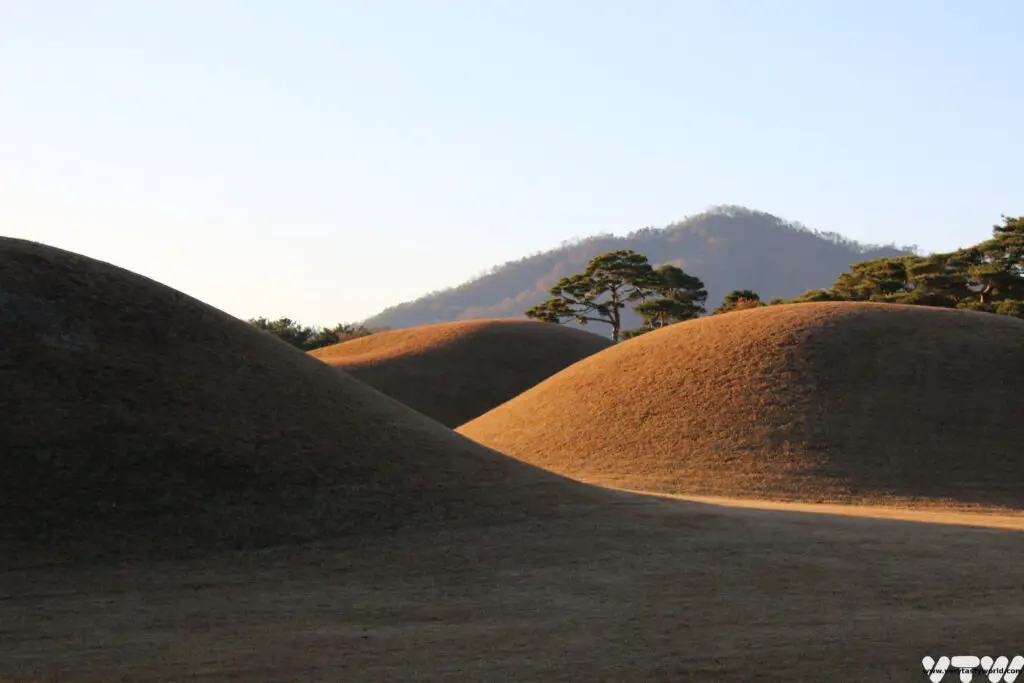
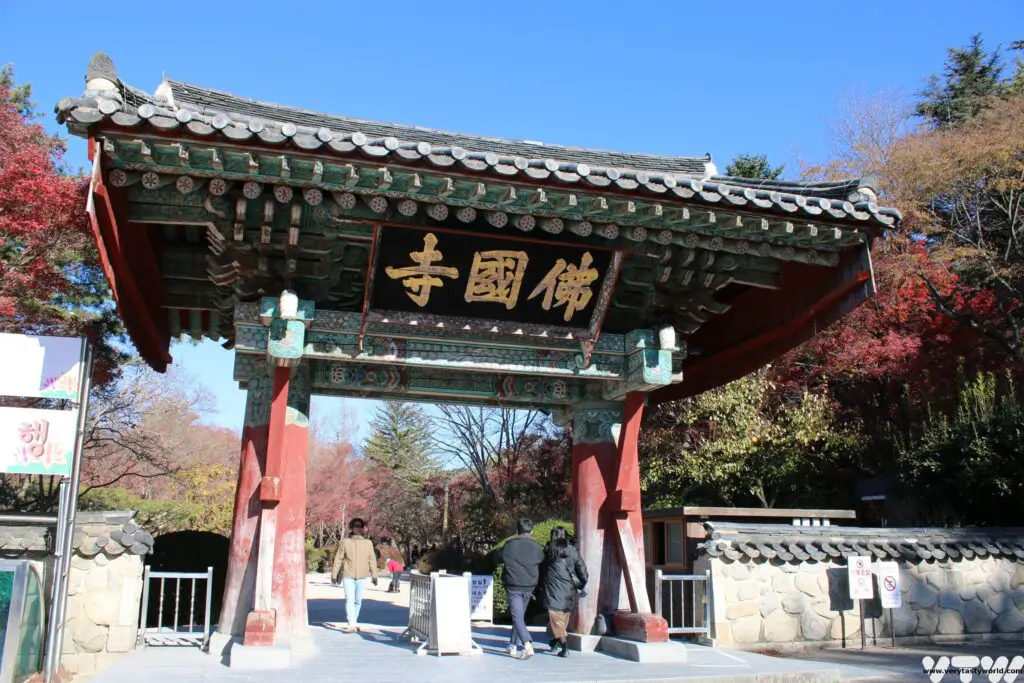

Best Time To Visit Machu Picchu 2024 Update
It’s easy to see why Machu Picchu is Peru’s biggest tourist attraction. It was our primary reason for wanting visit to Peru (although during our trip we discovered so many amazing places including the Amazonian jungle) and we had high expectations. We weren’t disappointed. Here is our guide about the best time to visit Machu Picchu, how to get tickets and what to expect when you get there. This post has been updated to incorporate the changes to visiting for 2024.
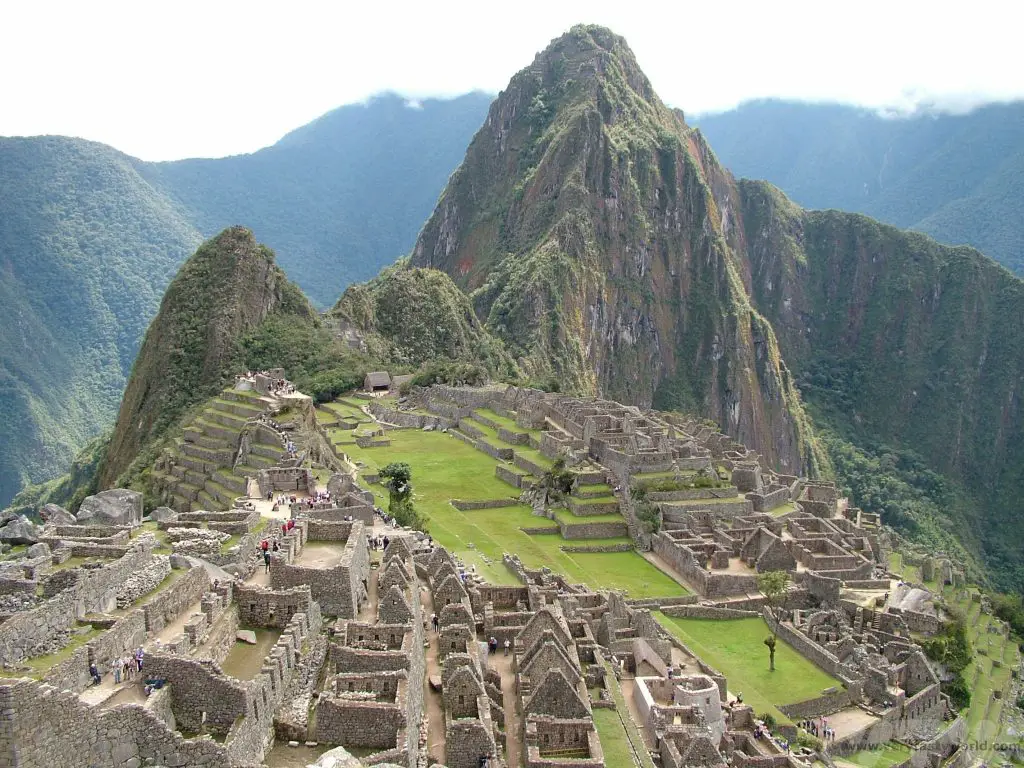
Please note that this post contains affiliate links. If you click through and decide to make a purchase we will make a small commission, at no extra cost to you, which will help towards the costs of running this site.
Best Time To Visit Machu Picchu
Machu Picchu can be visited year round. The most popular time to visit is June to September with shoulder seasons in May and October. Peru’s rainy season runs from November to March.
But the rules for visiting Machu Picchu have changed for 2024. The reason for this is that the authorities want to protect the site as much as possible and control the crowds. The total number of people allowed to visit is 4,500 each day. This number is split between the people who walk the full Inca trail, the short trail and day visitors.
For visitors to the site the morning and afternoon tickets have been replaced by hourly slots of 190 visitors each.
The Ministry of Culture has introduced 5 circuits. Follow this link to check the route for the sites you wish to see. The tours are of varying duration and are guided. There may be some time for self-exploration at the end of the tour. It is mandatory to have a guide. Because of this it may be worth considering taking an organised trip.
You are allowed to stay for a maximum of 4 hours.
Tickets can be purchased from the Ministry of Culture website.
If you wish to climb Huyana Picchu (the mountain behind the site as seen in the most famouse pictures) you have to purchase a separate ticket. Three hundred tickets will be available each day. There are hourly entrance slots (75 tickets each) from 06:00am to 13:00pm.
If Huyana Picchu sells out, it is possible to climb Huchuy Picchu and get a great alternative view of the site.
How To Get to Machu Picchu
There are several ways to visit Machu Picchu. The most famous is probably the hike along the Inca Trail. The Incas built an intricate and sophisticated network of trails throughout their enormous empire that encompassed Quito (Ecuador) in the north to Santiago (Chile) in the west and to Mendoza (Argentina) in the east. The trails ran to around 40,000km. But the best known trail is that which runs approximately 43km from Peru’s Sacred Valley to Machu Picchu via the sites of Runcuracay, Sayacmarca, Phuyupatamarca, Wiñay Wayna.
You can’t just turn up with your walking boots and rucksack – you have to book via a tour operator who is both registered and owns a licence. Access to the trail is controlled and can get extremely busy – up to 500 people, including guides and porters, make the trip each day. This mean that only about 200 visitors can walk the trail.
High season for this trail runs from April until October and should be booked well in advance. The classic four day Inca Trail starts at a place called Km82 (82 km along the railway track that runs between Cusco and Machu Picchu). It reaches a maximum altitude of 4200m so it is really important to have acclimatised fully before attempting the hike. Some operators offer a shorter trek, about 15km, which starts much closer to Machu Picchu, and can usually be completed within a day.
An alternative approach is to travel from the Cusco area, Urubmaba or Ollantaytambo by train. There are a number of options depending on your budget, from the relatively cheap to the downright decadent. Some trains are for Peruvian visitors only, so that local people can visit their country’s most famous attraction. We travelled on the mid-range Vistadome from Poyroy, a station located around 20 minutes from Cusco. It was an early start and the trip took around three and a half hours to arrive at the valley. A light meal and drinks were provided on the way and the views were stunning.
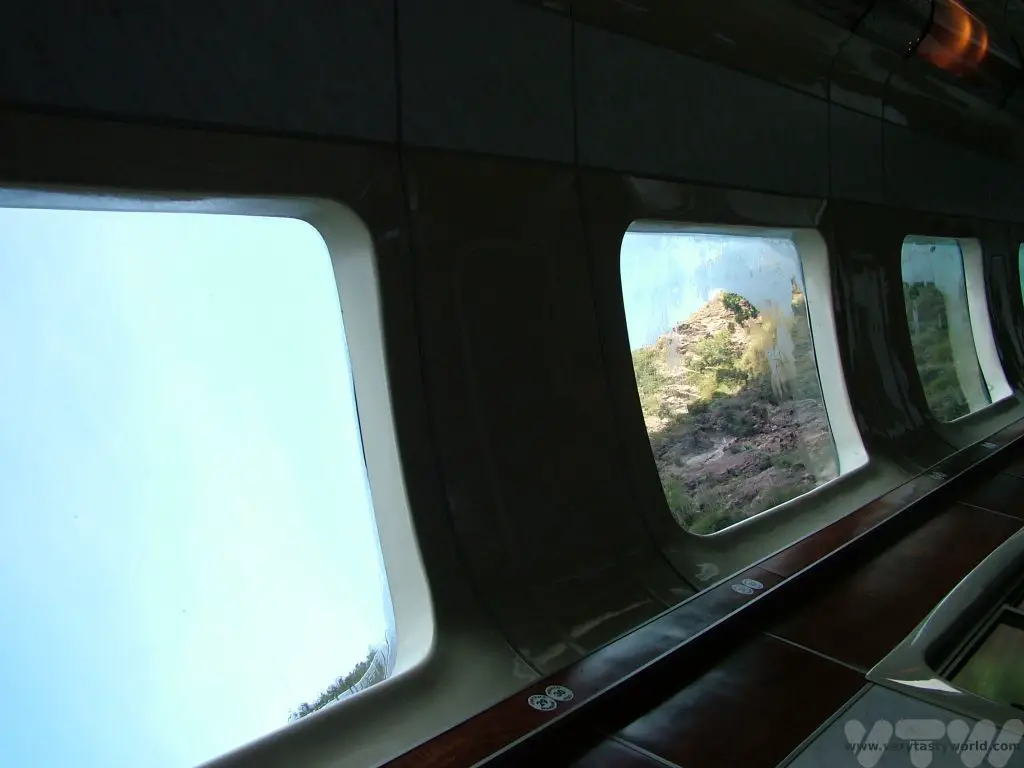
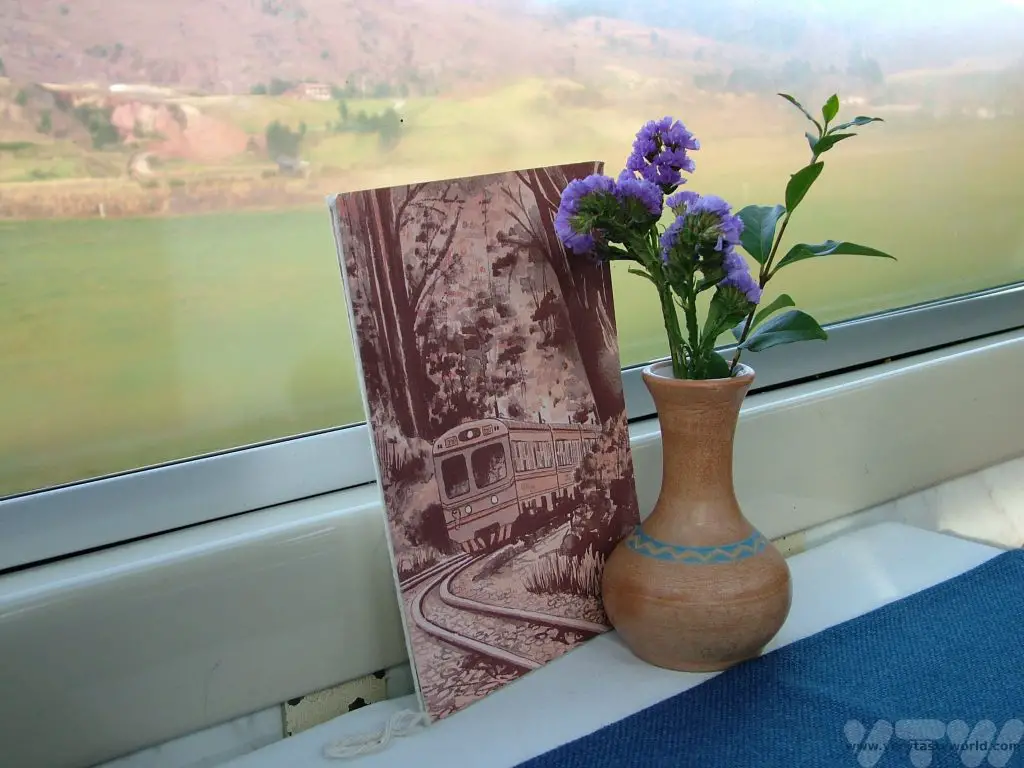
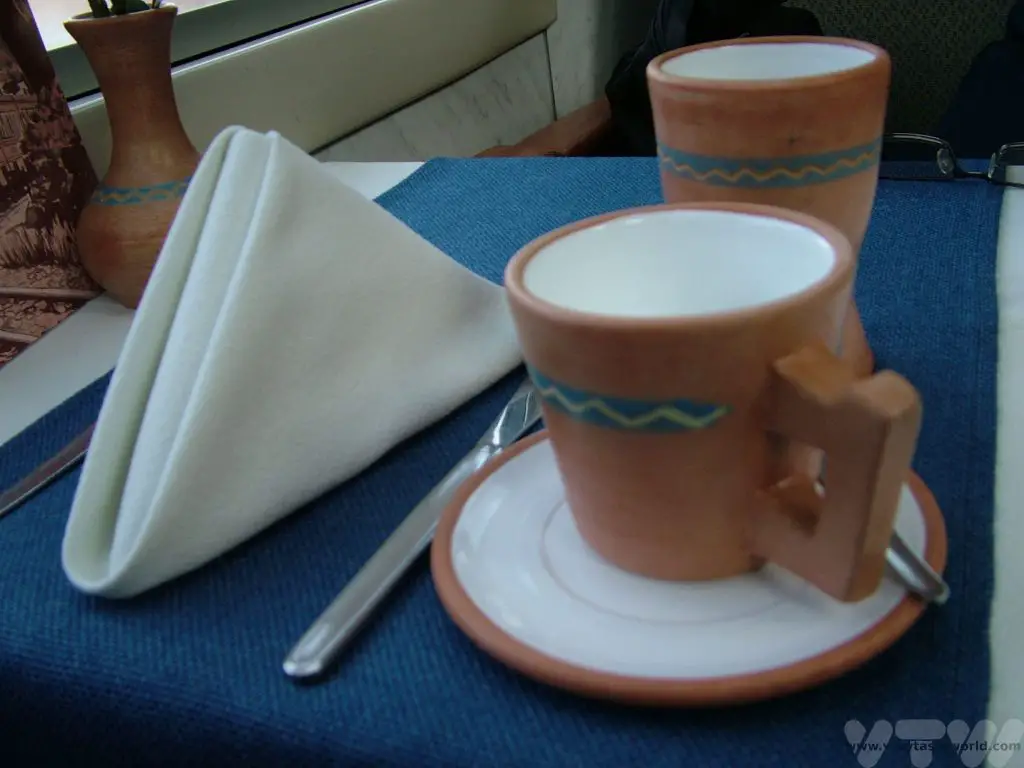
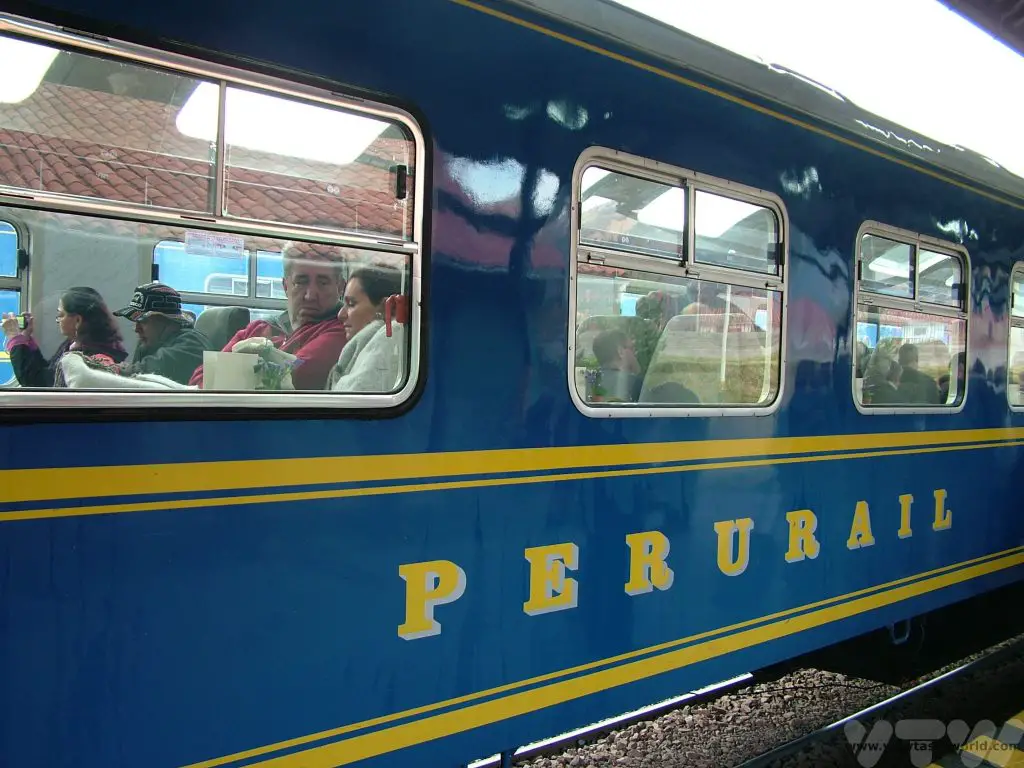
Transportation will be waiting close to the station when you arrive and you will need to buy a ticket to catch a bus that will take you up a road with an inordinate number of hairpin bends to the entrance, on a journey that takes around half an hour.
Arriving At Machu Picchu
Whether you arrive by trail or train it’s the most spectacular sight.
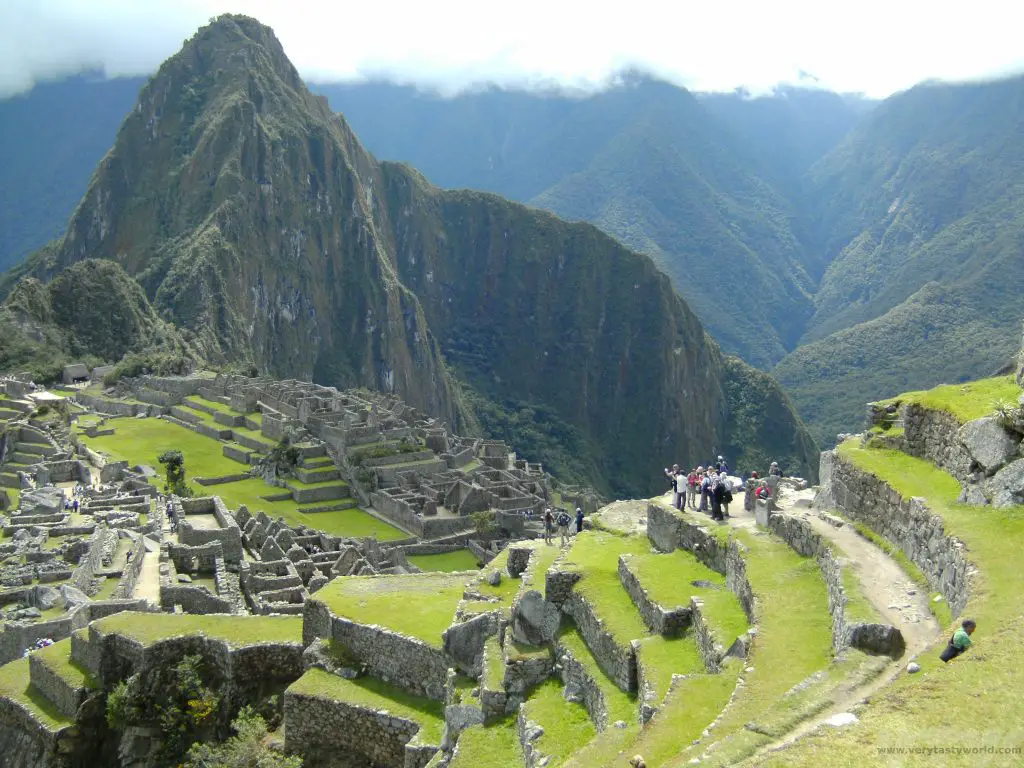
Machu Picchu was an Inca city that wasn’t located by the Spanish Conquistadors and hence wasn’t plundered or destroyed. It was discovered by American professor Hiram Bingham in 1911. Inca architecture really is remarkable (there are many examples throughout the Sacred Valley between this site and Cusco). The dry stone wall structures are not square, doorways are trapezoidal and the stones are laid in such a way as to provide strength and flexibility. Many of the stones have multiple angles and are cut and sometimes polished to fit together perfectly. They have survived centuries of earthquakes, remaining standing long after the Conquistadors’ flimsy structures had toppled over.
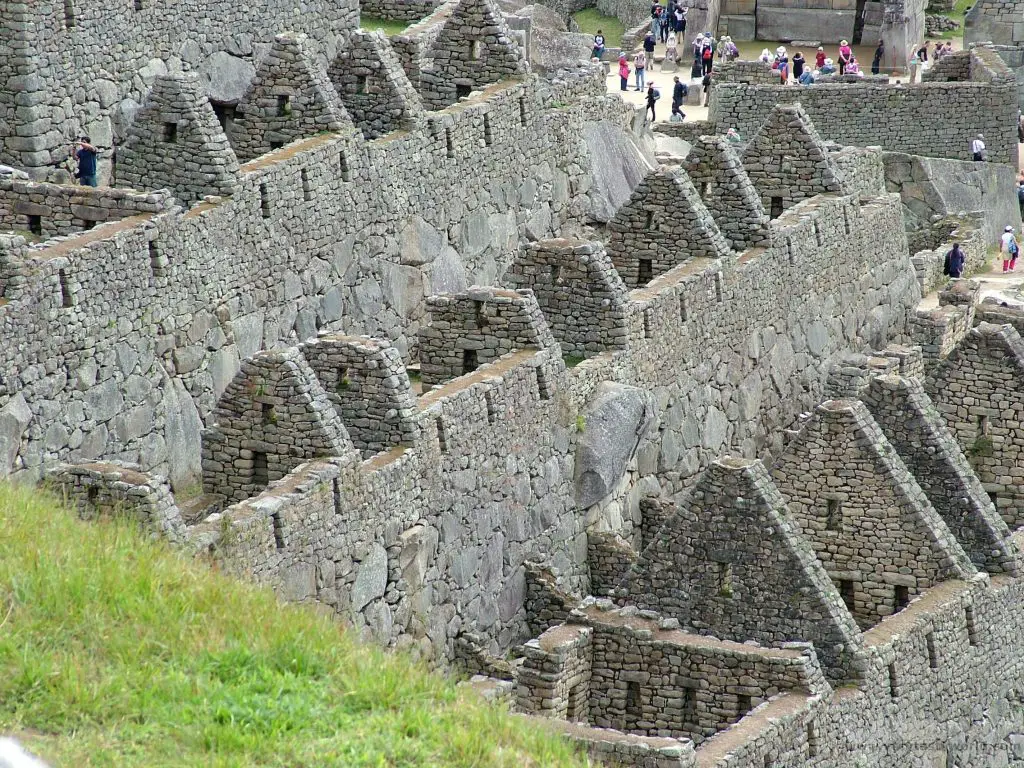
Although the functions of many of the buildings are not known for sure, archaeologists and anthropologists have determined that Machu Picchu was an important ceremonial site built as a royal estate for the Inca emperor Pachacuti.
The function of the Funerary Stone is not fully clear but it is thought that it might be a sacrificial altar.
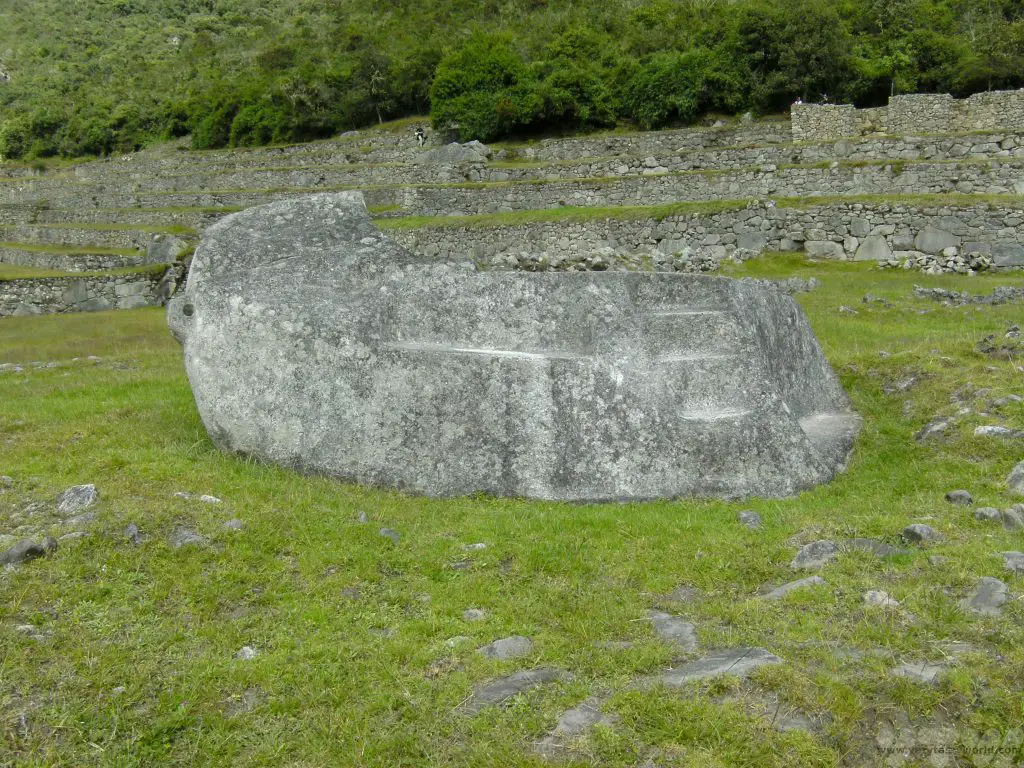
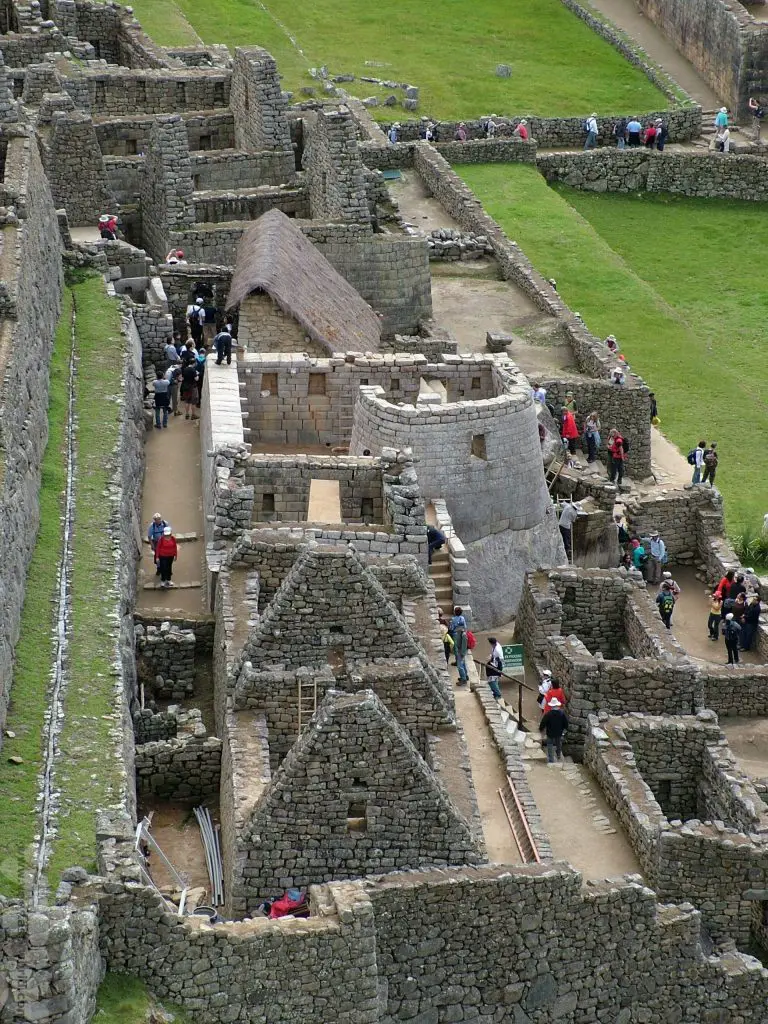
The Temple of the Sun was likely to be an astronomical observatory. Niches in the walls may have been used for offerings. There is a rock in the centre which lines up with the morning rays of the sun at the summer solstice.
The Royal Tomb – Palace of the Princess may have housed the Sun princesses or Ñustas. This structure takes full advantage of the natural rock formation.
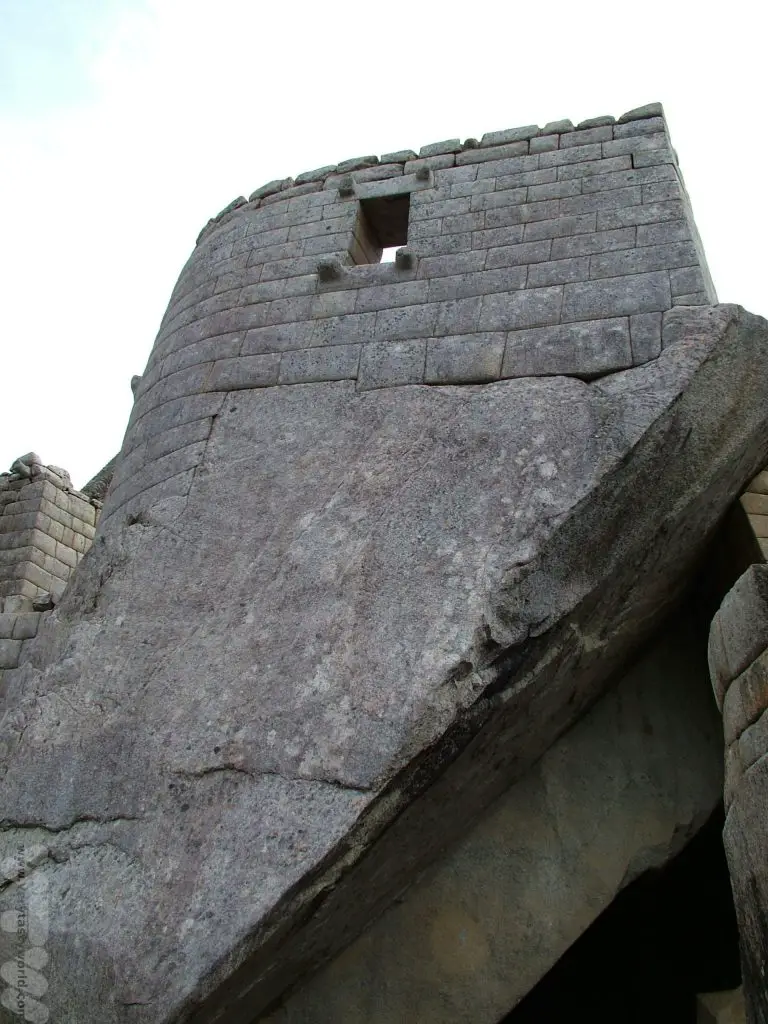
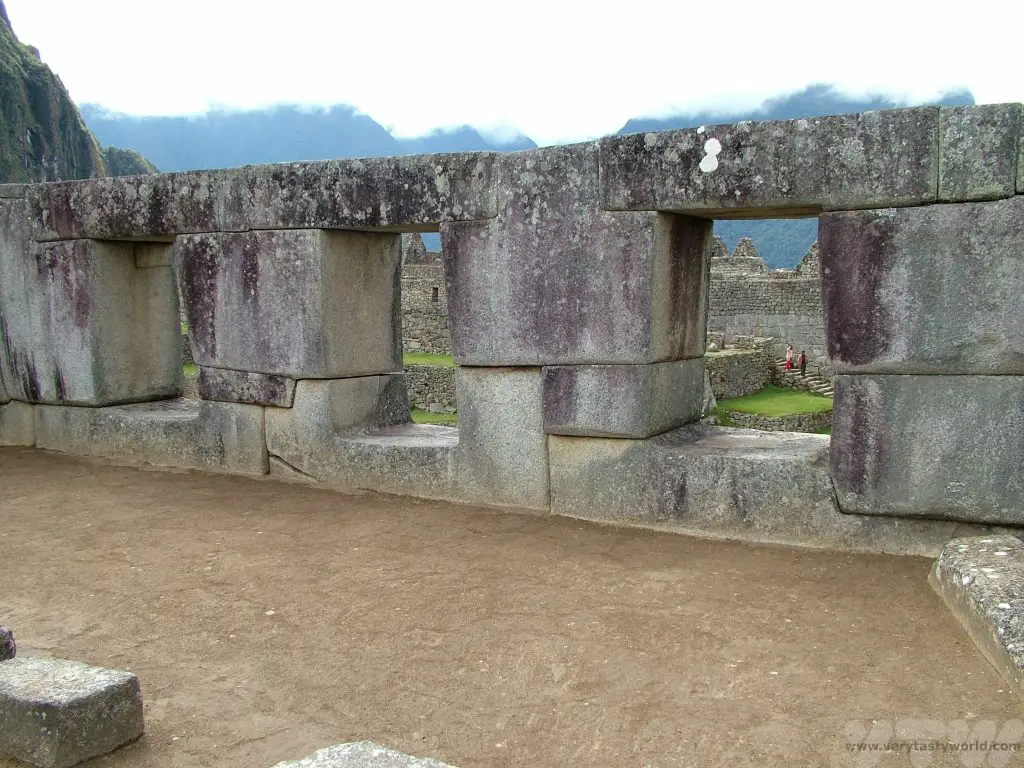
The Temple of Three windows is in the area considered to be the Royal Sector. Most archaeologists now believe that the site was built as an estate for Pachacuti Inca Yupanqui, the ninth Sapa Inca, that is, the emperor of the Inca empire.
The Principal Temple is the largest of the temples in the Royal Sector and has three sides with huge foundation blocks and carefully cut stones.
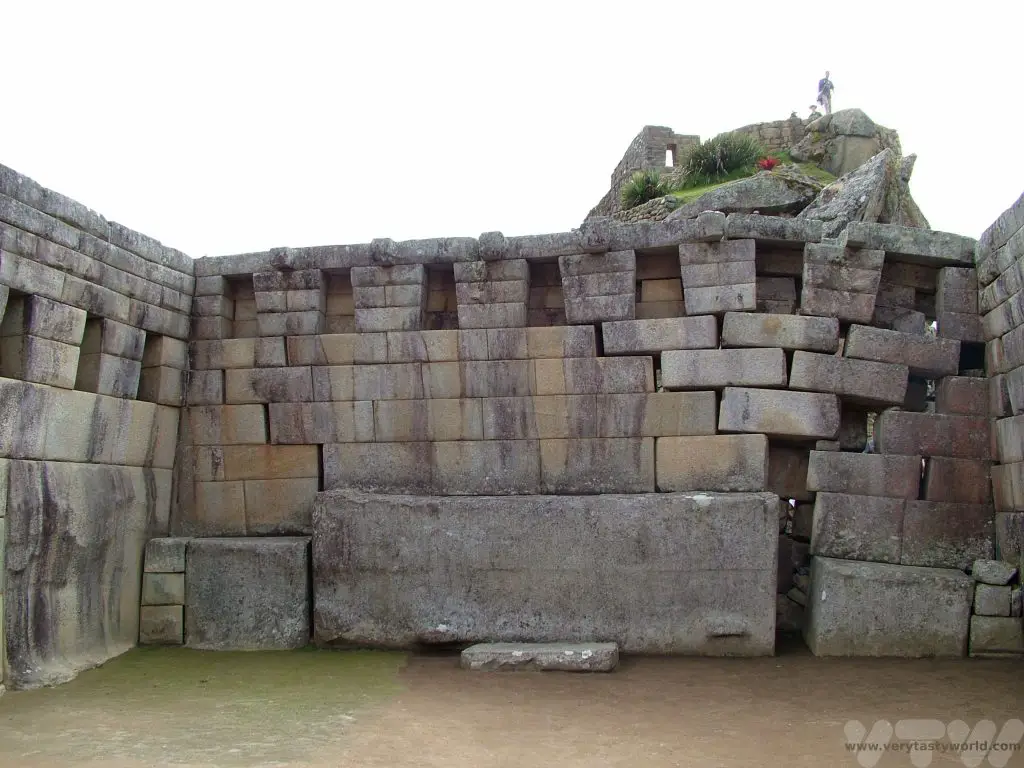
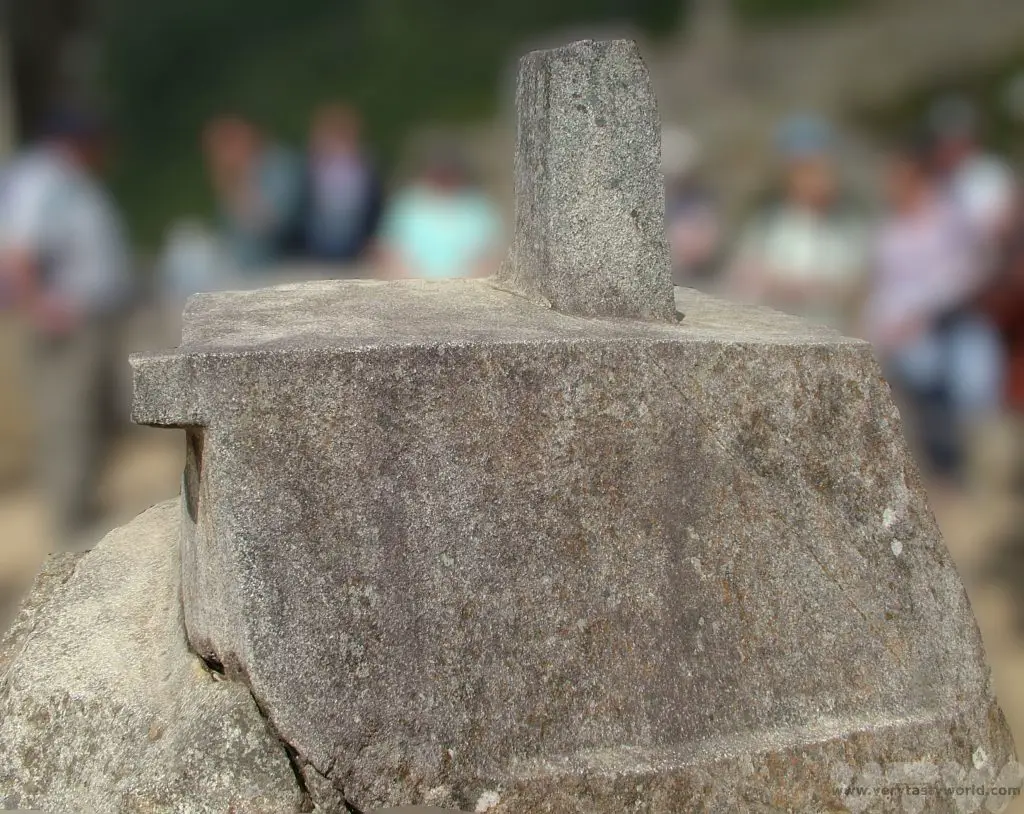
It is thought that Intihuatana was used by the Inca people as a sundial. It could have been used to predict the solstices. The shape of the rock resembles Huayna Picchu, the mountain located directly behind the stone.
The mortar district is characterised by the stone circles carved into the rock. The area is also known as the industrial sector. It was originally thought that the mortars were for crushing grain but there doesn’t seem to be evidence for this.
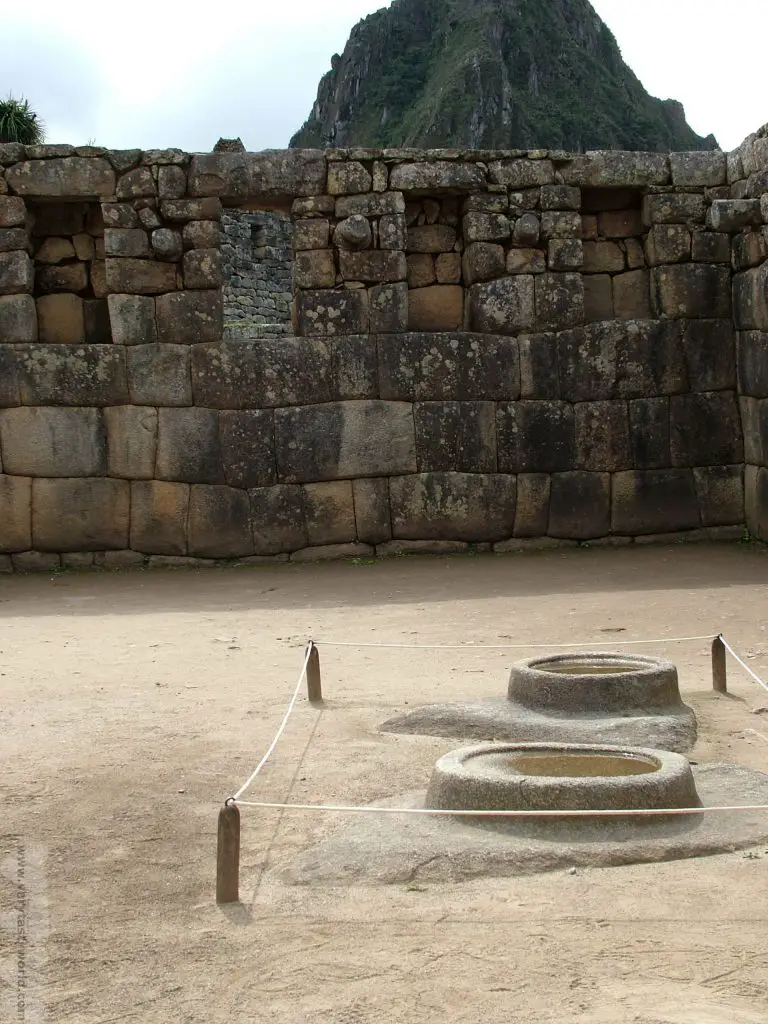
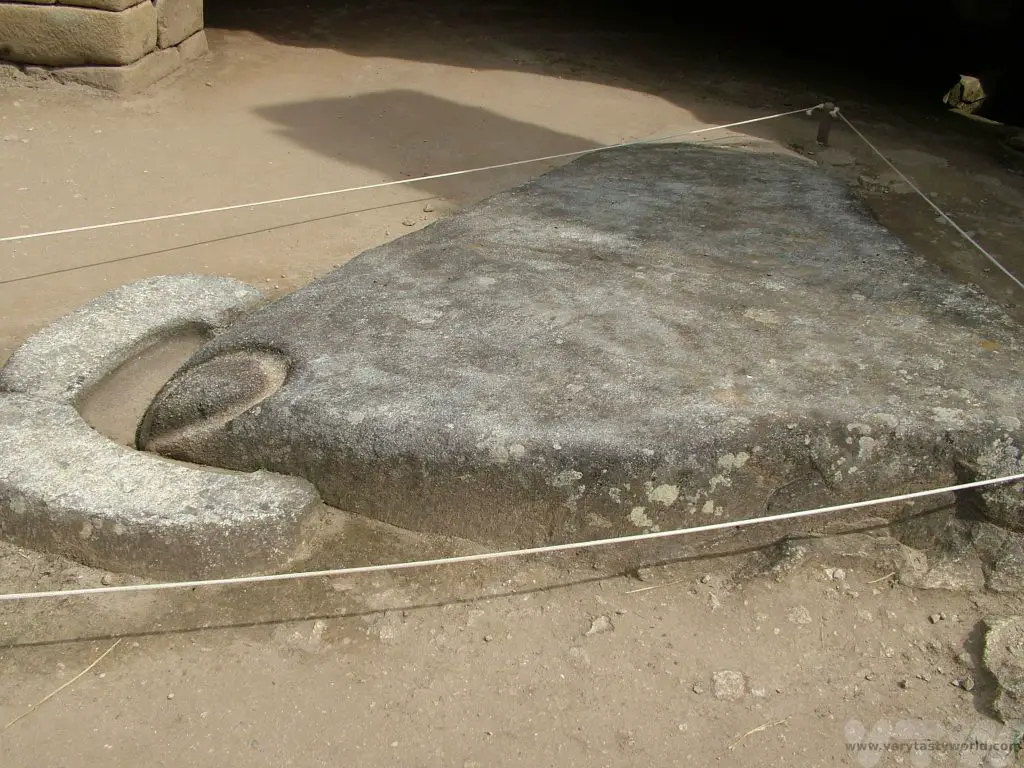
The Condor Temple was originally considered to be part of a prison zone but experts these days believe it was more likely to be a temple. One of the rocks has the appearance of the head of a condor, a bird considered to be sacred to the Incas.
And the terraces – both internal and external – are simply spectacular.
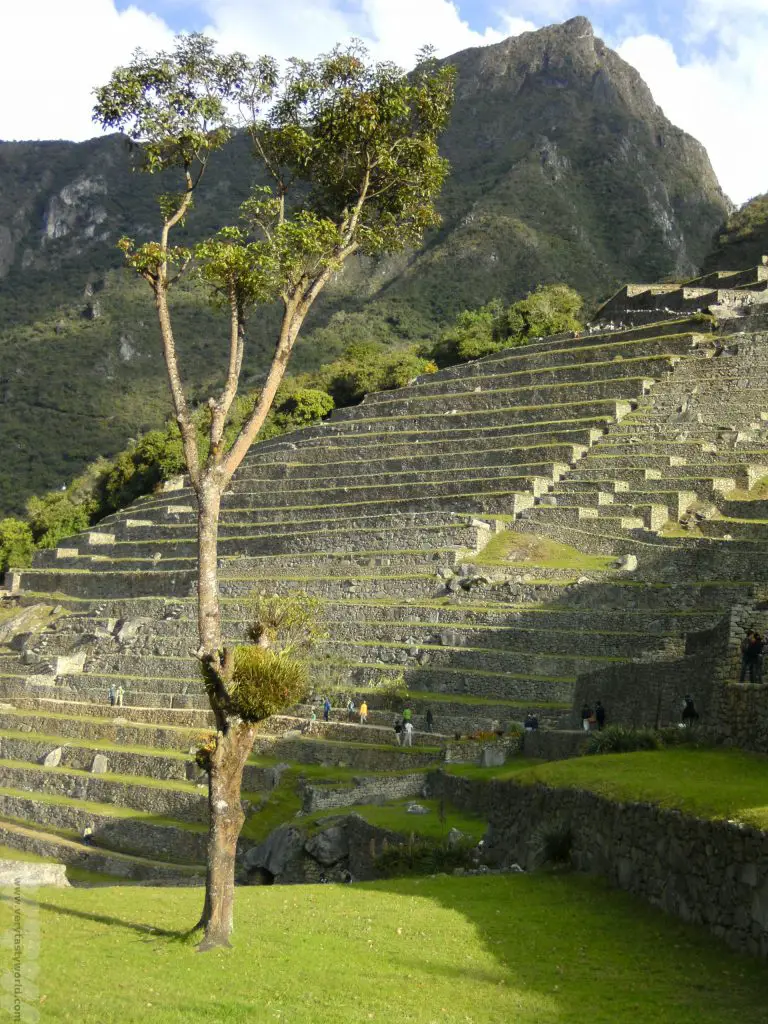
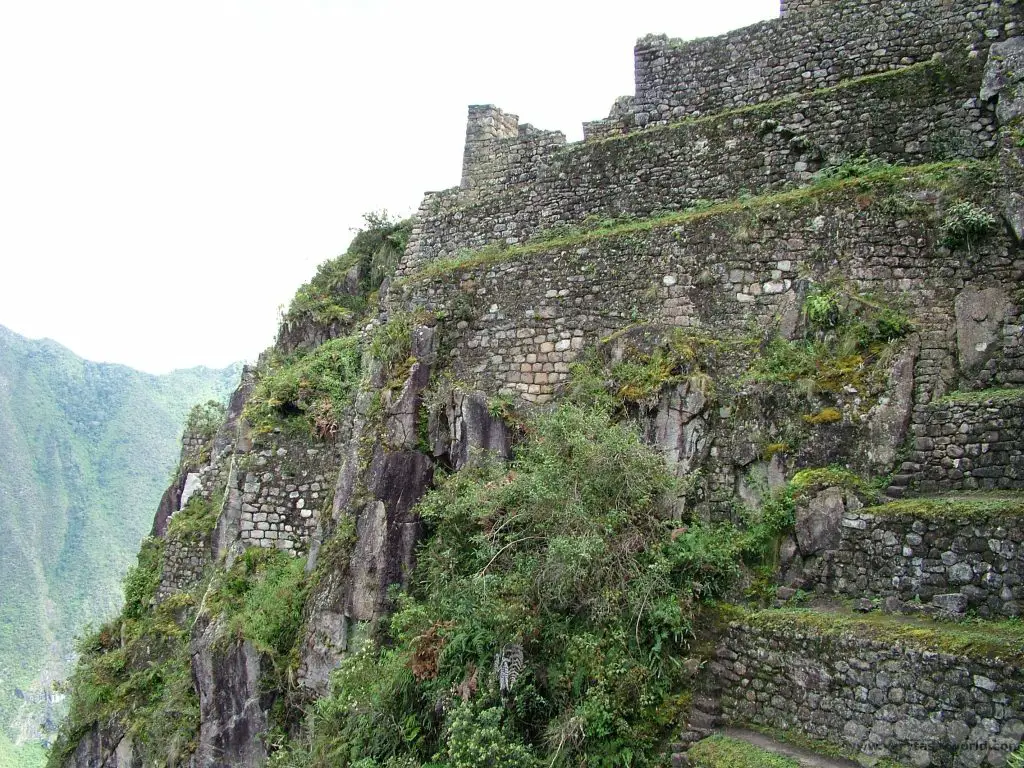
The site is huge and there’s still more of the city still to be reclaimed from the jungle – archaeologists are working at uncovering more ruins.
Overnight Stay
Most visitors who visit Machu Picchu are day-trippers but we decided to spend one night at the local village Aguas Calientes (which literally means ‘hot water’ on account of the hot springs) also known as Machu Picchu Pueblo or Machu Picchu Town, in the valley below. We visited before the new restrictions came in which meant that we could hang around the site until sunset when it becomes significantly less busy. (There is just one hotel at Machu Picchu itself and it is expensive.)
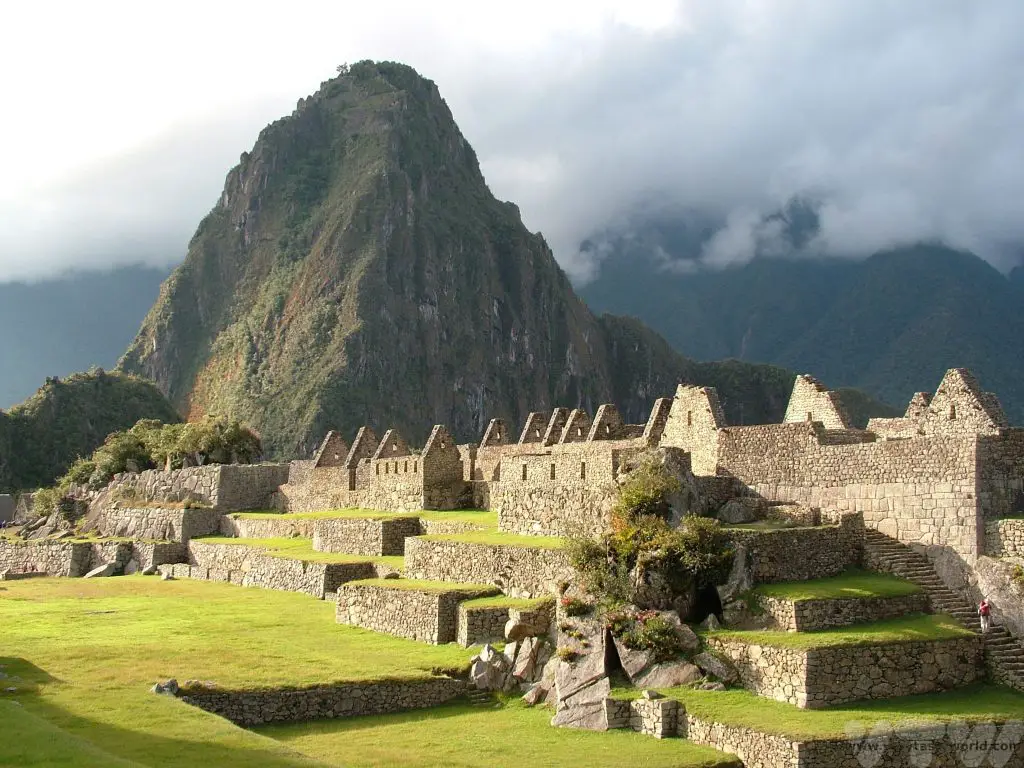
Aguas Calientes is set up for tourists – there are plenty of places to stay and restaurants to eat at. There are also thermal baths if you feel the need for a good soak at the end of a day’s exploration.
Climbing Huayna Picchu
Another essential thing we wanted to do as part of our visit to Machu Picchu was to climb Huayna Picchu on our second day. We recommend buying two tickets – one to visit the main site and another to climb Huyana Picchu the following day.
Only 300 people are allowed up there each day, and entrance is timed into hourly slots.
We started off early in the morning and caught the first bus from Aguas Calientes.
It’s actually an easier climb than it looks, although you do need to be reasonably fit, and took us about an hour to get right to the very top.
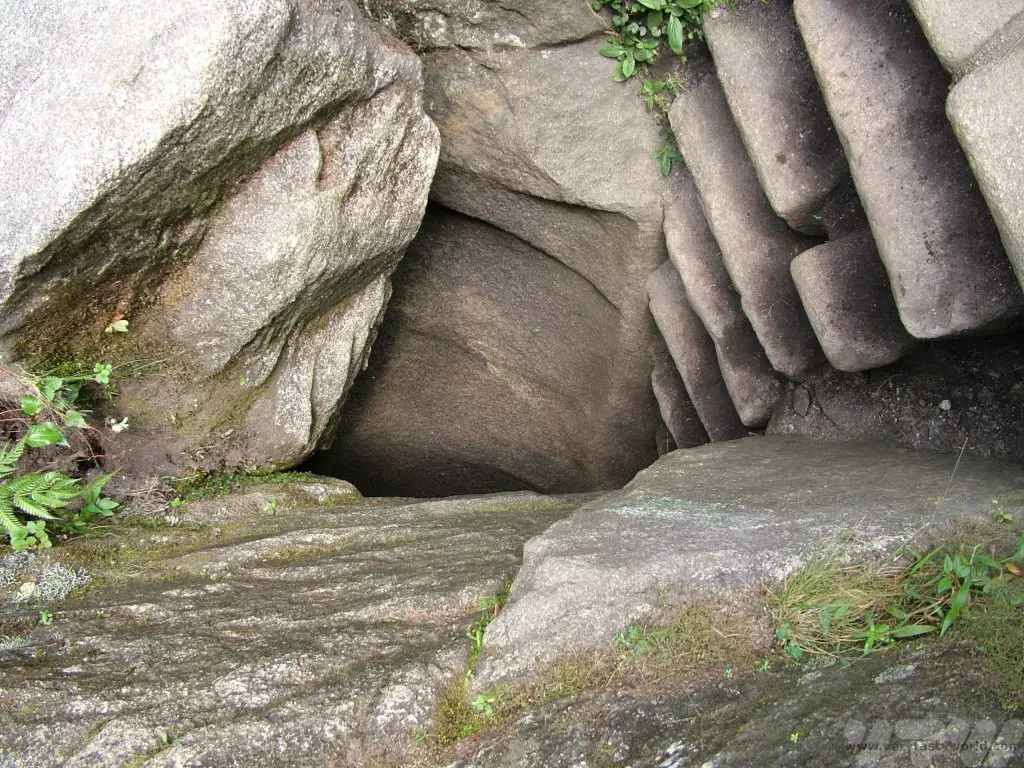
There is a need to wiggle through some rocks on the path.
Needless to say, the view was stunning.
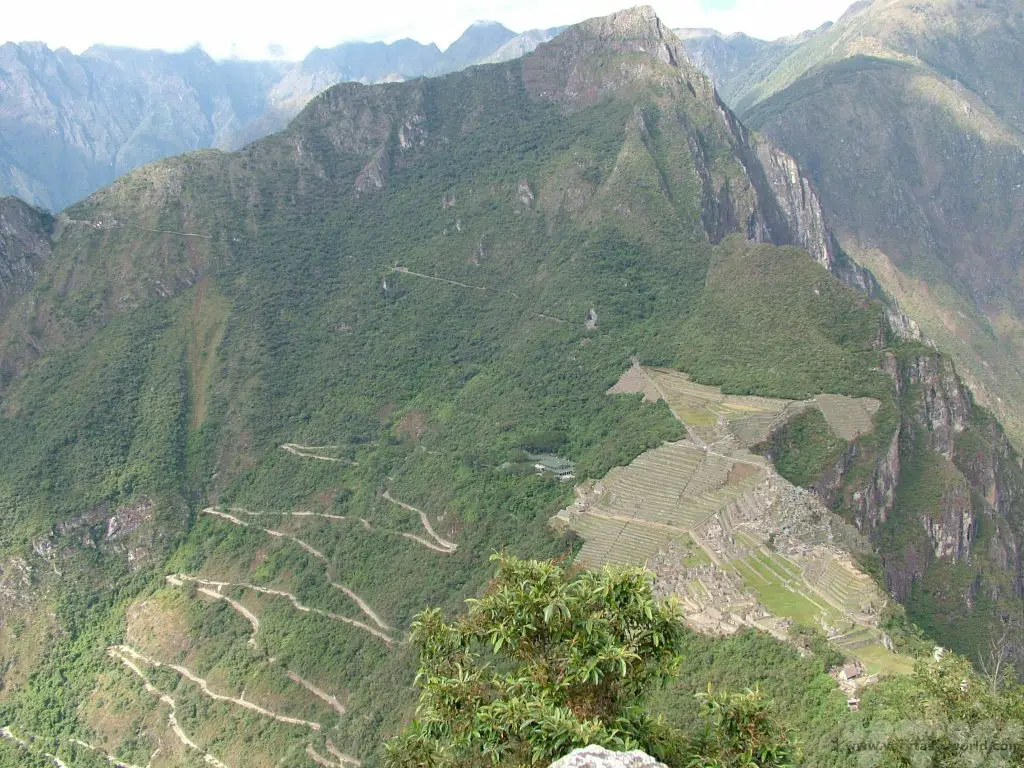
A rufus collared sparrow clearly took the easy route up.
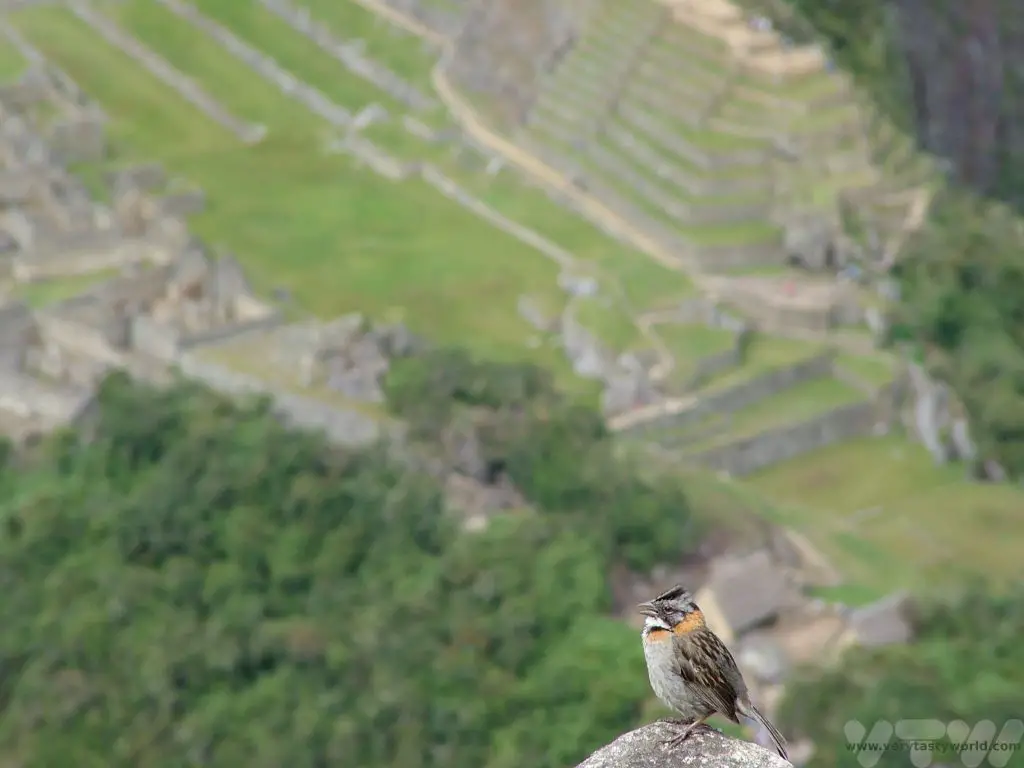
There are llama and alpaca lawnmowers roaming freely around the whole site and they’re clearly very used to hordes of tourists passing through.
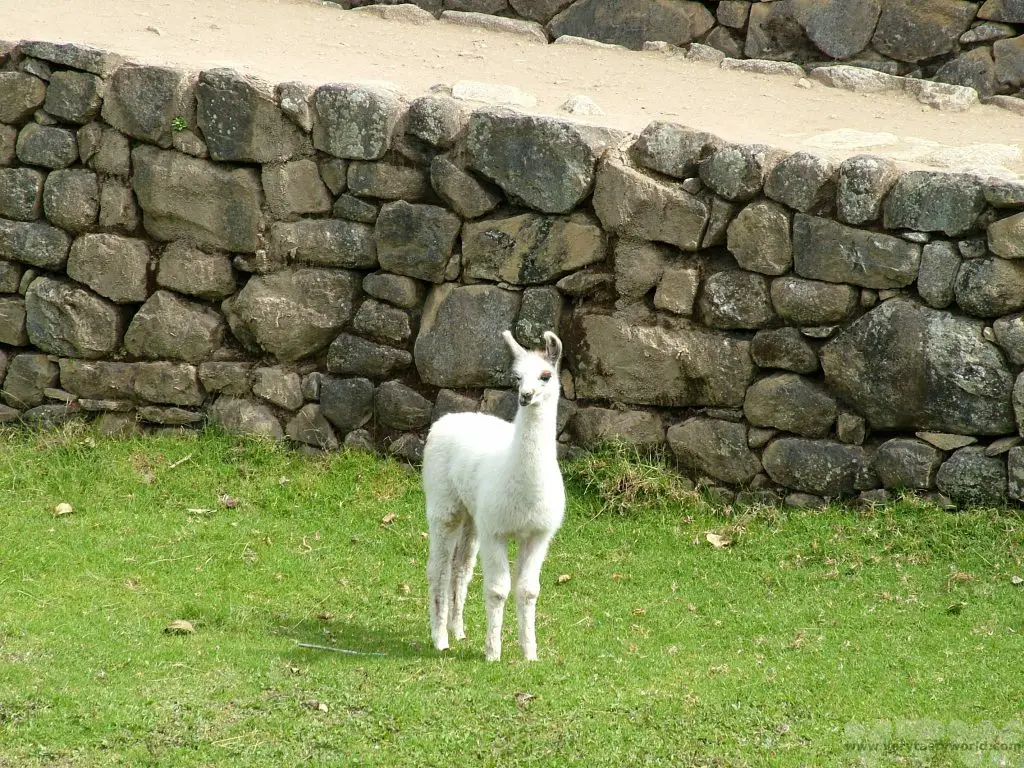
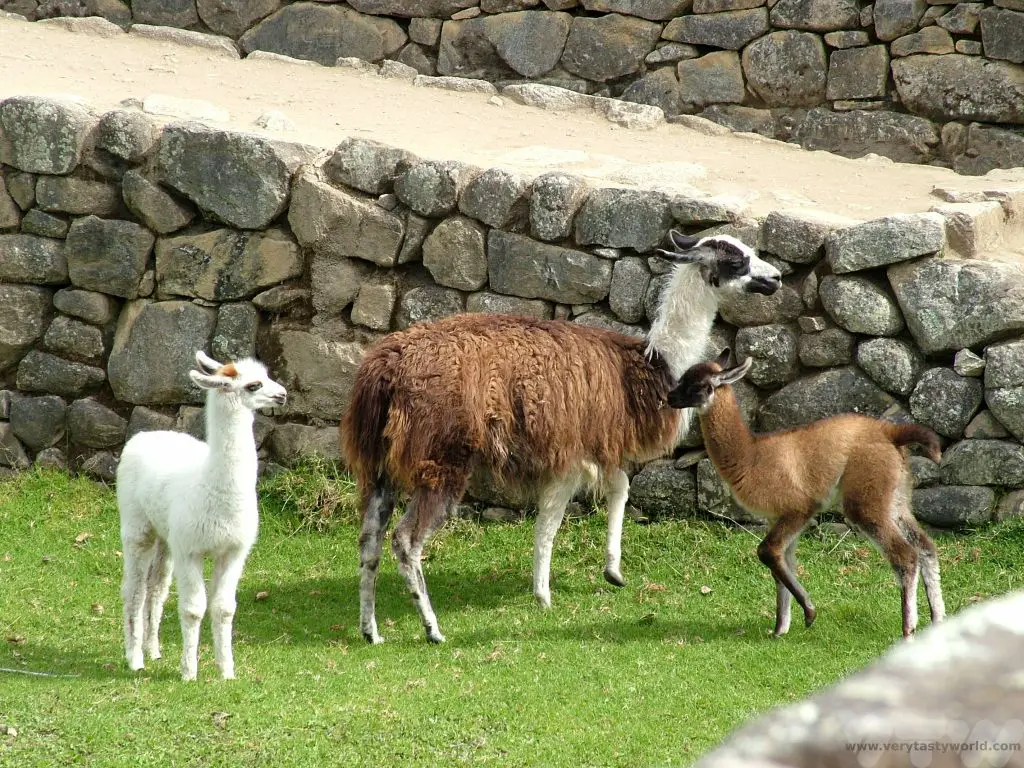
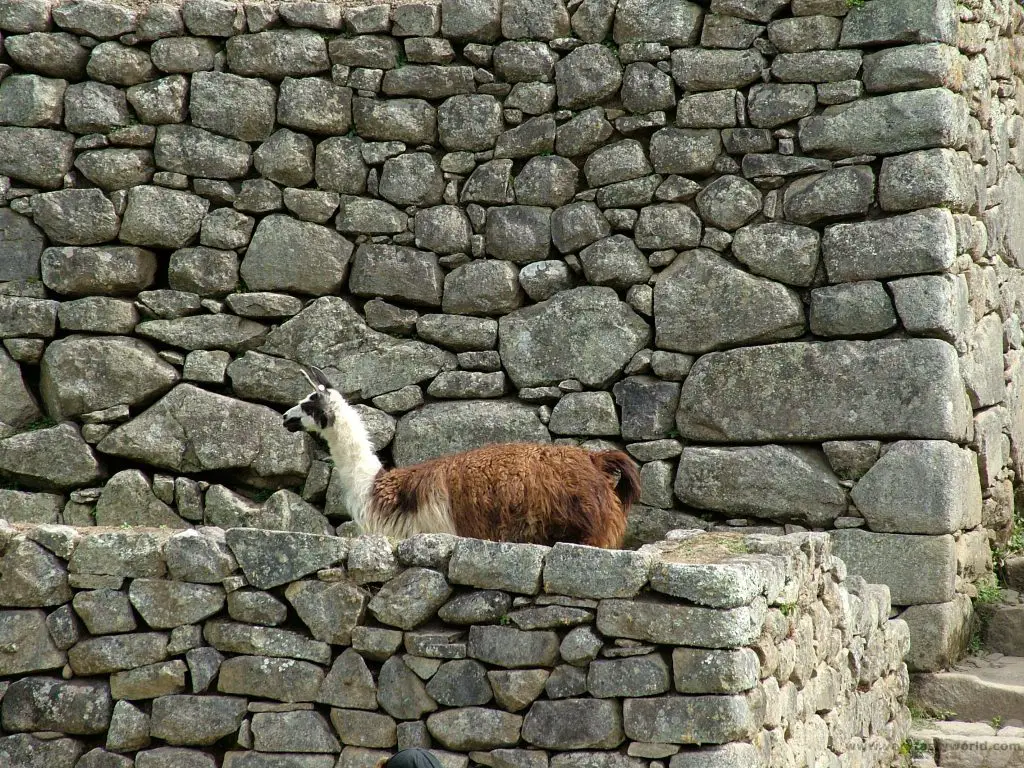
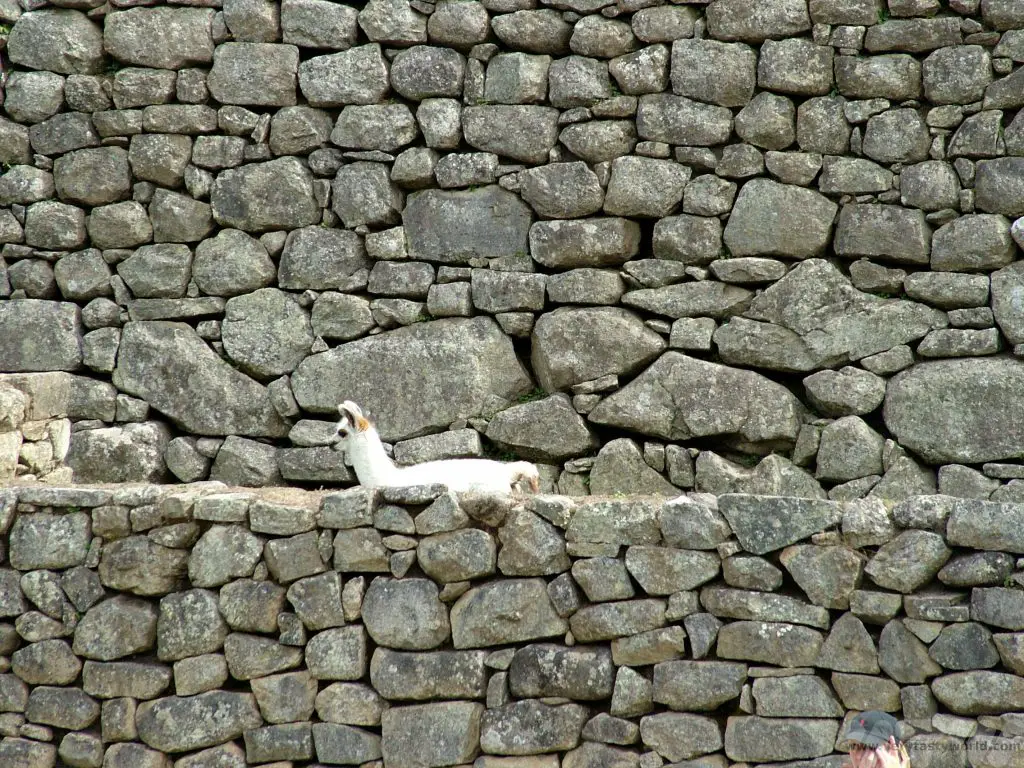
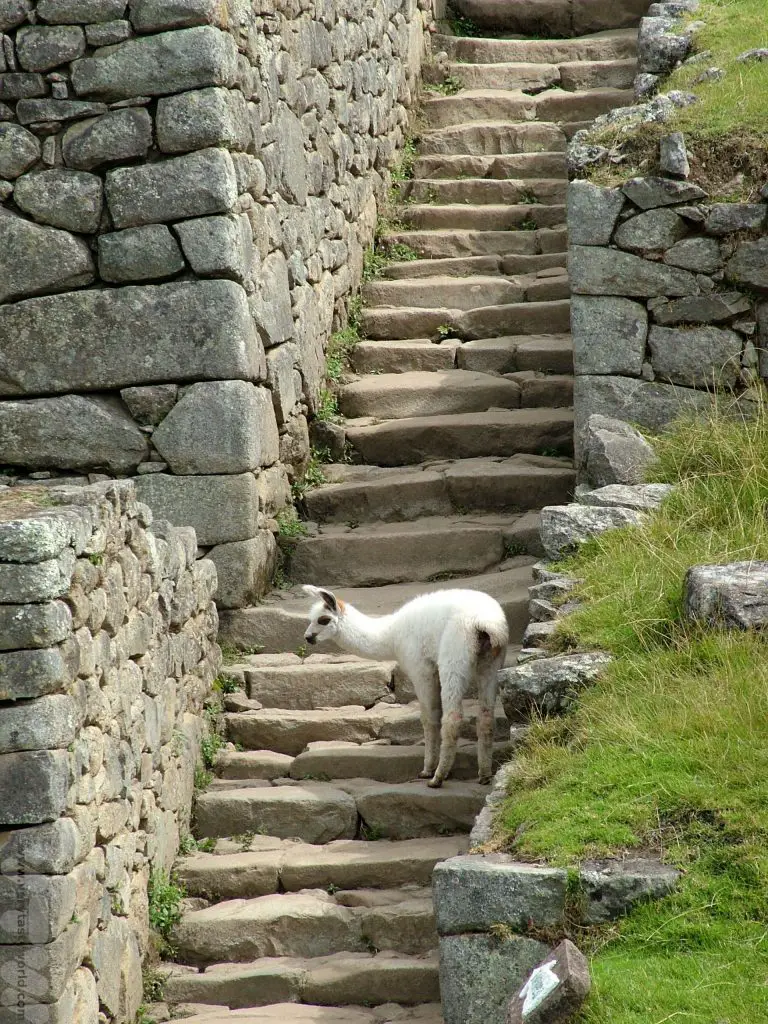
Practical Info About Visiting Machu Picchu
With the new restrictions on visitors book your tickets early! Really early – several months in advance.
There are no toilets on site. It is advisable to bring water, but take in a reusable bottle if possible.
Don’t bring loads of luggage. Bring ID – your passport will be fine.
You have a maximum of four hours at the site. Once you have exited you will not be allowed back in.
Other rules for visiting can be found here. https://www.machupicchu.gob.pe/prohibiciones/
Related Posts You May Enjoy

- Best Time To Visit Machu Picchu 2024 Update
- A 2 Week Patagonia Itinerary
- Day of the Dead in Campeche
- A Galapagos Land Based Itinerary
- RECIPE: How to Make Costa Rica’s Gallo Pinto
- A Tasty Puebla Food Tour
- Costa Rica Wildlife Sanctuary – Caño Negro
- Visit Torres del Paine National Park in Patagonia
- Atacama Desert Itinerary
How to Use Public Transport in Japan
Japan is the most brilliant country to travel through – with exciting, vibrant, neon cities contrasting with serene temples, castle and pagodas alongside some stunningly beautiful countryside, it really has something to offer everyone. You can read about some of the finest places to visit in our guide to Planning a Trip to Japan. The best way to see all these amazing sights is to use public transport. The Japanese transportation network is fast and efficient throughout the whole country. It is also really well interconnected and integrated. Here are some tips for how to use public transport in Japan and the various transport options you might choose to use.
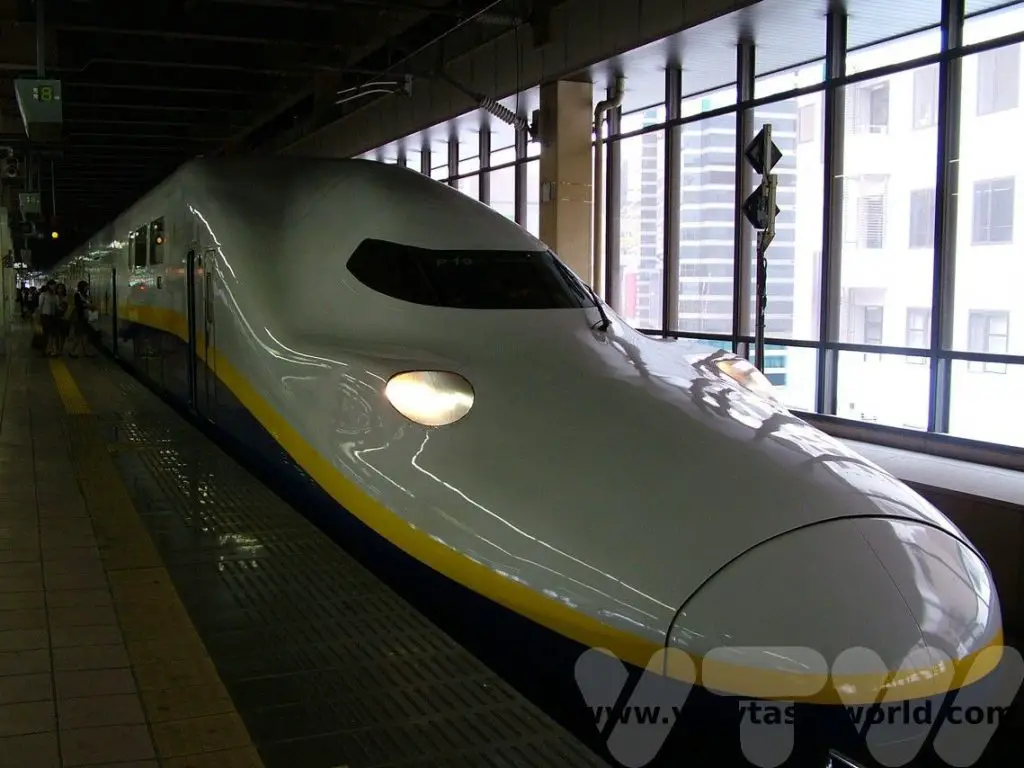
Please note that this post contains affiliate links. If you click through and decide to make a purchase we will make a small commission, at no extra cost to you, which will help towards the costs of running this site.
Travelling By Rail
Japan is famous for its rail network. It’s a great way to travel and is highly efficient. When planning your rail journeys we recommend the excellent Hyperdia site which has timetables and can offer information about all available routes.
If you are planning to travel through the country, it is worth considering a Japan Rail (JR) Pass. They are only available to visitors and, even though they aren’t cheap and the prices have recently increased significantly, they can represent good value. The rail pass would cover the cost of long trips between multiple cities. Beware though, if you are only staying in one city or even hopping between two (e.g. Tokyo to Kyoto and back) it’s not worth buying a rail pass. There is a JR calculator which can help you decide whether it is worth investing in a pass.
It is worth having a think about your trip when planning: If you want to spend a few days in Tokyo before travelling around the country, don’t activate your card until you need to travel outside the city. You might be able to buy a shorter duration card and hence pay less money. Alternatively you might want to consider inter-city buses which are slower but cheaper.
It is possible to buy 7, 14 or 21 day cards, either standard fare or Green Class (first class but, honestly, standard class is fantastic) and you can use them on most bullet trains as well. You need to order your pass before you travel.
You will get a voucher which you then exchange for a rail pass at a JR station. Not all stations issue passes but the main stations and stations at airports will have them. The clock starts ticking from the time you activate your card.
When using the JR pass, just have it ready at the entrance/exits to the platforms at the stations. You can’t go through the automatic gates but there will always be a station attendant on duty in an office at one end of the barriers. Show the card – with the date facing towards them – and they will wave you through.
In terms of knowing when you are arriving at your destination, most platform signs will have the name of the station in roman characters but they will be smaller than the main sign in Japanese. Keep an eye out for them – you’ll soon get used to spotting them. Also, many trains will announce the next station, so you can listen out. The announcement will be along the lines of, “Tsugi wa Destination desu.”
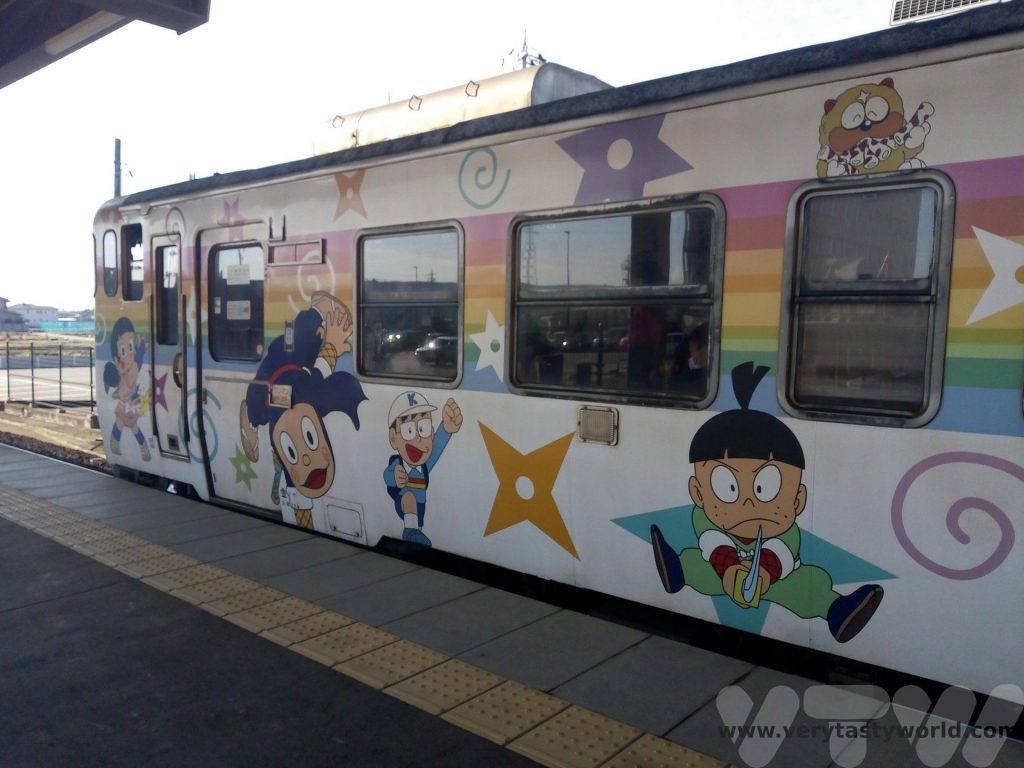
Beware: Not all rail lines are JR. There are quite a lot of private lines running throughout the country, including in some of the cities, so you will have to buy a separate ticket. The delineation between the lines should be clear – if you are changing trains from JR to the private line you will exit the JR station (showing your pass) and can then use a machine to buy a ticket for the line you wish to use.
Fun fact: One of the delightful things about the Tokyo JR lines (and in other cities) is that each station has its own jingle – a short tune that plays when you arrive at the station. You can even buy CDs of all the tunes!
Using the Shinkansen – the Bullet Train
There’s a reason the shinkansen is known as the ‘bullet train.’ If you visit Japan do try to ride the bullet train at least once, it’s part of the experience. You can use your JR pass on all bullet trains, except the super-fast Nozomi. (Don’t worry, the other bullet trains are still very fast indeed.) Most electronic signs toggle between Japanese and English these days so have a look at the boards and wait a few moment to check which platform your train will depart from.
If you are using the shinkansen and have a JR Pass, you can reserve seats for free. Just pop along to a JR booking office – most stations will have them, and the station doesn’t need to be a shinkansen station – and book the seats. You will need to make sure you know which train you want to travel on. We often use Hyperdia to give us a timetable that shows us a variety of options and, as our plans for the day develop, we can point to the particular train we would like to travel on.
We do recommend making a reservation early if you know your plans. Sometimes trains can book up a few days beforehand, so you would have to rely on unreserved seating.
Your ticket will show the car and seat number. On arrival at the platform the car numbers are clearly marked. The platform will indicate where the train will stop for your particular car. Stand in the queue at your boarding point. Everybody is very polite and organised and it’s an efficient way of boarding the train.
Unreserved seating is available on most bullet trains but, as you would expect, you are not guaranteed a seat. We recommend showing up at the platform well before the train arrives and get a good place in the queue. The unreserved cars will be marked so follow the signage to that part of the platform.
Travelling on the shinkansen is a real pleasure. The seats are comfortable and have loads of legroom.
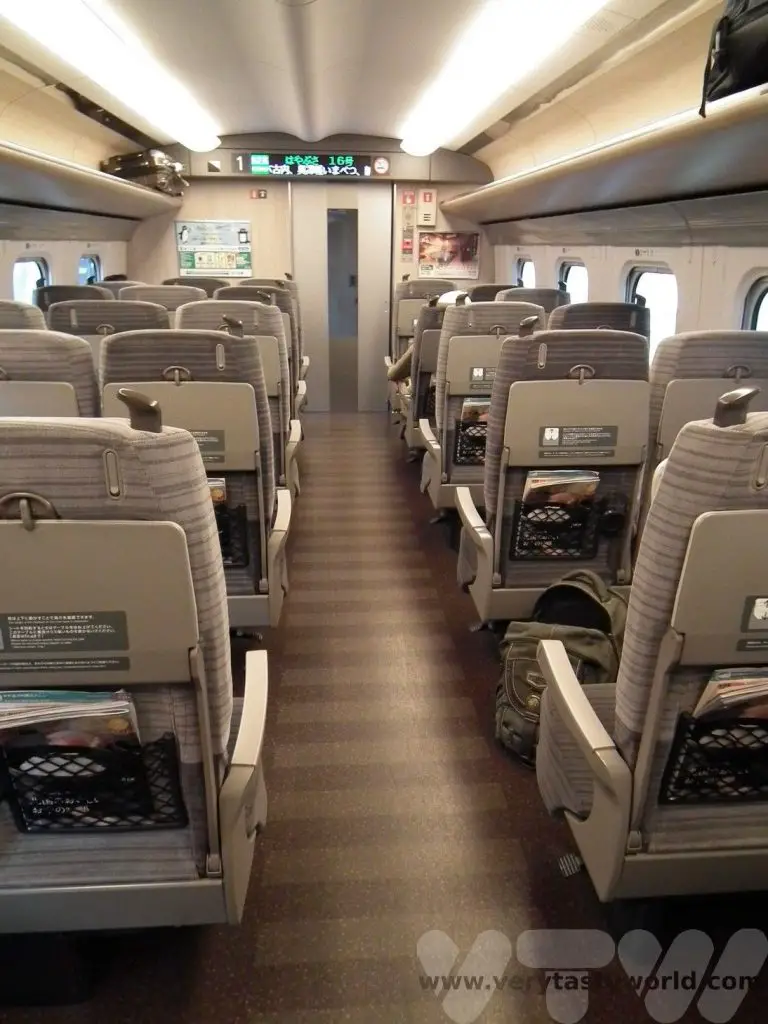
Foodie Tip: Don’t forget to get a bento box for your journey. It’s an essential part of the travelling experience. These are lunch boxes which contain all sorts of lovely delicacies. Many stations will offer ekiben (station bento) as local specialities.
You can buy food (and drinks, including alcohol) on the train itself. A delightfully low-key attendant glides up and down the carriage, gently asking if you would like to buy anything. But it is more expensive to buy food on the train so we often stock up at the station or a convenience store before we board. It’s absolutely fine to bring your own food.
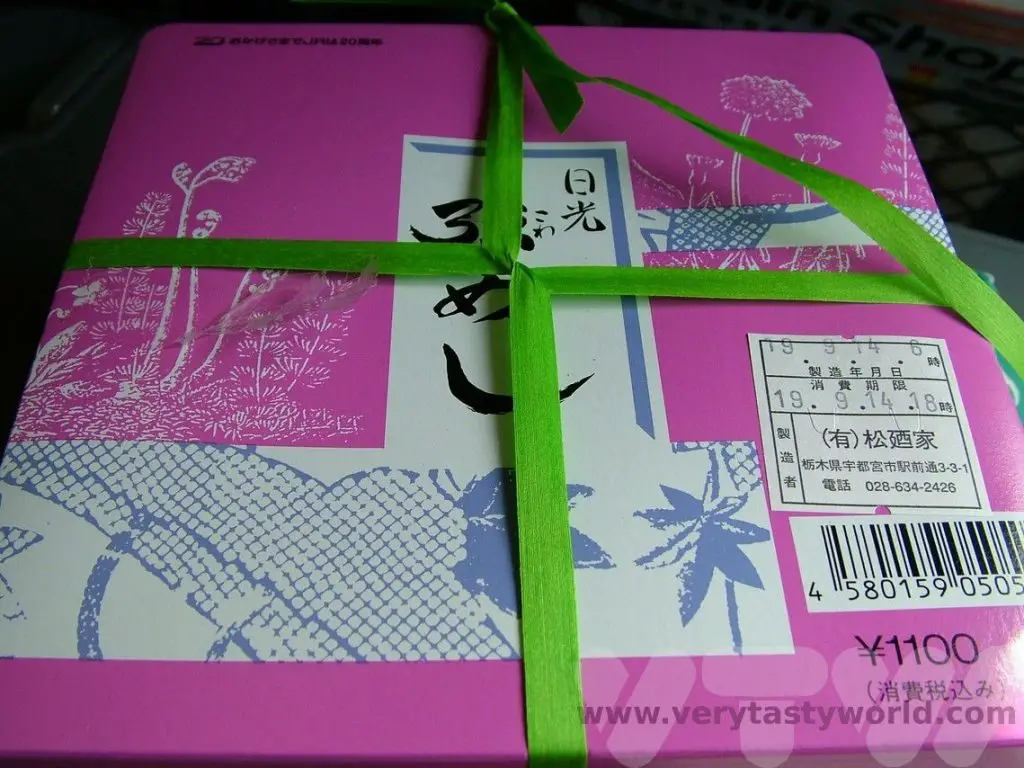
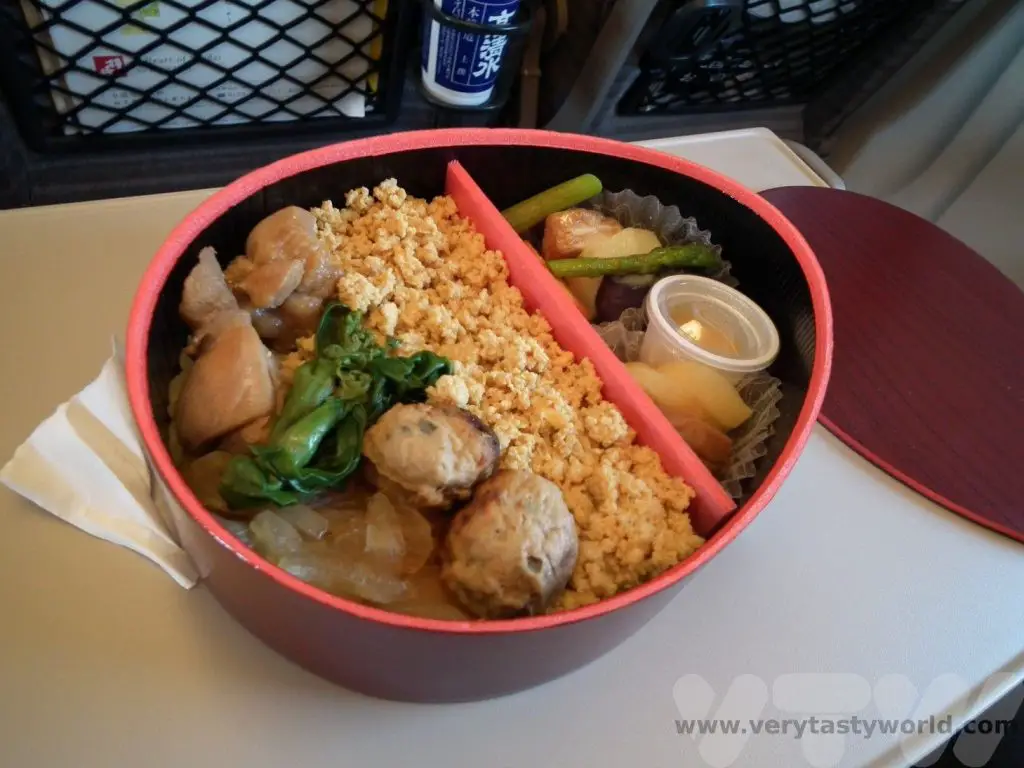
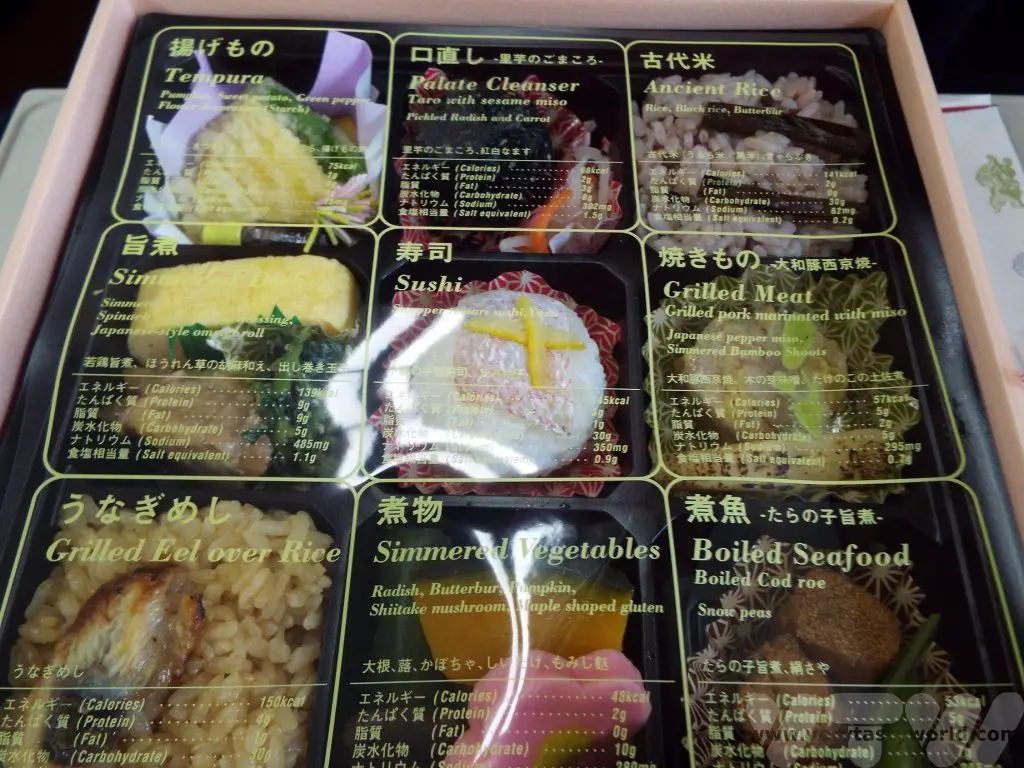
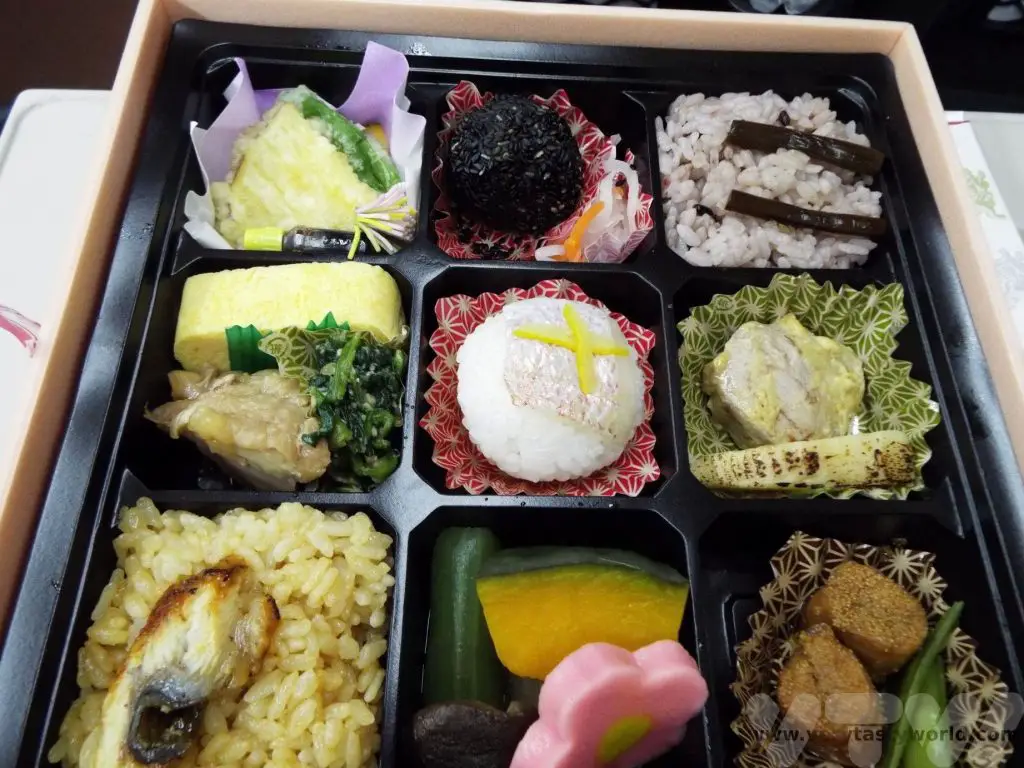
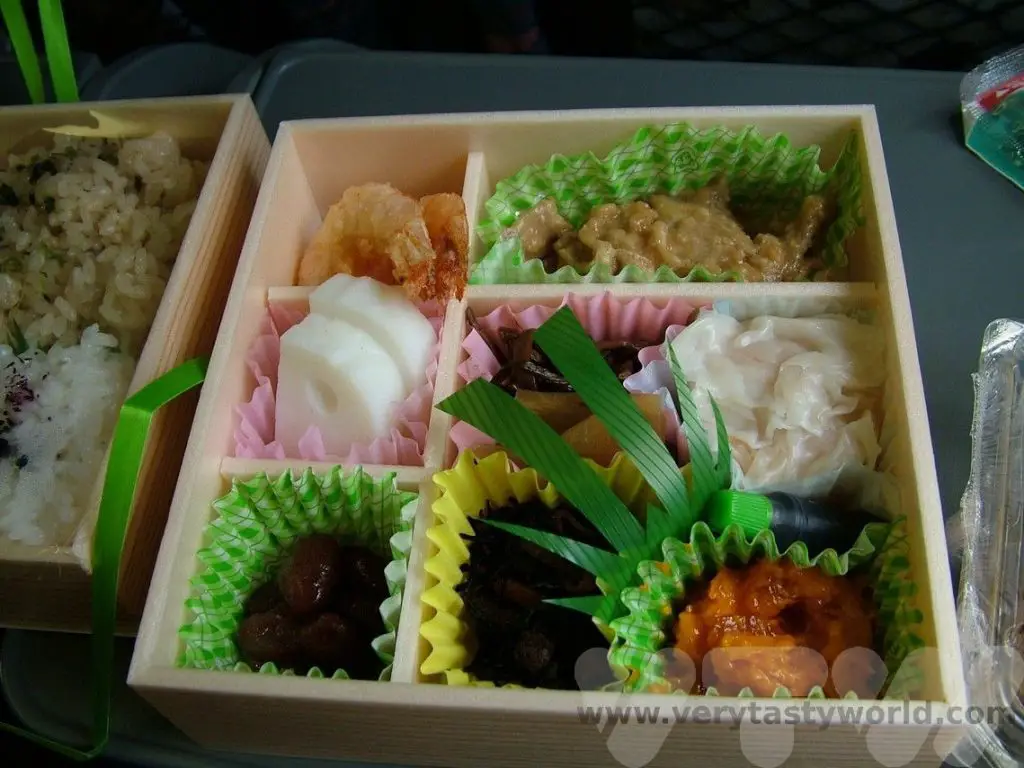
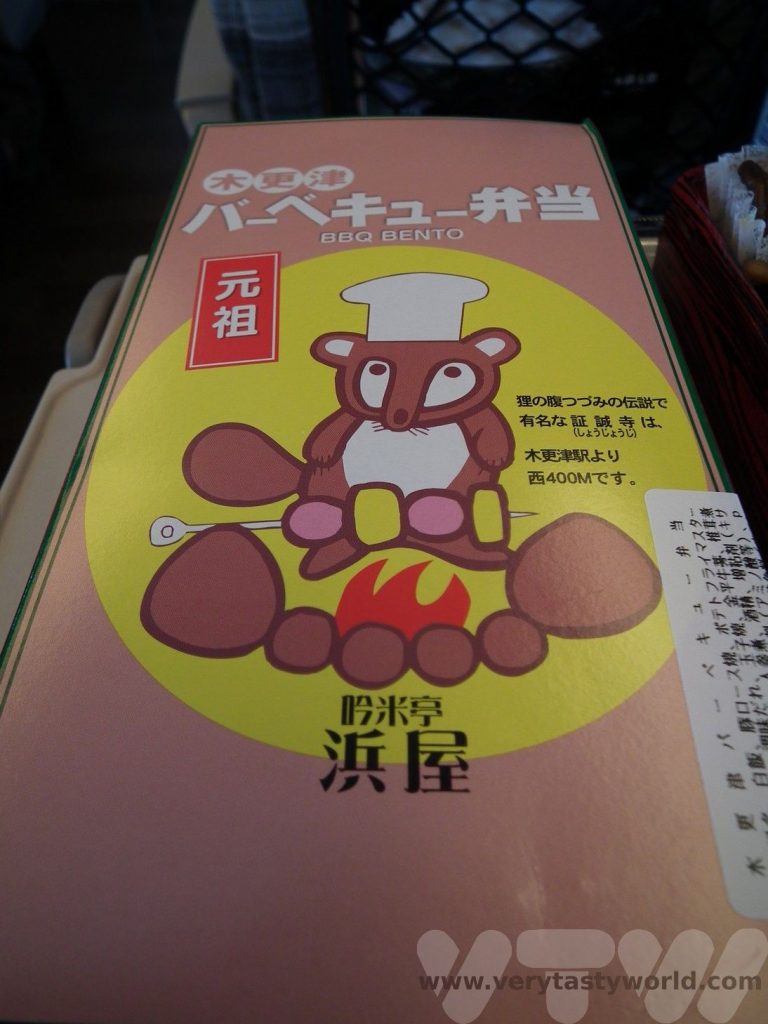
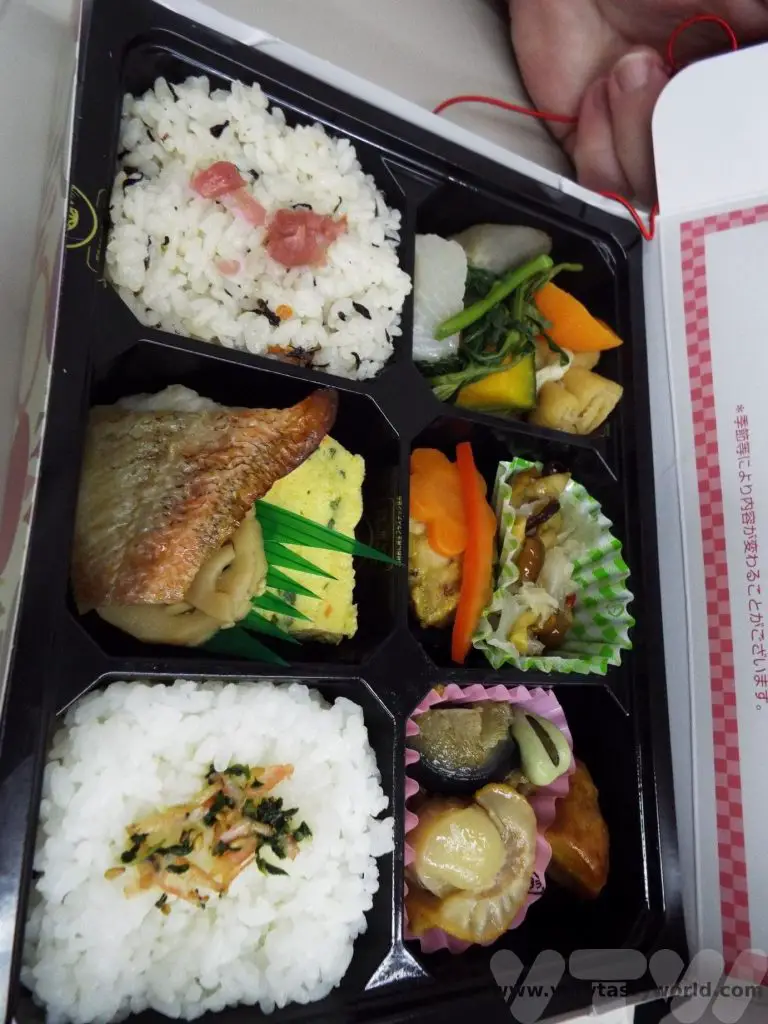
There will usually be a vending machine or three on the platform – vending machines can be found everywhere in Japan. You can even get a can of hot coffee from some machines!
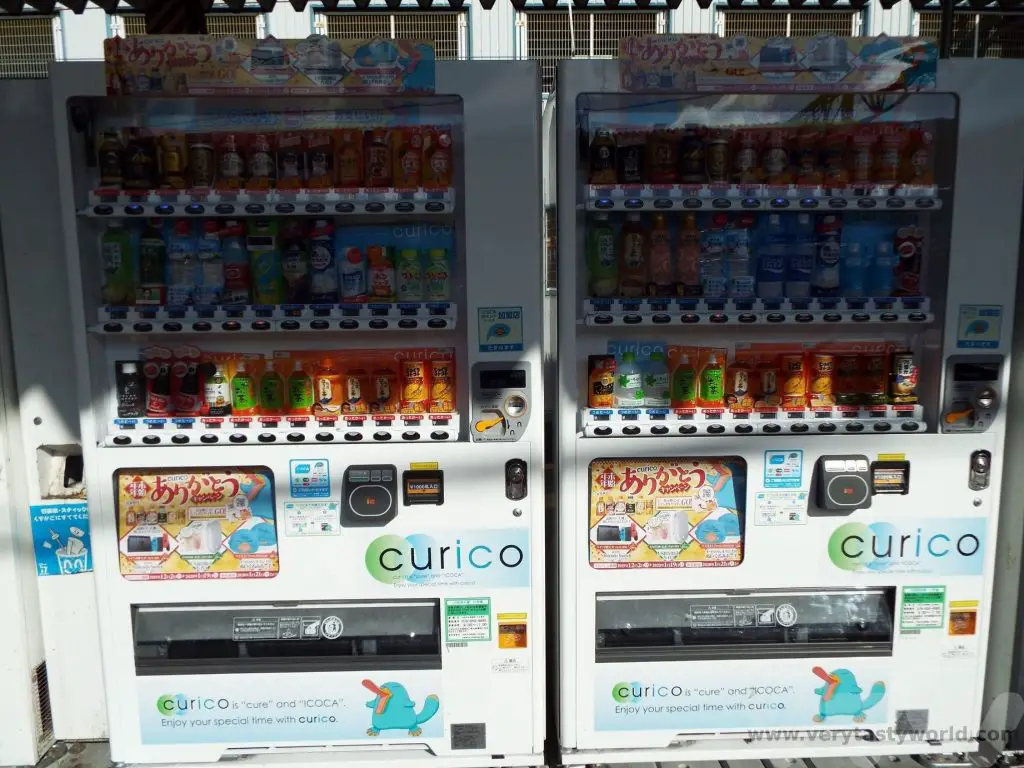
How To Use the Metro/Subway
Many of Japan’s larger cities also have a metro system. You cannot use your JR pass here. You can pay for each journey but some metro lines have an all-day ticket pass, so it’s worth investigating those, depending on how much you plan to use the transport during the time period you are travelling.
Timing Tip: Metro stations can get extremely busy at rush hour. If you are planning to travel inter-city we recommend waiting until after 9am on weekdays before setting off. If you do need to leave early you may well see immaculately clad, gloved attendants on the platform ensuring that everyone can squish aboard the train.
We recommend buying an e-money card – Suica or Passmo are popular choices. You can charge your card and simply tap in and out of metro stations, the cost being automatically deducted at the gate machine. These cards can also be used in places like konbini – convenience stores – such as Lawson, Family Mart or 7-Eleven. They are often specific to the city/region so can’t necessarily be used all across Japan. For example, a Tokyo card is unlikely to work in the Kansai region.
Charging the cards is easy – most convenience stores will have the ability to do this. You can say, “kono kādo ni chāji shite kudasai,” and indicate the amount. Note that you will need cash to top up these cards, you cannot charge from a bank card or credit card.
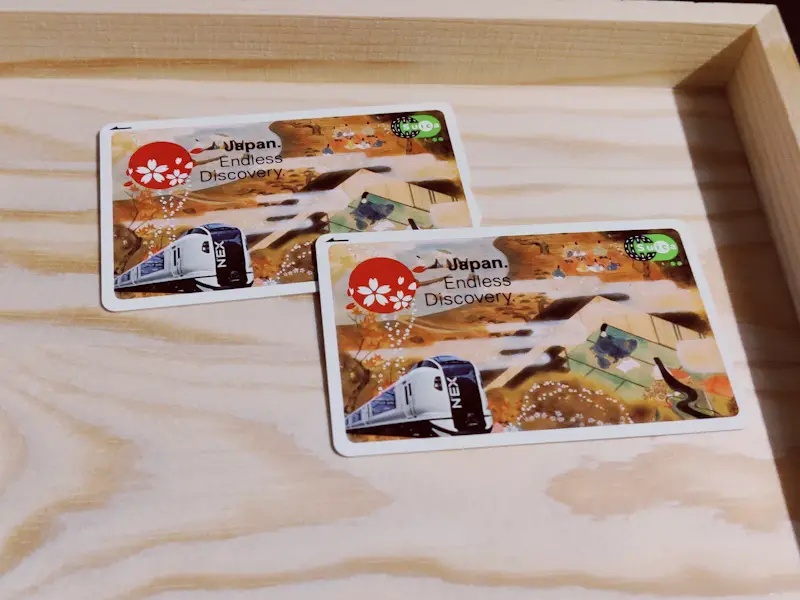
If paying for individual tickets, there will be plenty of ticket machines at the metro station. The metro map may seem intimidating if you can’t read Japanese but there is usually an English map – although you might have to look for it. We’ve often downloaded subway maps in English onto our mobile phones. The prices are based on distance, so you need to check what your fare would be using the map.
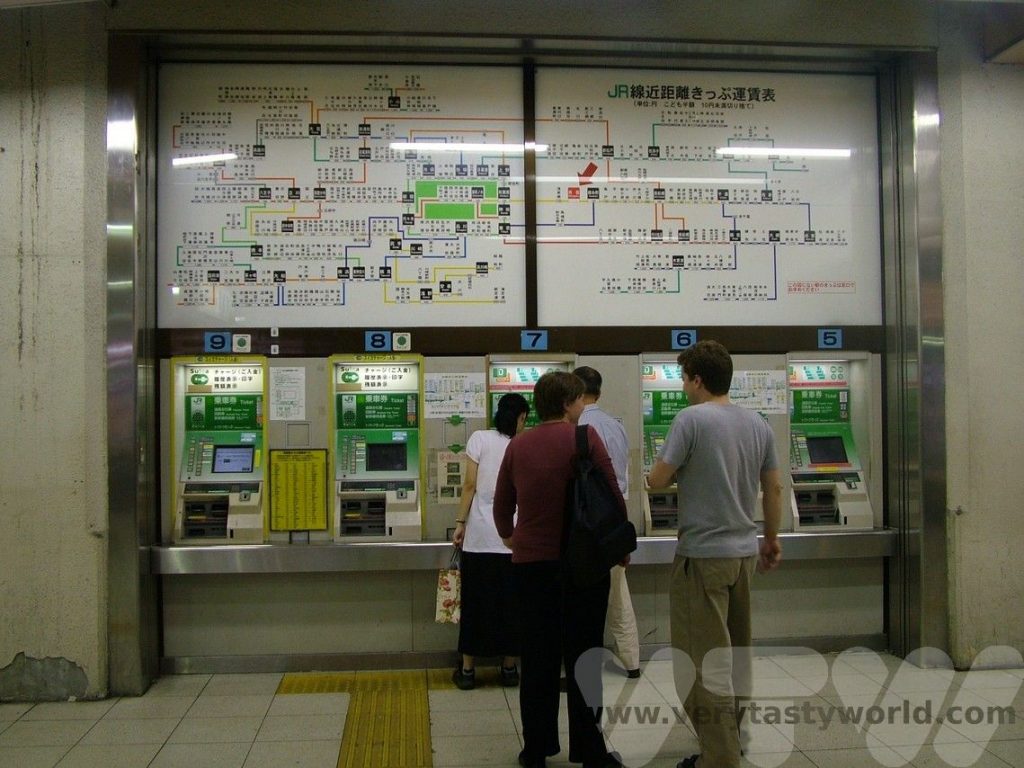
There is usually a screen which allows you to select a language and buy tickets in English.
The Japanese language machines may seem a bit daunting but are usually quite visual. You can often select the number of tickets by pressing the button showing the number of people (adults and/or children) travelling. These are the characters to look out for:
Adult (big person): 大人
Child (small person): 小人
If you get really stuck, we’ve often found local people hovering close to the machines, keeping an eye on us to see if we need help. If you say “Destination ni ikimasu” – I’m going to Destination – in all likelihood someone will help you. Don’t forget to thank them – “arigato.”
And if the worst comes to the worst, if you get the cost wrong, the barrier will close on you when you put your ticket in the exit machine and you can just pay the difference at the other end – there will be a member of staff in a booth who can take the excess fare.
When entering and exiting the platform either tap your card or put your individual ticket into the barrier machine. The barriers generally remain open but close rapidly if there is a problem. Be warned: don’t trip over them!
Tip: In Tokyo the Chuo (Rapid) Line and the Yamanoto Line are both Japan Rail so if you have activated your JR Pass you can use it on these tracks. The Yamanoto is a circular route and the Chuo goes straight through the centre of the city so you can reach plenty of stations. Both stop at Tokyo (labelled Tokio here) station where you can connect with the shinkansen.

Travelling on Buses in Japan
Japan has a good bus network which is useful if you are planning to explore some of the more rural areas. There are also bus connections in cities. There will usually be a bus stop close to the railway stations and often they are waiting, ready for the arrival of the train.
Buses can be a bit more challenging than trains as it’s sometimes difficult to know when you have arrived at your stop (although we have often asked the driver the name of the location we are planning to arrive at and they will indicate that you’re on the right bus).
You can ask, “Destination ni ikimasu ka”- does it go to Destination? The driver will indicate whether they do. If a driver crosses their arms in front of them in an X-shape, that’s an indication that the bus doesn’t go to that particular place.
Ticketing and payment systems can vary between companies. Some will have a fixed fare where you get on at the front door and pay the driver.
Others have boarding towards the middle or rear of the bus. When getting on, grab a ticket. It will have a number on it.
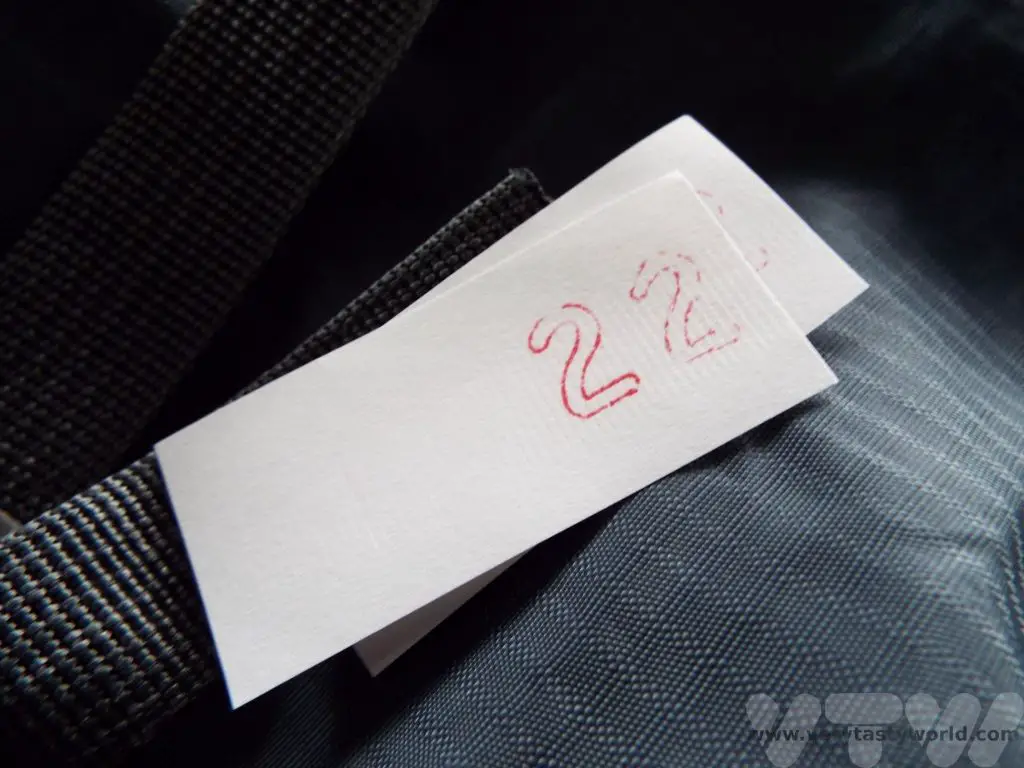
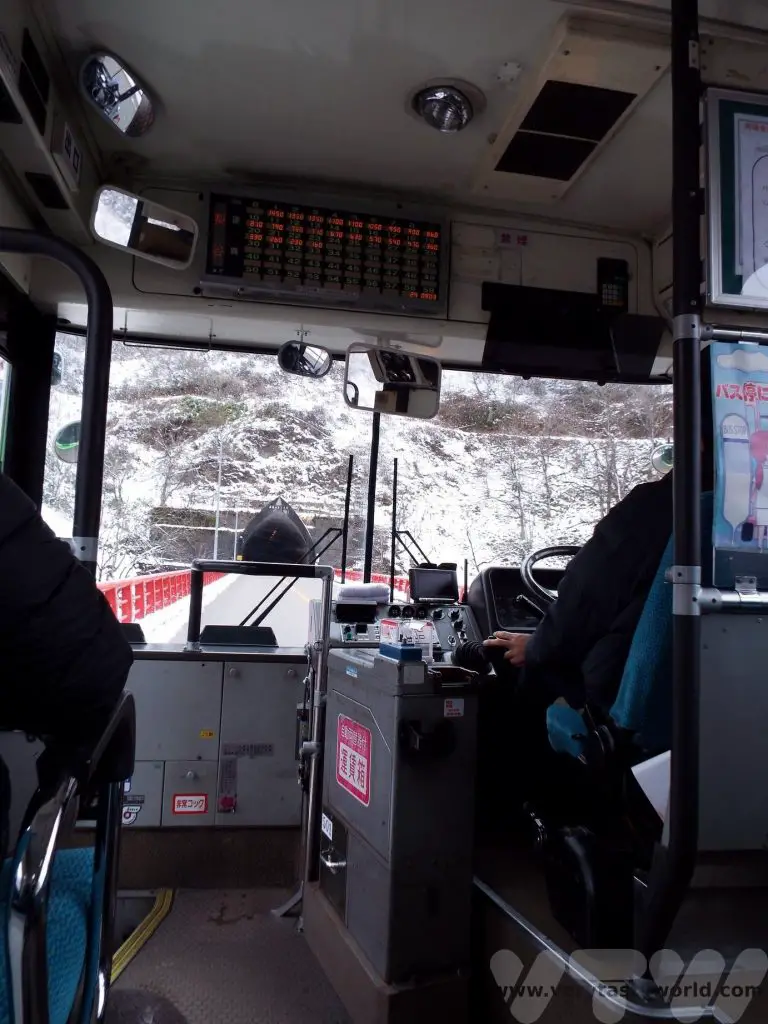
At the front of the bus you will see a display with grid of numbers showing costs in yen that increase as the journey progresses.
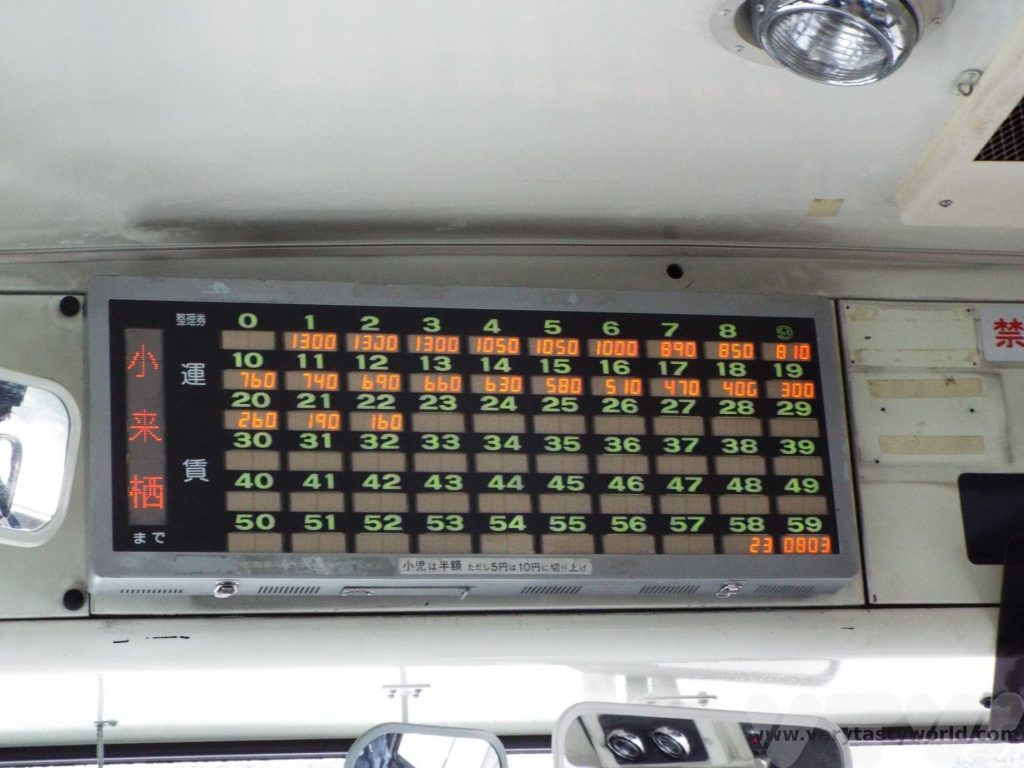
When you want to get off, press the bell, then make your way to the front of the bus. The cost on the grid corresponding to the number on your ticket is the price and you pay the driver by putting money into the slot on your way out.
Some buses offer change, others don’t, so always try to keep a few 100 Yen coins in change. (And if you don’t spend the 100 Yen coins on the bus, you can easily spend the money playing video games in the multitude of city arcades – so much fun!)
If we’re unsure, we just copy the other passengers!
Ferries in Japan
Japan has a lot of islands along its coastline and there are multiple ferries that you can use to reach them. Ferries are generally easy to use. We have pre-booked some in the past, especially when we visited places that were part of our itinerary and we had already booked hotels. But if we are visiting a particular attraction, we just use ferries on the day.
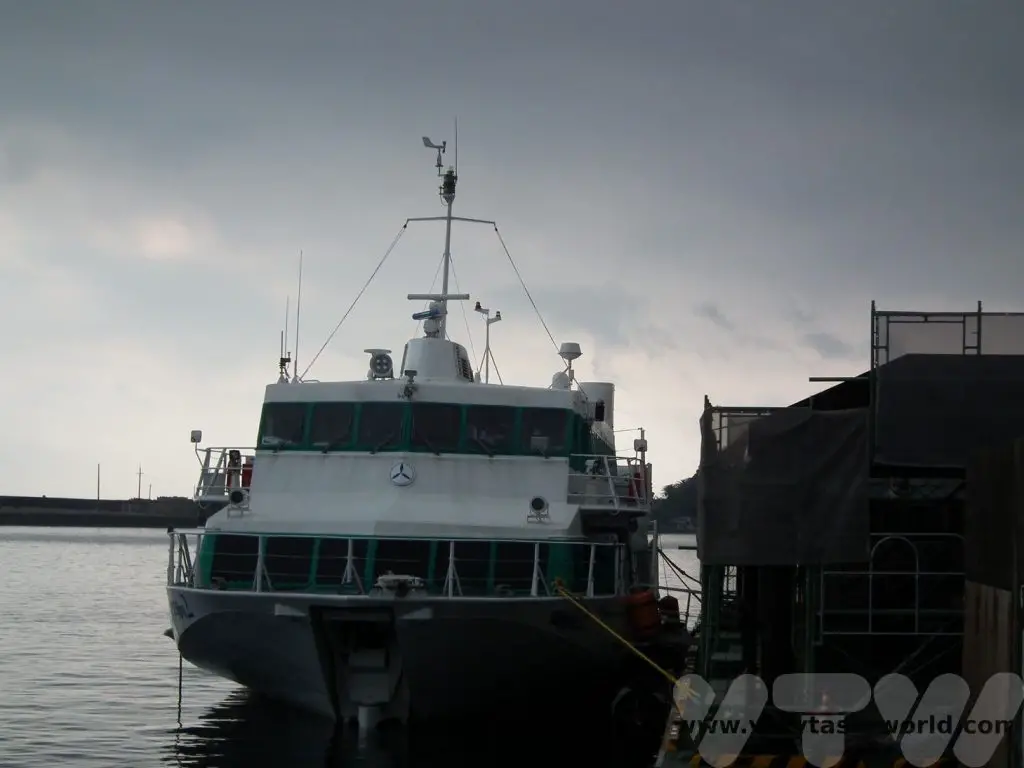
Japanese Taxis
Taxis in Japan are pretty expensive, so we tend to avoid using them. They are usually clearly marked with a taxi light on the roof. Inside the windscreen there will be neon sign; a red light usually means available and a green light means the taxi is already occupied. You can hail a cab just as you would in many parts of the world. Drivers are reliable and courteous but usually don’t speak much English so it’s a good idea to have your destination written down in Japanese. Hotels/accommodation may have business cards, so you might be able to pick one up in the lobby – you can show it to your driver.
If you do hop into a cab, the driver will open the door for you from the driver’s seat, it’s automatic. Payment is usually cash but some drivers might take credit cards. Most rides are metered but for some you may be able to agree a fixed fare based on a fixed journey – e.g. to an airport.
Hire car in Japan
If you are travelling in more remote parts of Japan a hire car may be a good option to explore the area. The Japanese Alps are great for driving through. We hired a car on the tiny island of Yakushima and found it was perfect for giving us flexibility. Driving is on the left, as it is in the UK.
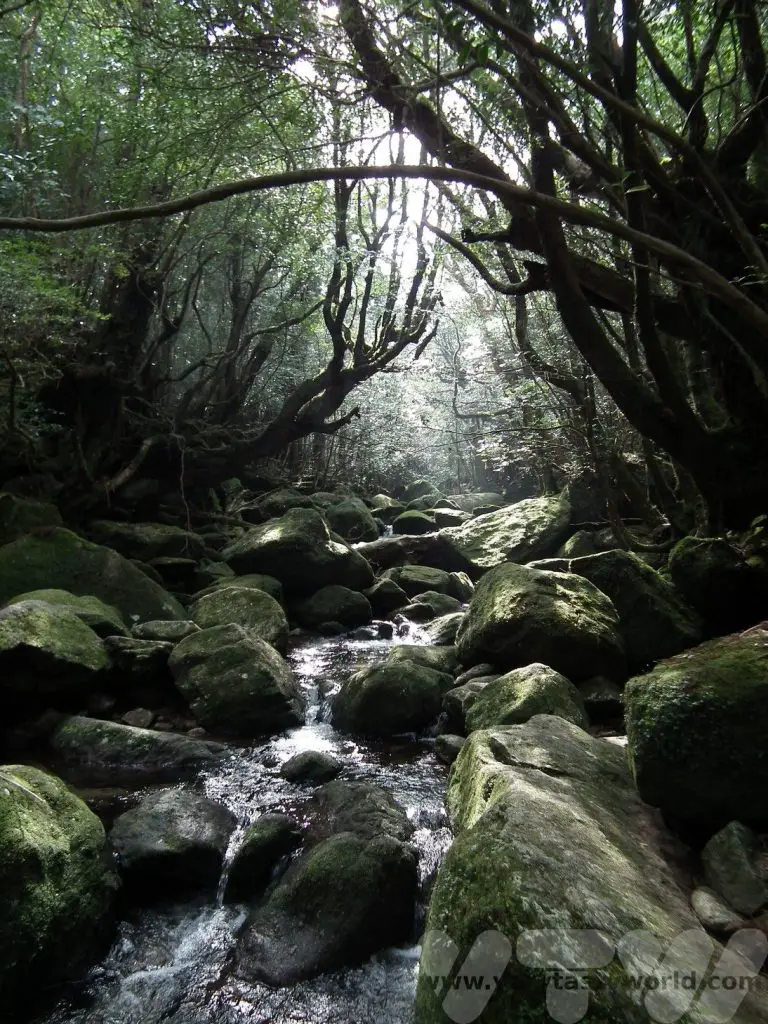
Air
It is possible to fly between locations but we wouldn’t recommend it. Even a long journey on the shinkansen would get you to your destination within a comparable time, especially after all the faff getting to an airport and going through security etc.
Most airports are located a fair way from the cities they serve – e.g. it is around a 1.5 hour journey from Shinjuku, Tokyo to Narita Airport. Most airports will have trains shuttling between the airport and the city. Some also have what are called limousine buses, coaches that will travel to particular destinations from the airport to the city.
Trams
Some cities have tram systems. We’ve used trams in Hiroshima, Nagasaki, Hakodate and Kagoshima. They work in a similar way to buses except it’s often a bit easier to know when you have reached your destination because they are on rails and the tram stops often have a sign! They are usually fixed-fare and you pay at the end of the trip.
Some trams have machines will only take the correct amount of coins but a lot of the tram stops/stations will have a money changing machine where you can exchange notes for coins. Again, all-day passes are usually available and can be purchased ahead of time, often at stations or tourist offices. Some tram systems will also allow you to tap your e-money card if you have one for the area.
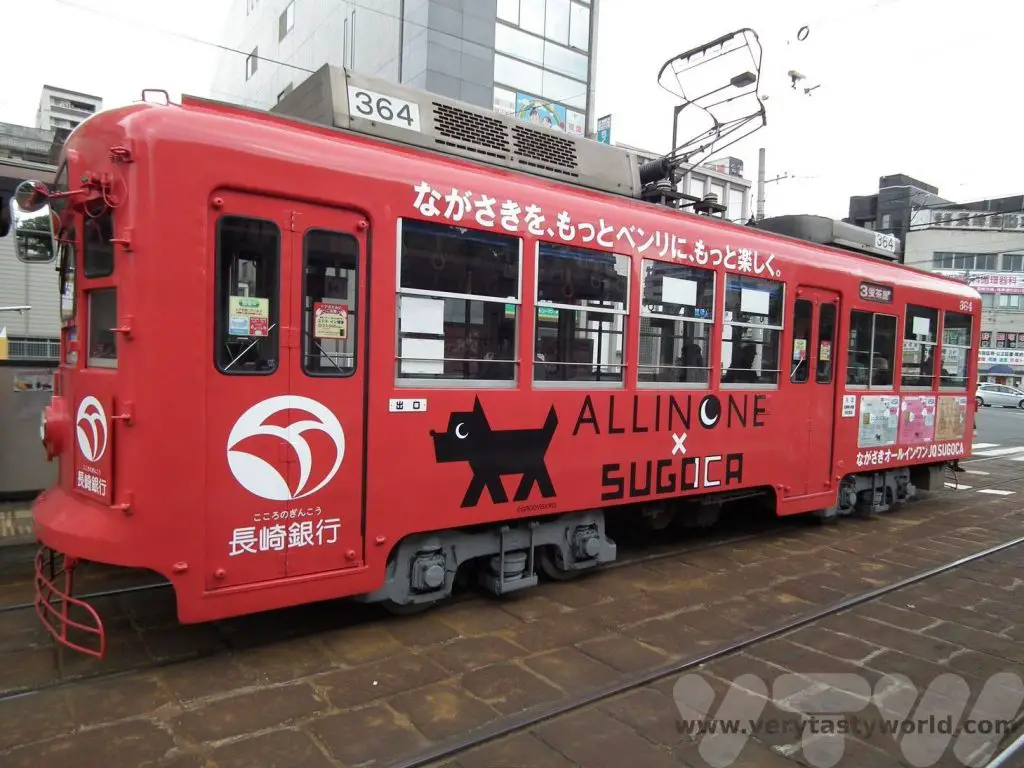
Transportation for your Luggage
Another tip for travelling in Japan is to use the amazing takkyuubin is a luggage forwarding service that will get your bags from one end of the country to the other overnight. It’s reasonably priced and highly efficient. Although there are many companies, the most well known is Yamato Transport Co , characterised by its kuroneko – black cat – logo with a black cat carrying a black kitten.
We have used this service many times and it has always been exceptionally good. Every business hotel or ryokan we have stayed at has been entirely helpful in arranging the transportation. Say, “Takkyuubin dekimasu ka?” and the helpful staff will not only have the forms, they will fill them out for the luggage destination in Japanese for you. (You can say, “Nihongo o kakemasen” – I can’t write Japanese – if you have the hotel information in kanji).
The staff will often telephone the destination hotel to check that it’s okay for them to receive your luggage and they will hold luggage for a few days if needed. You need to do a little preparation – it’s advisable to send bags the evening before you travel at the latest. And we always make sure we have our next hotel’s name written in Japanese so that the staff can know exactly how to complete the form. (Accommodation sites such as booking.com offer the booking in local language as well as your native language.)
We’ve often sent our luggage to the hotel ahead of time, swanned onto the shinkansen carrying only a day pack, and arrived at our destination to find that our bags have already been sent up to our room.
Quirky Travelling in Japan
Ropeways and Funiculars
Japan is a very mountainous country and many cities have viewing points from the tops of hills and mountains. There are often ropeways and funiculars to take you up to the top so that you can enjoy the spectacular views.
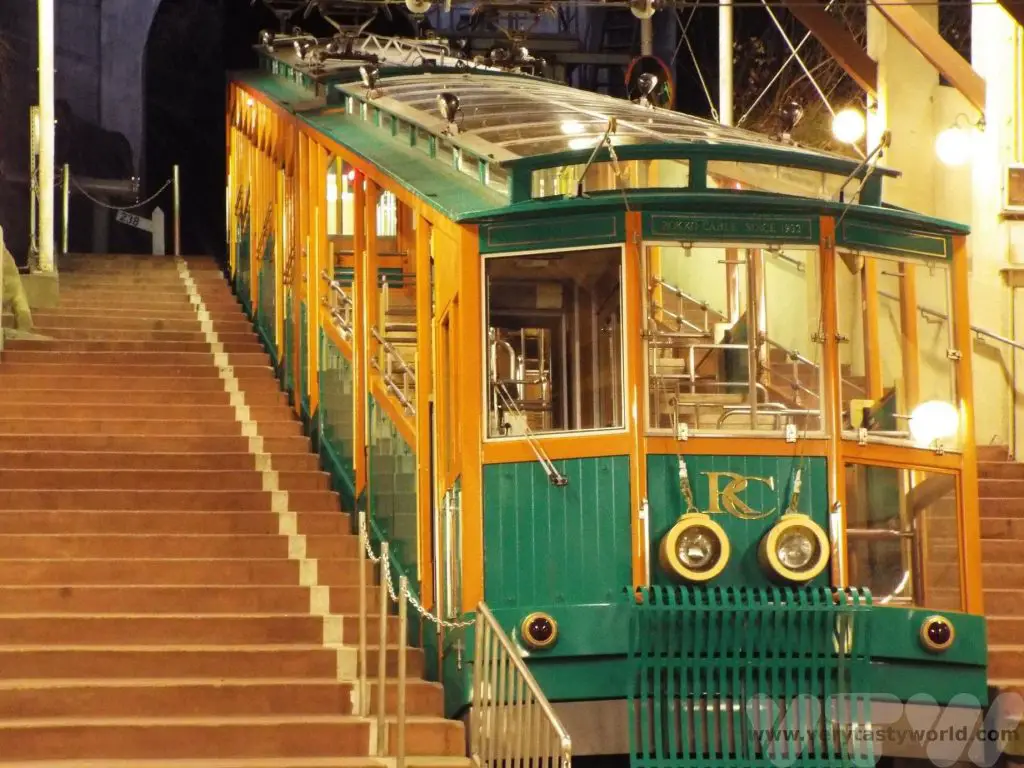
Fun Fact: Did you know that Japan has three officially designated “top views”?
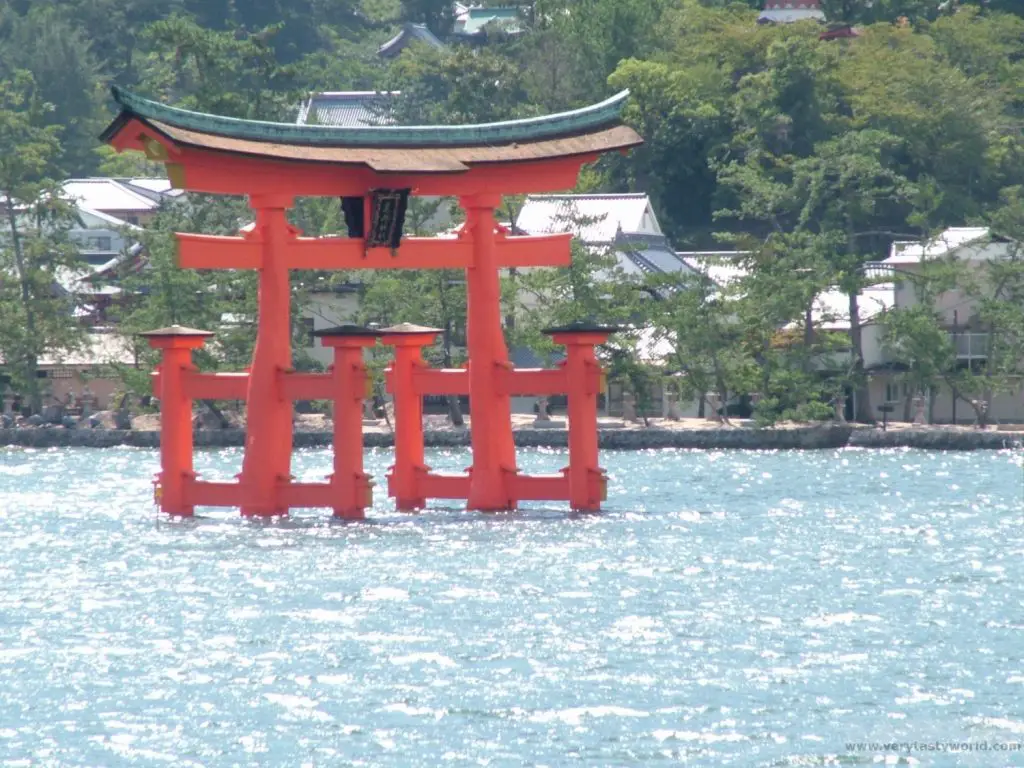
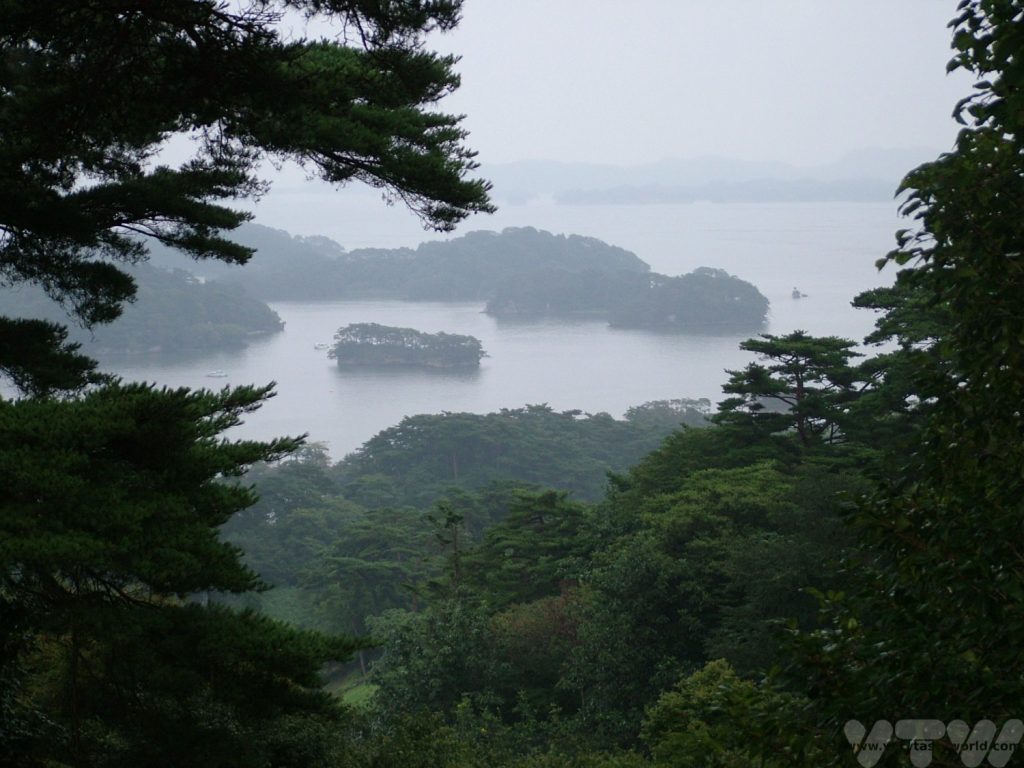
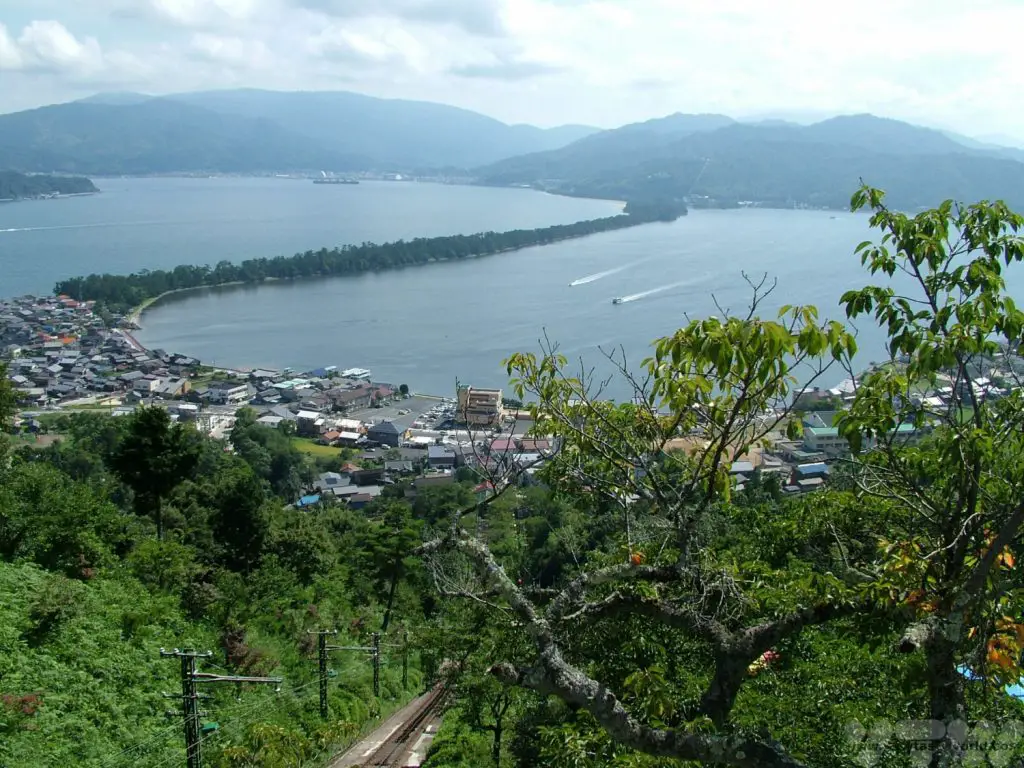
Pirate Ships!
The Fuji Five Lakes area is a lovely place to visit and reasonably easy to reach from Tokyo, even as a long day trip. There are loads of things to do – we particularly enjoyed taking the funicular over the smoking volcano where you can visit a splendid sculpture park. And you can take trips across the lake on a… pirate ship! If you’re super-lucky, you might even catch a glimpse of the illustrious Mount Fuji, Japan’s national mountain. We were unlucky, unfortunately the area is often cloudy.
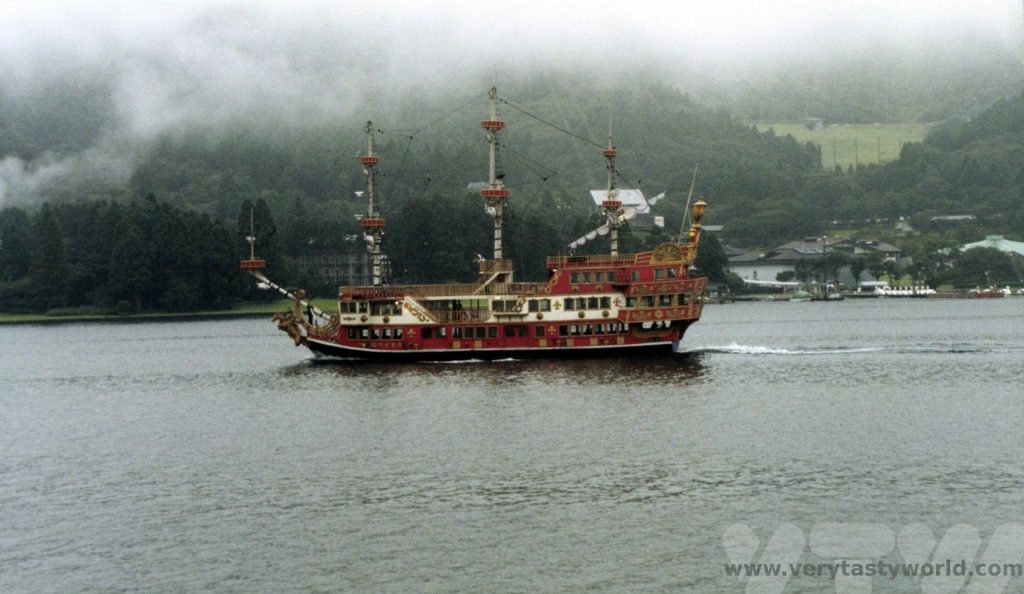
Other Travelling in Japan Tips
It’s worth noting that Japan is still a largely cash-based society. Cash machines are being used more but you can’t always rely on them being available, especially if you are travelling outside the big cities. That said, Japan is also a very safe society and, although nothing is 100% safe, we’ve never felt uncomfortable carrying cash.
Some Useful Words and Phrases
| Does this go to [destination] | [Destination] ni ikimasu ka |
| Where is the train station? | Eki wa doko desu ka |
| Where is the bus stop | Buseto wa doko desu ka |
| Where is… | … doko desu ka |
| How much is this? | kore wa ikura desu ka |
| Asking someone to point to a location on a map (where is here?) | koko wa doko desu ka |
| Can I make a reservation | yoyaku ga dekismasu ka |
| I have a reservation | yoyaku ga arimasu |
| Train/bullet train/bus/car | densha/shinkansen/basu/kuruma |
| Please/thank you/excuse me | onegaishimasu/arigato/sumimasen |
Related Posts You May Enjoy

- Recipe: Simmered Shiitake Mushrooms

- How to Use Public Transport in Japan

- RECIPE Oyakodon Donburi

- Planning a Trip to Japan

- The Makanai: Cooking for the Maiko House
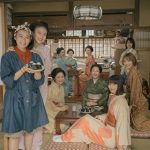
- Setsubun Food – Bean Throwing Day
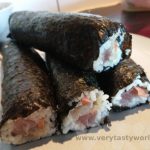
- The Gassho Farmhouses of Rural Japan

- Recipe: Japanese Simmered Pork Belly – Buta no Kakuni

- RECIPE: How to Make Umeboshi

A One Day Hanoi Itinerary
The northern city of Hanoi is an essential place to visit on a trip to Vietnam. It’s a city we would describe as ‘shabby chic’ compared with the ‘bling’ of Ho Chi Minh City (aka Saigon) in the south. Hanoi has a long and interesting history and lots of fascinating sights. Many are located within a reasonable distance of each other, close to the old part of the city. Here are our suggestions for a one day Hanoi itinerary.
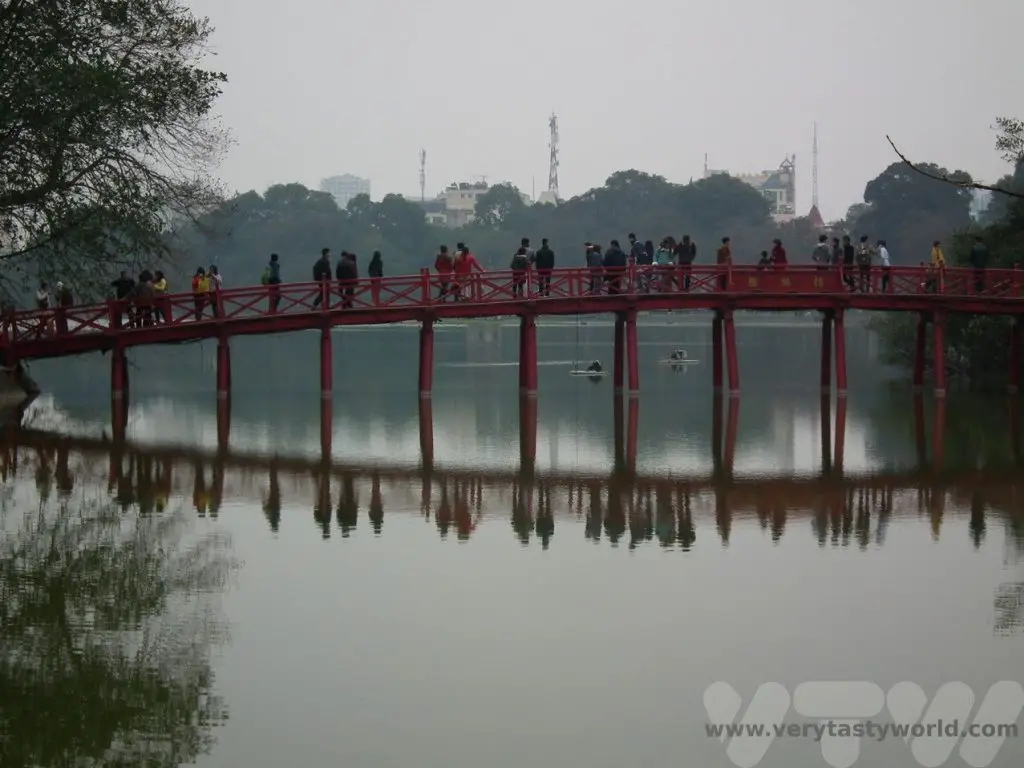
A Brief History of Hanoi
The location where the city now stands has been populated for around 5000 years, and was the capital of the Au Lac, the Vietnamese nation during the 3rd century BCE, but the area was conquered by the Han Dynasty and ruled by China for hundreds of years. In 939 the Vietnamese Ngo dynasty was founded when Ngo Quyen conquered the Chinese in the Battle of Bach Dang River. The last king of this dynasty, the sadistic Le Long Dinh died in 1009.
Power transferred to a palace guard chief called Ly Cong Uan who became Emperor Ly Thau To, founding emperor of Ly dynasty. He established a political centre in the north of the country, naming it Thang Long which means ‘ascending dragon’. Highly revered, he was the emperor who established an era of prosperity for the city. Thang Long was the capital of Vietnam until 1802 when the Nguyen dynasty moved the administration to Hue. In 1831 Thang Long was renamed Hanoi, which means ‘inside the rivers.’ Vietnam was colonised by the French in 1873 and they designated Hanoi to be the capital of the whole of French Indochina. The French abandoned Vietnam during World War 2.
Ho Chi Minh, leader of the communist revolutionary party the Viet Minh, declared Vietnamese independence on the 2nd September 1945 and established Hanoi as the capital of the Democratic Republic of Vietnam, an independent country. The city endured turbulent times during the last half of the twentieth century – the French returned in 1946 so Ho Chi Minh led a guerilla war and defeated them in 1954 in the First Indochina War.
The Second Indochina War, better known as the Vietnam War (although in Vietnam, local people refer to it as the American War) followed immediately and was fought from 1955 to 1975, eventually leading to the reunification of Vietnam. Since 1976 Hanoi has been the capital of the Socialist Republic of Vietnam.
Getting Around Hanoi
There are plenty of options for getting to Hanoi’s attractions. We stayed very close to the Old Quarter which was perfect for exploring the area. Most of the attractions mentioned here are within walking distance. Although beware, the very first thing that will strike you about Vietnam is the sheer number of scooters and motorcycles. They are everywhere!
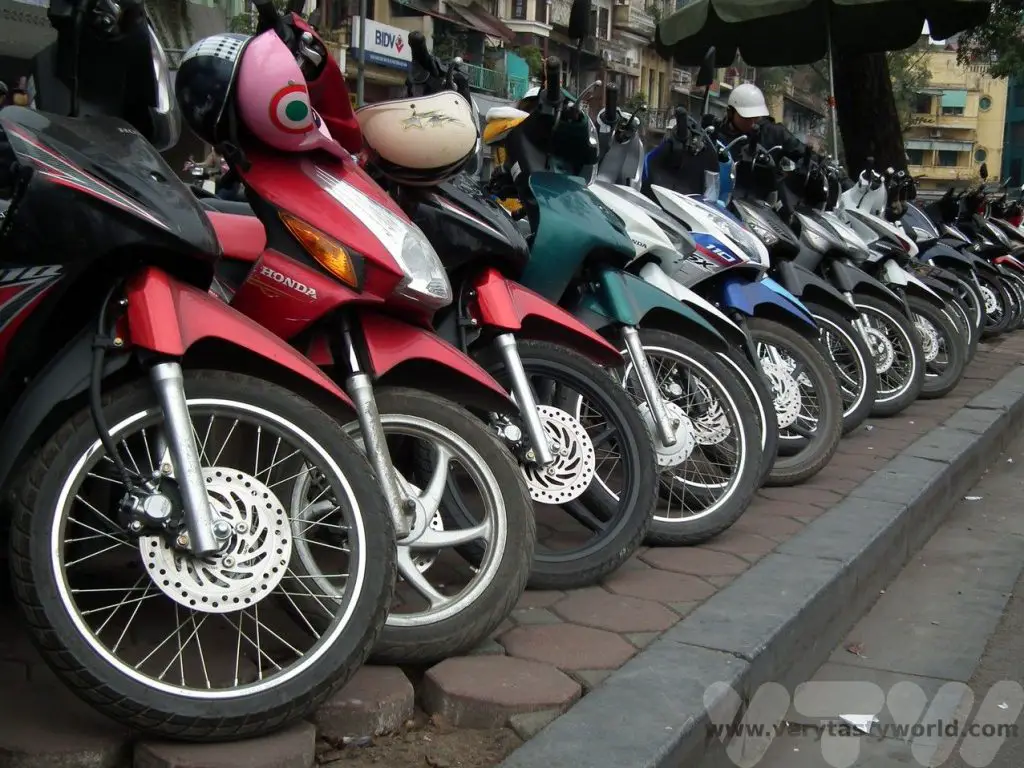
The next thing that will strike you is – how do you cross the road? We have a helpful video guide in this post. Wandering around Hanoi is a pleasure in itself – an undeniable assault on the senses perhaps, but walking in this city is a great way to discover its marvellous nooks and crannies.
Alternatively, there are buses and taxis available for transportation.
One Day Hanoi Itinerary – Morning in The Ba Dinh District
Ho Chi Minh – The Father of the People
The morning started with a visit to the Ho Chi Minh Mausoleum on Ba Dinh Square, the final resting place of the highly revered Vietnam revolutionary leader. Inspired by Lenin’s tomb and other communist leaders, the body of Ho Chi Minh has been embalmed and lies in state, guarded at all times. It is possible to visit the grand marble construction and file past the body.
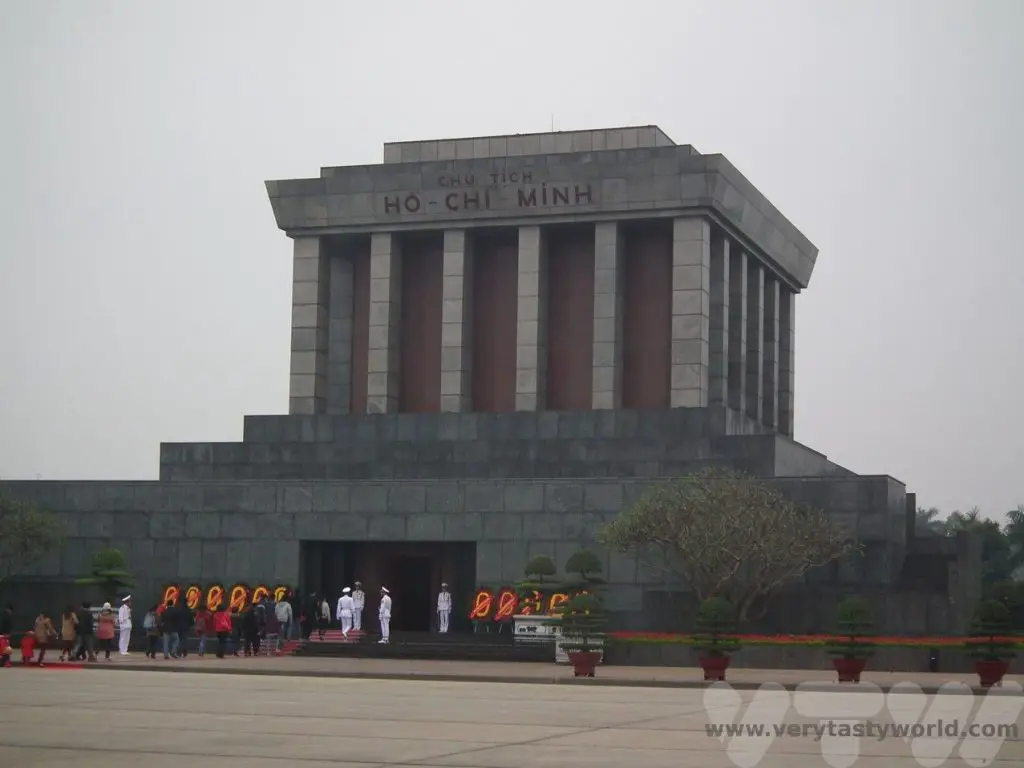
You will most likely need to queue to enter the mausoleum. Respectful dress is required (sleeveless shirts and shorts are not allowed) and you may need to leave your backpack in a locker. You are also expected to pass by the body in silence as a mark of respect. If you are visiting the mausoleum between the 4th of September and the 4th of November, the body will not be available for viewing because it goes to Russia for maintenance at this time.
Interestingly, Ho Chi Minh himself wanted to be cremated and have his ashes distributed through different regions of Vietnam. But the communist party wanted to celebrate and commemorate him, so the mausoleum was constructed in his honour. His wish seemed, to us, to be a much more humble approach.
Our next stop was the presidential palace and former residence of Ho Chi Minh.
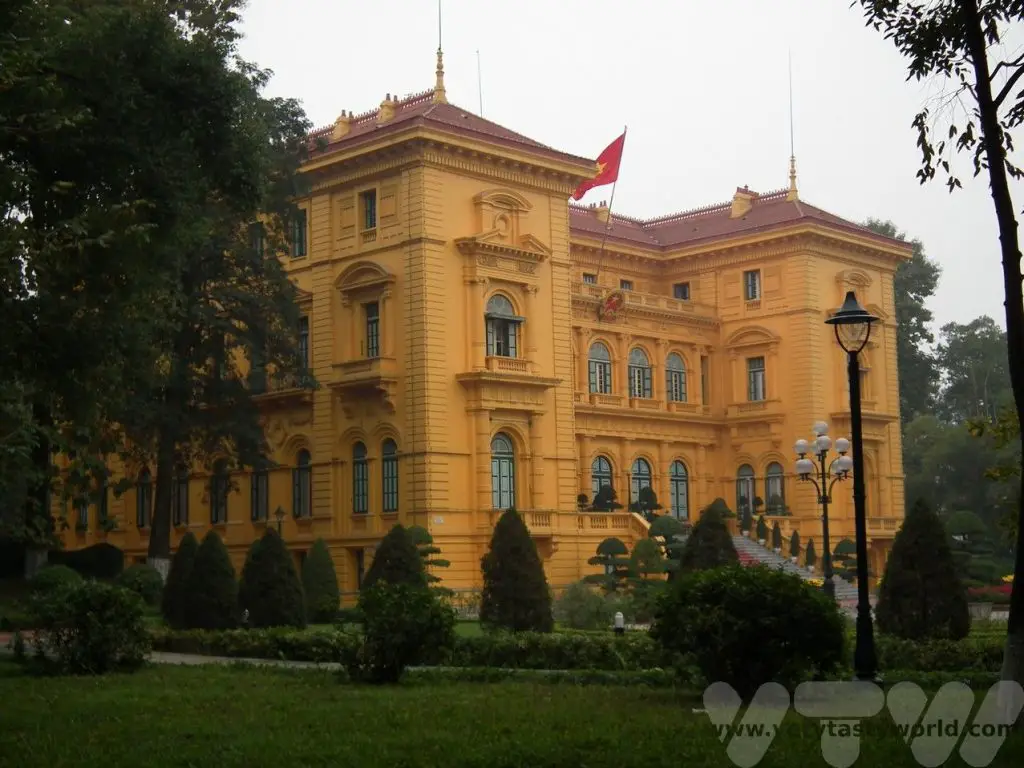
Although Ho could have used the opulent presidential palace as a residence he chose to live somewhere much less ostentatious. The two room stilt house, set amidst a pretty garden with a carp pond, was his ostensible home from 1958 to 1969. A simple traditional building with minimal facilities. It’s possible to look through the windows to see how Ho lived.
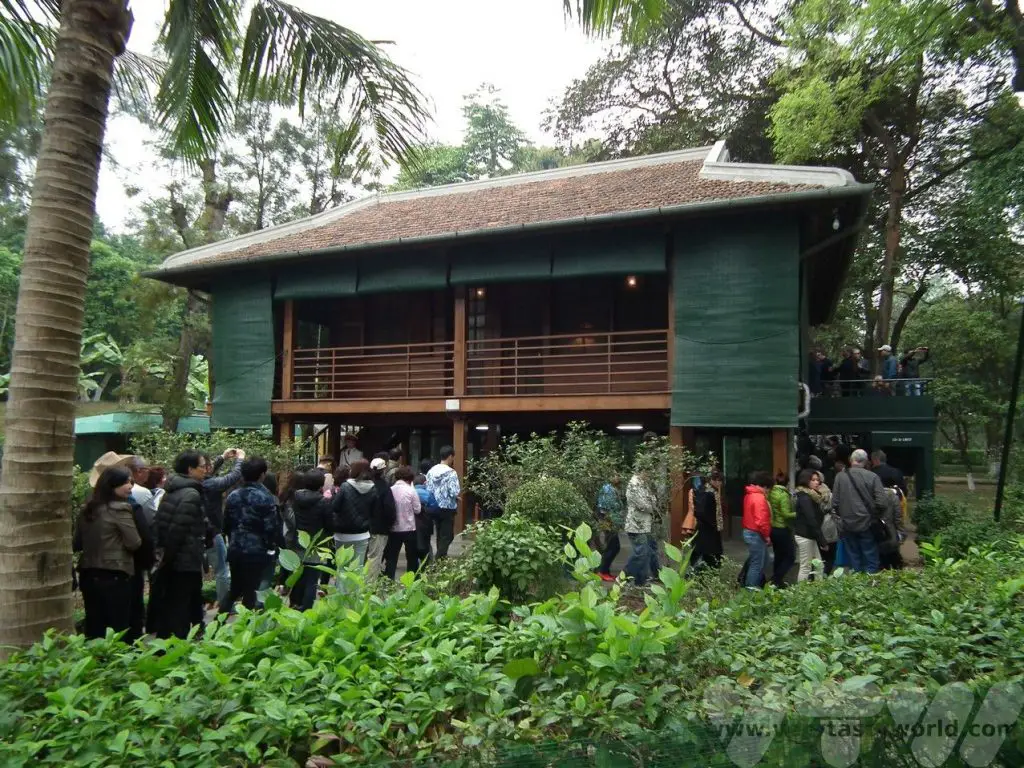
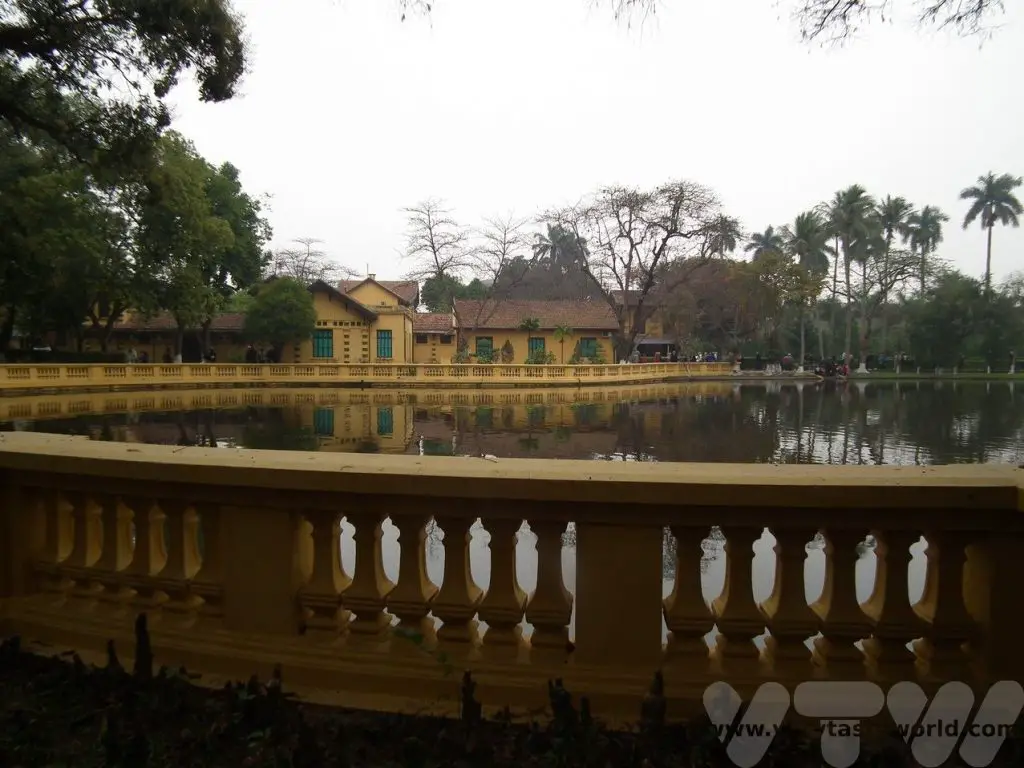
It was fascinating to learn about Ho and quite easy to understand how he was – and still is – revered by the Vietnamese people in Hanoi.
One Pillar Pagoda
Just to the south of the complex is the One Pillar Pagoda (note this is open every morning but closed on Monday and Friday afternoons). It is a wooden pagoda built on a single stone pillar that sits in the middle of a serene lotus pond that is designed to give the appearance of a lotus flower emerging from the water. It is a Buddhist pagoda and was constructed in 1049 by Emperor Ly Thai To apparently to celebrate the birth of a male heir.
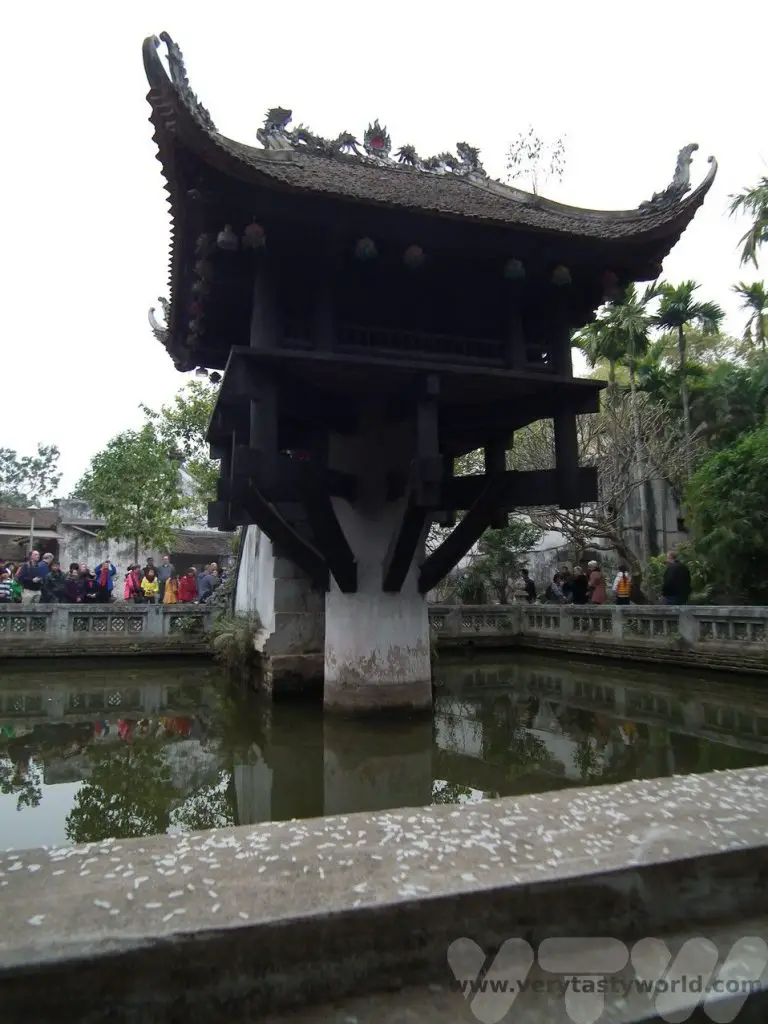
The Temple of Literature
Moving south again, the morning concludes with a visit to the remarkable Temple of Literature. It was constructed in 1070 to honour philosopher Confucious and went on to become Hanoi’s first university in 1076, a prestigious seat of learning. It is another legacy of the Ly dynasty. Students learned mathematics, literature and calligraphy. Although it is no longer a university (and hasn’t been since 1779) it is a monument to education. Even today, Vietnamese students often visit the temple to receive blessings for their own studies.
A beautiful site to visit it has five courtyards.
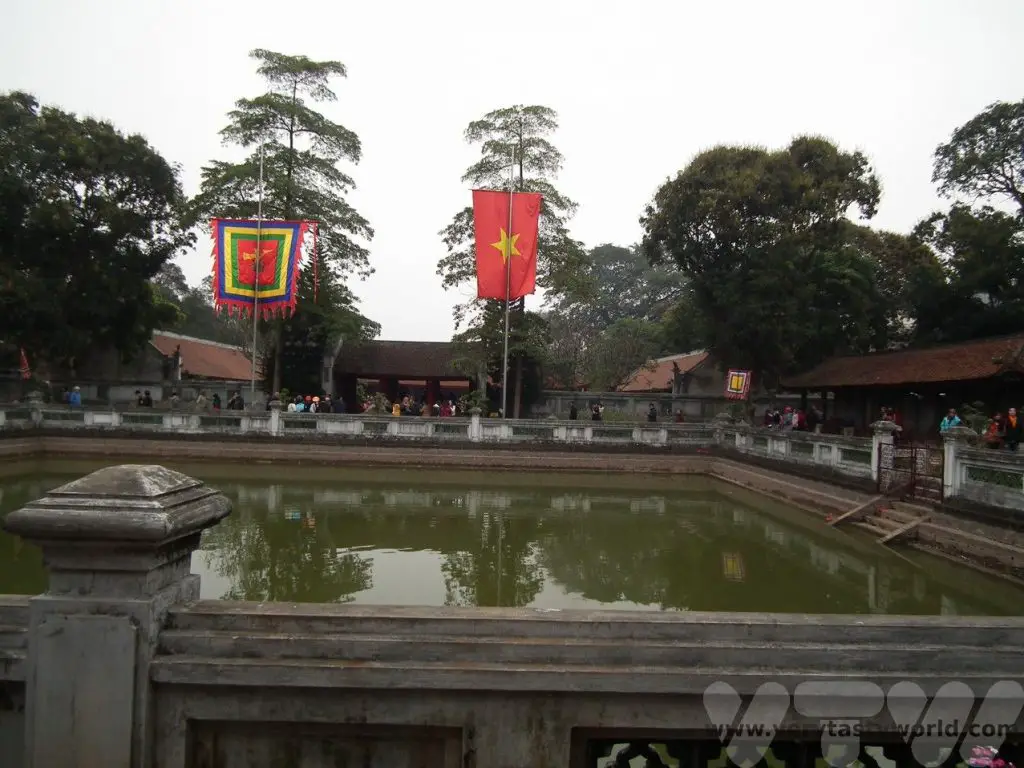
In the centre is a pool, the well of heavenly clarity. It can be seen on the 100,000 dong note.
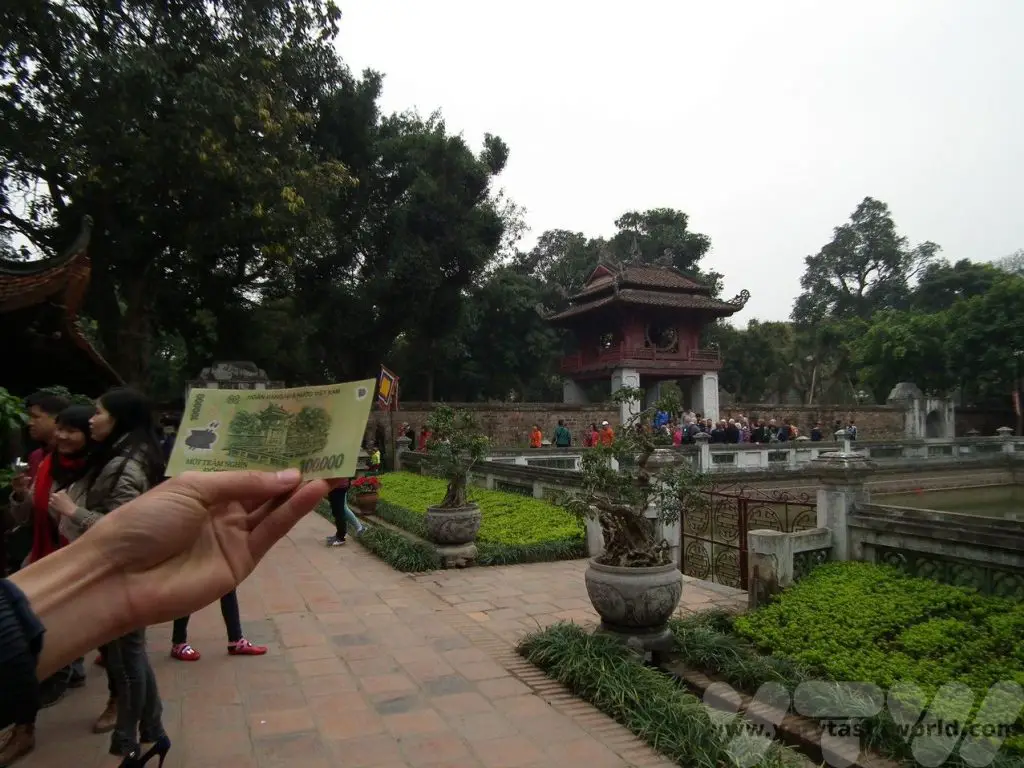
You will see many tortoises throughout the temple – these represent wisdom. There are multiple stelae onto which the names and birthplaces of graduates of the university (renowned for its incredibly difficult exams) are carved. The crane standing on top of a tortoise is a symbol of longevity.
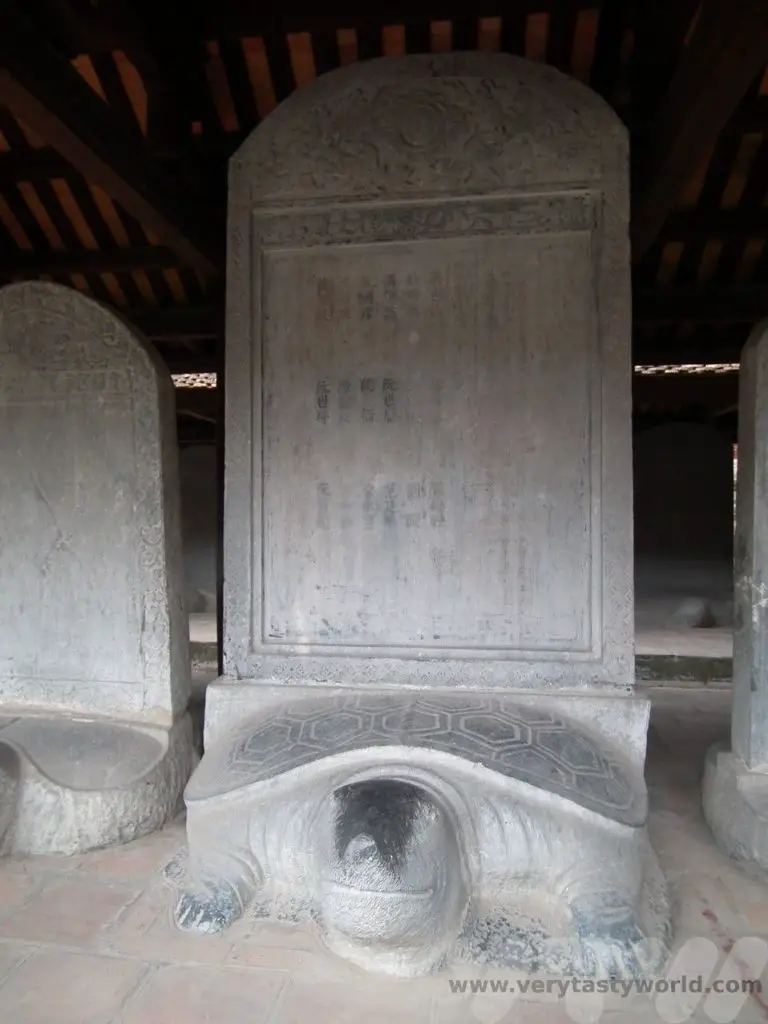
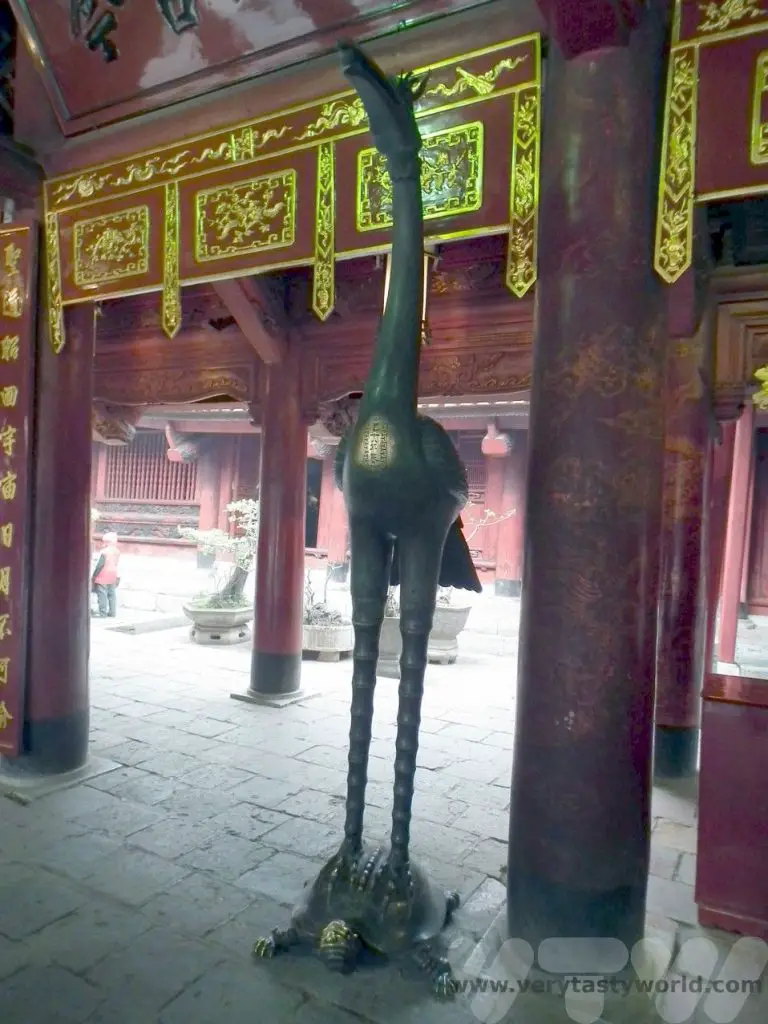
Again, this is a site that is considered hugely culturally important so it is important to behave respectfully. There are even rules about not stroking the tortoises’ heads (quite right too!).
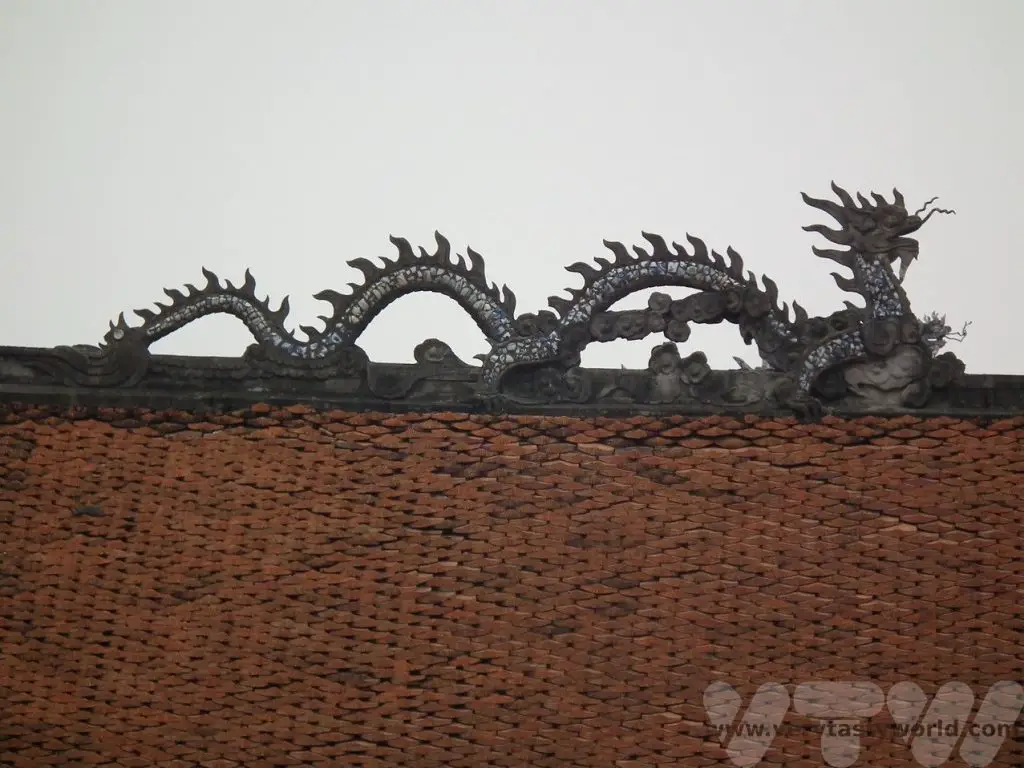
The street on the eastern road adjacent to the Temple of Literature has a large number of restaurants. There’s a great variety of local food here, perfect for stopping for lunch.
One Day Hanoi Itinerary – Afternoon In The Old Quarter
Just up the road from the Temple of Literature is the Vietnam Museum of Fine Arts. If you like art, especially discovering local art, this is definitely a must-see attraction. It’s perfect for a leisurely after-lunch visit.
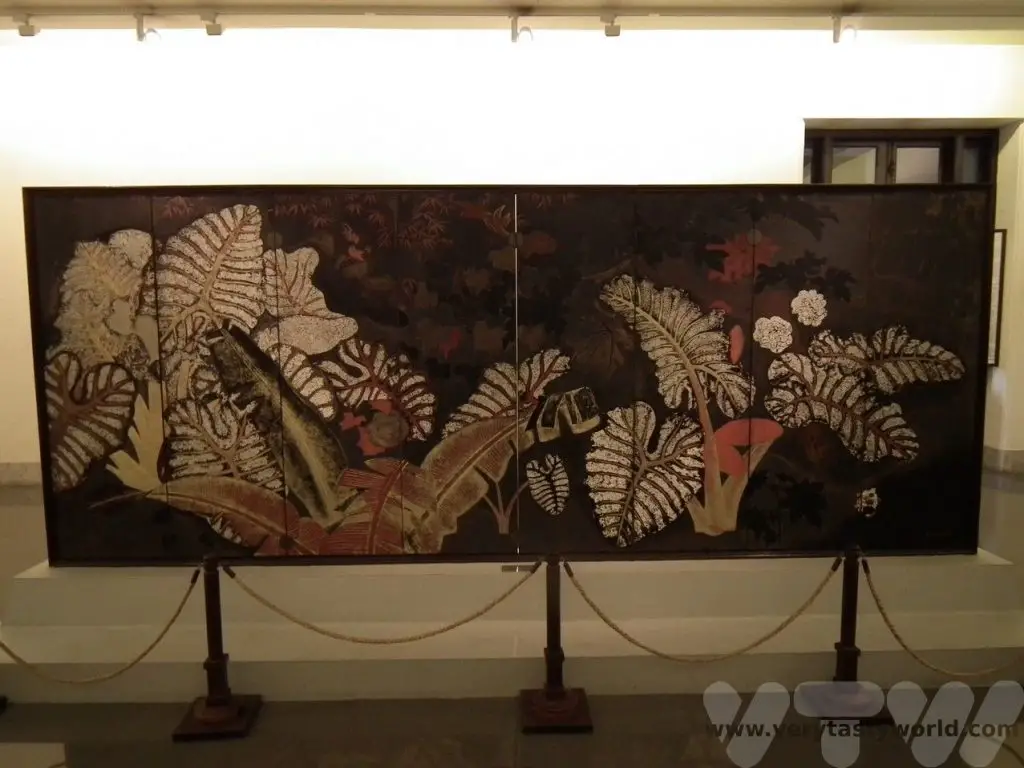
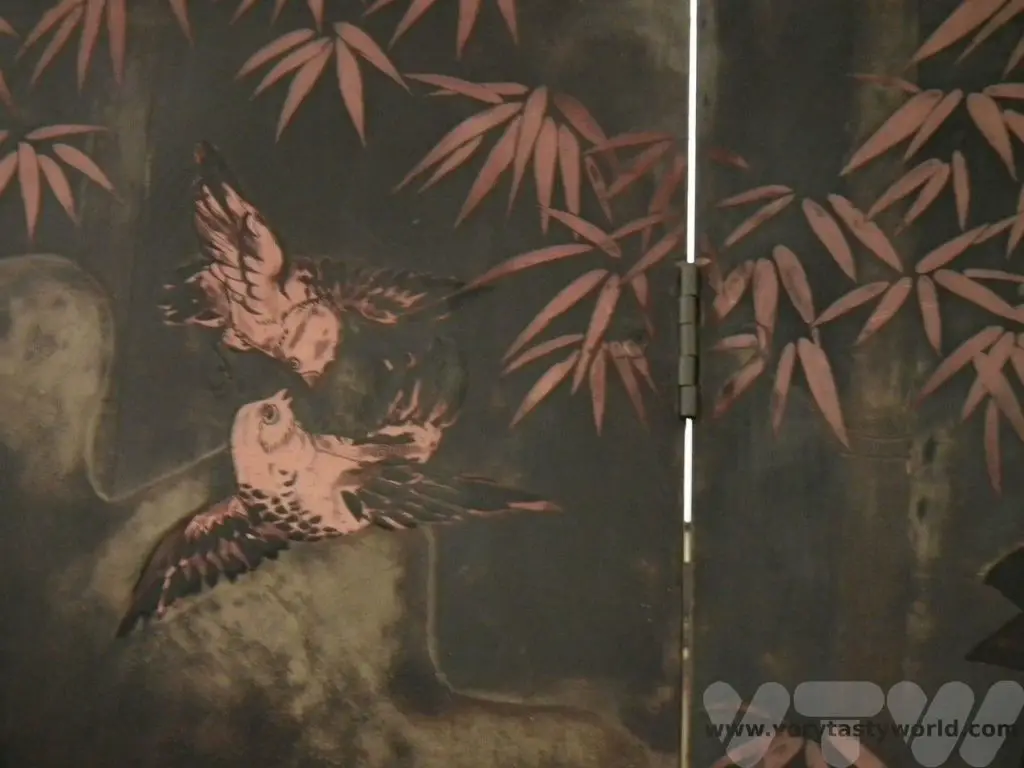
Hoan Kiem Lake
Visiting Hanoi’s old quarter, which lies around a kilometre to the east of the museum. Follow Trang Ti to reach Hoan Kiem Lake (also known as the Lake of the Restored Sword) and the Ngoc Son Temple.
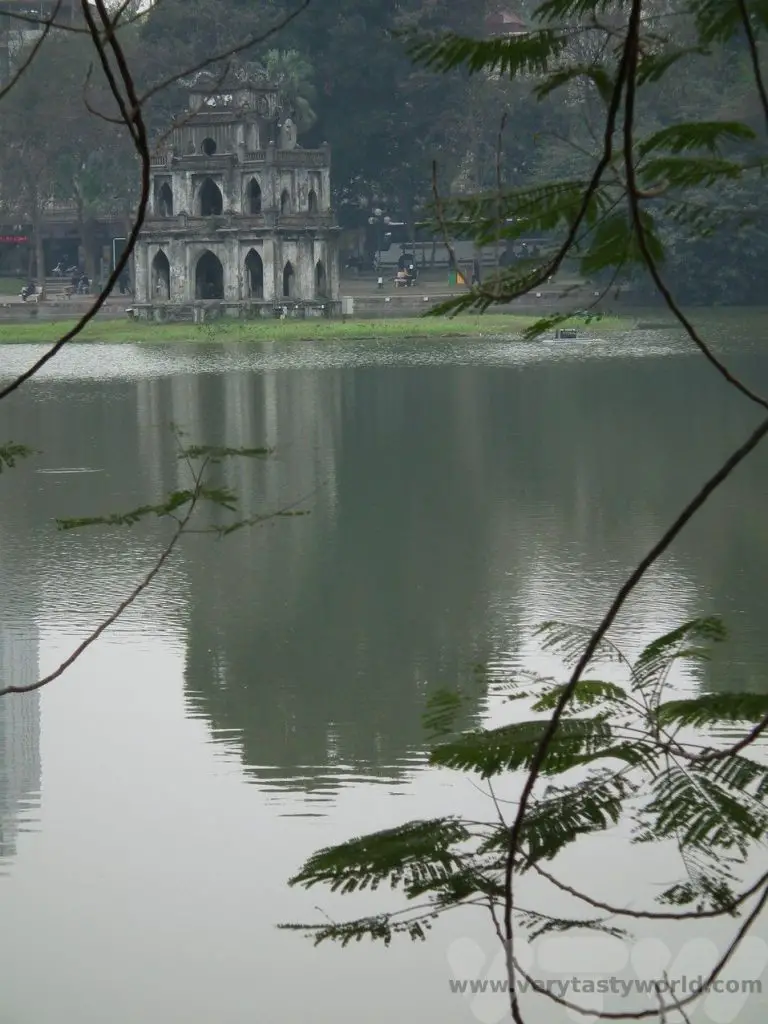
Again, this is a hugely important historic area with a legend that dates back to the founding of Hanoi (as Thăng Long) by Emperor Ly Thai To. A giant golden turtle lived in this lake and gave the Emperor a magical sword which he used to defeat the Chinese occupiers. As soon as he had won the battle, Ly Thai To respectfully returned the sword to the turtle, who dived back into the lake in order to give it back to the gods. It’s very pleasant to walk around the lake.
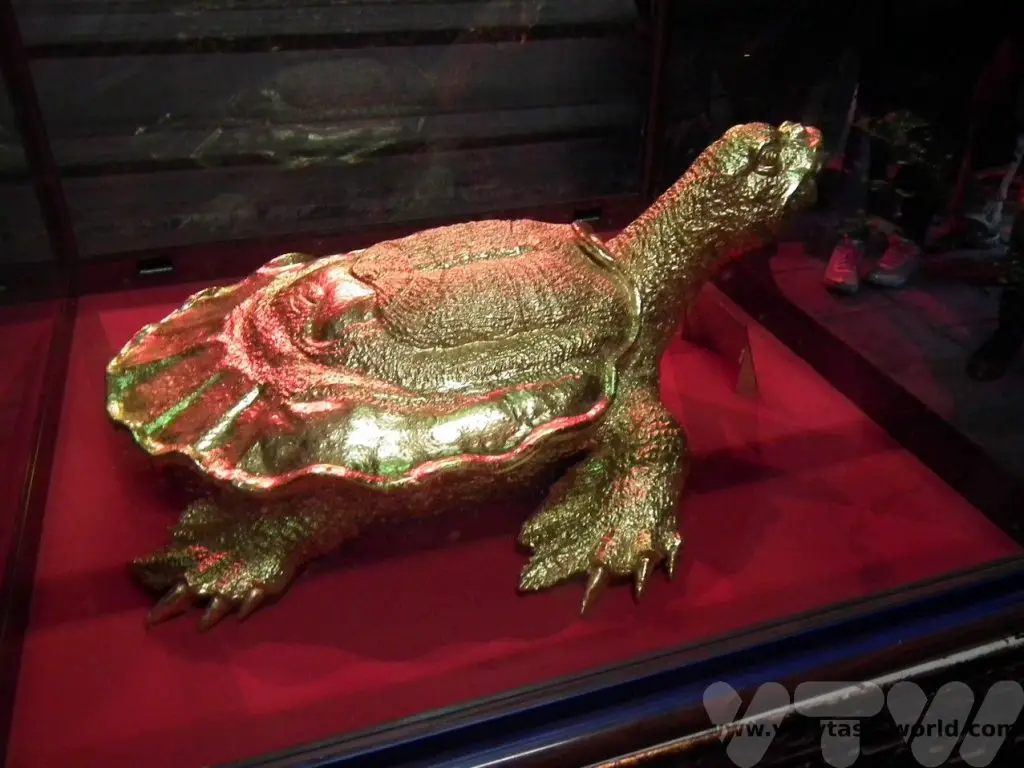
The lake has an island where the Ngoc Son Temple, also known as the Temple of the Jade Mountain, is situated. It is accessible via a vermillion bridge.

It celebrates Van Xuong who was a revered scholar, La To, and General Tran Hung Dao who defeated the Mongol invaders in the 13th century, a glorious victory.
A Cyclo Tour
An enjoyable way to explore the old town is via a cyclo tour. An hour’s tour takes in the atmosphere of Hanoi’s old quarter and is a relaxing way to end this busy day of sightseeing. You also get to experience the thrill of being on the road amidst all those scooters – an experience in itself.
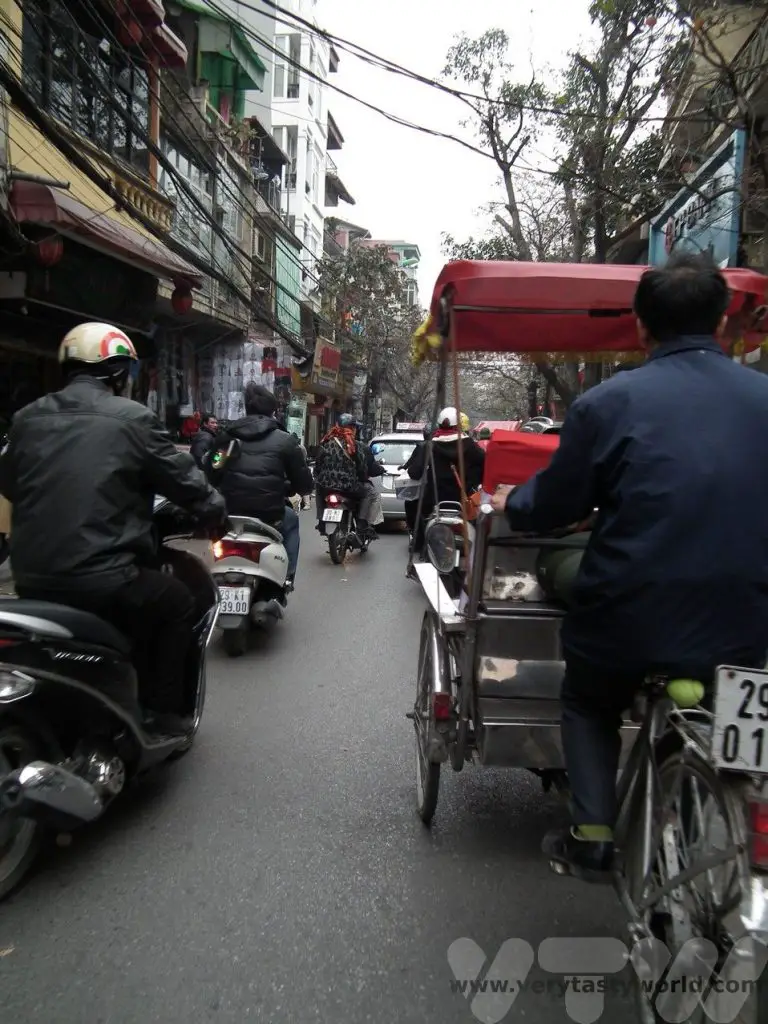
The old quarter is comprised of 36 streets located within a square kilometre just north and west of the lake. The streets have been named for the artisans and craftspeople who traded specific merchandise in that street: bamboo street, silver street, decoration street and silk street to name a few.
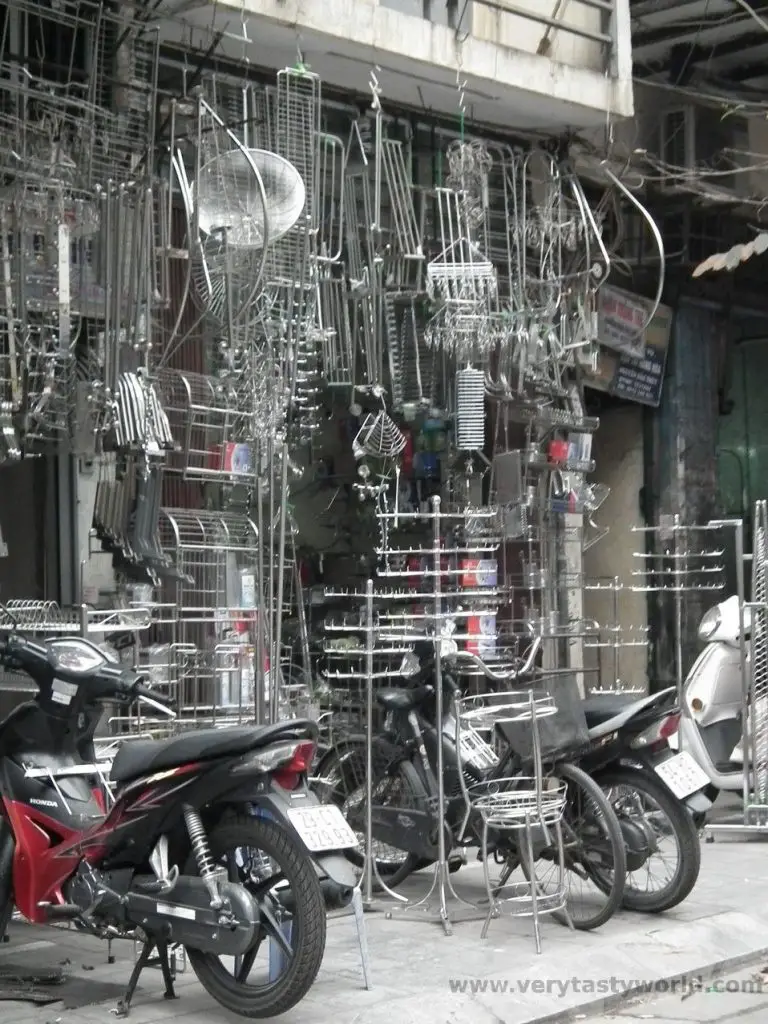
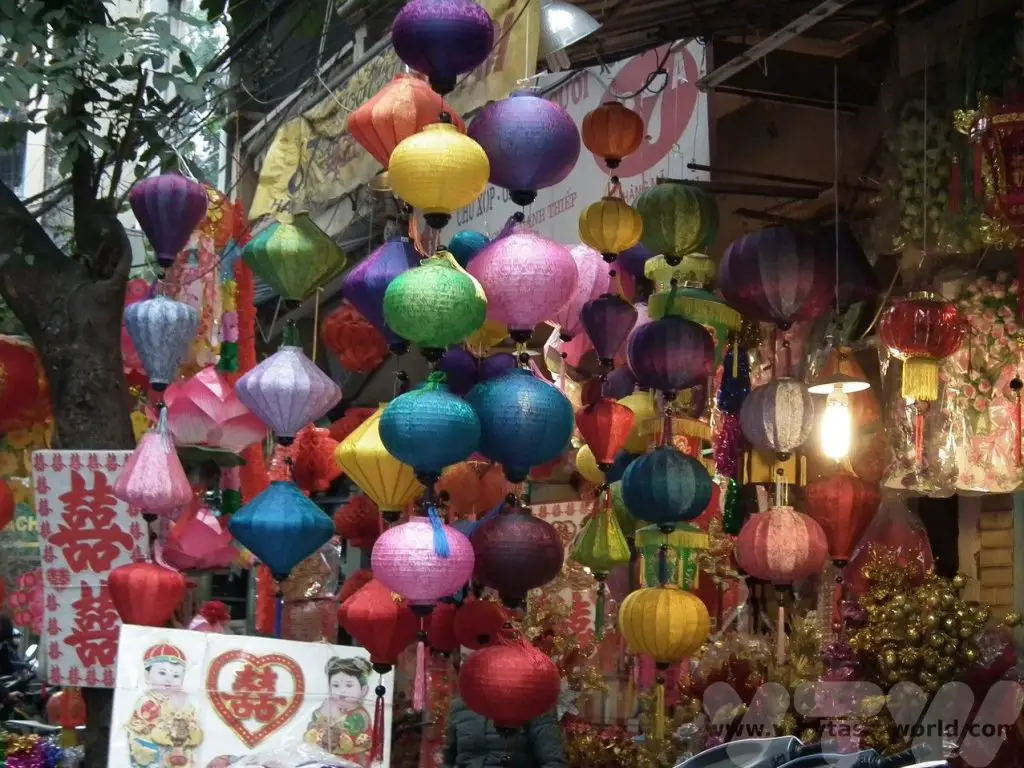
Part of the tour can include a visit an ancient Vietnamese ‘long house’. One of the characteristics of the architecture in Hanoi is that the houses are very thin and tall. The width can be as short as just 2.5m, sometimes up to 5m. However, when you go inside the houses seem to stretch forever. This is because properties used to be taxed according to the amount of façade on the street, so they were constructed this way to minimise costs. This house had a lovely open feel to it thanks to its open balconies, despite the narrow width.
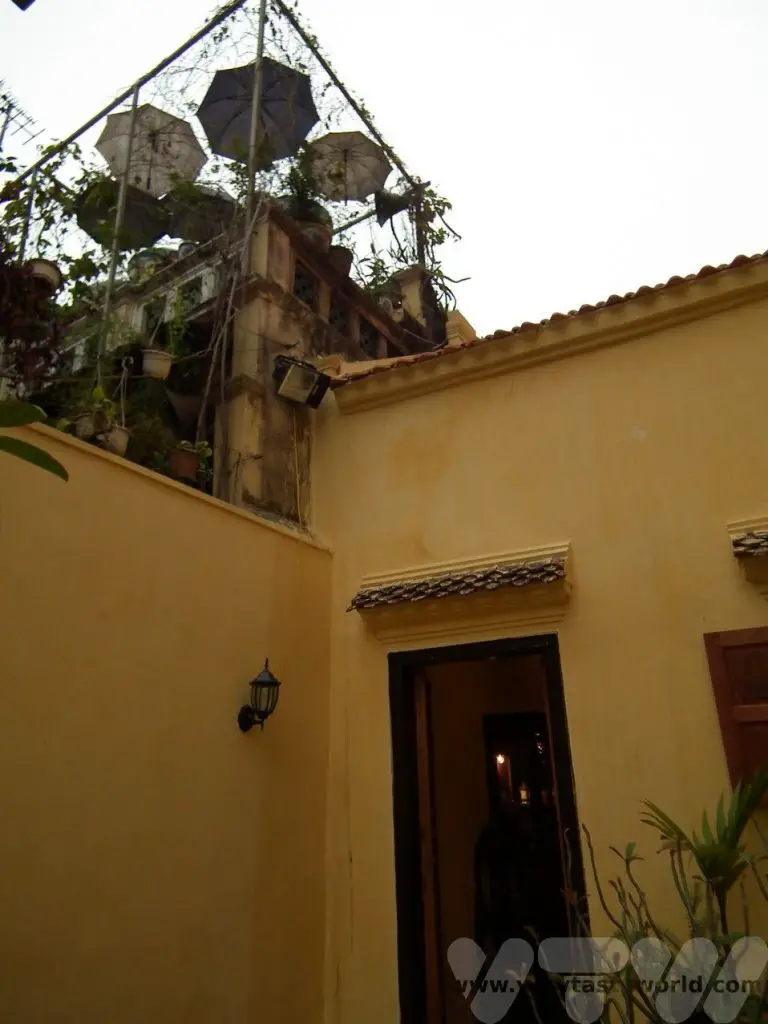
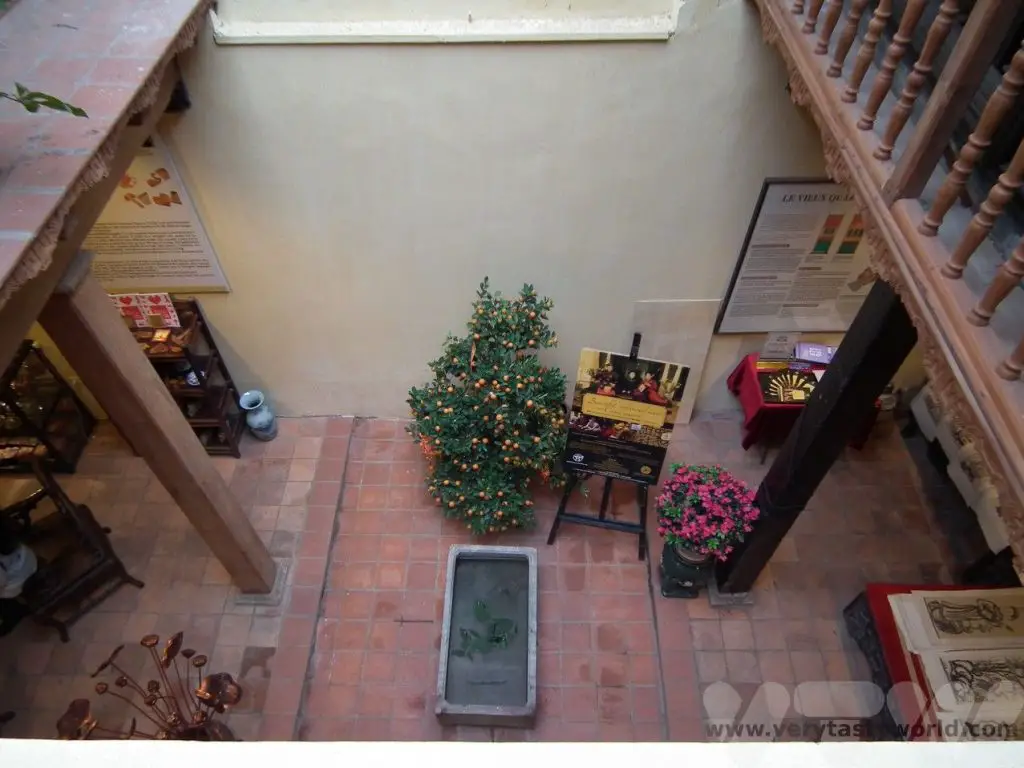
Evening in Hanoi
There are lots of places to eat in Hanoi, ranging from posh dining to street food. The old quarter is a perfect place to hang out in the evening. There is a night market right in the heart of the area. Another popular place is the Bia Hoy Corner which is frequented by both tourists and locals. Be prepared for plastic seats, street snacks, cheap beer and a chance to get chatting with new friends.
The Water Puppet Theatre is a popular attraction, and it’s worth making a booking. It’s located by the north side of Hoan Kiem Lake.
While this is a pretty intense itinerary, it is possible to make the most of a single day in Hanoi.
Vietnamese Food
Just as there are differences between the culture of north and south Vietnam, the cuisine reflects this as well. Food from northern Vietnam is subtle with a balance of flavours, whereas southern dishes are often more spicy. And even though regional variations exist, pho can be found all over Vietnam and is the country’s national dish.
There’s No Business Like Pho Business
Pho is a noodle soup – soft rice noodles served in a warm, very slightly spicy, bone broth with thin slices of meat such as beef (pho bo) and chicken (pho ga). These are the traditional varieties of pho in Hanoi.
Pho is a staple of Vietnamese cuisine. Its pronunciation is like the French word, feu (fire), which is appropriate because it’s thought that the name derives from the term ‘pot au feu’, or French beef stew. It’s so good that you can have it for breakfast, lunch or dinner. Or indeed breakfast, lunch and dinner if you feel so inclined. Yes, we did. In Vietnam it is primarily a breakfast dish – healthy and hearty – it truly sets you up for the day ahead.
The soup is meant to be drunk. Like Japanese ramen, the broth is absolutely key to the flavour. The best broths will have been simmered for hours. A beef stock will use the bones, a chicken stock often uses an entire chicken. Spices such as cinnamon, ginger, cardamom and cloves may add a subtle heat in addition to flavour. The soup should be clear.
The noodles are soft but with a bit of bite. They are cooked separately inside a wire basket that is plunged into boiling water for a few minutes. These are then added to the serving bowl before the broth and meat are added.
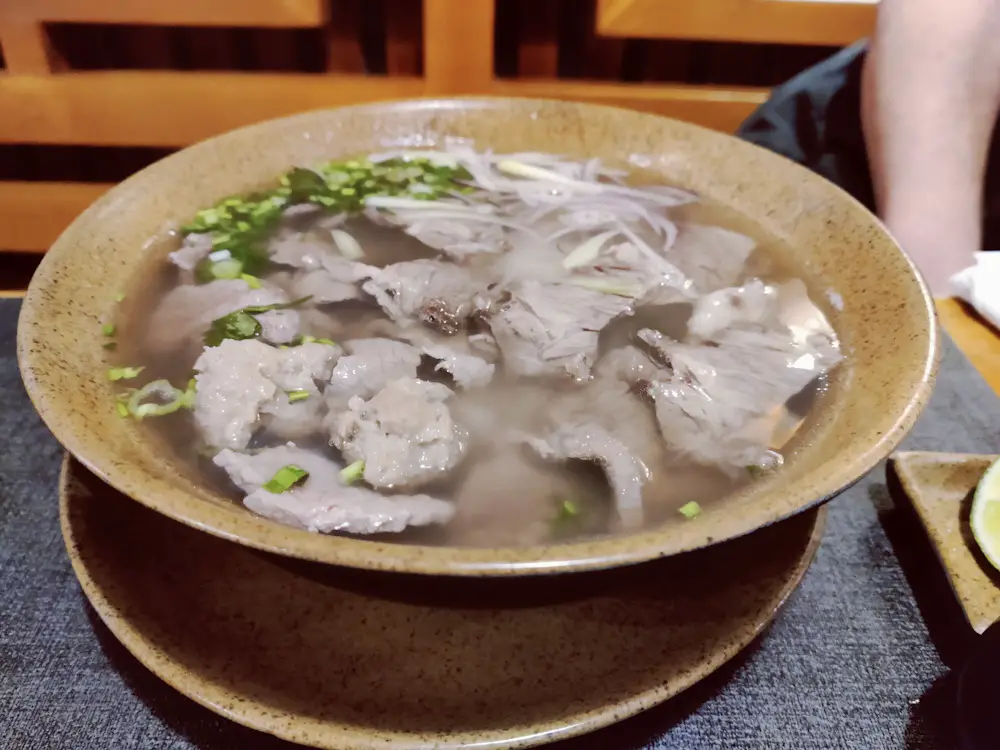
One of the best things about pho is that you can flavour it to your own taste. Alongside each nourishing bowl of pho a plate containing all sorts of potential flavours and textures will be served. Want heat? Add chilli (the smaller the chilli, the hotter the spice). Like sour flavours? Squeeze in some lime juice.
Texture and crunch? Add beansprouts or green onion. More flavour? You’ll be offered a variety of aromatic herbs, commonly coriander, holy basil and mint which can be added in whichever ratio you desire.
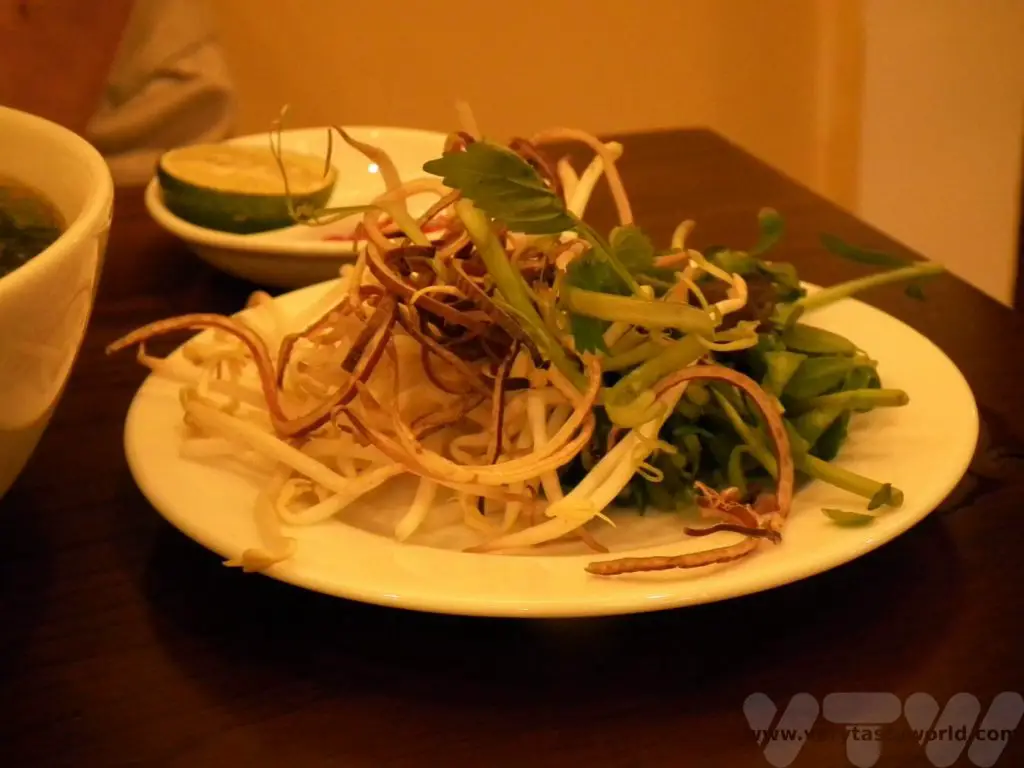
But the key is making sure that you taste the broth before you start wading in with additional garnishes. And, while Vietnamese pho restaurants in other countries often offer sauces such as hoisin or chilli to add to the soup, it is unlikely that you would ever see this in Vietnam. It would be a shame to add sauce which detracts from the delicate flavour of the broth.
You eat pho using chopsticks to pick up the meat and noodles. There is usually a spoon available to sip the broth. Actually, it’s okay to bring the bowl to your lips and drink directly from it. Slurping is fine. For British people who were brought up to believe that it’s rude to slurp your soup, it’s actually quite difficult to do this without spilling the broth or accidentally spluttering! A very positive side effect of consuming so much pho was that we were kept well hydrated in the warm, humid climate.
Bun Cha Ha Noi
Another typical dish from the northern region is Bun (noodles) Cha (grilled pork). It is a delicious combination of grilled pork slices and/or meatballs accompanied by rice noodles and herbs, in a spicy and flavoursome sauce. It is thought to have originated in Hanoi.
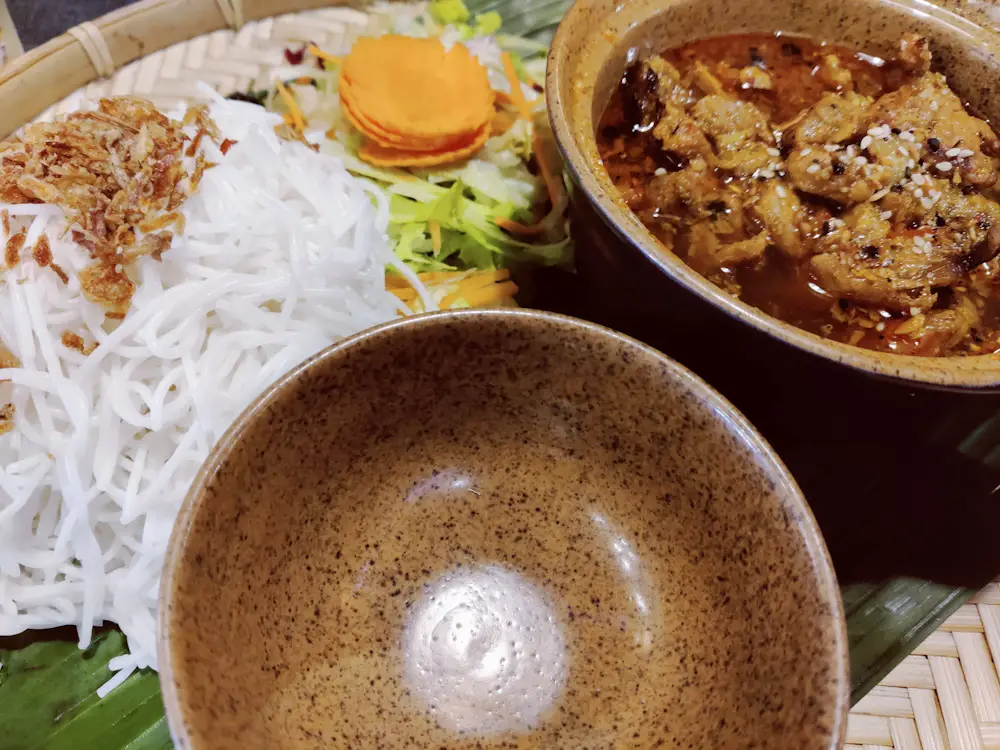
Bo La Lot
Another delicious dish is Bo La Lot – grilled beef balls wrapped in betel leaves. Served with a sweet and fragrant dipping sauce, these are juicy, full of flavour and make for a brilliant starter or snack.
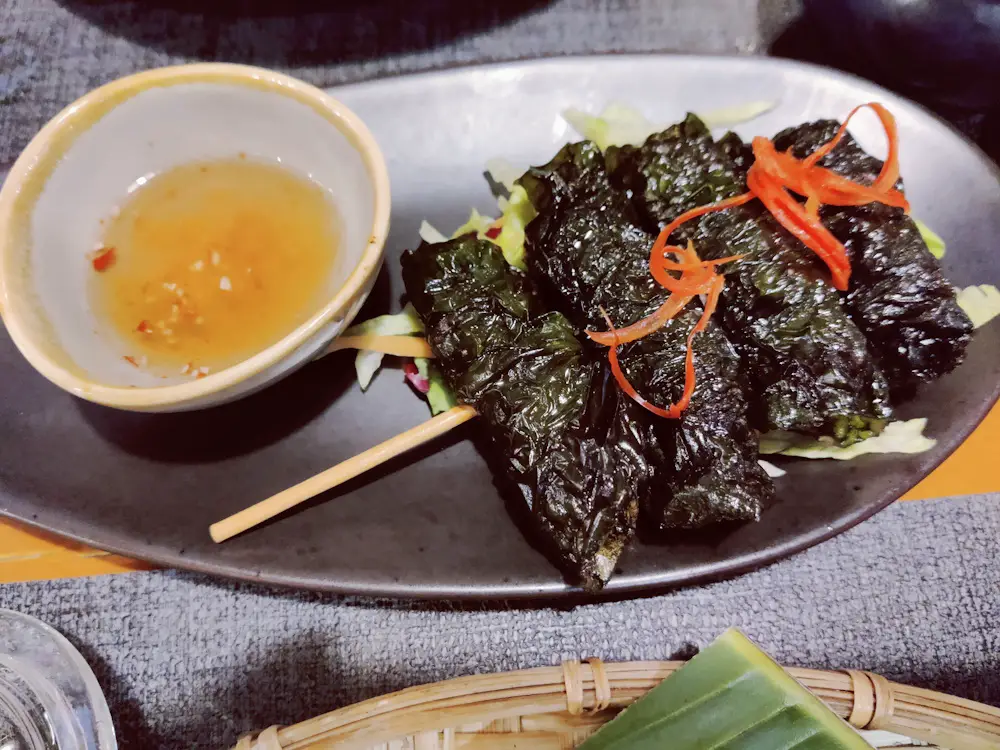
One of the best garnishes is Vietnamese pickled garlic, a zingy condiment. We have a recipe for this – it’s great for accompanying Vietnamese food but really versatile for other dishes as well.
Related Posts You May Enjoy

Mora Mora on the RN7 Madagascar – A Road Trip
Route Nationale Sept – the RN7 Madagascar – is one of the primary roads in the magical island that lies off the southeast coast of Africa. The road stretches from Madagascar’s capital city Antananarivo (also known by its more pronounceable name, Tana) to Toliara in the southwest of the country.
Madagascar is a very special place. The island separated from the mainland African continent 150 million years ago and, as a result, much of the wildlife evolved in a very different way. For example, the primates found in Madagascar are lemurs, not apes and monkeys. You won’t see any of the Big Five animals here but a lot of the flora and fauna is unique to the island and is absolutely fascinating.
The great thing about RN7 is that it covers a long distance – nearly 1000km – and winds its way through a variety of beautiful and diverse landscapes. There are several national parks located within a few kilometres of the road and these offer plenty of wildlife viewing as well as opportunities to explore the local culture.
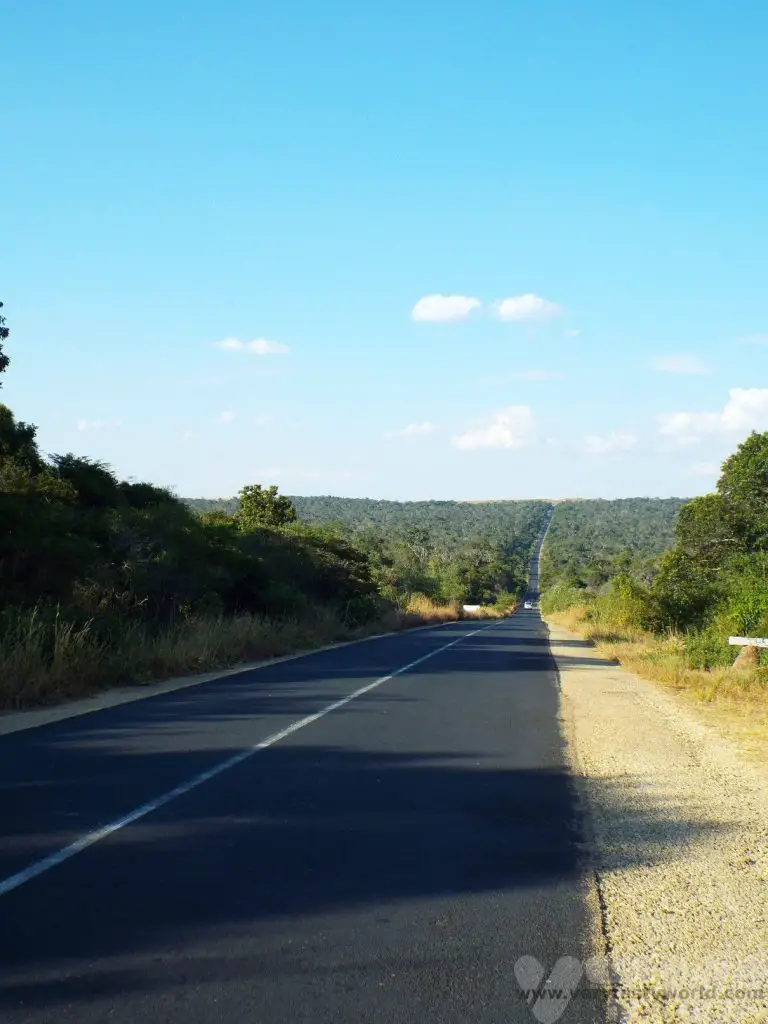
We travelled Madagascar’s RN7 from Toliara to Tana, having caught a flight with Air Madagascar to Toliara after our arrival in Madagascar, but it’s perfectly possible to do this trip in reverse. This journey took seven days to complete but can easily be adapted to spend more or less time at particular locations depending on your interests. We recommend a ‘mora mora’ approach to the trip. ‘Mora mora’ means ‘slowly, slowly’ in Malagasy – take time to travel and time to explore – it’s a very rewarding journey.

The travel times quoted here are the driving times and do not include the stops taken to enjoy activities along the way.
Toliara
Toliara is the major city in the Southwest of Madagascar. Located on the coast, Ifaty beach is perfect if you are after some seaside time.
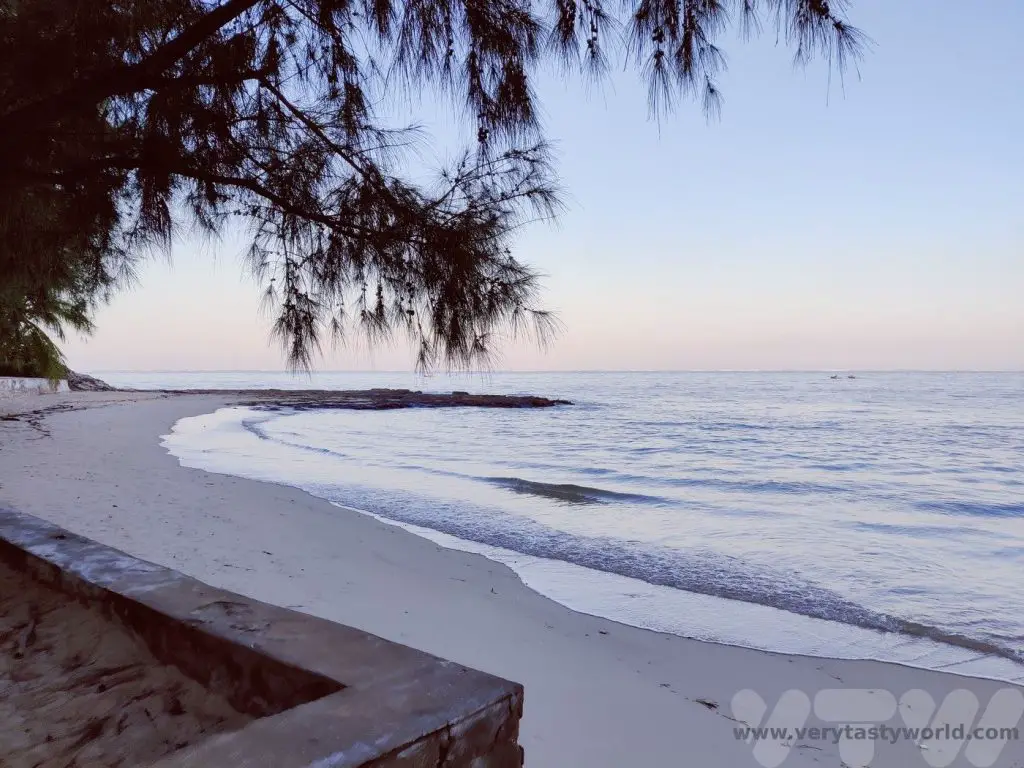
Toliara to Isalo
240 km (~4 hours)
We started our long journey at Toliara and enjoyed our first stop at the Antsokay Arboretum. This arboretum contains over 900 plant species, largely categorised as spiny forest, due to the hot and dry climate of the region. These plants are characterised by their ability to survive harsh conditions.
Following the short botanical trail we saw numerous different types of plant.
These included a number of species of fascinating elongated octopus trees which have small leaves and spikes. Some of them can be relied upon as a compass – they grow facing south to try to get moisture from any fog in the region.
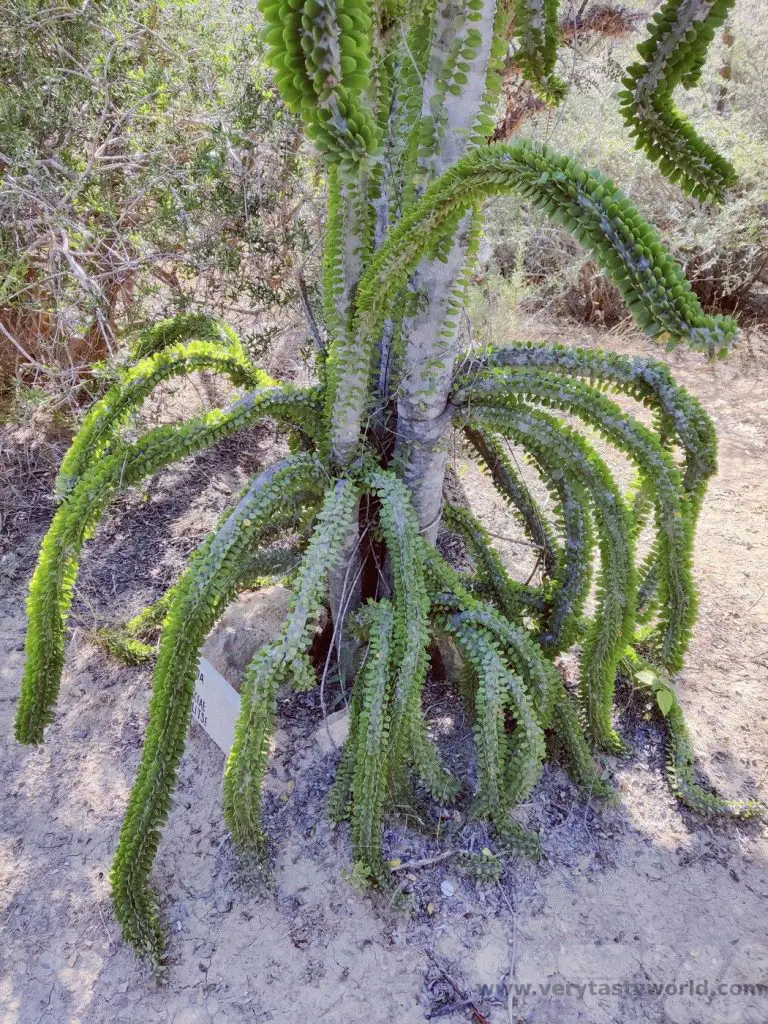
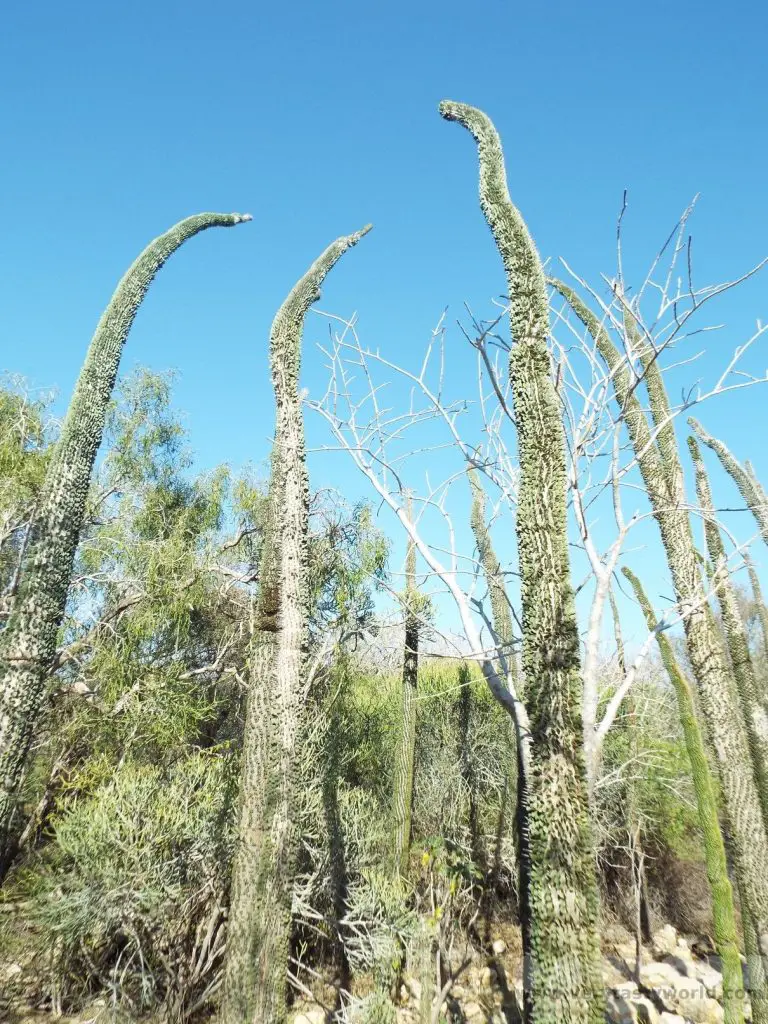
One of the best known species of tree in the region is the baobab, characterised by its huge trunk. This baobab was a teenager – only around 100 years old.

Some trees look like baobab but are fake. This one is known as an elephant’s foot.
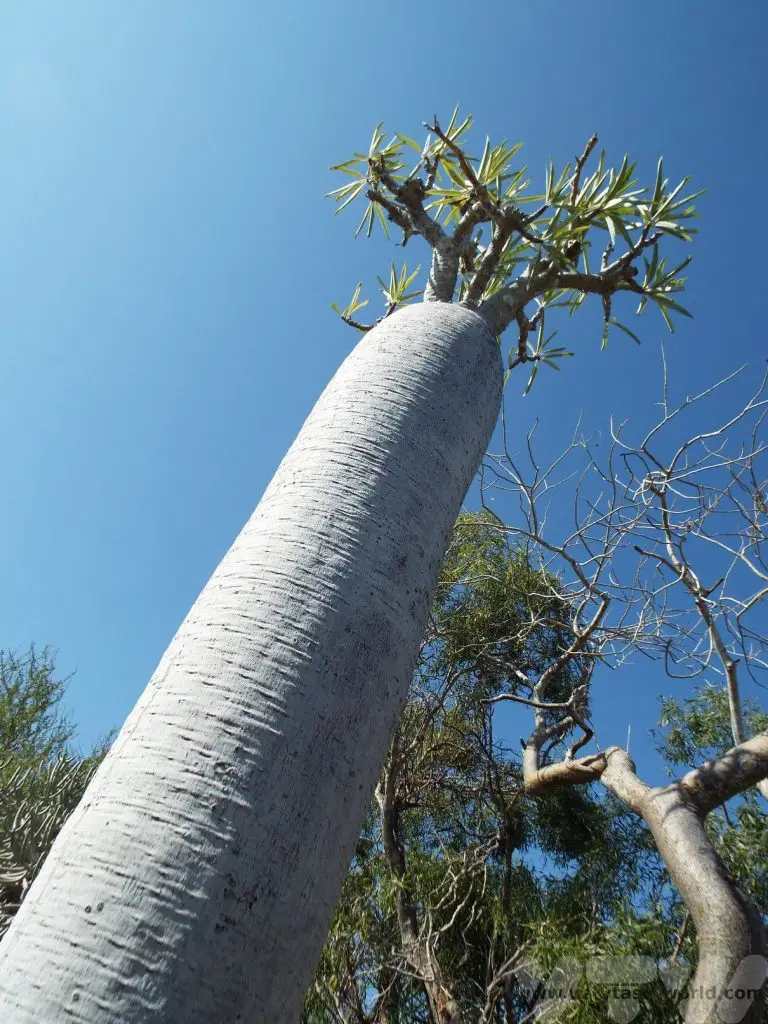
Malagasy people have an amusing approach to their mothers-in-law. The plant on the left, with its sharp points is colloquially known as mother-in-law’s tongue. And this cactus is called a mother-in-law’s cushion.
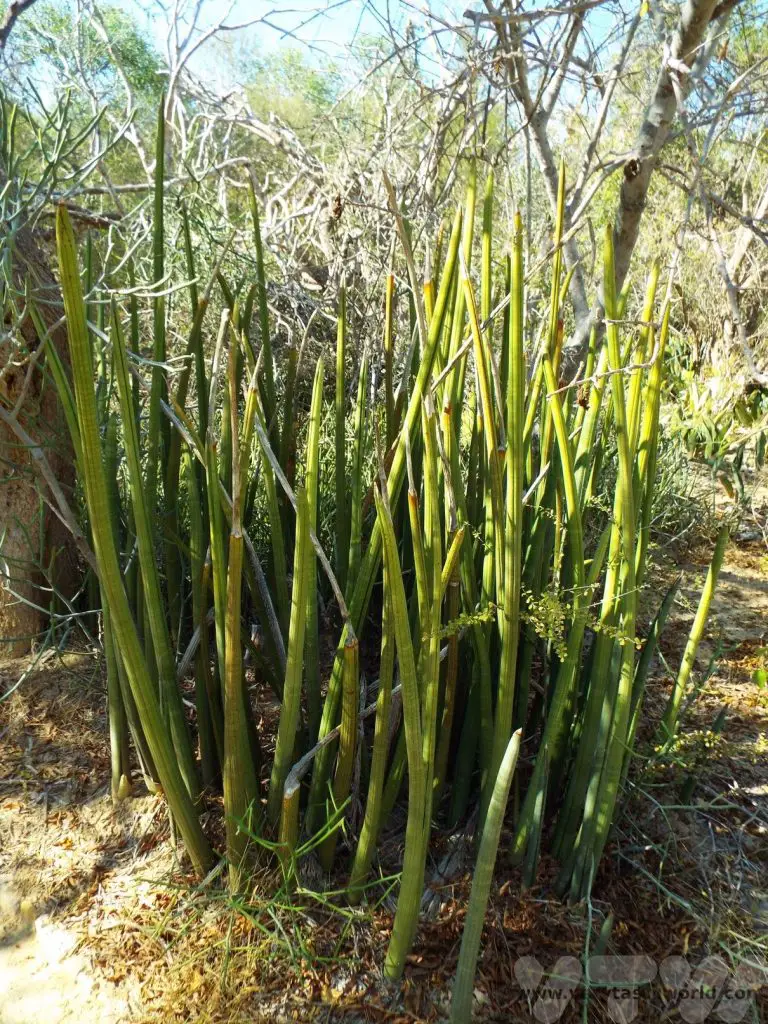
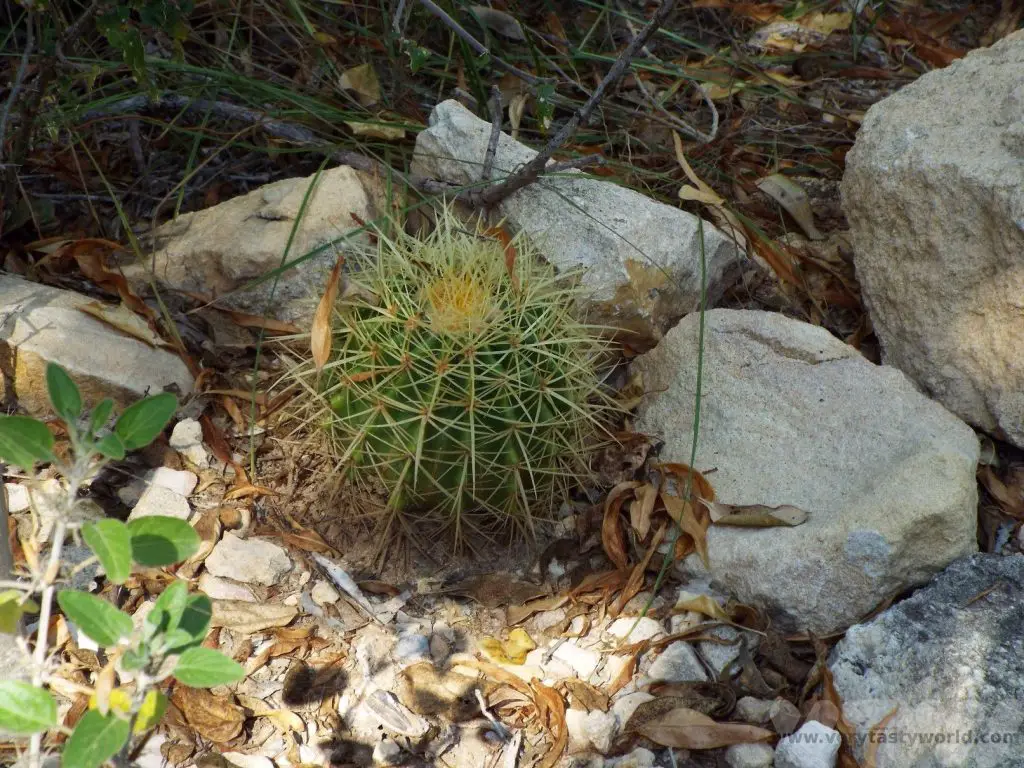
And we met our first chameleon. This was a male. He can change colour within a minute.
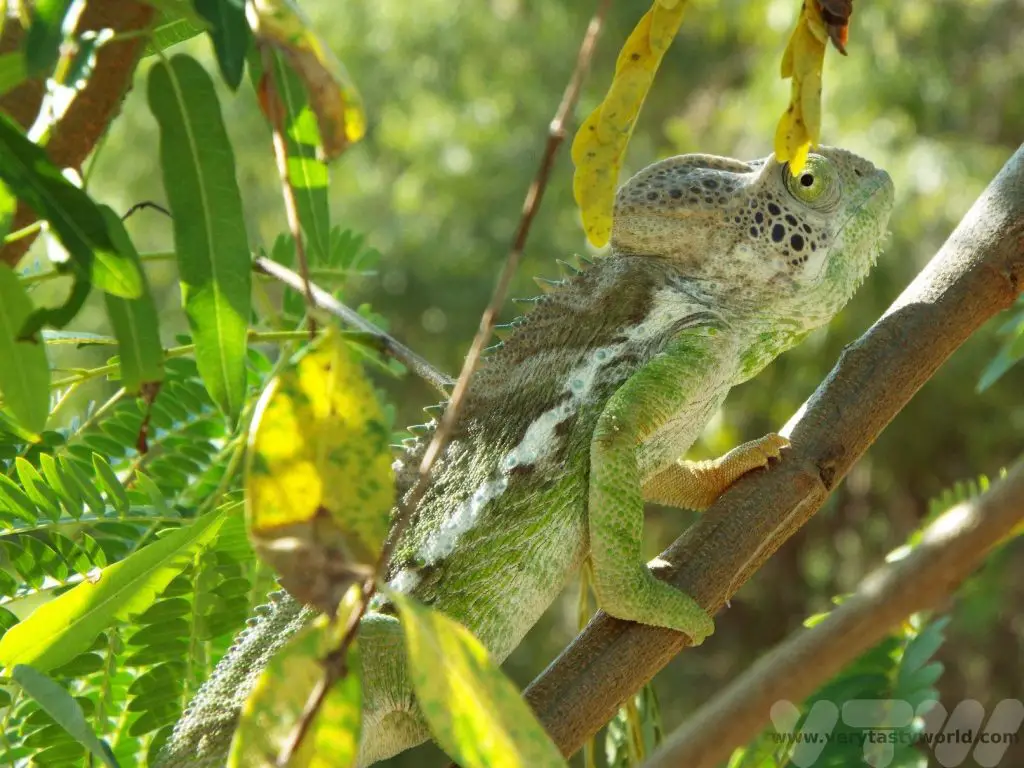
Then it was back on the RN7 for a couple more hours. Our next stop was Zombitse-Vohibasia National Park which is located around 150 km from Toliara. This is a dry deciduous forest – a transition area between the dry forests and more humid regions of Madagascar.
We particularly enjoyed viewing the baobab trees in this park. These remarkable trees predate human beings and can live for up to 5000 years. Their ability to store water in the bulbous trunk means that they can survive dry seasons as well as forest fires. They can grow up to 30m high and the biggest can be 50m in circumference. They have branches that look like roots. There is a legend that the baobab told god that it was the most beautiful of all the trees. Its arrogance angered the deity so much that he picked it up, flipped it over and planted it back in the earth upside down.
At Zombitse-Vohibasia there is a twin female tree which was 800 years old and a male that was 900 years old. Their roots are relatively shallow but can extend up to 50m horizontally underground in order to provide support for the tree.
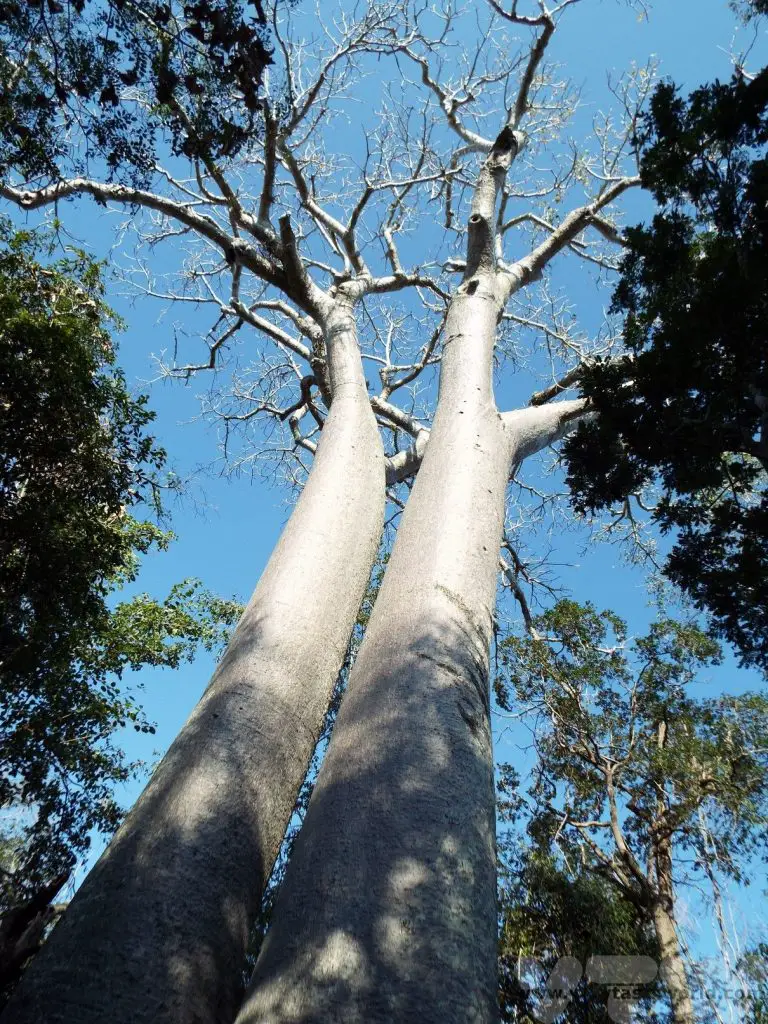

We also met our first lemurs. A nocturnal brown lemur who glared at us because he should have been asleep and a white sifaka.
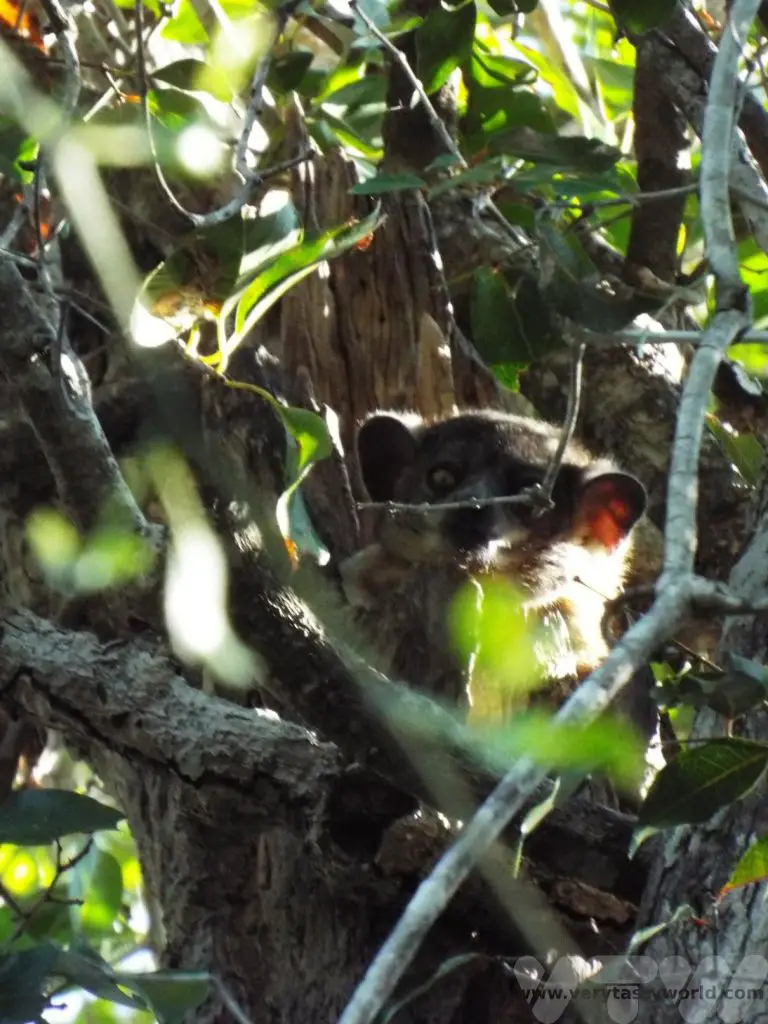
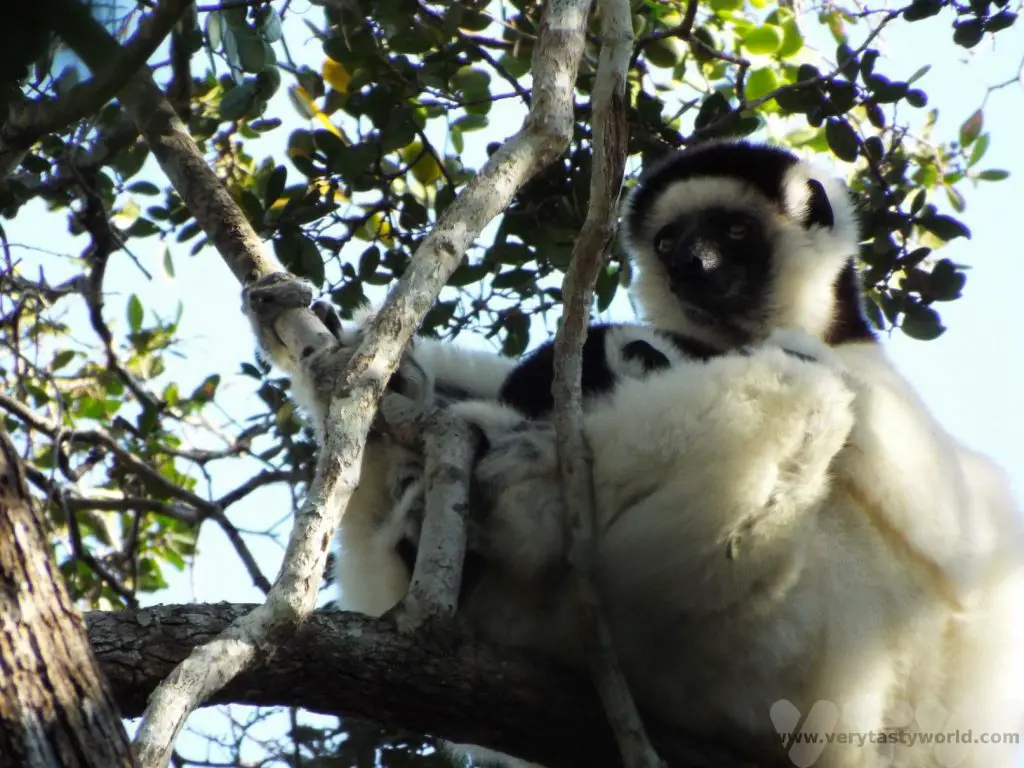
Travelling further along the RN7 as we approached Isalo the scenery changed from flat, extensive plains to a more rocky landscape. No visit to the area would be complete without visiting the Isalo window at sunset and our timing was just perfect. The window is a rock formation with a convenient hole that faces west, perfect for viewing the beautiful sunset. The window is just off RN7 and very easy to reach from the road.
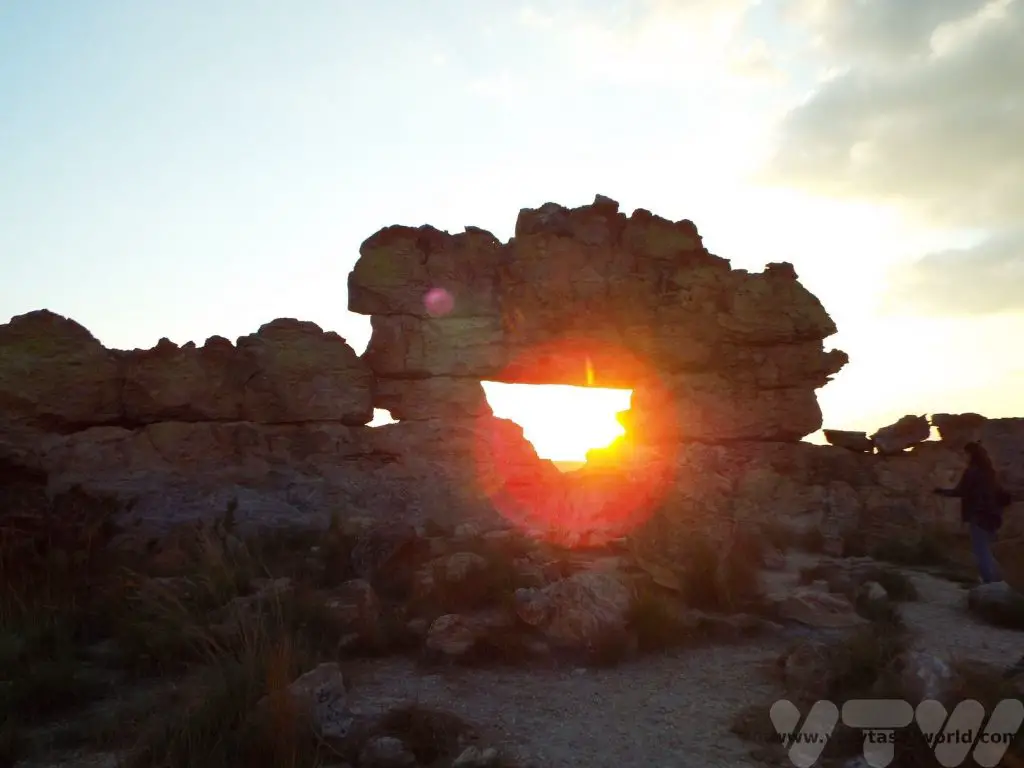
Isalo National Park
We spent the following day exploring Isalo national park. There are plenty of trails in the area, ranging from short hikes to a seven day trek. We chose the 14km trail. We met with our park ranger and drove to the start point.
The walk involved climbing up steps to view some dramatic ridges.

We saw tapia trees which had survived a catastrophic forest fire in the area. The views from the ridge were magnificent.

A walk along the relatively flat ridge led to a small waterfall with a pool where it was possible to enjoy a quick swim.
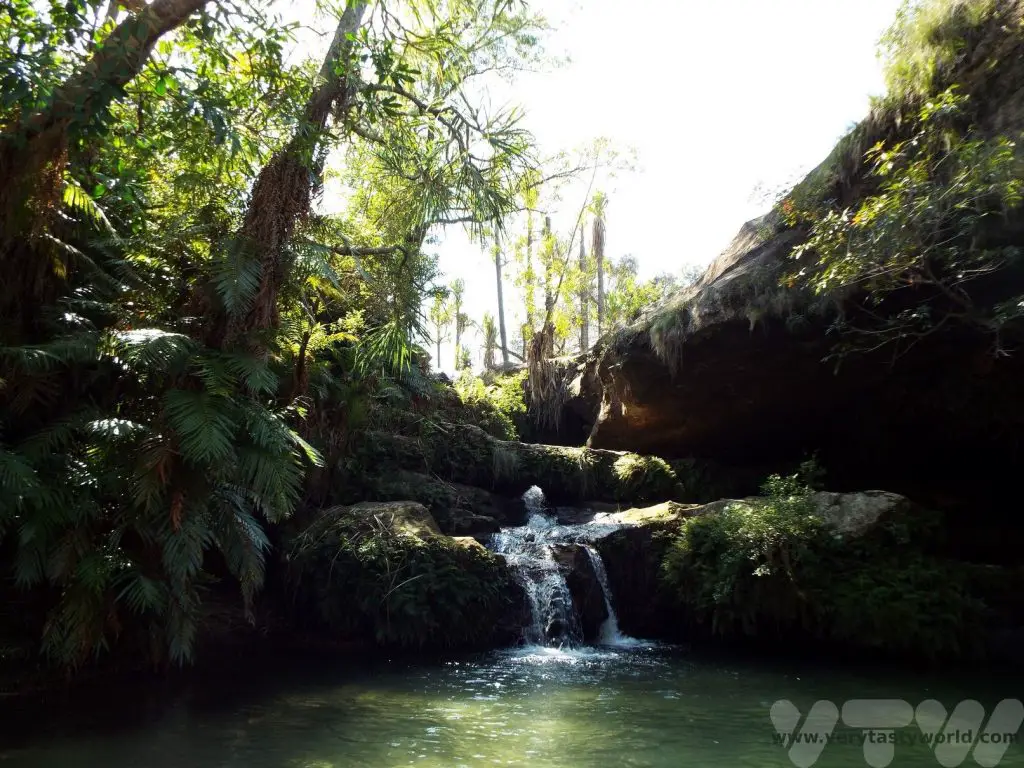
After a very pleasant dip in the pool, we walked along another flat section before climbing down the ridges. At the bottom, by the river, we discovered some white sifaka lemurs and ring-tailed lemurs.
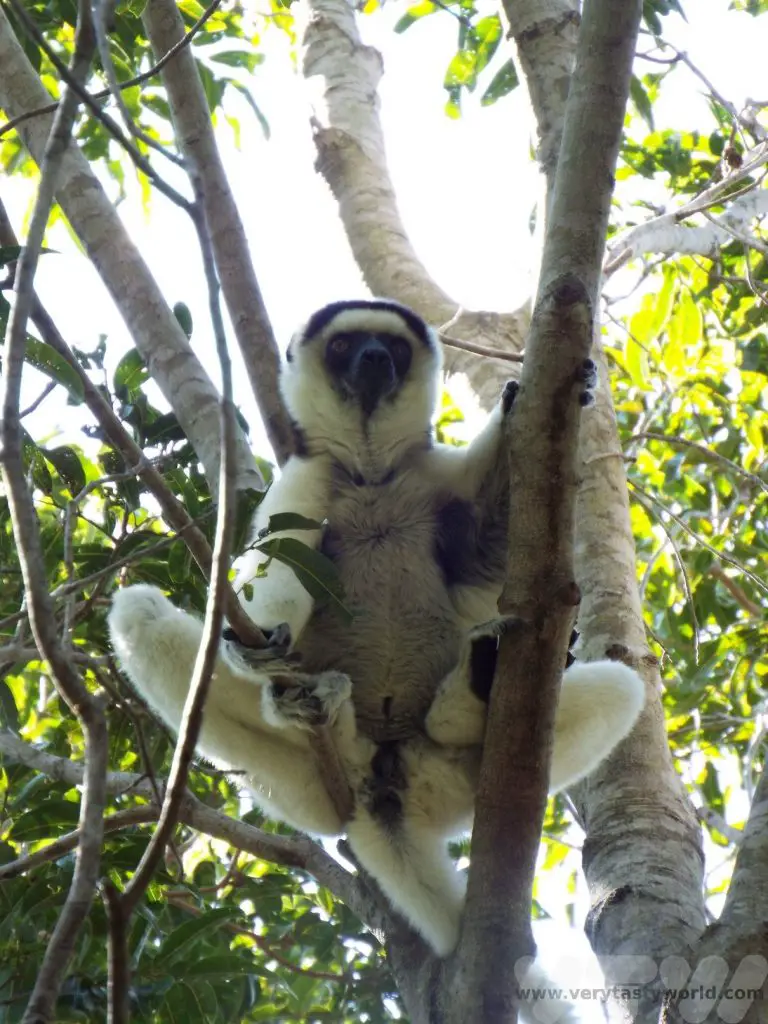
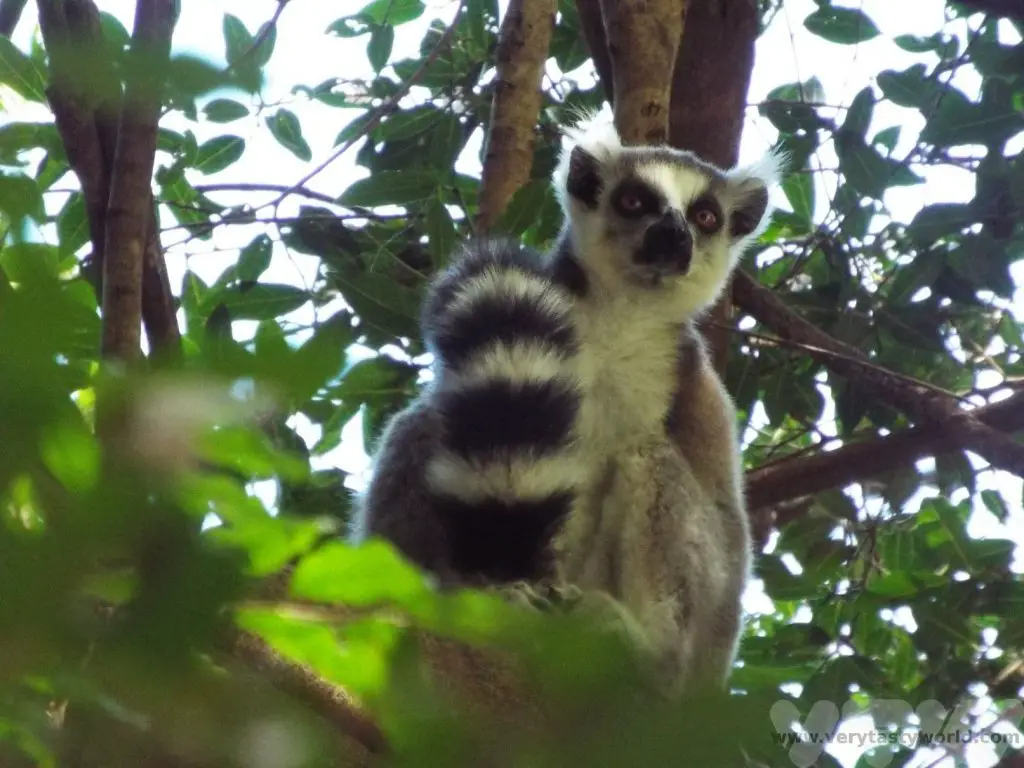
One of the most wonderful things about Madagascar is the night sky. Don’t forget to look up at night. It is possible to see the most brilliant views of the Milky Way. If you’re from the northern hemisphere, the stars are very different. The photo below was taken with a cheap phone camera. We would never have been able to capture these stars in the light-polluted skies at home.
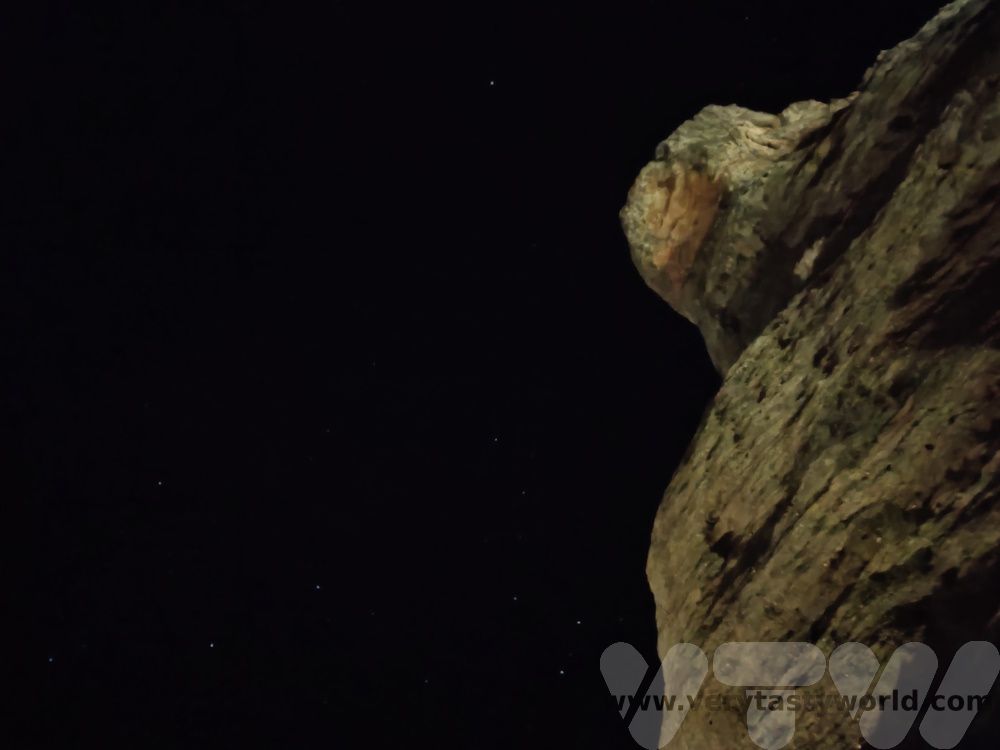
Isalo to Andringitra
210km (~2 hours on RN7 then ~1 hour for 20km on a very bumpy dirt road)
Another day on the road, we departed Isalo early in the morning. The RN7 has a landmark by the side of the road, a rock called the Lady Queen of Isalo. It is so distinctive that it appears on the 1000 Ariary banknote.


Andringitra
A little out of the way but definitely worth enjoying/enduring a ‘Madagascar massage’ along the extremely bumpy, rumbly dirt track, this area of outstanding beauty is a climbers’ paradise. Many professionals come to the area to climb the dramatic granite rock faces.
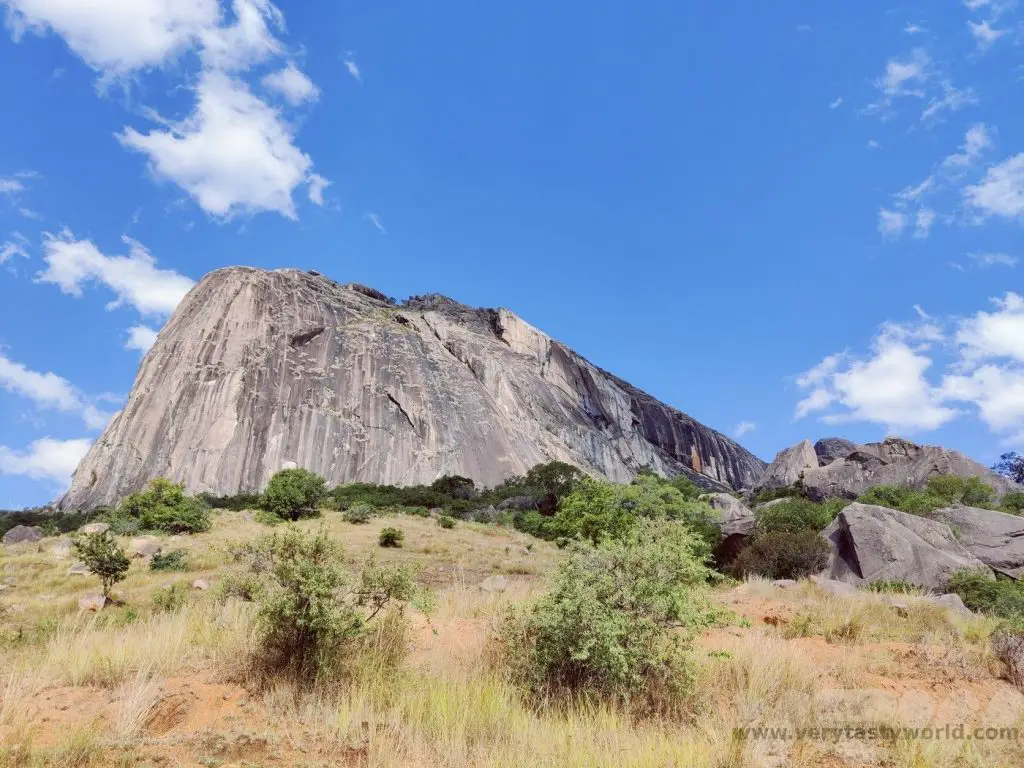
There are a couple of walks available for the less intrepid and we enjoyed both of these. A hike to the base of the ‘chameleon rock’ affords amazing views of the surrounding area when you reach the summit.
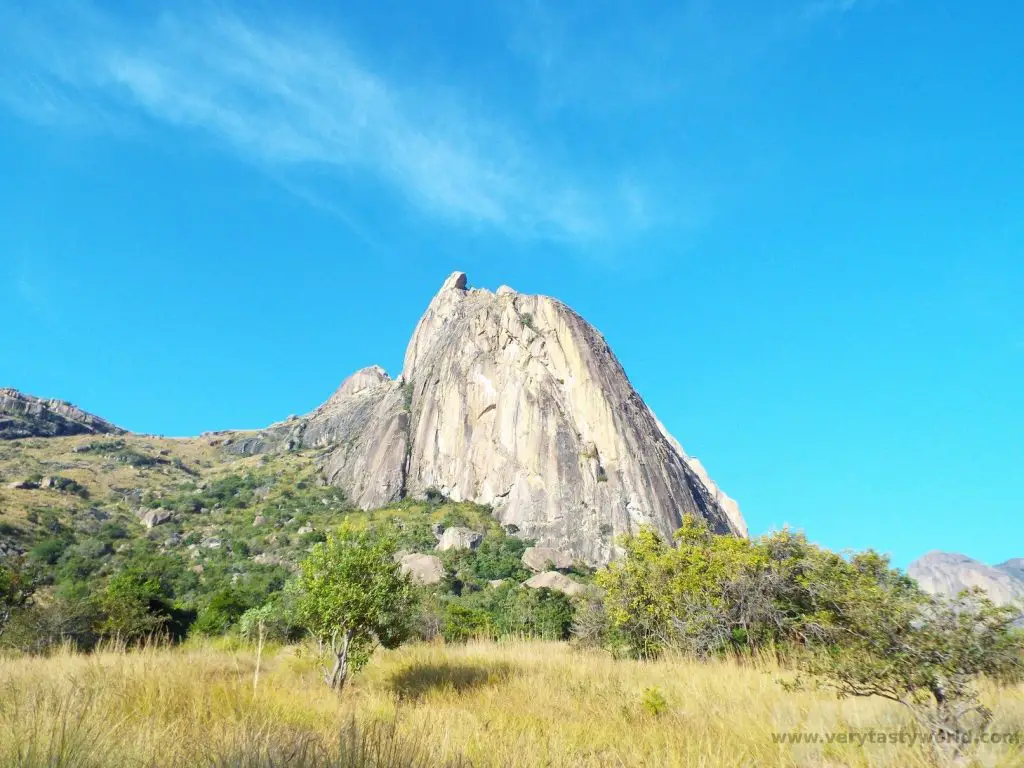
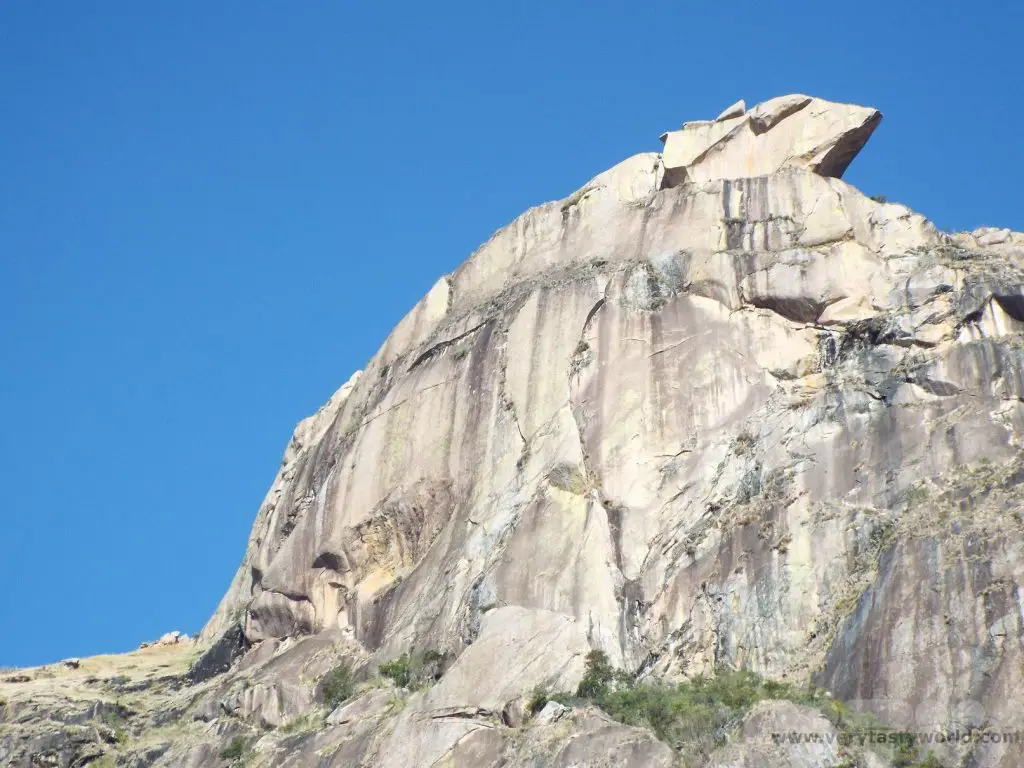
It’s about a 600m ascent and the view from the top of the ridge is spectacular.
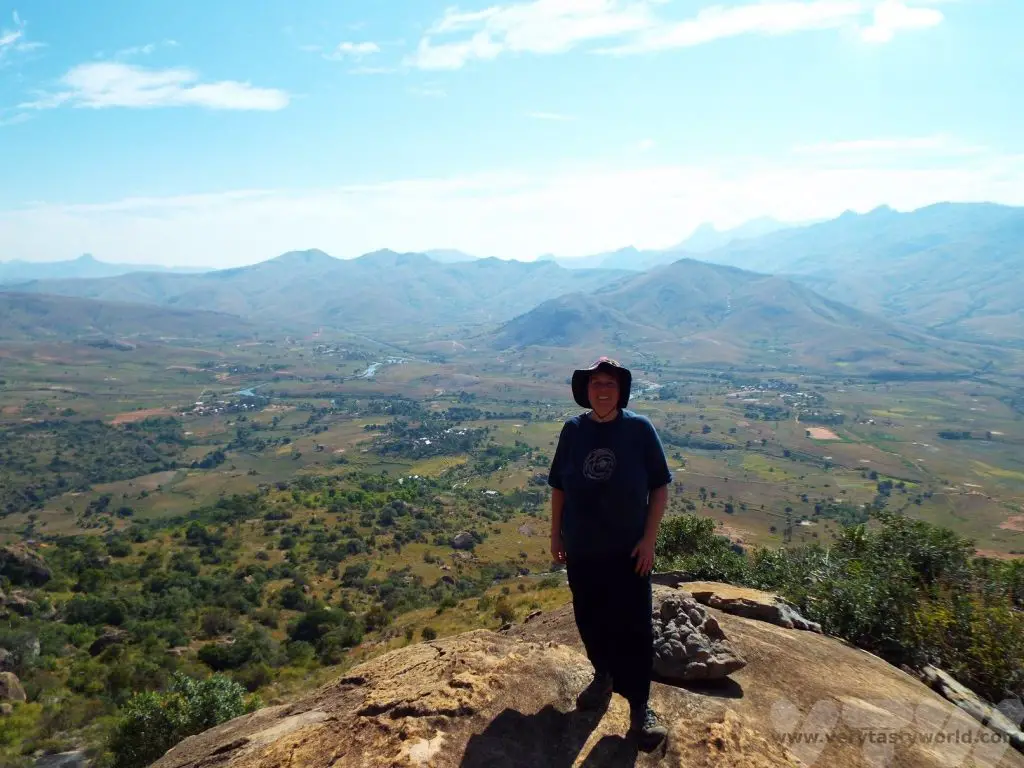
And there’s also a lovely easy stroll through the fields and paddy fields to a natural swimming pool…
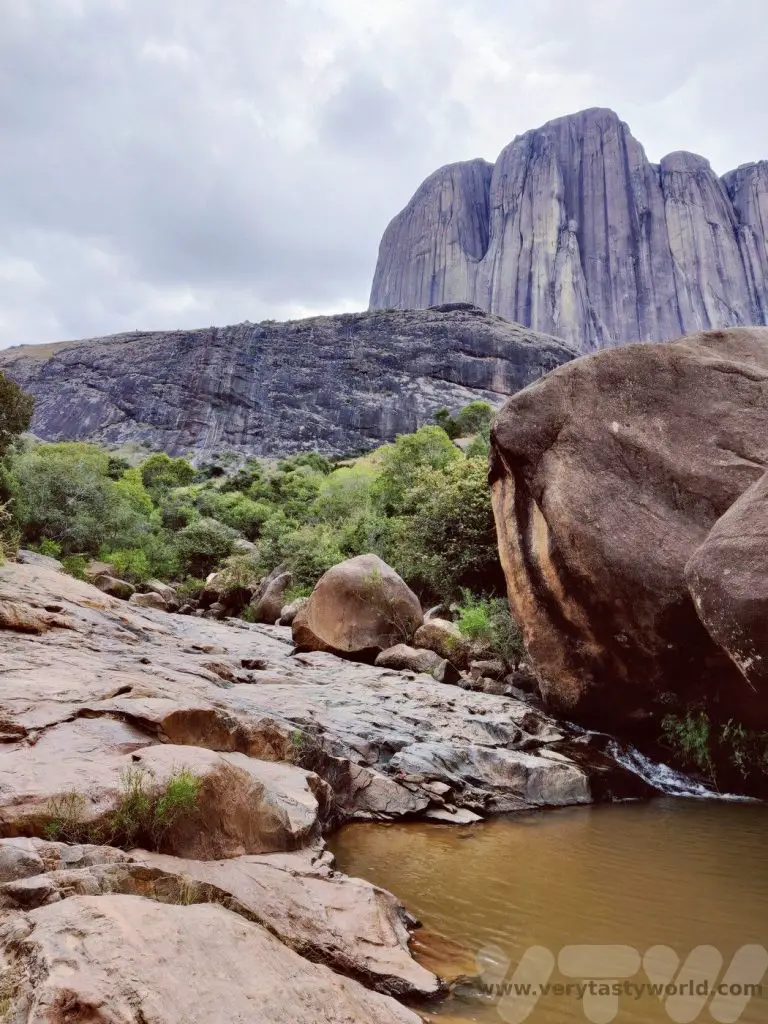
… and then through the forest, where you can see ring-tailed lemurs, and on to the local village. It was interesting to learn about the crops grown in the area and how the plants of the forest were used for medicinal and other practical purposes.
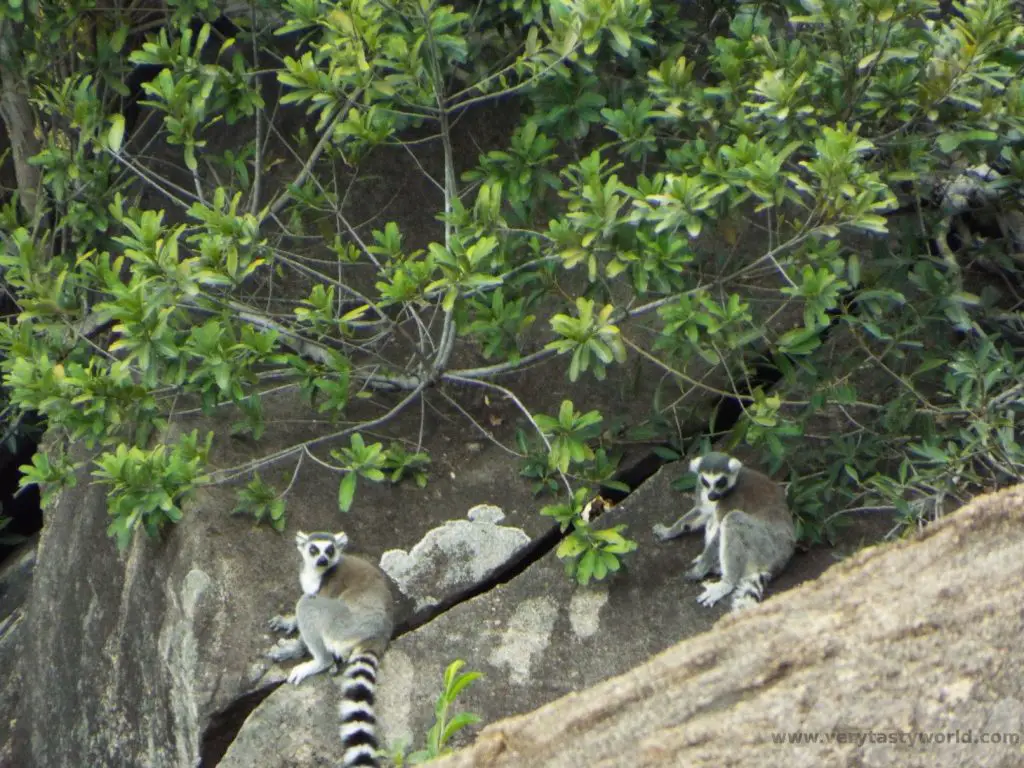
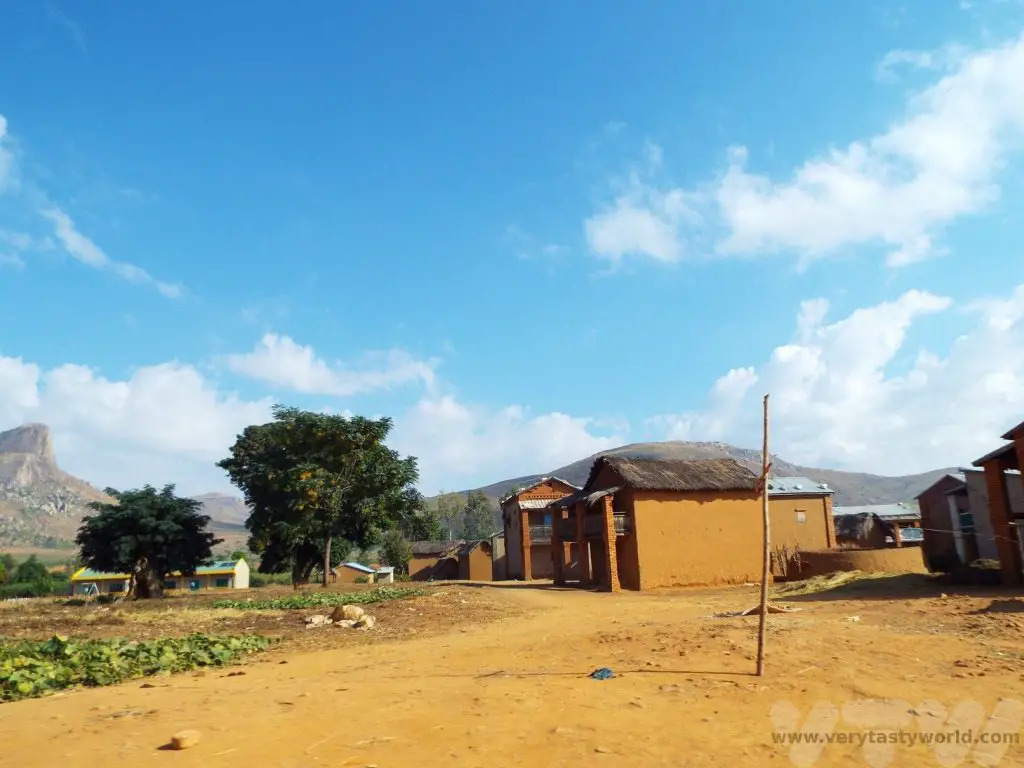
Andringitra to Ranomafana
350km (~5-6 hours)
This was another long drive day but we had a few stops on the way. The Anja Community Reserve, south of the district capital city of Ambalavao, is a community-run forest where local people were able to guide us and we could spot some of the local ring-tailed lemurs.
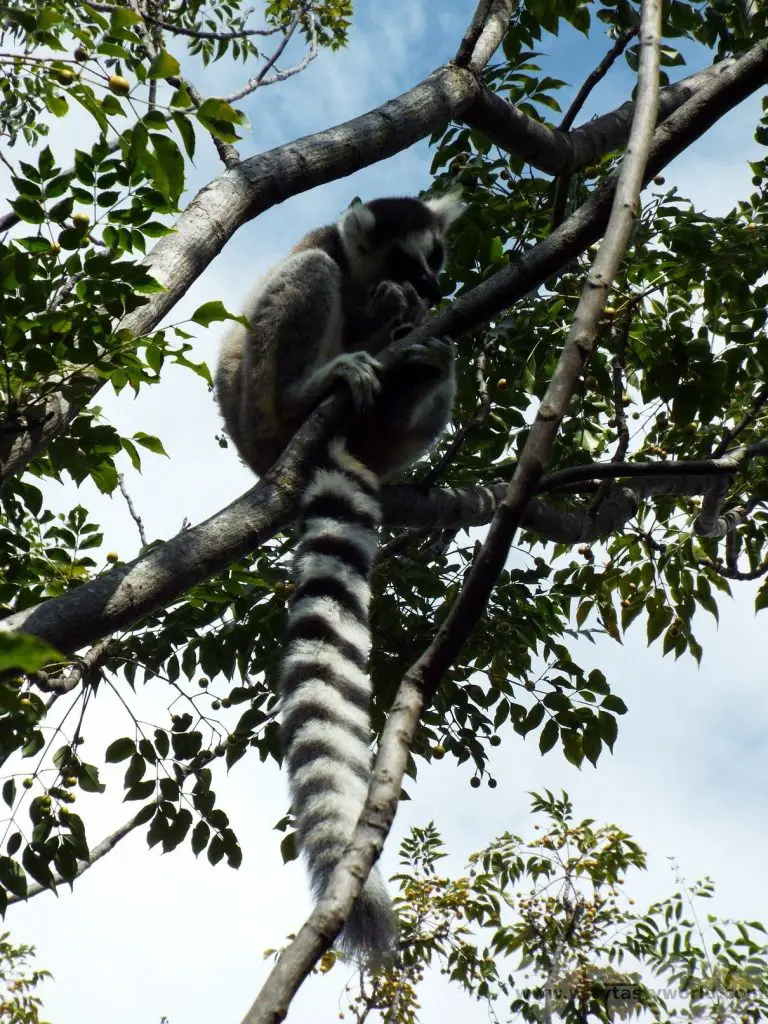
This would be the last place we would see the ring-tailed lemurs. Different species of lemur tend to live in specific parts of Madagascar. The ring-tailed lemurs have 14 black stripes and 14 white on their tails. They are fascinating to watch – lively and agile as they leap through the trees.
After a short drive to Ambalavao, the major city in the area, we arrived on zebu market day. Zebu are the livestock of the Bara tribe. They are cattle which have a distinctive hump, related to the species farmed by the Maasai in Kenya and Tanzania. Zebu is a common meat eaten in Madagascar and the hump is considered to be a delicacy. People travel from miles around to buy zebu at the market. The bull in the picture on the right (below) was worth about 2.5million Arairy (about $500 US).

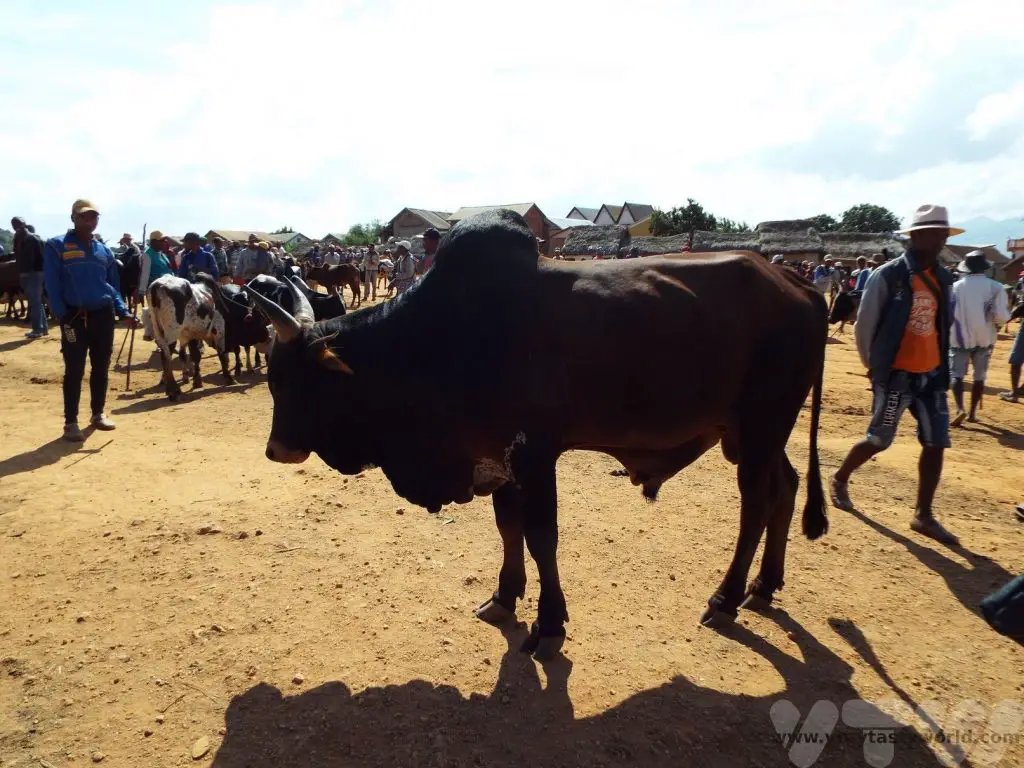
We also visited a paper-making facility of the Antemoro people. It’s very pretty flower-embedded paper.

Ranomafana National Park
The deciduous rainforest of Ranomafana marked another transition in geography.
It was dark when we arrived at Ranomafana but we had a night walk planned. Walking along the road (you are no longer allowed to walk inside the rainforest because it is really dark and people have fallen over tree roots in the past) it is possible to spot many different creatures, including chameleons (which don’t change colour at night), frogs and, if you are lucky, the shy nocturnal mouse lemur, the smallest of all the lemurs. (We didn’t get lucky here but we did later in our trip.) The chameleons were fascinating.
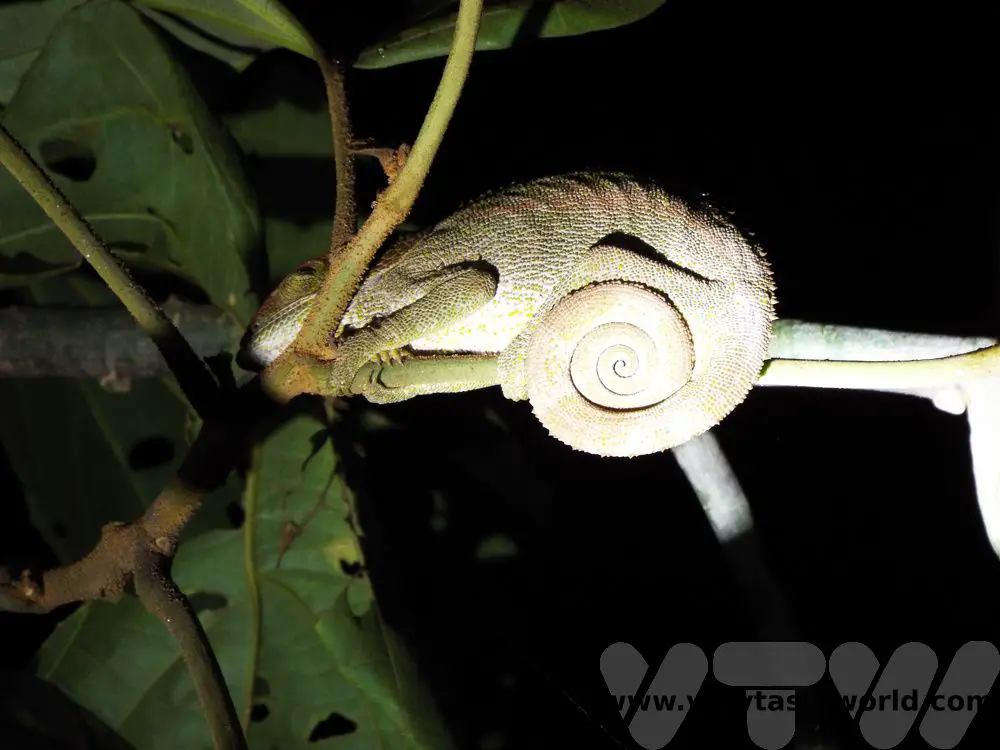
The blue-legged chameleon was particularly colourful.
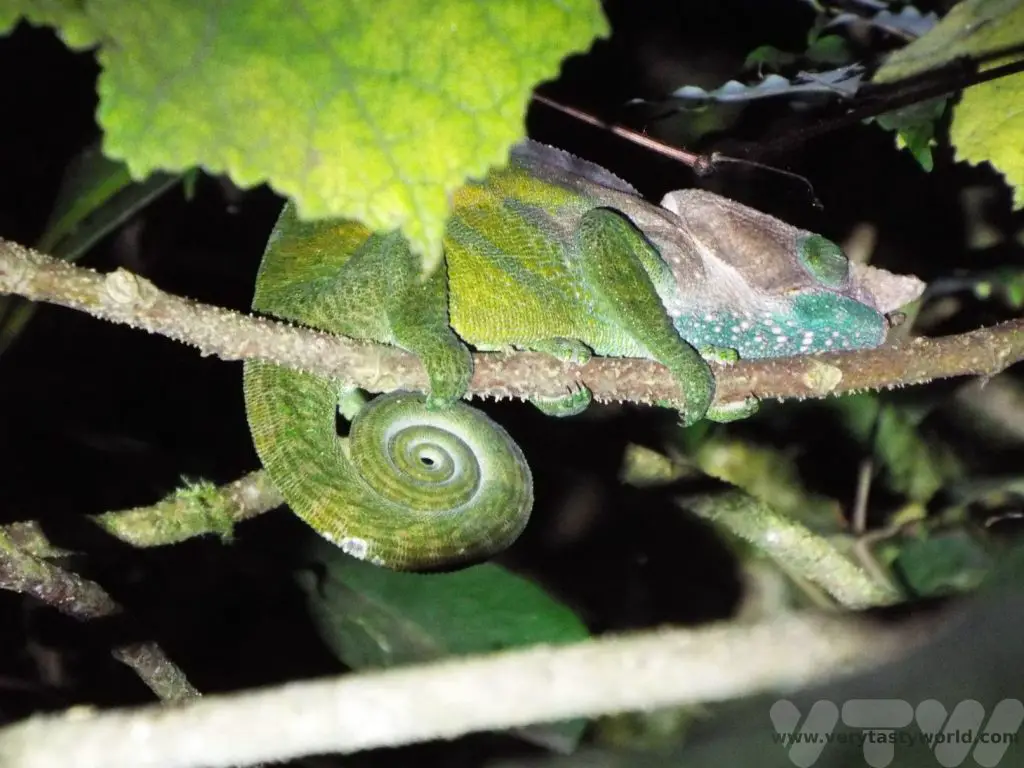
The following day we visited the rainforest. The Ranomafana forest is huge, covering more than 41,600 hectares (161 square miles). It was established as a national park in 1991 and has a research centre. Scientists travel from all over the world to discover and learn about its flora and fauna.
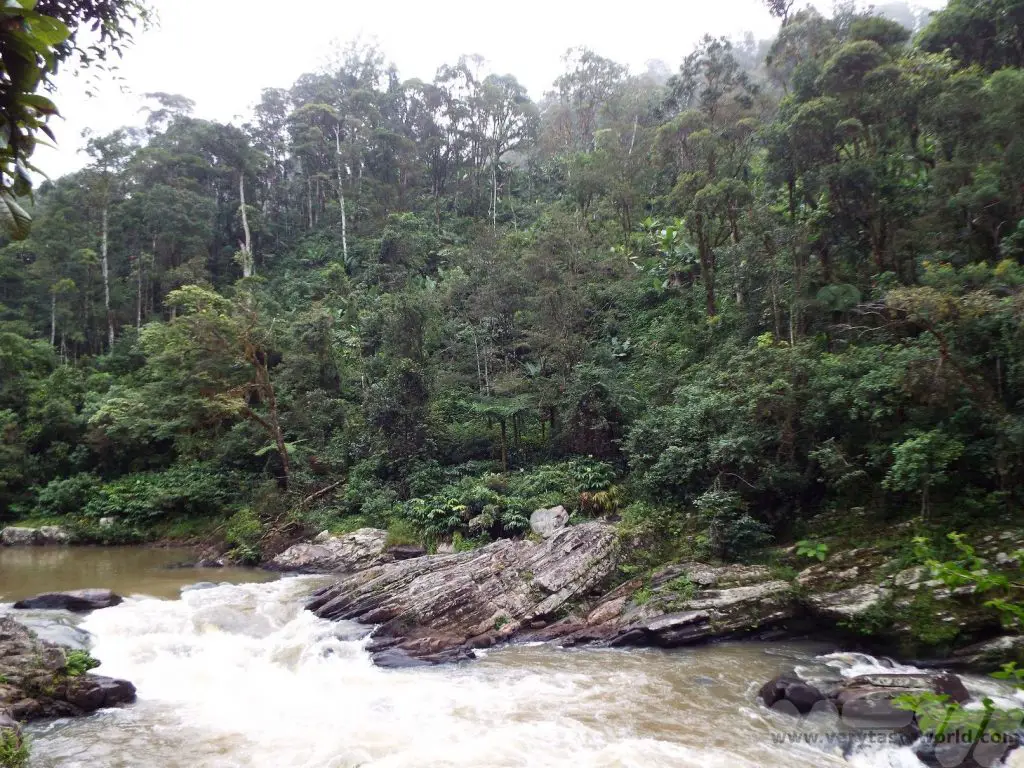
It has seven diurnal species of lemur and four nocturnal. With our excellent guide, Chantal, aided by expert spotters, we were able to see four species of lemur, including the critically endangered greater bamboo lemur.
We also saw the golden bamboo lemur.

Red-fronted brown lemurs have incredibly expressive faces.
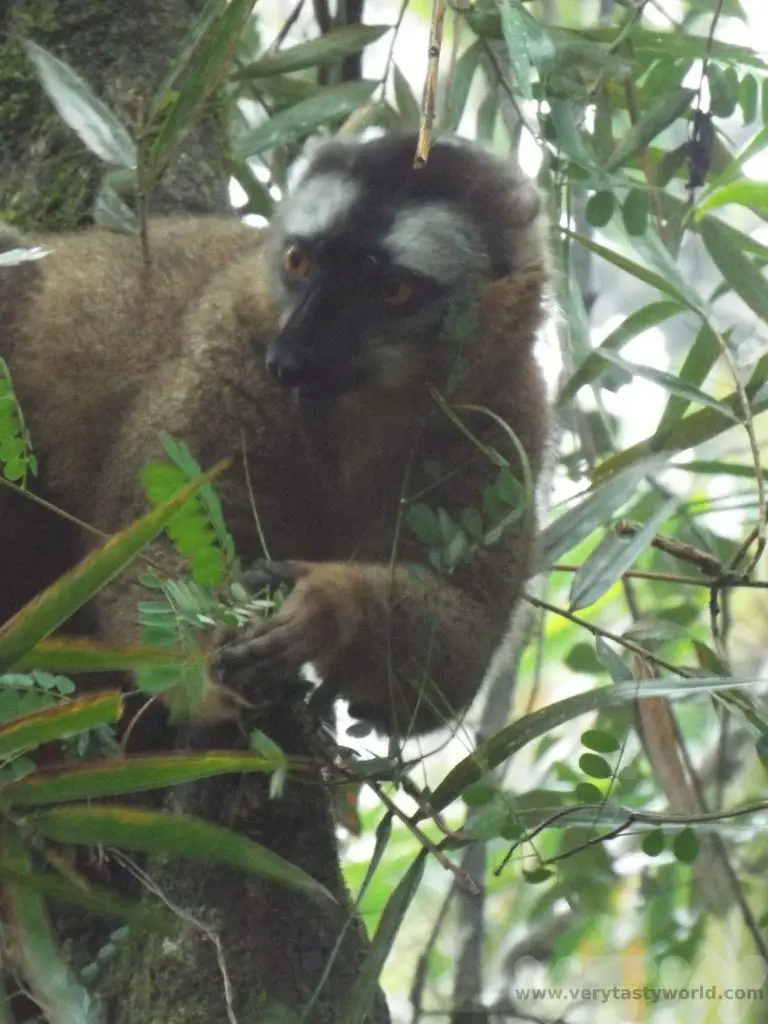
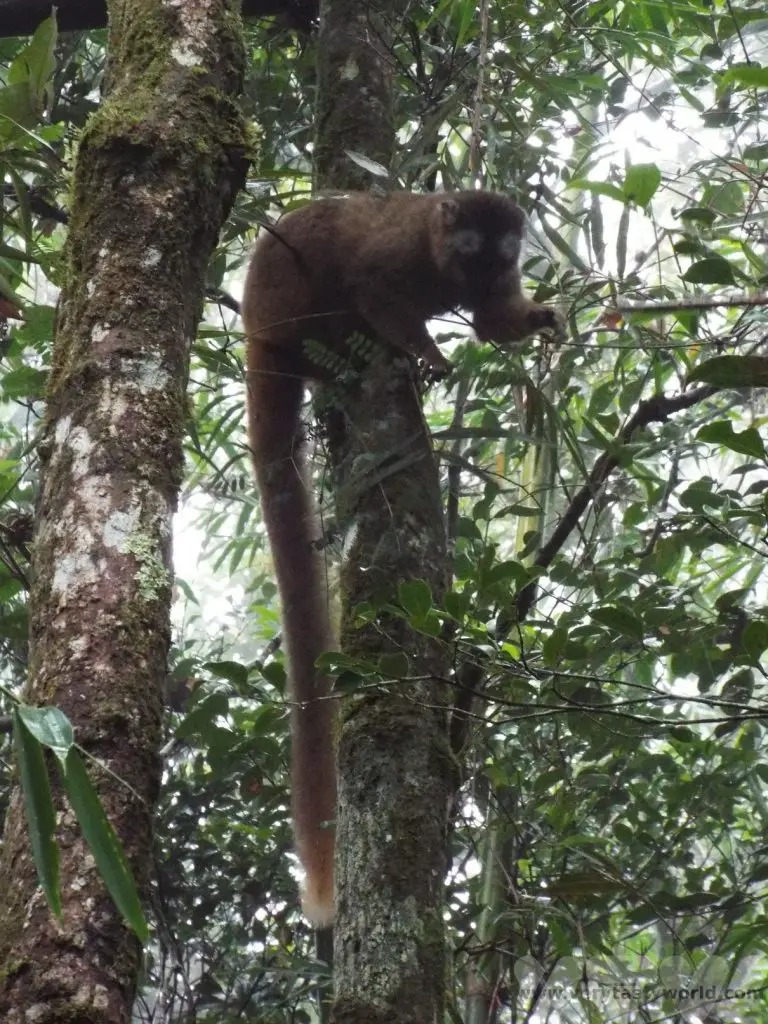
The red bellied lemurs were wonderful to watch, leaping through the trees.

Another creature that totally befuddled us was the brilliantly named satanic leaf-tailed gecko. Our spotter told us there was a gecko on a tree – could we see it? The answer, despite looking really carefully, was an emphatic “no, but there is a dead leaf.” We had to move around the tree to get a picture that actually looked like a gecko.

In the afternoon we visited a local vanilla plantation. Vanilla is not indigenous to Madagascar but originated in Mexico. However it is widely acknowledged by many chefs that Madagascan vanilla is amongst the best in the world. A huge amount of work goes into producing this sought after spice. The plants are hand-pollinated because the bee that pollinates vanilla in Mexico doesn’t exist in Madagascar. The temperature and humidity are important factors in growing the plant.


There are strict regulations on the production and harvesting of vanilla. Plants are marked so that each plant is assigned to its farmer and pods can only be harvested at a particular time of year. The Government monitors production. The pods are harvested then blanched in hot water for three minutes. They are then sun-dried over 10 days – the heat and humidity levels need to be just right.
We couldn’t visit and not buy some vanilla pods – and other spices such as cinnamon, wild pepper and wild ginger – to bring home as foodie souvenirs. We were advised to keep them in an airtight glass jar, although the pods apparently can also be frozen.
Ranomafana – Antsirabe
250km (~6-7 hours on bumpy road)
Another long drive day of driving with a couple of cultural stops.
We passed through the Betsileo region which is known for the wood carvings of the Zafimaniry people, acknowledged as a UNESCO Intangible Cultural Heritage.
The Zafimaniry community have a woodcraft heritage. Foresters and craftworkers have a highly skilled knowledge of the local wood and how to craft it. We visited a workshop where we could meet craftsmen who not only carved intricate and beautiful pieces from mahogany and rosewood, we also saw them make their own tools. Even to the extent of making the blade for a hand-pulled bandsaw.
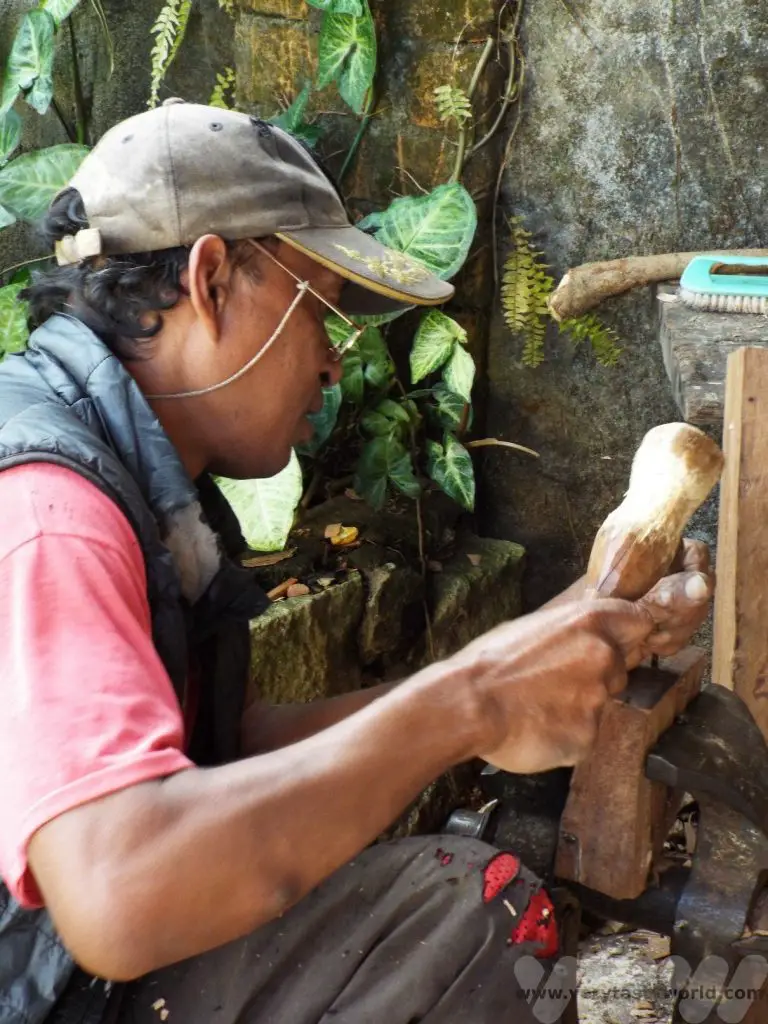
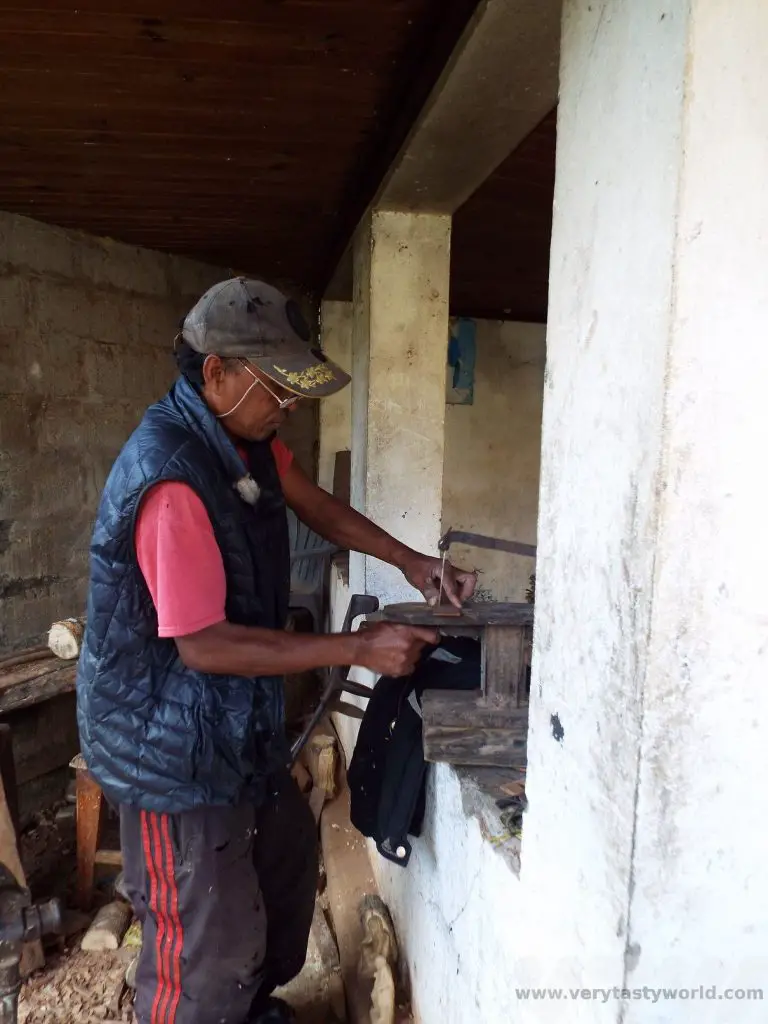
The quality of the products is exceptional. There is a large shop and, while we sometimes get a bit annoyed by visiting a small workshop followed by a big shop, we couldn’t resist buying a number of these top-quality pieces.
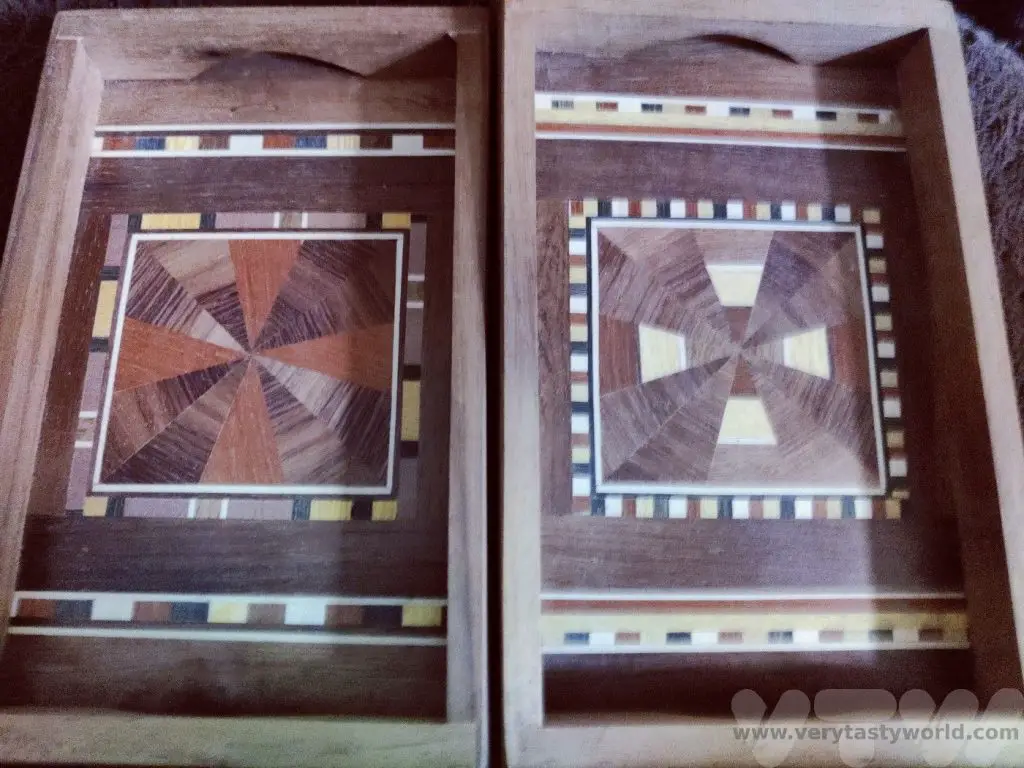
We also enjoyed a Malagasy lunch with traditional dance and music.
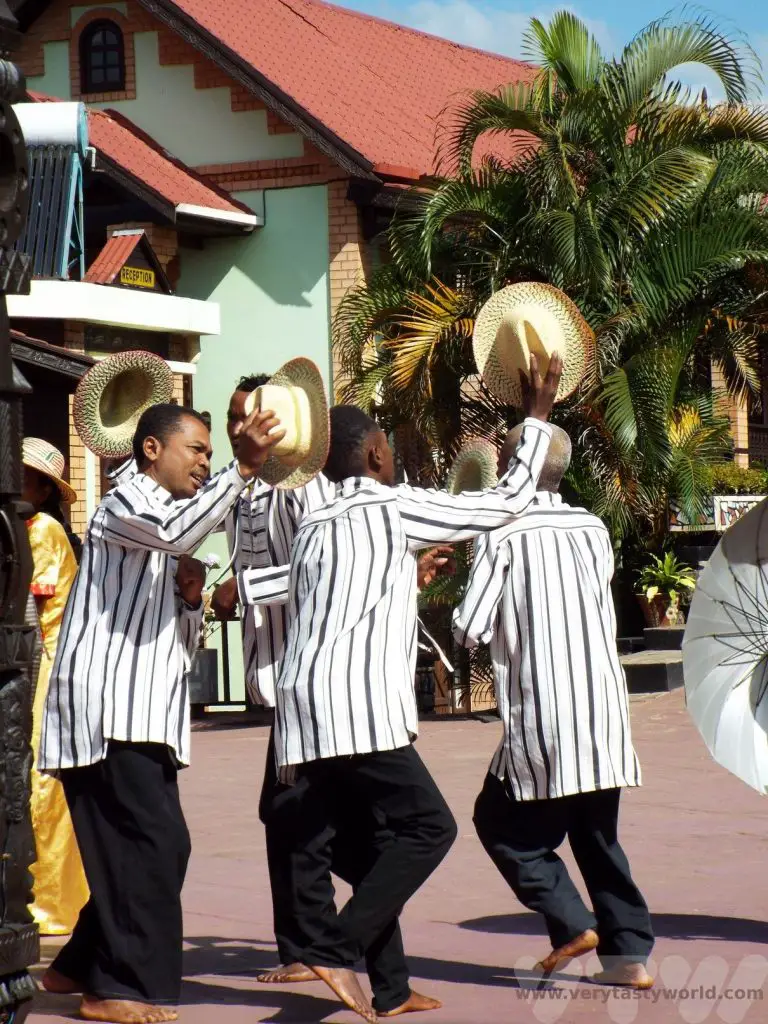
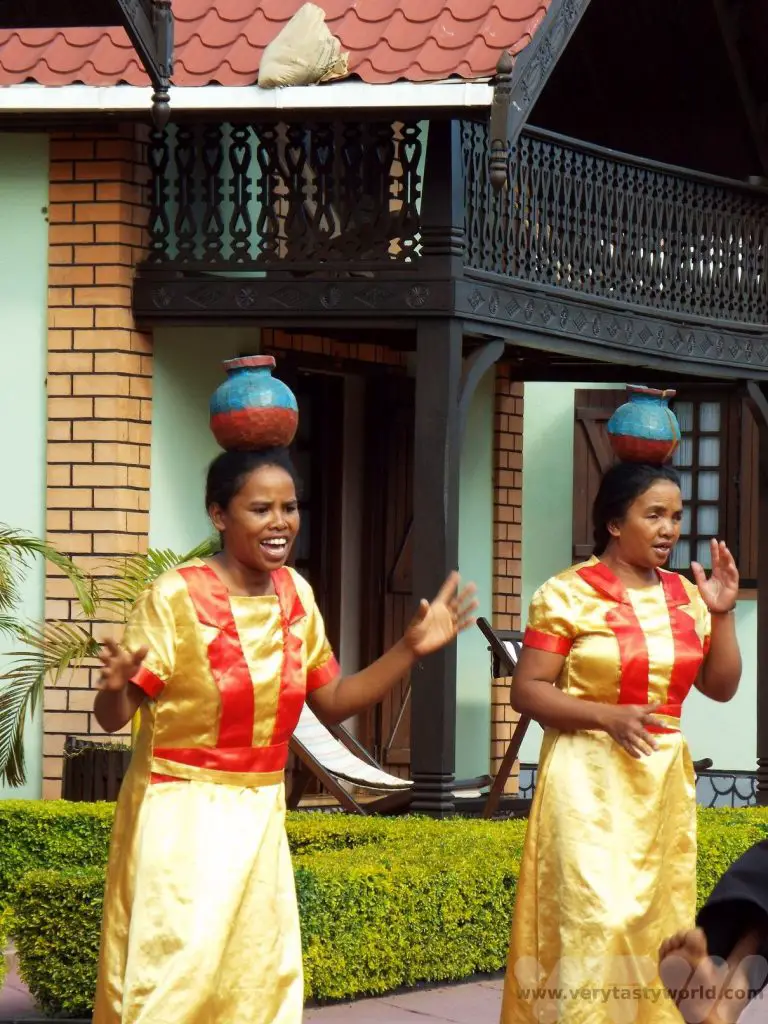
Rice is a staple in Madagascar. We saw paddy fields all over the country. The Betsileo are farmers and are one of the wealthiest tribes in the country due to their impressive cultivation techniques.
We enjoyed red and white rice with zebu steak, tilapia fish with chilli and ginger spices, beans and belly pork cooked with cassava leaves.
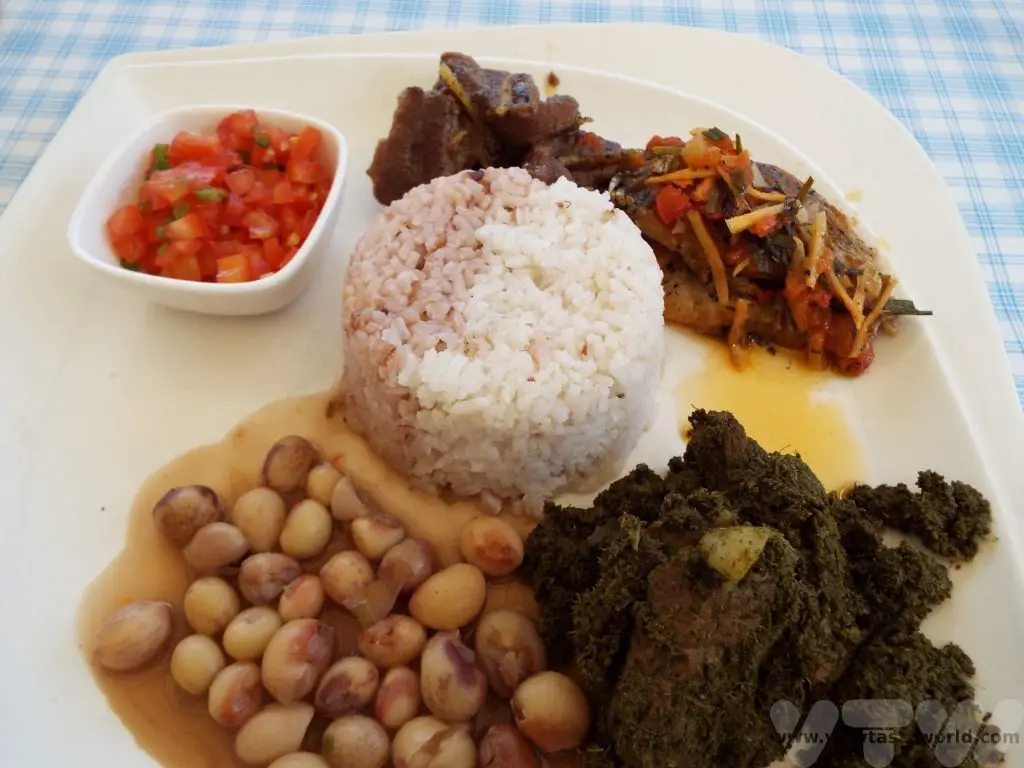
Antsirabe – Antanananviro
150km (4-5 hours drive)
Antsirabe is the third largest city in Madagascar and is an important commercial centre. It’s also home to the brewery which makes the national brew Three Horses Beer or THB as it is affectionately known. It’s a light, refreshing pilsner and we enjoyed it many times during our trip.
We had a long drive ahead so only had a short time to explore Antsirabe. We visited a famous precious stones facility and learned about the minerals that can be found in Madagascar. It is famous for its sapphires. We bought a lovely piece of crystalline, a stone that can only be found in this country.
We also visited Independence Square, a long avenue which contains a park. It commemorates Madagascar’s independence from French colonialism. The monument represents every tribe within the country.
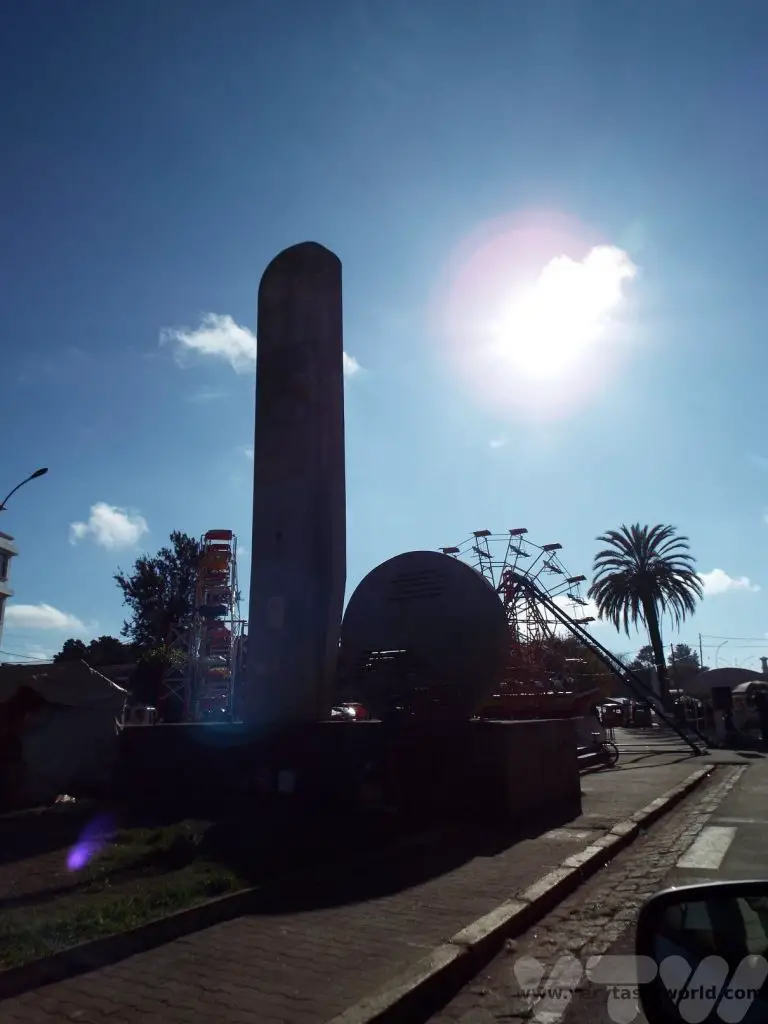

The RN7 then takes us to Madagascar’s sprawling capital, Antananarivo.
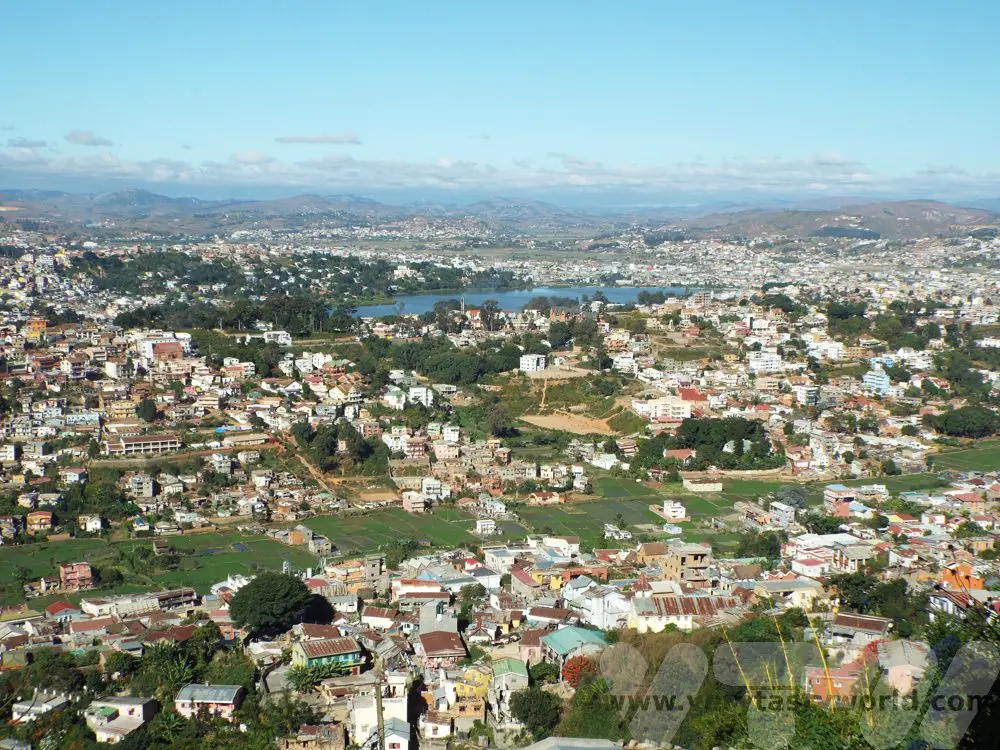
This trip along Madagascar’s RN7 took a week to complete. While we were in the country we also spent some days in the east, driving along RN2 to explore the rainforests in the highland regions. We’ll write about that another time…
Traveller Tips For Madagascar
What Is The Food Like?
We plan a much longer post on Malagasy food in the future but here’s a brief overview.
Firstly, most of the hotels we stayed in offered European food. We found this to be really disappointing as we always want to try the local fare. That said, many hotels were very happy for us to go off-menu at breakfast provided we ordered a Malagasy breakfast the night before. So we often enjoyed rice porridge with zebu steak or meatballs – a delicious, filling start to the day.
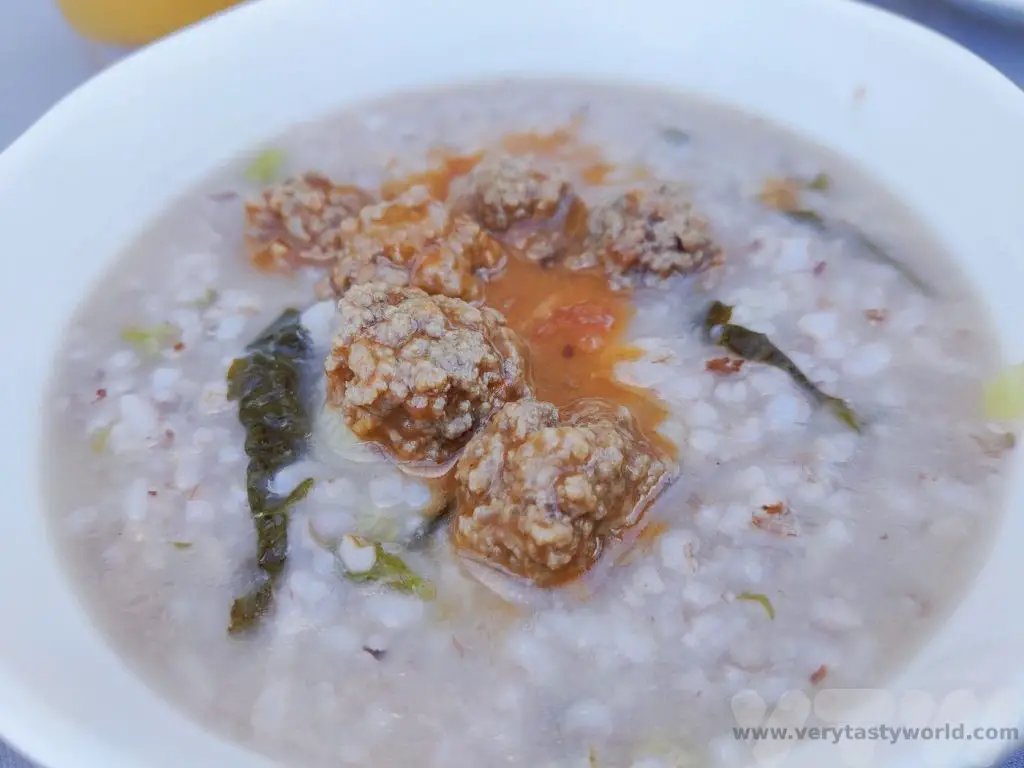
Malagasy people love rice. It is eaten for breakfast, lunch and dinner and in enormous portions. We have big appetites but had a standard portion of rice was too much for us, so we generally shared it between us.
Zebu is a popular meat. It tastes just like steak. Zebu hump is a delicacy – it’s meaty and slightly fatty but very soft. Zebu skewers with a nice cold THB beer are a perfect snack food.
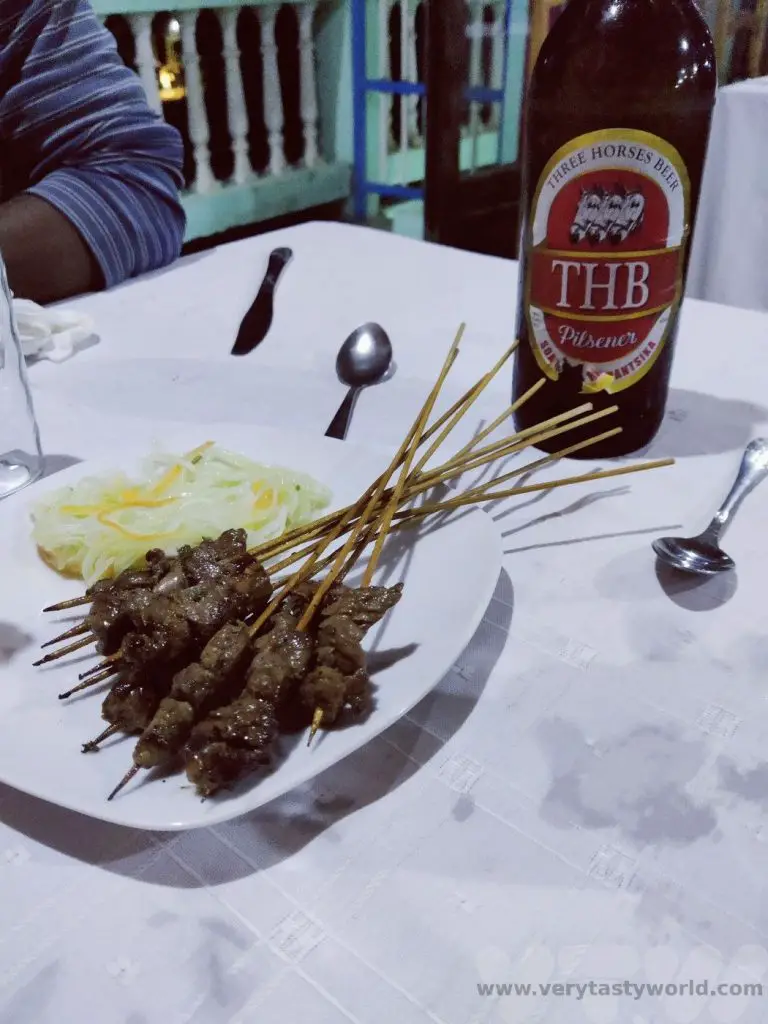
The local tipple is rum. We would see distilleries along with RN7. Rhum Arrangé is a wonderful way of drinking it. This is a great jar of rum infused with different flavours – vanilla, coconut, lychee, tamarind, ginger, mixed fruit, local fruit such as tapia amongst many, many more. We did our best to try as many variations as possible.
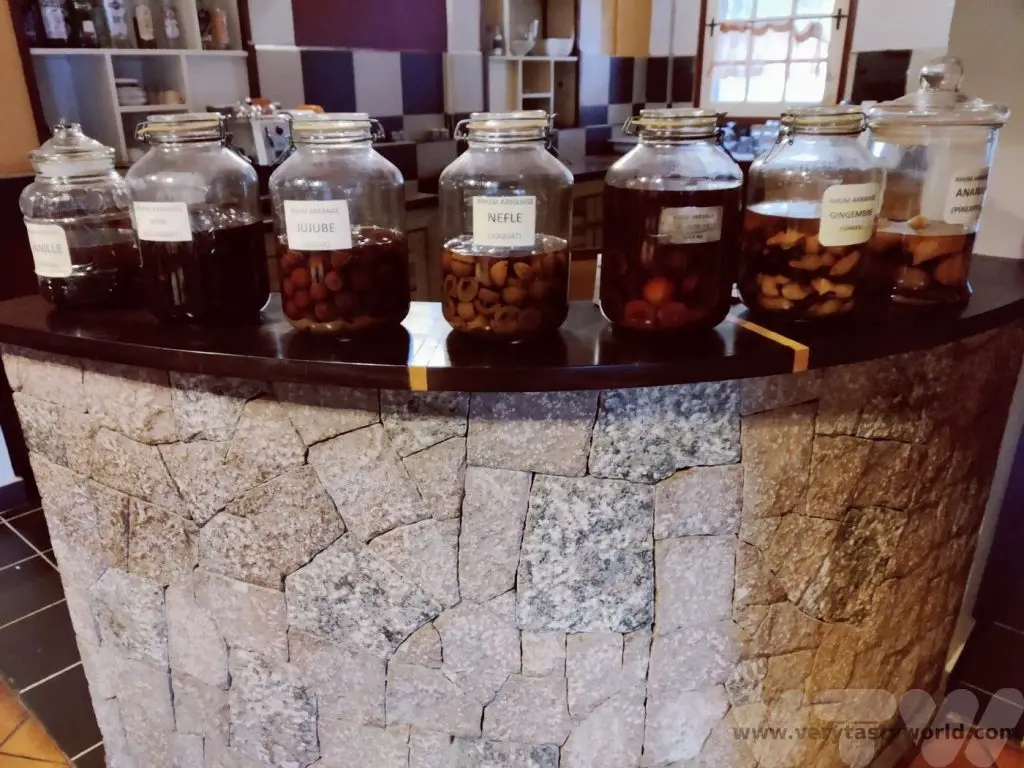
How Do You Get Around?
We booked a tour with a local company who were excellent. They provided a 4WD and a wonderful driver-guide, Farley, who knew his way around the country. The roads in Madagascar can generally be described as awful. Think of the biggest pothole in your local street? That’s nothing compared with Madagascar – some of the potholes in the roads are like craters. This makes driving very slow and occasionally extremely bumpy. To make up for this scenery is wonderful. If the government could do one thing to make the country more accessible it would be to fix the roads.
It is possible to hire cars and the RN7 is probably the best road for a fly-drive trip if you want to drive yourself. That said, some of the national parks were located several kilometres from the main road and towns were extremely busy with all sorts of vehicles to drive around. We often love driving ourselves when we travel, but were very glad that we had a driver, who knew the roads well, on this trip.
Public transport is available if you are feeling hardcore. The buses are generally mini-buses that are usually bursting at the seams – luggage goes on top and people fit into the vehicle. The buses will be a lot slower than private cars.
The national airline Air Madagascar can transport you between major cities. It doesn’t have a great reputation for timeliness but it has a good safety record and we found the service to be fine. We recommend giving yourself a bit of leeway in terms of arranging connecting flights. We were extremely lucky that, when our international flight arrived 14 hours late, we managed to get an internal connection thanks to receiving lots of help from our tour company.
What is the Language of Madagascar?
Local people speak Malagasy, which is derived from a number of languages, and French, the language taught in schools. Most hotels and tourist attractions will have someone who can speak English.
Any attempt to speak Malagasy will be appreciated. These are the words we picked up.
Hello – salaam (salaama, salaame also work but don’t say salami!)
Thank you – misaotra
Slowly, slowly – mora mora (be careful, mola mola means crazy!)
Delicious – matsiro
Can I drink the water?
No, you will need to use bottled water. It is cheap to buy – around £3/$4US for 8 x 1.5L bottles and all towns will have a store that sells water. Some hotels do provide water. And the tour company we travelled with supplied us with 1.5L each per day. We also recommend brushing your teeth using bottled water.
How Do I Get Money?
Money was a bit of an issue in Madagascar. The unit of currency is the Malagasy Ariary. Cash is king and there were only a very few places where we could use credit cards. Even gift shops at tourist attractions are largely cash only. ATMs are available but only in large towns, so make sure you get enough cash to get by between towns.
There is a cashpoint at the airport and we recommend getting a reasonable amount of money on arrival, although even then there was a restriction on how much you can withdraw – it wasn’t enough for the entire trip. The notes dispensed will be 20,000 Ariary (around £3.50/$4.50 at May 2023). These are actually large denominations and we found it difficult to get change from a large notes when spending them in shops or restaurants. Hotels were quite helpful at changing these for smaller notes, but bear in mind that it’s worth getting hold of those smaller denomination notes if possible.
Is Tipping Expected?
We were expected to tip our guides and this was fine, we incorporated it into the cost of the trip. The going rate at the time of travel (May 2023) was 20,000 Ariary per person per day. What we didn’t quite expect was that, along with guides who took us through the national parks, spotters were also employed. These lovely people would run through the rainforests and national parks looking out for interesting wildlife and then phoning our guides to let us know where to find them. They were brilliant and thanks to these spotters we saw a lot of wildlife. So it’s worth planning extra cash for tipping the spotters as well.
Are There Any Health Considerations?
There aren’t many dangerous creatures in Madagascar but undoubtedly the mosquito is one of the most hazardous. Malaria is prevalent throughout the country. We used DEET jungle spray and slept under mosquito nets. Unfortunately we did get bitten because we are strawberry-flavoured to mosquitos who just love munching on us. Like Achilles’ vulnerable heel, just a little bit of flesh exposed to the elements and they were feasting on us – so we also took anti-malarial pills. We recommend speaking with your healthcare professional before travelling. And, obviously, take any prescription medicines you need.
Packing Essentials For A Madagascar Trip (aside from your usual clothes and things)
Good walking shoes or boots. We recommend wearing these on your flight just in case your main luggage doesn’t arrive.
Waterproofs – rainforests are called rainforests for a reason!
Swimming gear – there are hot springs and natural pools to go swimming in. (You could also bring a travel towel but our hotels were happy to lend us additional towels.)
Torch for night walks. A head torch is often useful as well. The power did go out briefly a couple of times in some of more remote regions.
Binoculars for viewing wildlife, especially if you are interested in birdwatching.
Camera with a good zoom lens and quick shutter speed to captures those leaping lemurs.
Sun protection – sun hat and suncream.
Usual medication and talk to your doctor about anti-malarial protection.
Jungle insect spray which contains at least 50% DEET.
Will I See Penguins in Madagascar?
No! While the Hollywood movie raised a lot of awareness about this magical country, you won’t find penguins in Madagascar. Neither will you find any of the Big Five game animals of Africa. But Madagascar’s wildlife is unique and emphatically worth travelling to see.

Afternoon Tea in Coventry
Everything Stops for Tea
Afternoon tea is a very British tradition. The British are, of course, well known for their love of tea.
Tea to the English is really a picnic indoors.
-Alice Walker
Afternoon tea originated in the early 19th Century. It was a time when tea drinking was becoming extremely popular amongst all classes but this was also a time when people tended only to have two meals a day: breakfast and supper. Supper was usually taken around 8pm in the evening which meant that there was an awfully long gap between meals.
Anna Russell, Duchess of Bedford and friend of Queen Victoria, invented the afternoon tea. She had decided that the gap between breakfast and supper was just too long (who can help but agree?) and she would start feeling peckish mid-afternoon. She solved this problem in around 1840 by indulging in a cup of tea and a snack at around 4pm. The tea was generally accompanied by bread and butter and some cake. She invited her friends to join her and soon enough afternoon tea became highly popular amongst high society.
The elements comprising afternoon tea evolved over the years. Fortunately sandwiches had already been invented by the Earl of Sandwich, who had discovered the joys of putting something delicious between two slices of bread in 1762, so afternoon tea could accommodate this as a menu item as well.
Scone? Or Scone?
Scones are also considered to be an essential element of afternoon tea these days. These are traditionally sweet scones, eaten with jam and clotted cream. The scones are presented whole: they should be cut in half and the jam/cream or cream/jam combination applied copiously. Never reveal whether you put the jam or the cream onto the scone first to anyone from the West Country. Devon and Cornish folk have very different ideas about the order in which the scone should be adorned. We politely suggest that they taste wonderful either way.
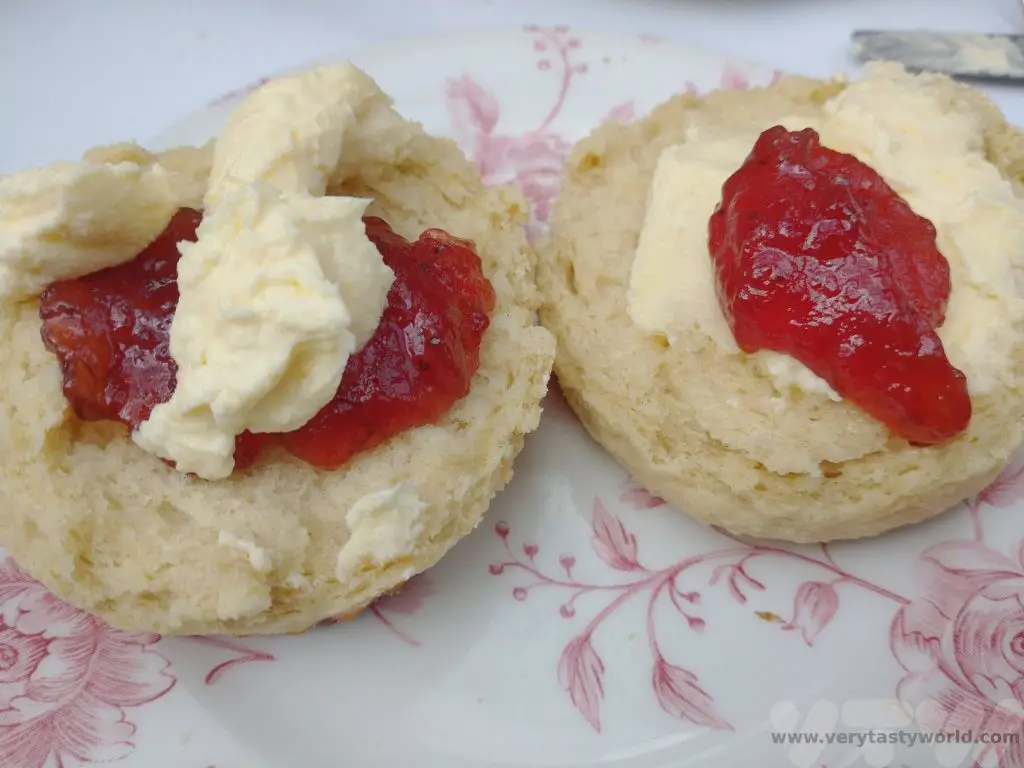
As well as disputes about how to eat scones the English also disagree on how to pronounce the word – is it scone to rhyme with ‘gone’ or scone to rhyme with ‘stone’? We’re originally from the south of England so both use the former but have regular arguments with friends about the true pronunciation.
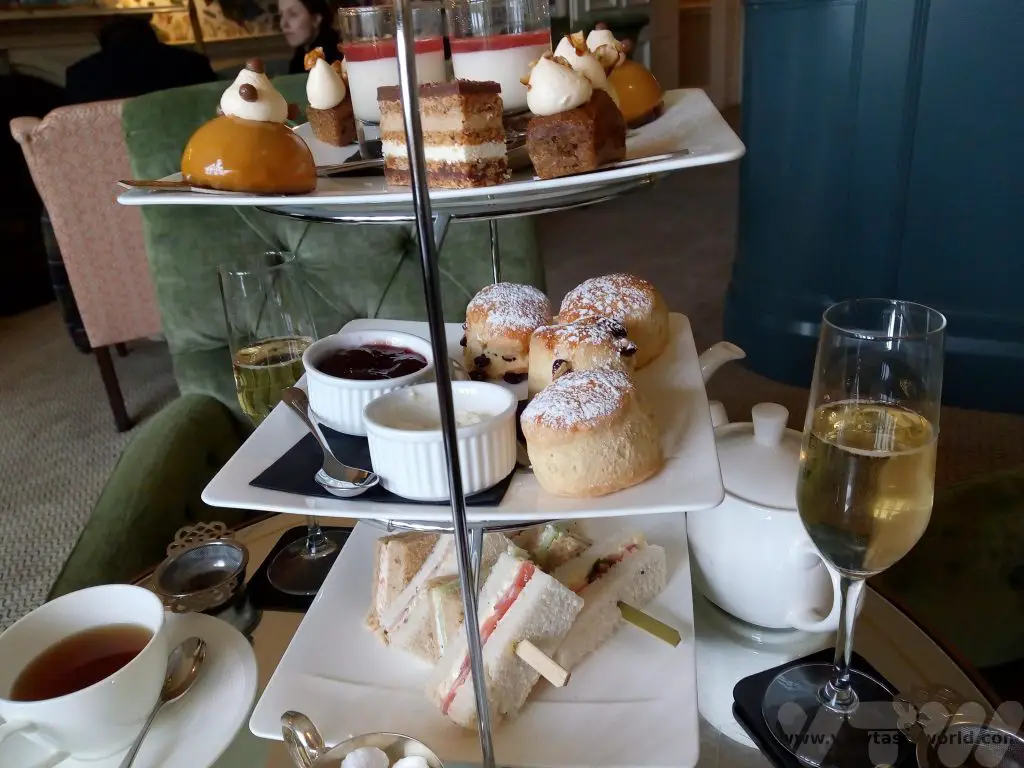
How To Enjoy Traditional Afternoon Tea
The quintessential afternoon tea comprises a selection of sandwiches, a couple of scones served with clotted cream and jam and a variety of miniature pastries, cakes or sweet treats. Served with a cup of tea. This might simply be an ordinary cuppa but it is more likely that you would be offered some speciality teas or herbal infusions. Coffee and hot chocolate are usually available for non-tea-drinkers. The more indulgent modern afternoon teas may also offer a tall glass of fizz; Champagne (preferably) or Prosecco to accompany the treats.
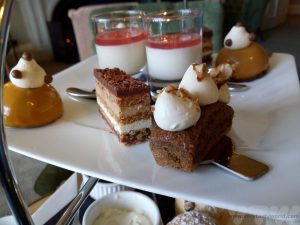
Etiquette suggests that you start with the savouries on the bottom tier. Scones should be eaten next, then finish with the sweet treats on the top tier.
This particular tea had four pastries each, including a fruity pannacotta and layered cake.
Almost a meal in itself, afternoon tea is refined and decadent.
Afternoon Tea in Coventry – Coombe Abbey Country Park
Coombe Abbey and Country Park is located a few kilometres outside Coventry city centre and is a delightful place to not only enjoy afternoon tea but also to spend time in the extensive 500 acre park, woodlands and gardens.

It’s possible to drive to Coombe Abbey. It takes around 15 minutes from Coventry city centre and parking fees are payable. It is a very popular place to visit at weekends and bank holidays, so sometimes the car park can be full. Alternatively you can catch the bus from Coventry’s central Pool Meadow bus station. The No 53 bus will get you there in about 40 minutes.
Coombe Abbey was originally a 12th-century Cistercian abbey that has now been converted into a hotel.
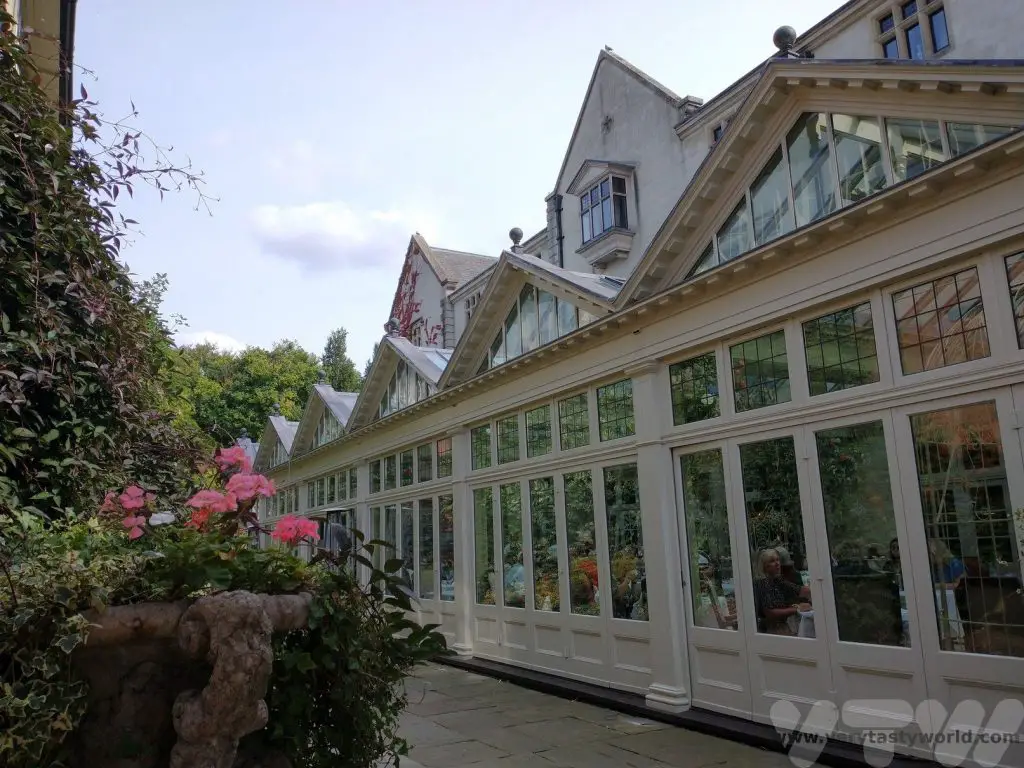
Afternoon tea is held in a lovely garden room, a light and airy space.
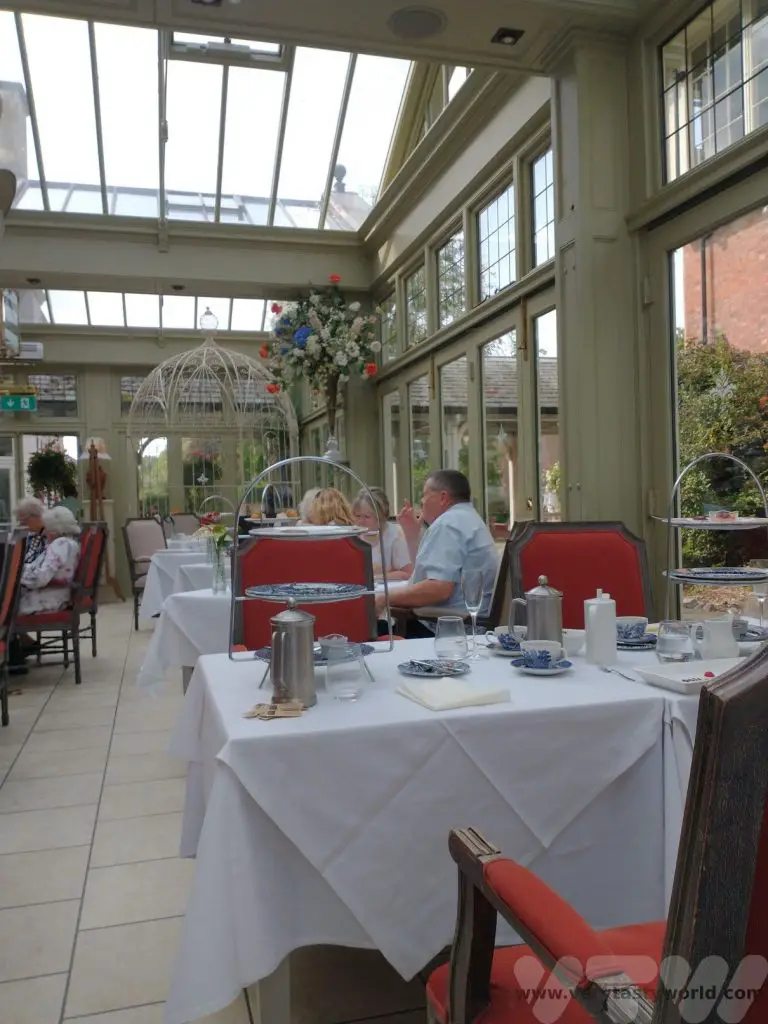
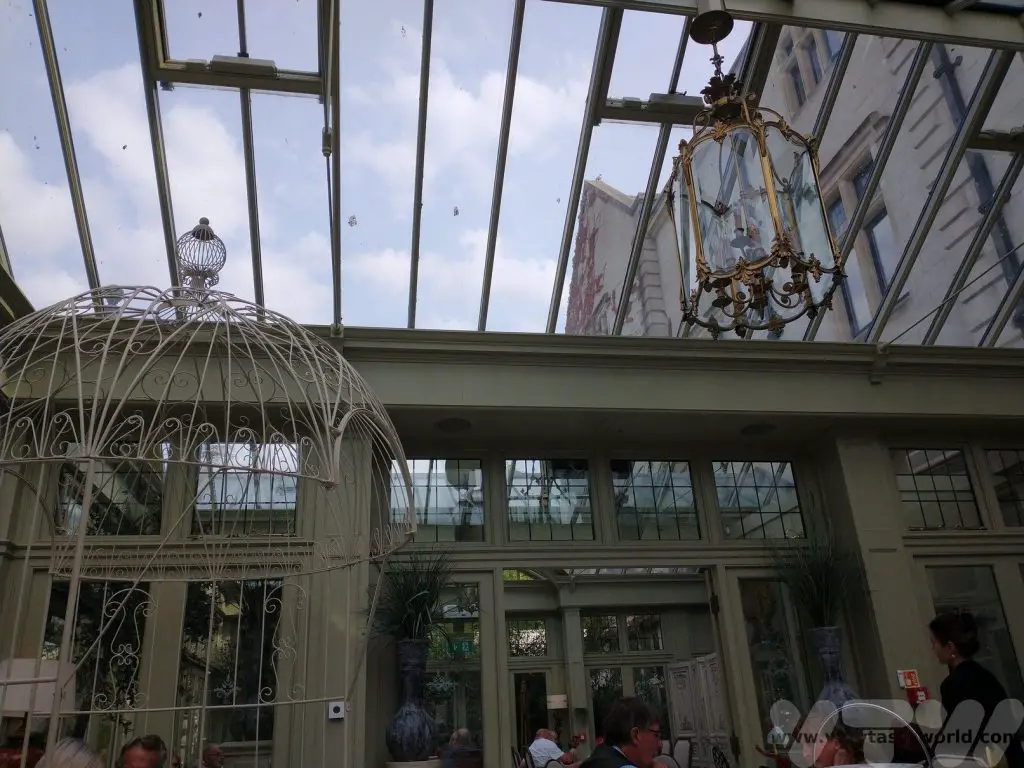
There are a variety of options available from traditional afternoon tea to savoury offerings. There is a wide variety of teas on offer – from great quality black tea to some more unusual options such as gin and tonic tea. If you’re feeling decadent, a glass of bubbly is also available.
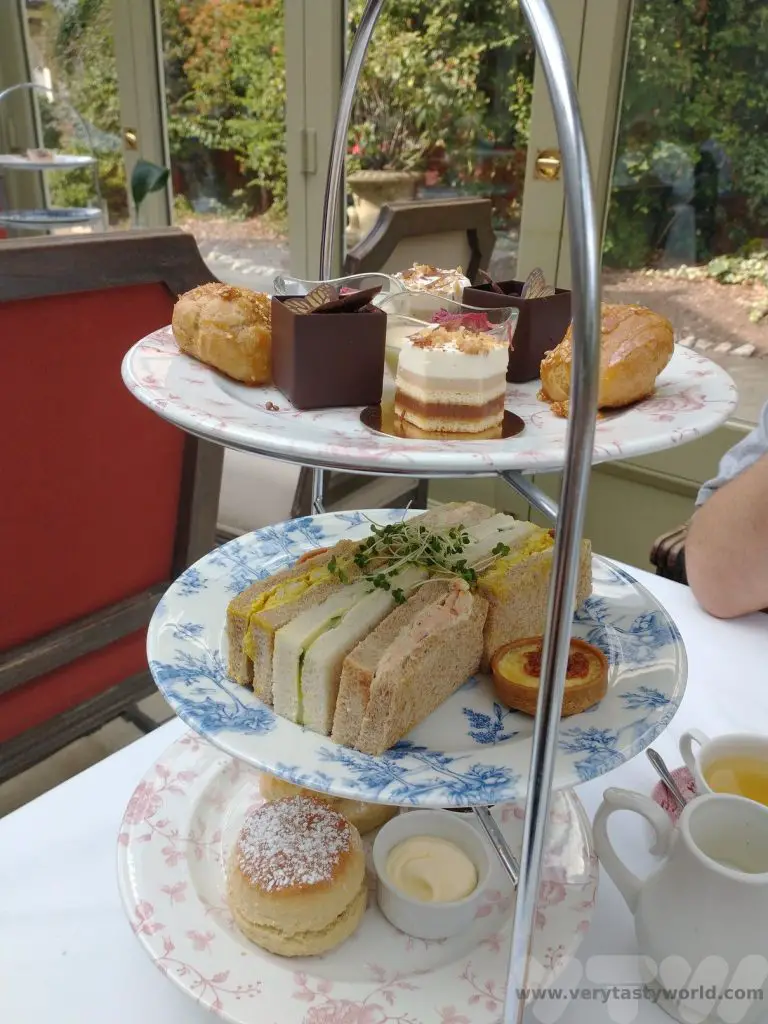
The petit fours are beautifully made.
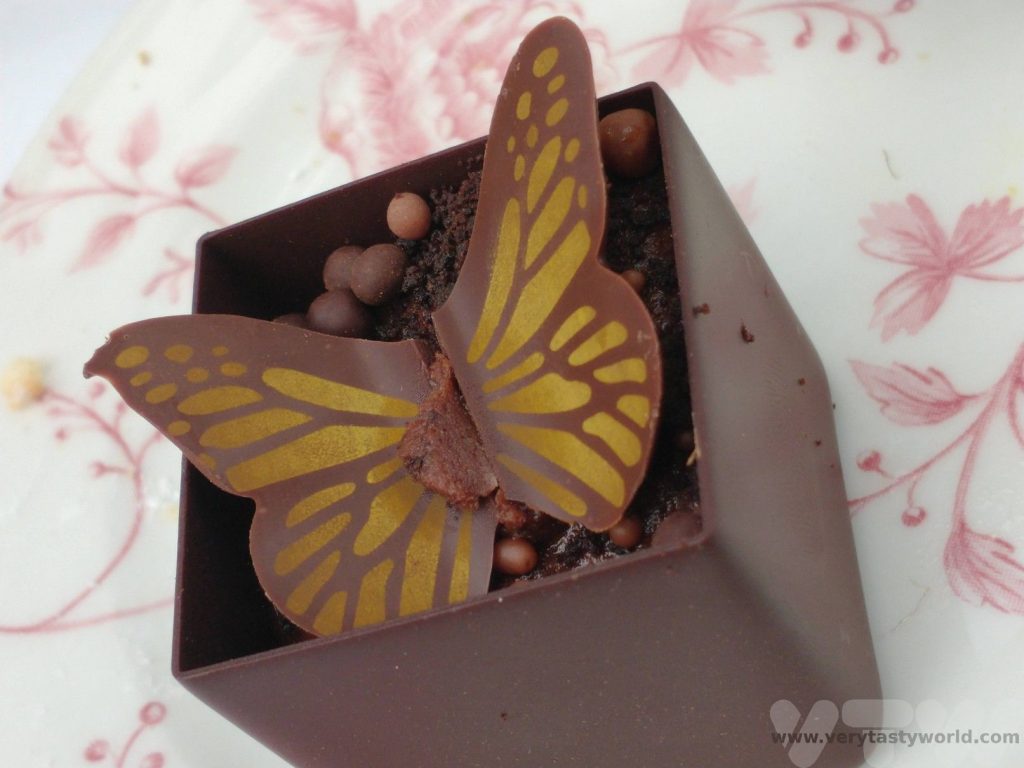
Prices range from £20 to £47 (July 2023) depending on the decadence of your choice of tea and whether you wish to indulge in fizz. The prices also vary depending on whether you are visiting during the week or at the weekend (weekend prices are higher). Afternoon teas at Coombe Abbey are very popular so booking is essential.
Other Things to Do In The Area
The grounds of the country park are delightful for walking in. There are several lakes and an extensive woodland to explore.
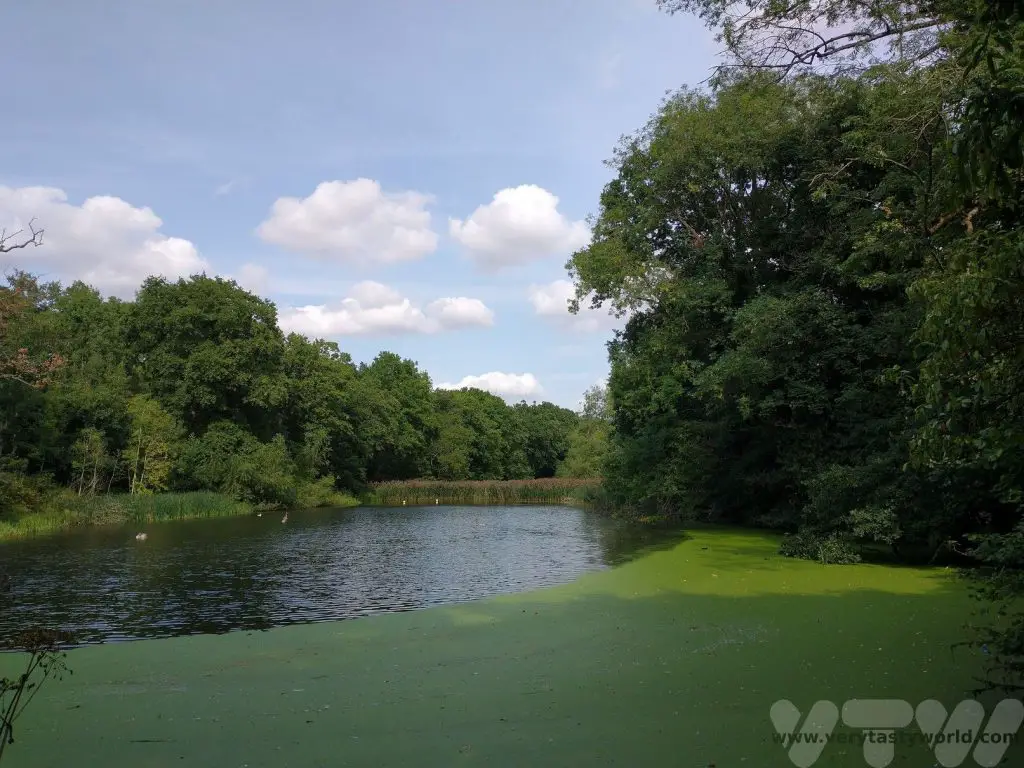
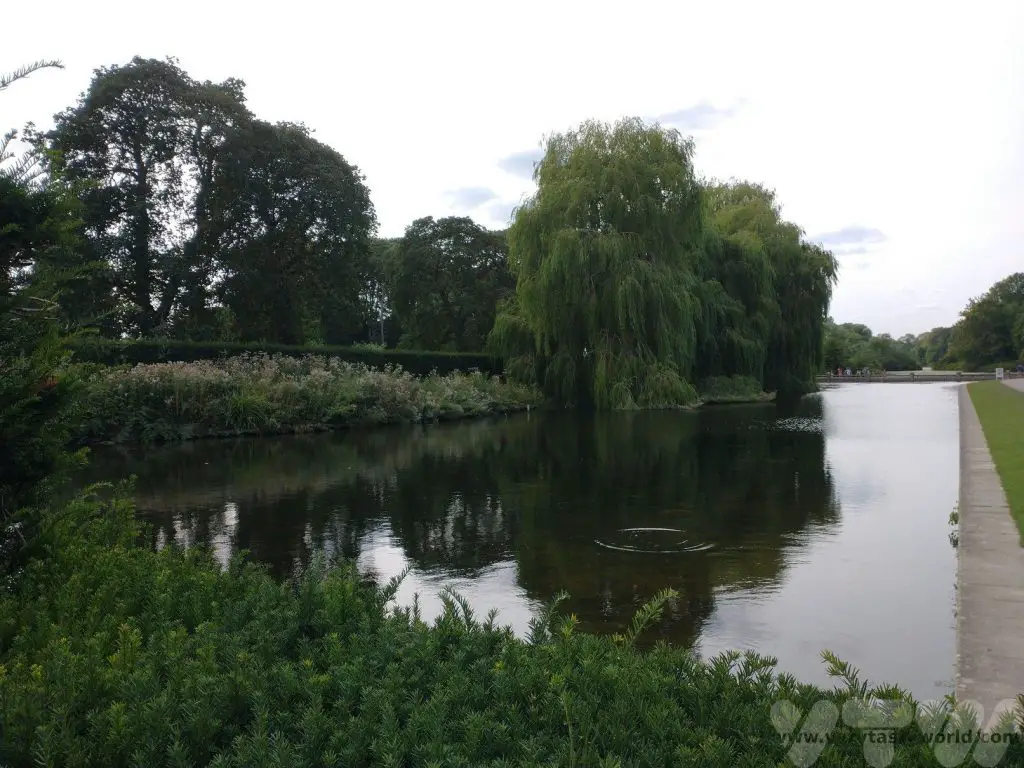
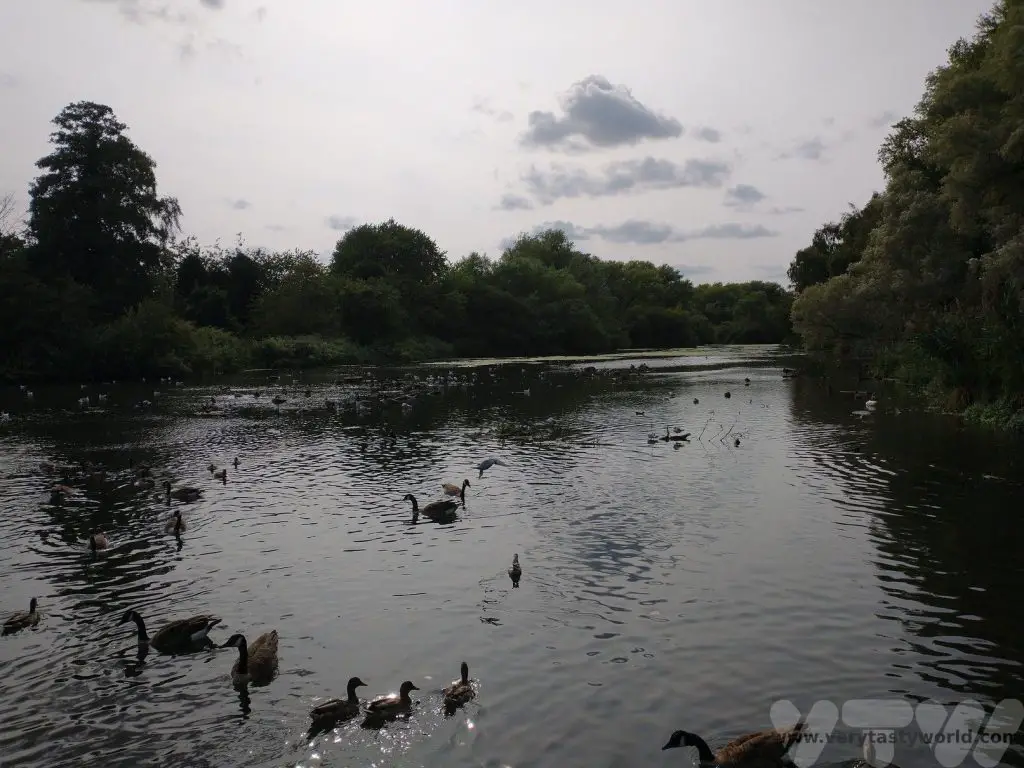
If you are feeling adventurous there is also a Go Ape facility where you can exercise your inner child and go climbing in the treetops and enjoy the exhilaration of zip wires and a tarzan swing! (Probably best to enjoy before taking afternoon tea!)
And if you’re still feeling hungry, Coombe Abbey offers mediaeval banquets in the evenings – great food and entertainment guaranteed.
Afternoon Tea in Coventry – Tales of Tea at St Mary’s Guildhall
Recently refurbished, St Mary’s Guildhall is one of the most important surviving guildhalls in the country, dating back to the 1340s.
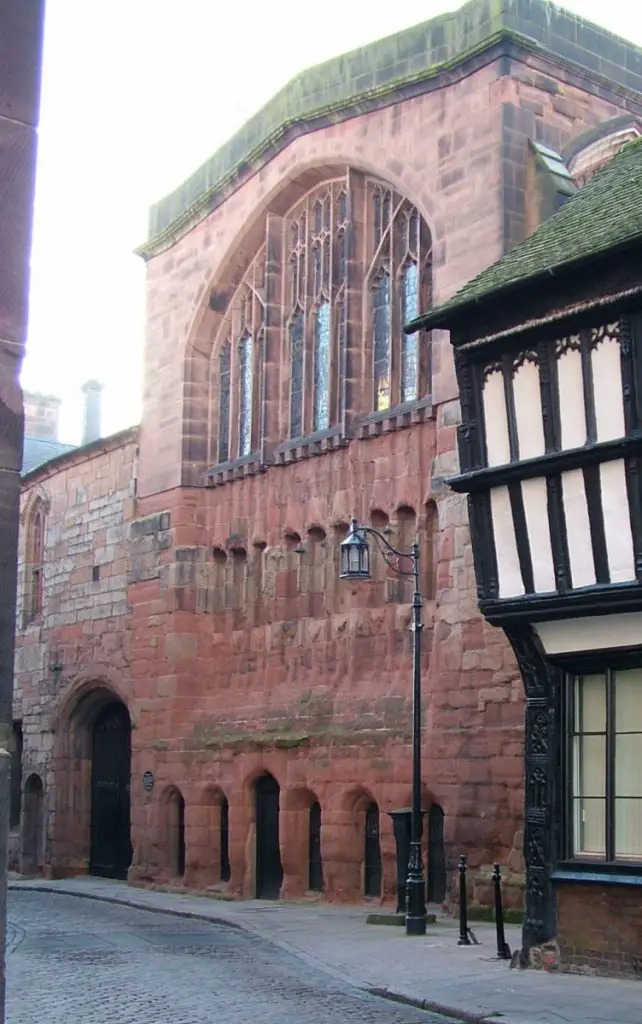
Afternoon tea at Tales of Tea is served daily in St Mary’s undercroft, a delightful and historic setting.
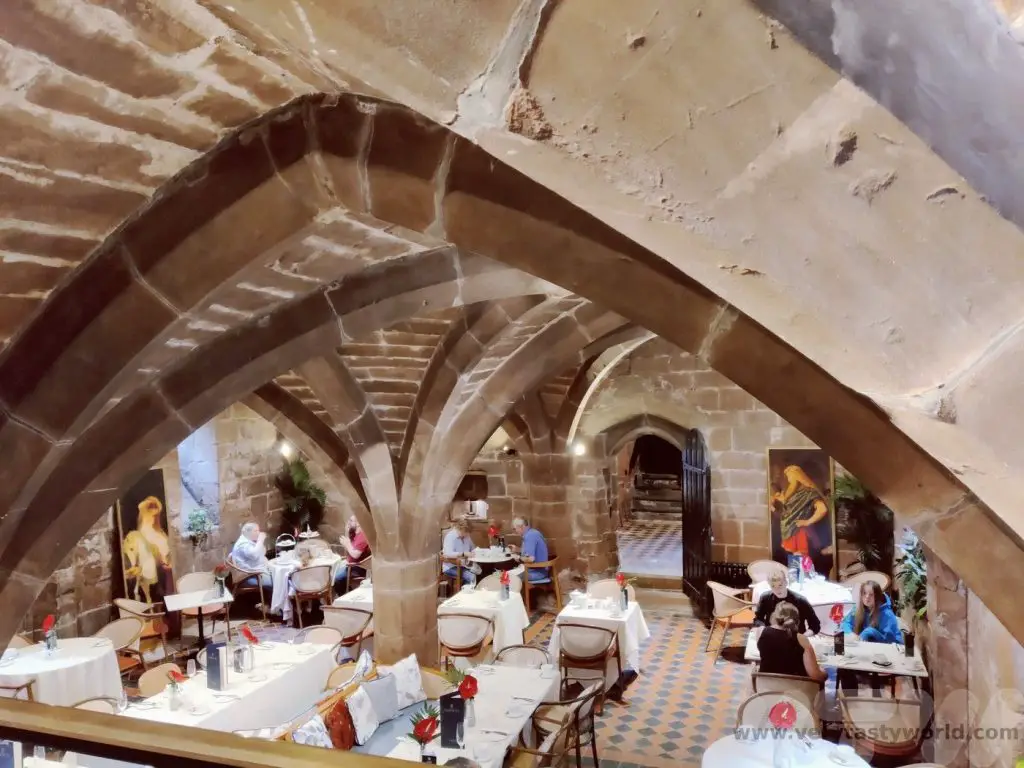
On this occasion we enjoyed a savoury tea. Although afternoon tea is delightful we do sometimes find that by the time you have eaten the scones and the first of the petit fours there is a bit of a sugar overload.
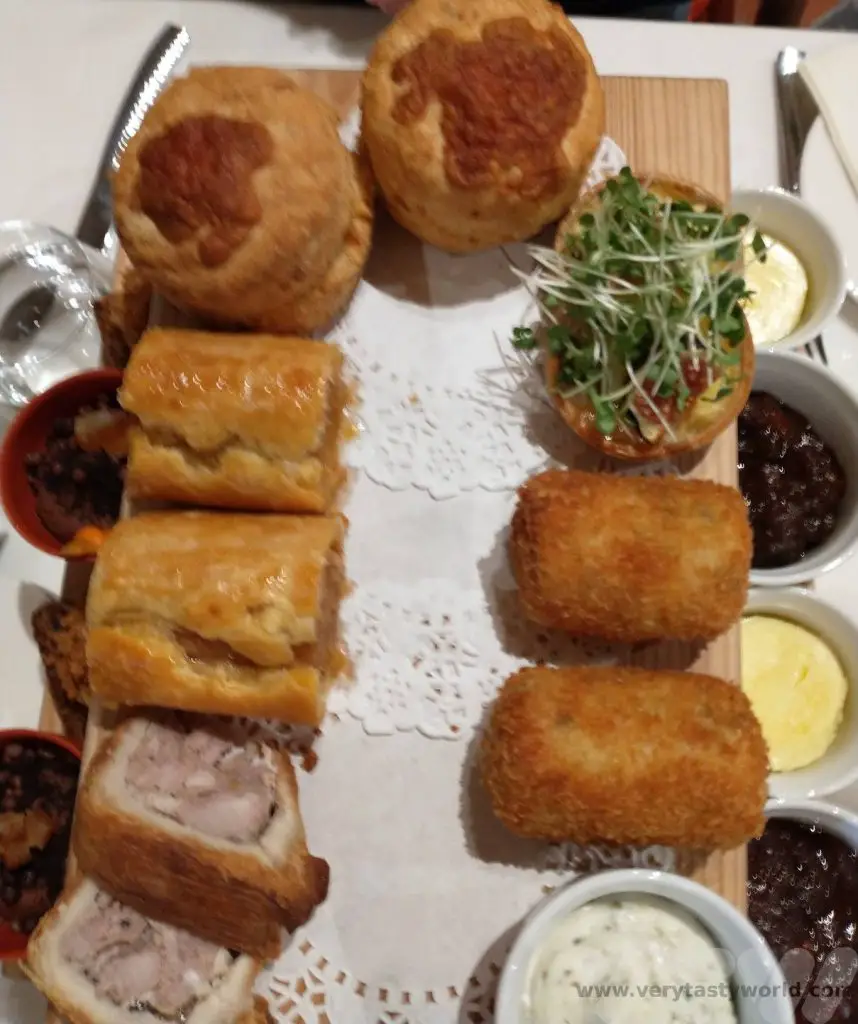
The menu does vary regularly but we enjoyed sausage rolls, pork pies, haddock croquettes, mini quiches and cheese scones amongst other savoury delights
And just a little sweetness with an edible flowerpot filled with mousse and dark chocolate ‘soil’.
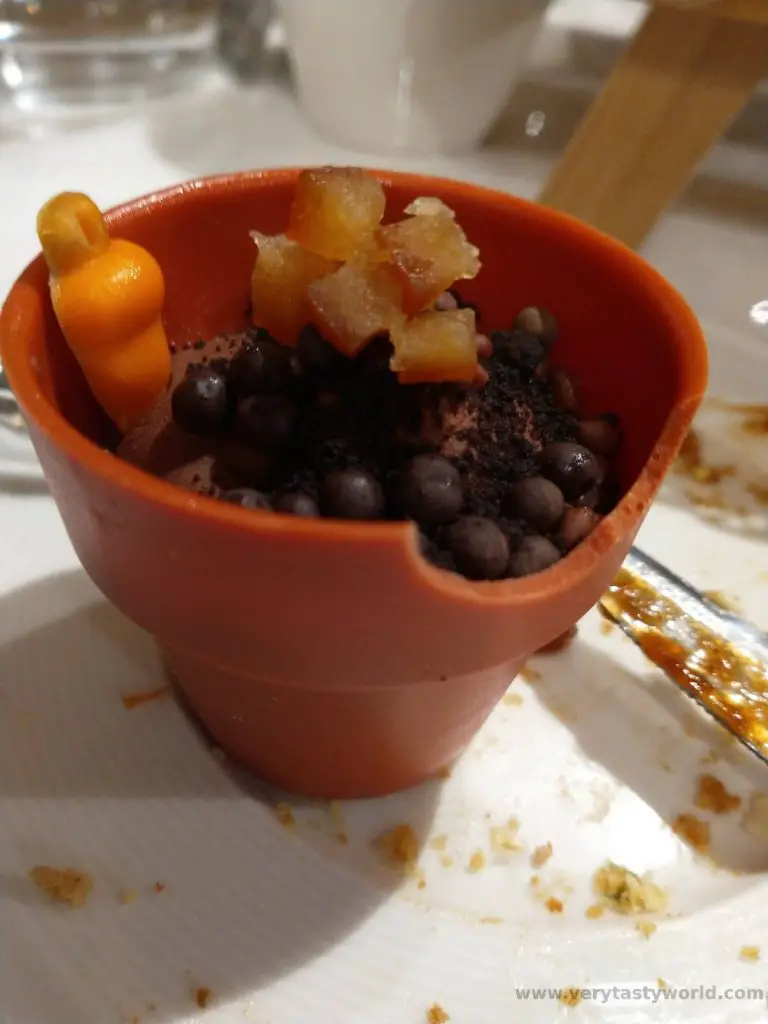
Tales of Tea is very popular so we recommend making a booking. Prices range from £25-£30 depending on whether you want a sweet or savoury tea. (July 2023) The undercroft becomes a fine dining restaurant in the evening.
Other Things to Do In The Area
St Mary’s Guildhall itself is definitely worth visiting so make sure you pop across the atrium from the undercroft.
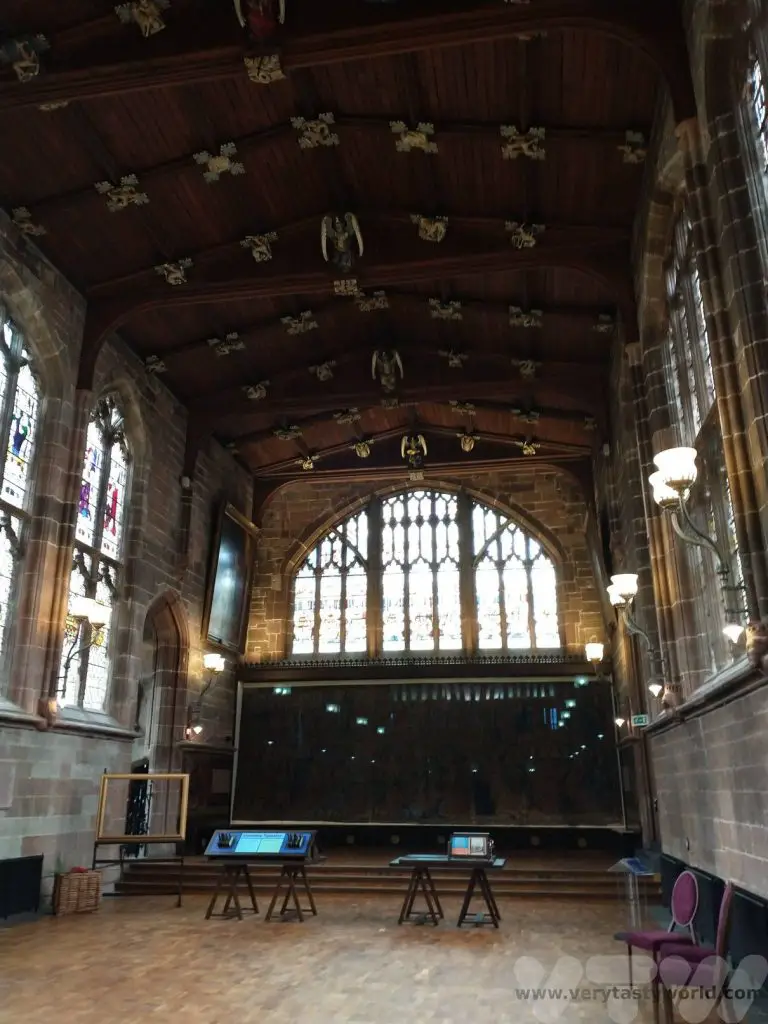
It boasts the England’s oldest mediaeval tapestry, a remarkable work that was woven in its original place – it is over 500 years old.
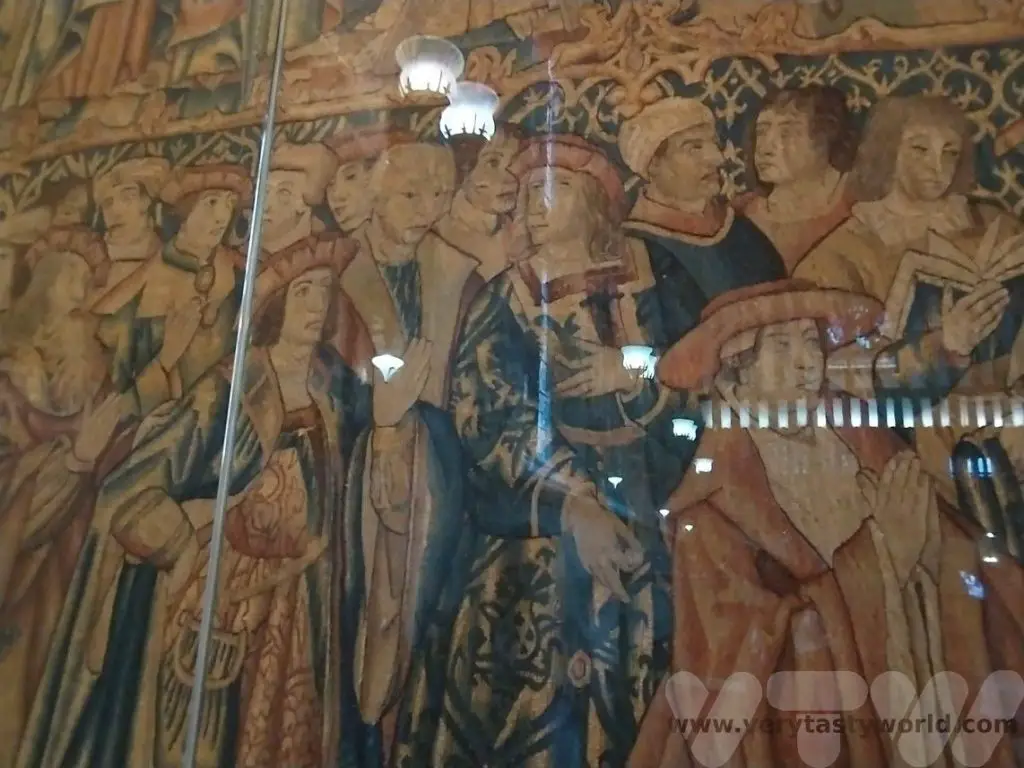
A recent refurbishment has revealed a mediaeval kitchen now restored to its former glory.
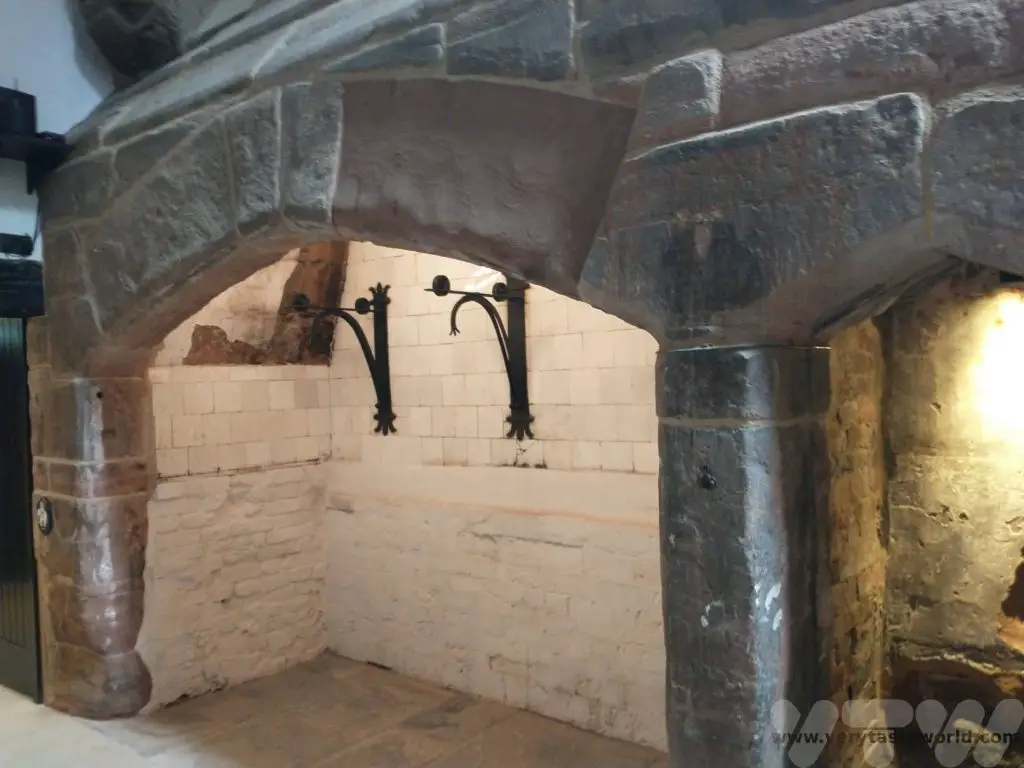
The Guildhall is located next to the ruins of Coventry’s cathedral which itself has a fascinating history. St Michael’s cathedral was constructed in the 15th Century but destroyed in 1941 during the Coventry Blitz in World War 2.
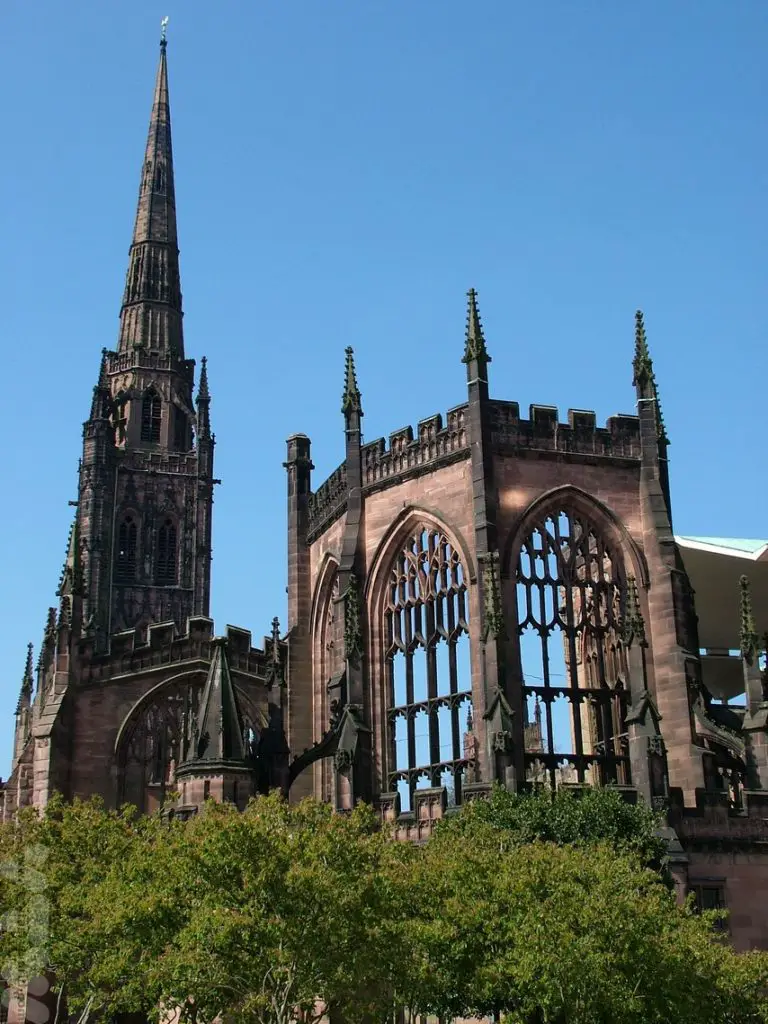
A new cathedral was built alongside the ruins of the old. Both are very much living spaces – both for worship as well as art, music and cultural events that are held throughout the year.

The Herbert Museum and Art Gallery is a 2 minute walk away. It hosts multiple free art exhibitions several times a year and has a permanent exhibition space on the ground floor showcasing Coventry’s history.
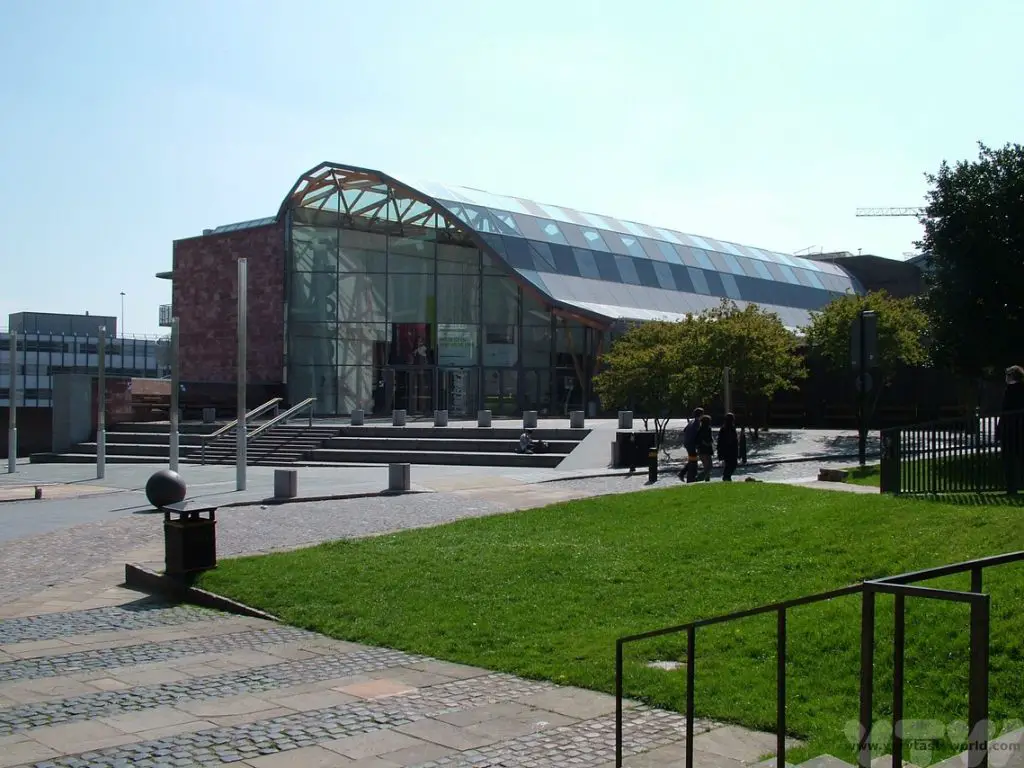
Afternoon Tea in Coventry – Telegraph Hotel
Founded in 1891 as The Midland Daily Telegraph, but with a name change in 1941, The Coventry Evening Telegraph was the city’s first daily newspaper. In times gone by it was a tabloid paper located in a large building in the city centre which housed enormous printing presses. But times have changed and the printing presses are no longer needed, so staff have relocated to the Canal Basin in Coventry. The site was opened up to the public in 2017 and temporarily hosted local art exhibitions.

The building has now been converted into a hotel but the decor very much reflects its heritage. Afternoon tea is available. Currently on offer, afternoon tea for two people, with a glass of fizz costs £39.50 (July 2023).
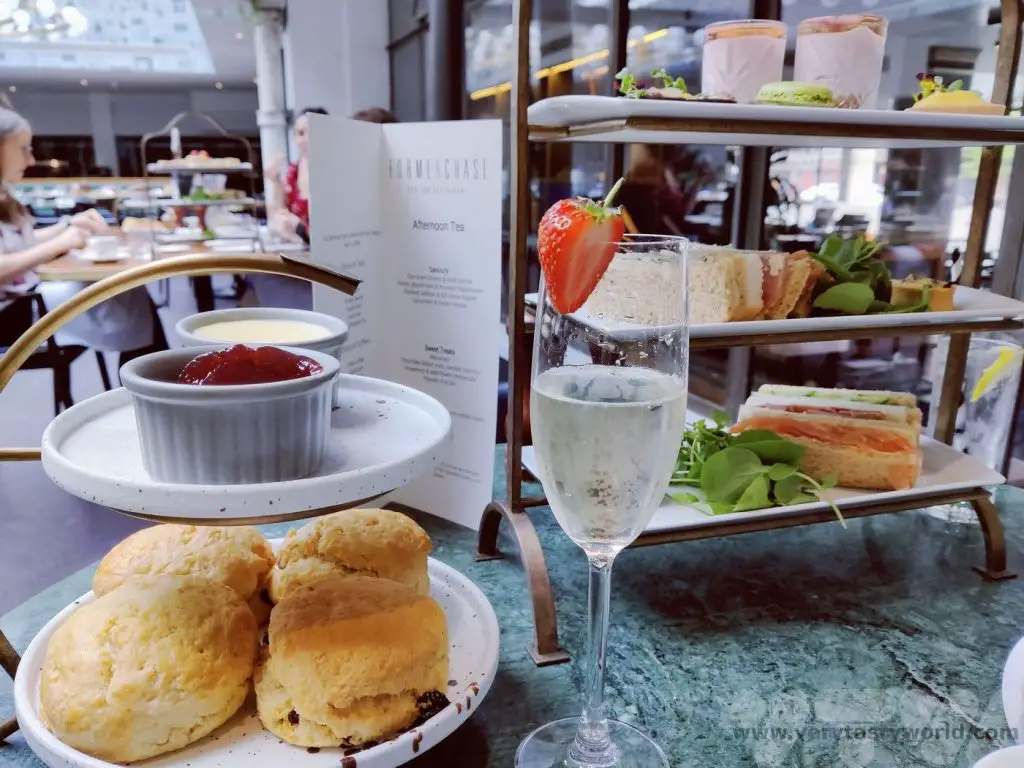
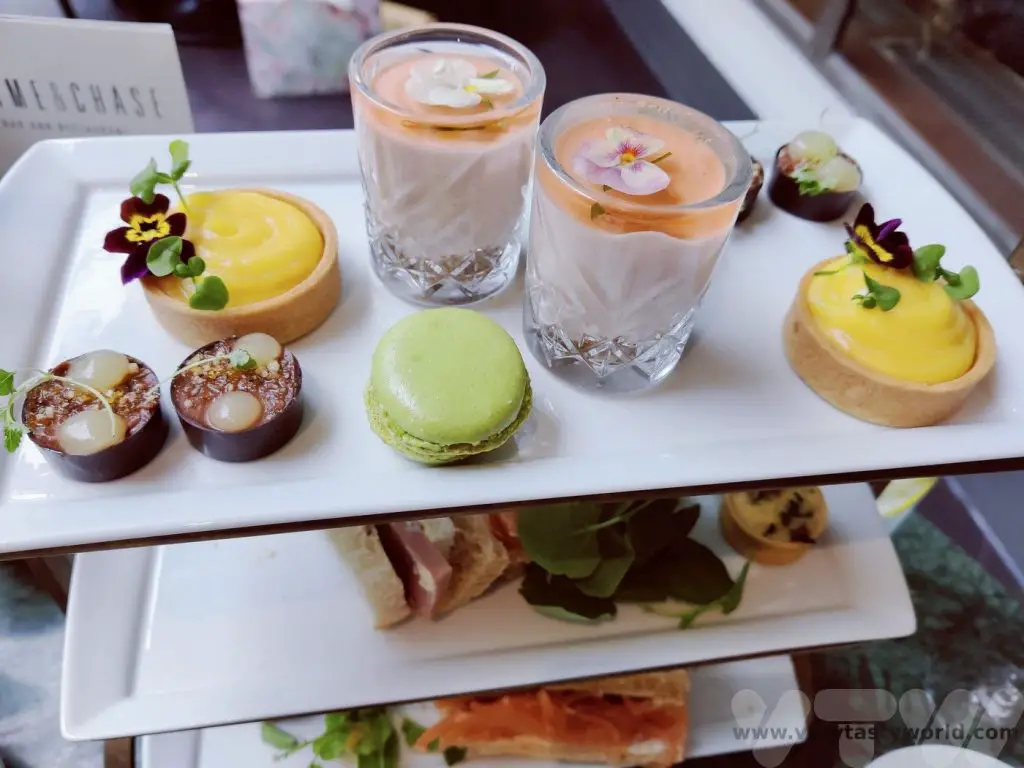
The afternoon tea is more traditional but generous and delicious. The sweet treats included pistachio macarons, chocolate delice with yuzu gel, passion fruit tarts and a strawberry and elderflower cheesecake. The tea was so filling we had to ask for a box to take some scones home with us.
Other Things To Do In The Area
Coventry Transport Museum is around a two minute walk away. It’s a great museum to visit, even if you’re not particularly interested in cars. Coventry was once the city of motor manufacturing and the museum houses a huge number of vehicles from some of the earliest vehicles to land-speed-record breakers.
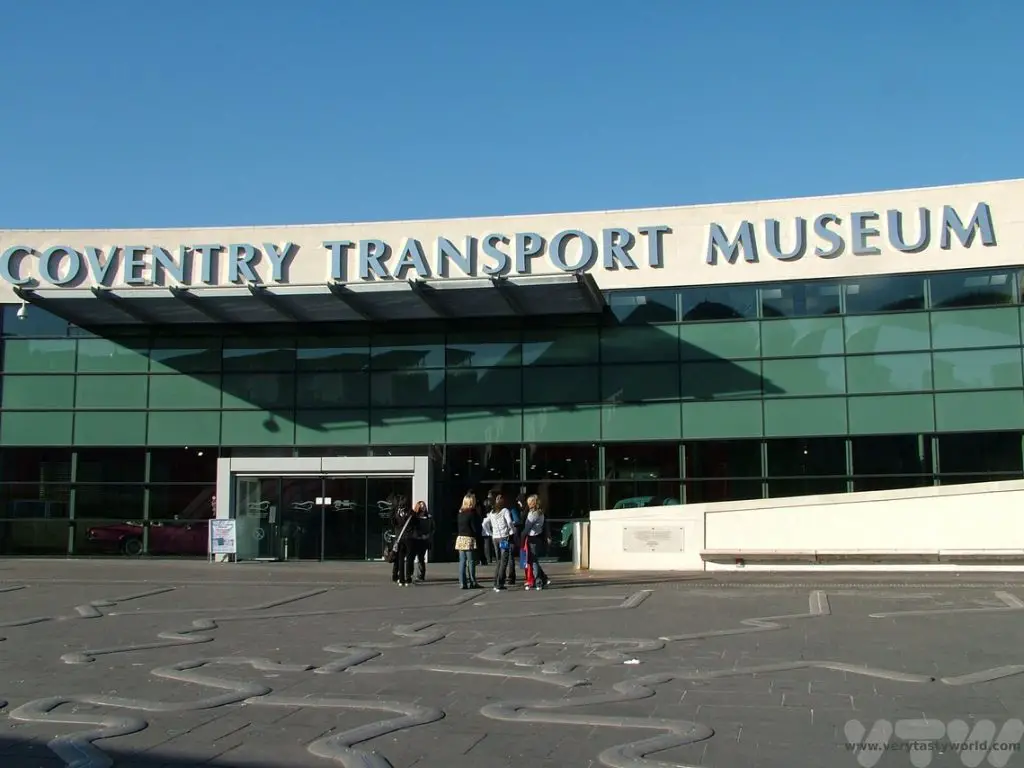
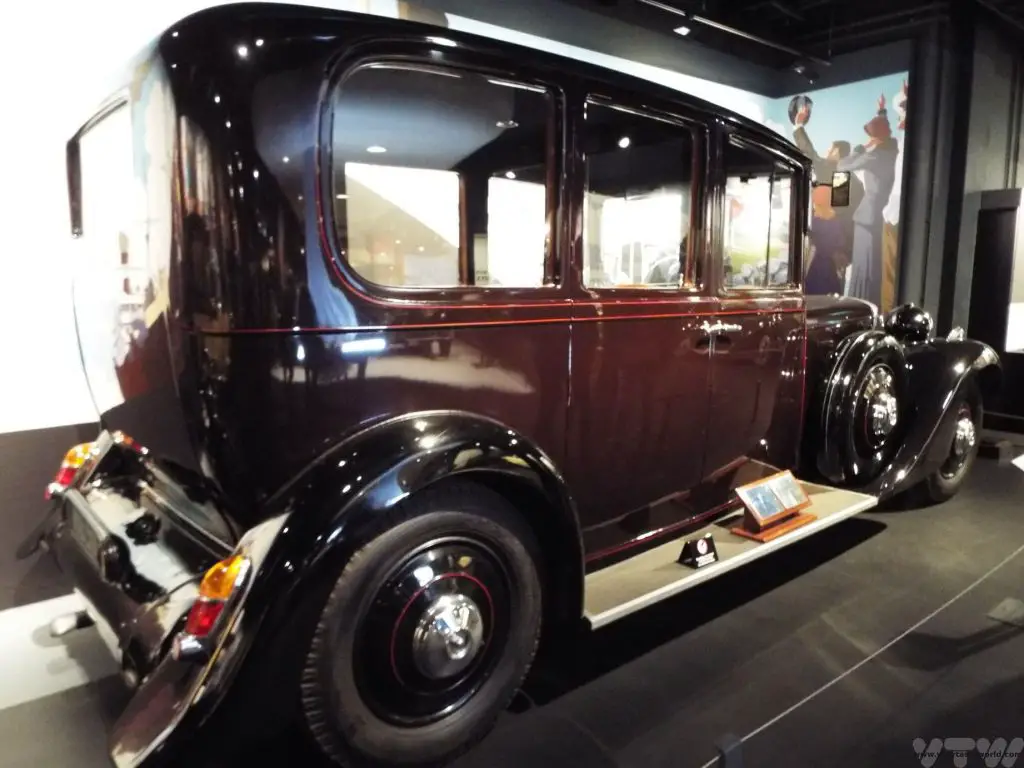
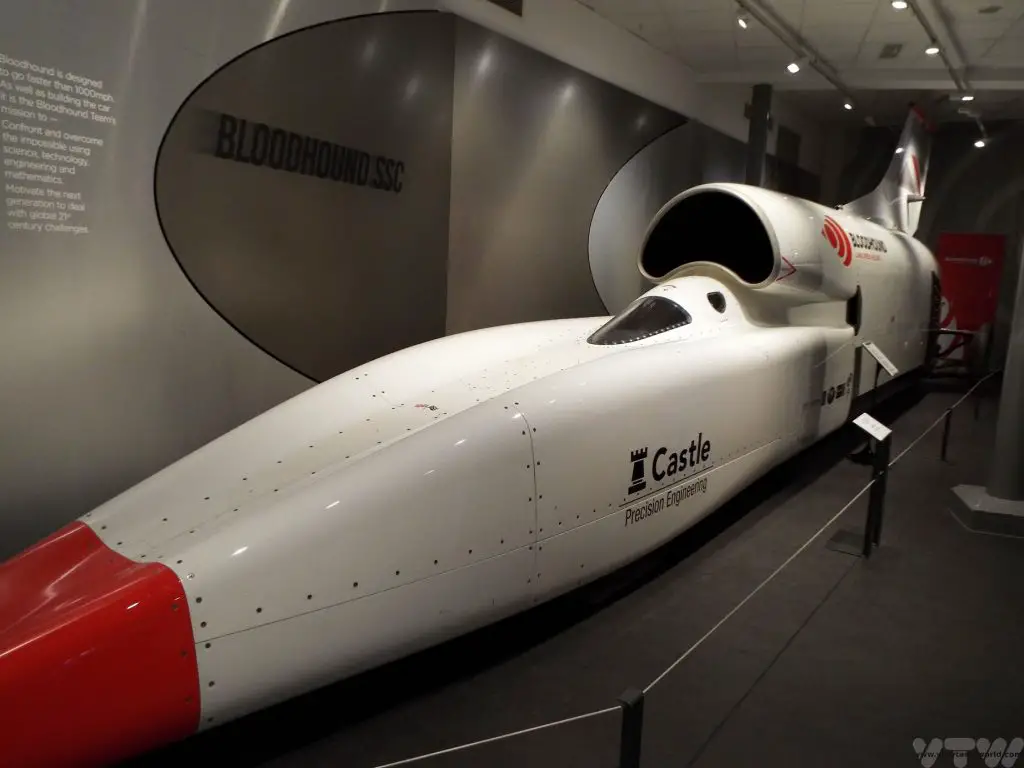
Related Posts You May Enjoy

Planning a Trip to Japan
Regular readers of this blog will know that we are absolutely in love with Japan. The land of the rising sun is beguiling, fascinating and loads of fun. It is a country where bright, vibrant, blaring neon cities contrast with the elegance of traditional castles, temples, pagodas and exquisite gardens. We first visited Japan over twenty years ago and have returned many, many times. Here’s our guide to planning a trip to Japan.
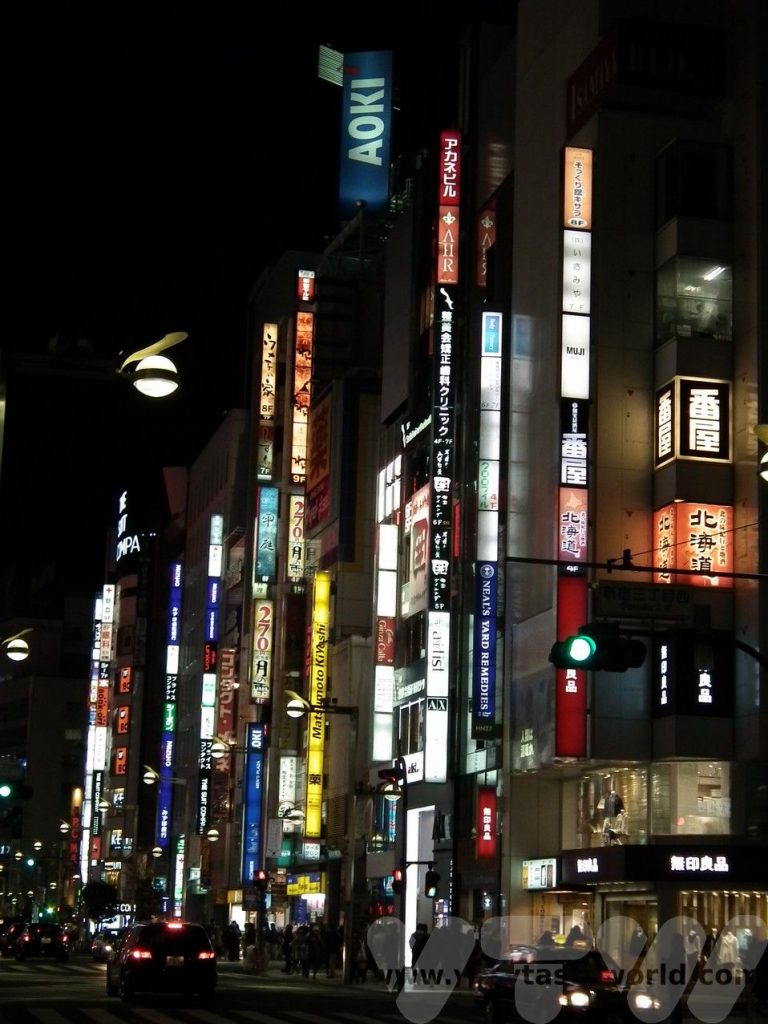
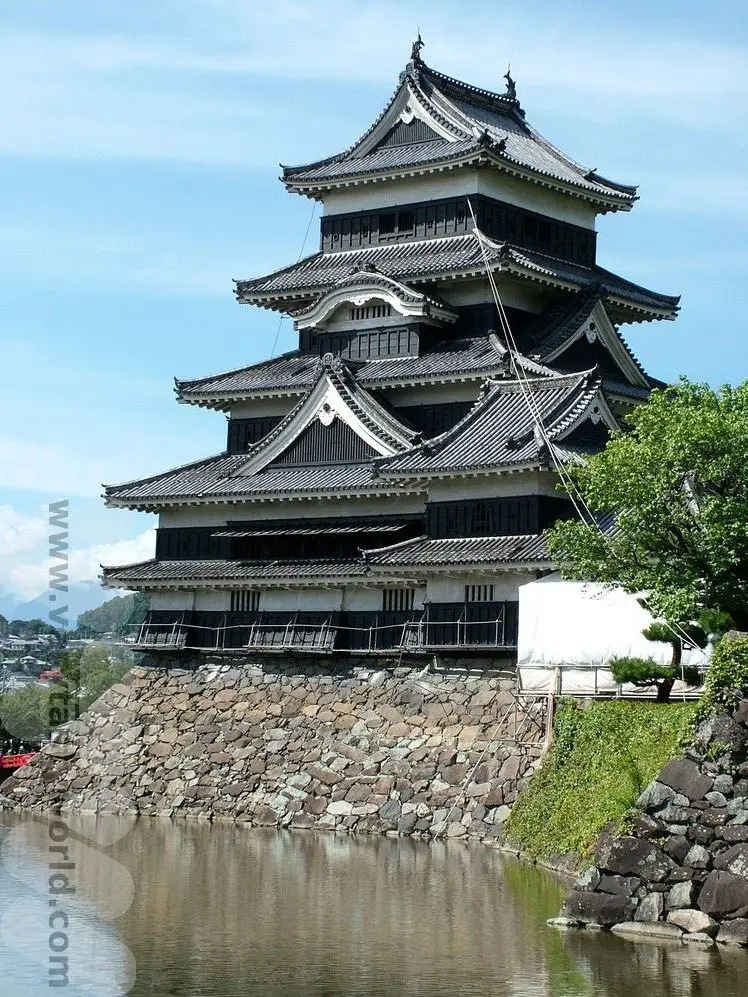
Getting There
Most people will fly into Japan either to Tokyo or Kansai (Osaka). Both airports are located a fair distance from the cities they serve but it’s easy to pick up public transport options to reach the metropolis. There are train services that run regularly and also limousine buses, which can get you to the city centres very easily.
Getting Around
Japan’s public transportation system is fully integrated and highly efficient. If you are travelling for any length of time and especially travelling between cities, we recommend the Japan Rail Pass.(It’s not recommended if you are only staying in one city as it wouldn’t be cost-effective.) The JR Pass is valid on all Japan Rail services, including the shinkansen bullet train, with the exception of the super-fast Nozomi service. Don’t worry, the other bullet trains are still pretty damned fast! And they are the most amazing way to travel.
You can buy a pass that is valid for 7, 14, or 21 days. Also, the JR Pass allows you to book seats on the shinkansen for free. Just book your seats at any JR office at any station.
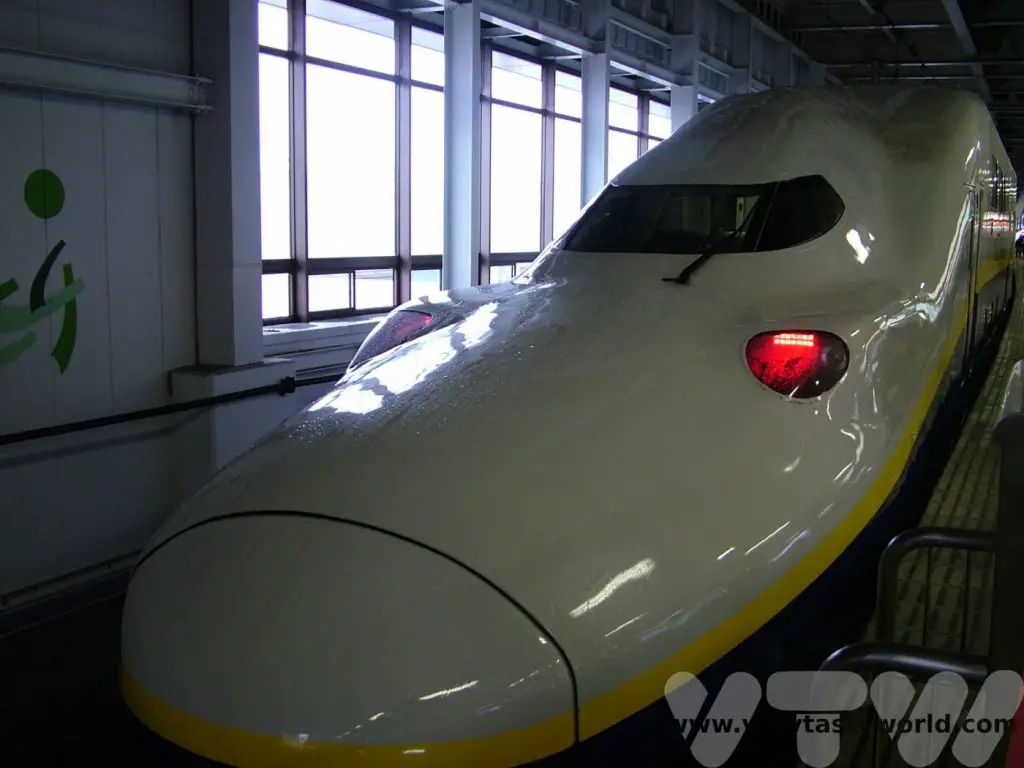
You need to order the pass before you travel. You will receive a voucher. This is then exchanged at a JR station for your pass. It is time-stamped and valid from the first day of use on the stamp. There is a ticket office at Narita airport where you can get your pass – just follow the signs for the trains. Be aware that there may be a queue as lots of other tourists will be wanting to do the same as soon as they get off the plane. If you don’t want to activate it straight away, that’s fine.
When using the pass you don’t need to go through the usual entry/exit barriers. Just show your pass to the station staff in the office located at one side of the barriers and they will wave you through.
If travelling by train you can plan your journey using the excellent hyperdia website. Note that there are some private railways in Japan, notably in more rural areas, and the JR Pass is not valid on these.
Bus services in Japan are reliable and reasonably comfortable. They are especially useful when travelling through the countryside.
Taxis are available in most cities but they are expensive. They all have automatic doors.
Car hire is also easy to arrange if you want to visit rural areas. There is really no need to hire a car if you are visiting cities.
Accommodation
There are a variety of options depending on your budget. You can book standard hotels via the usual booking sites.
We tend to stay in business hotels, especially in the cities, as they offer cheap accommodation, albeit in tiny rooms. You can see our post about business hotels. They are very small but they contain all the facilities you might need. And you’re in Japan – you don’t want to spend all your time in a hotel room!
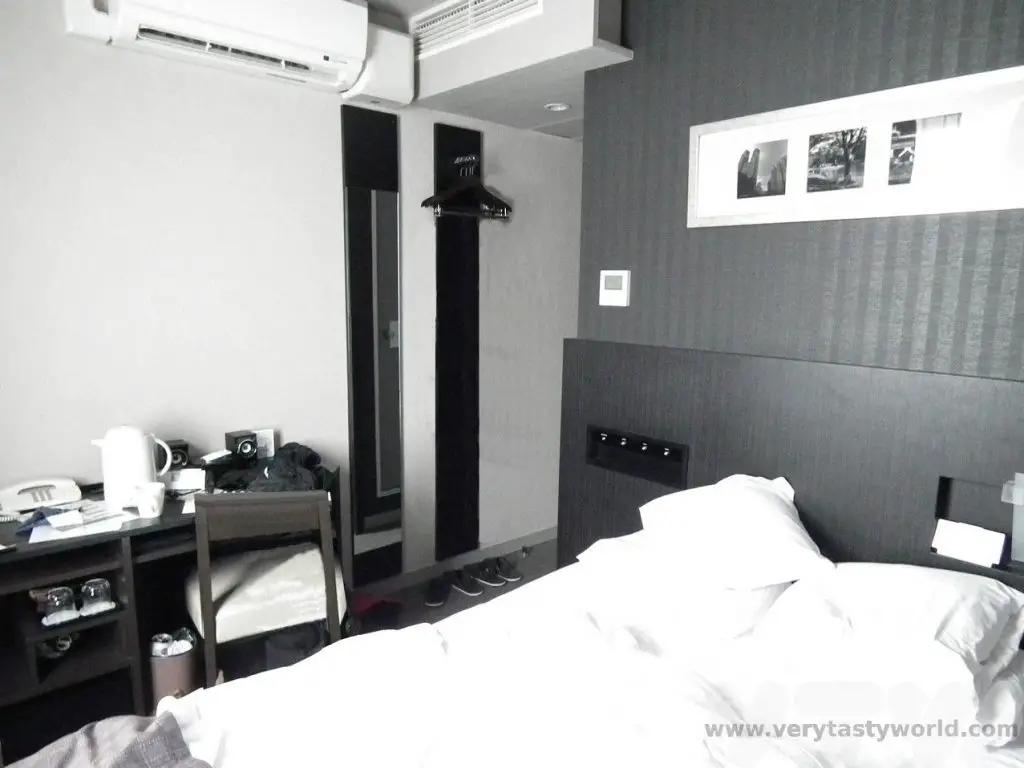
However, it is also worth splurging for a night or two to stay in a ryokan – a traditional Japanese inn. These often comprise several rooms, all laid out with tatami (reed) mat flooring. Your bedding will be a futon laid out on the floor.
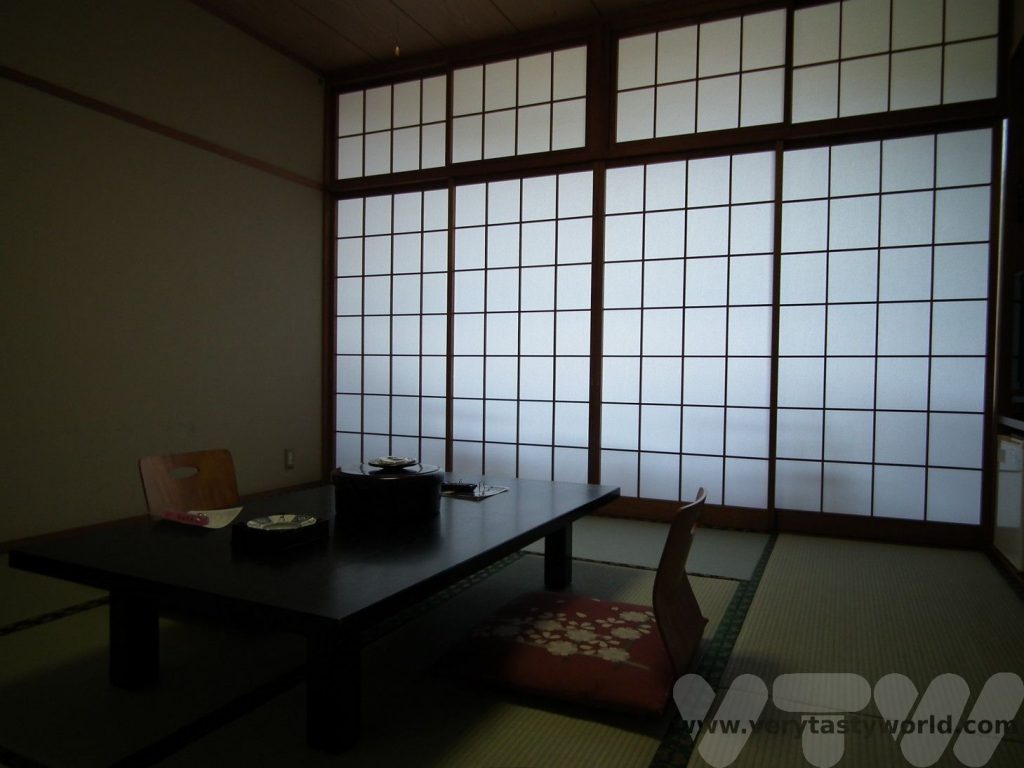
You may well be served your dinner in your room. At other establishments you will eat dinner in the restaurant and your futon will be laid out by the maid while you are dining.
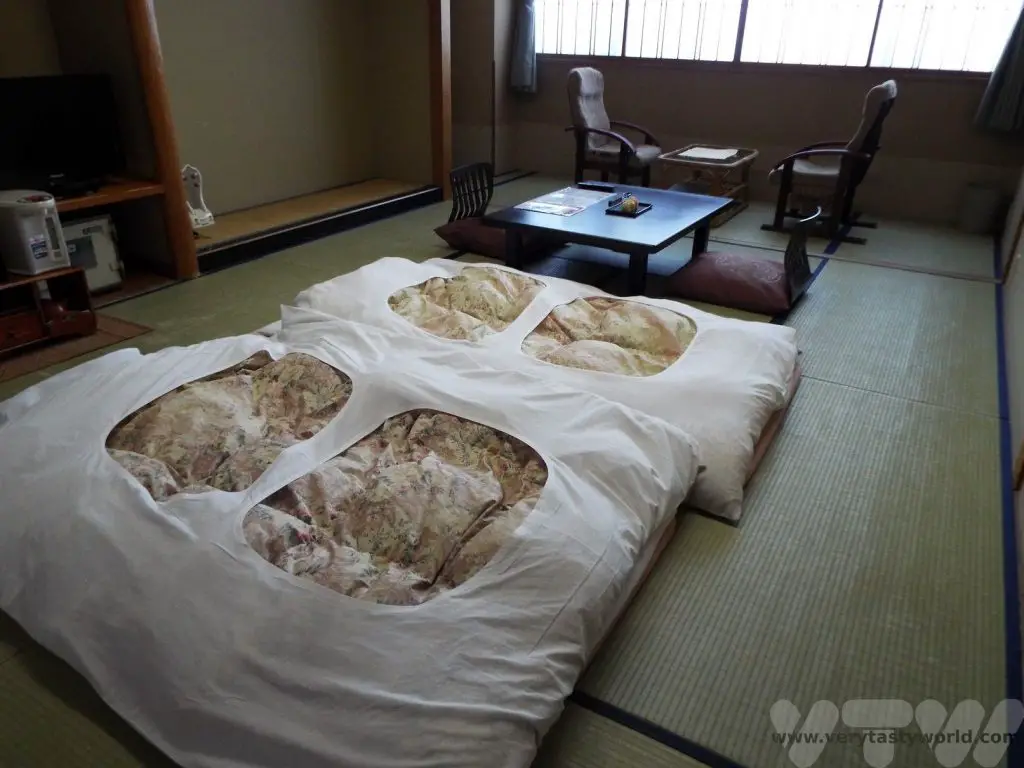
Ryokan may be ensuite although sometimes these establishments will have shared facilities. Some have lovely baths and you may be offered a time slot for bathing.
Money
Japan is still a largely cash-based society and, although ATMs have become more common over the years, are still not as widespread as you might think. We tend to take Japanese yen with us. And, while no destination is 100% safe, we have always felt comfortable carrying cash and have never had any problems while doing so.
Most hotels and increasing numbers of shops and restaurants accept credit cards these days.
You can also get IC cards – Passmo and Suica are popular ones in Tokyo – that you can all over the metropolitan area you are visiting. You can tap them to use public transport, such as the metro, and use them to buy some products as well. It is possible to charge them up by adding more cash at convenience stores (known as konbini), such as Family Mart, Lawson and 7-11, which can be found all over Japan.
Just be careful that they are valid within the area you are travelling. For example a card used in Tokyo and the surrounding area may not be accepted in the Kansai region.
Eating and Drinking
Dining when you can’t understand the writing on the menu can be a bit daunting. When we first visited Japan English menus didn’t exist but these days increasing numbers of restaurants offer menus in English, Chinese and Korean.
And many restaurants have picture menus or plastic models of the food in the window. They will also show the prices, sometimes in ordinary numerals but sometimes in Kanji (the Japanese writing system). If you get really stuck, take your server outside and point at what you want!
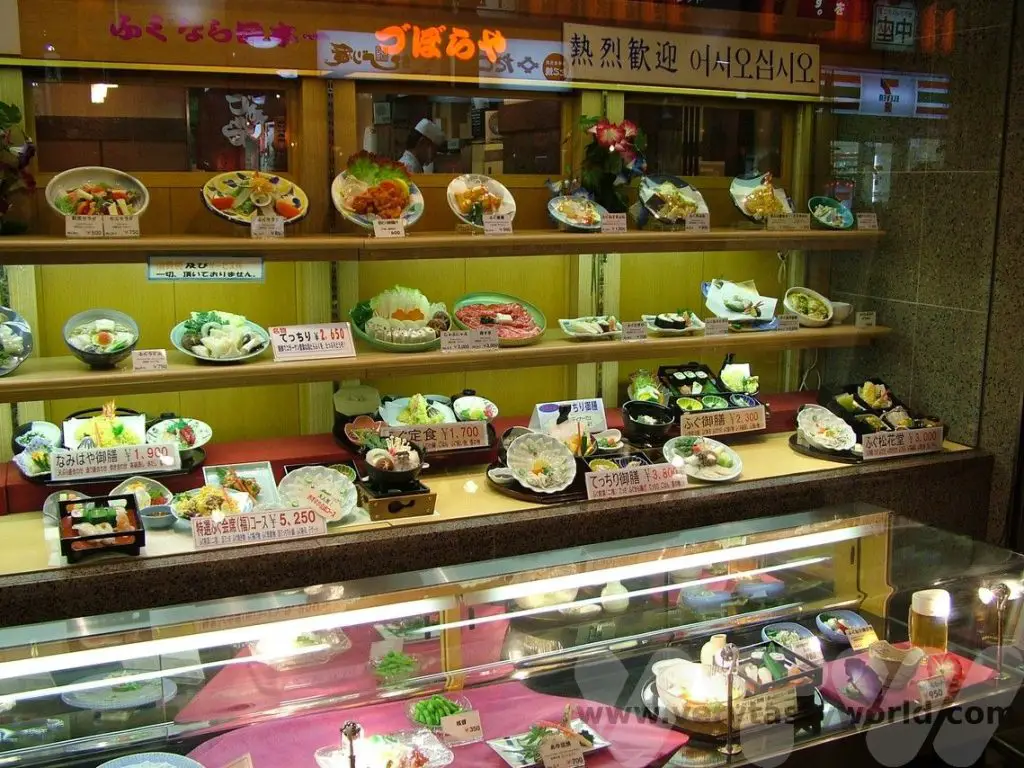
Food is eaten with chopsticks and occasionally a spoon. It is rare to find knives and forks, and restaurants are usually unable to supply them. Bring your own if needed, but, better, learn to use chopsticks – it isn’t that difficult!
Most people will know the Japanese foods sushi, sashimi and ramen noodles but the cuisine has so much for offer.
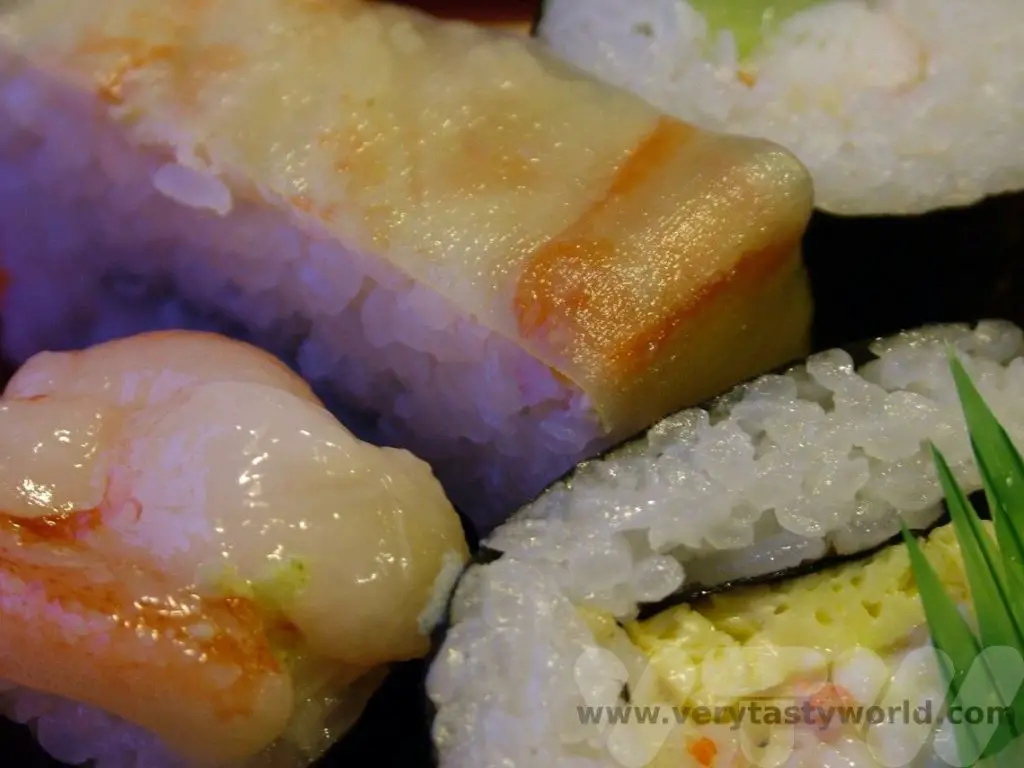
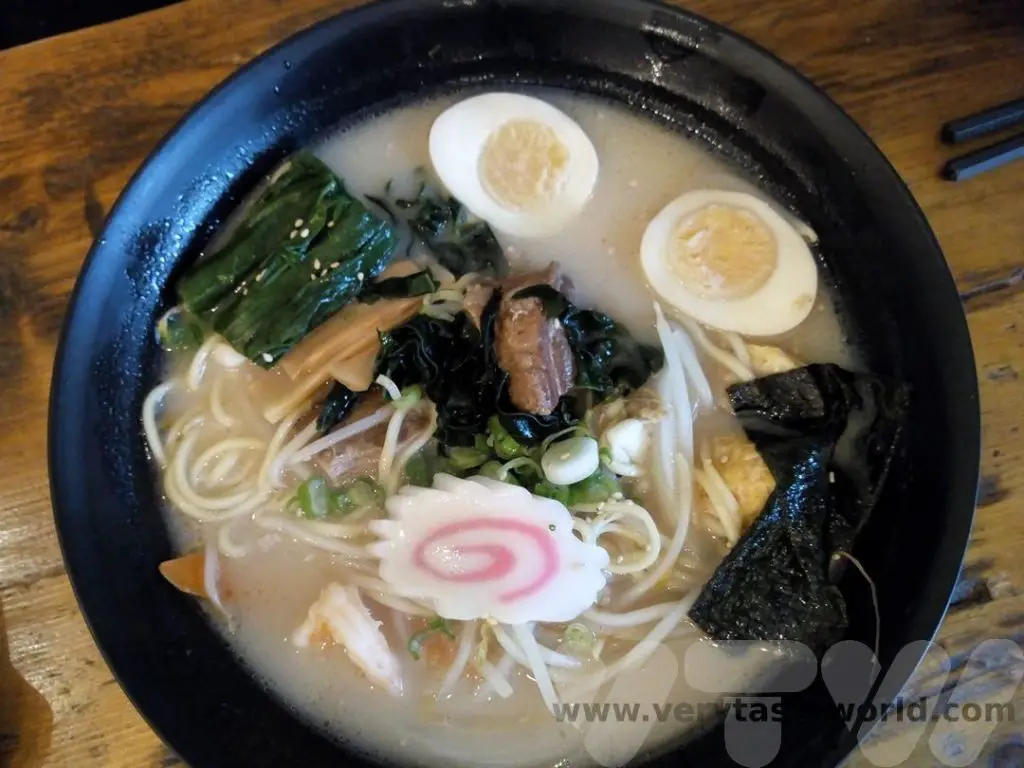
There are prices to suit all budgets, from noodles at a railway station stand, where you eat standing up, to the full-on kaiseki ryori, Japanese haute cuisine.
And, if you are travelling on the train, it’s essential to enjoy a bento box meal – a lunch box full of goodies. There are even regional variations of bento sold at railway stations, known as eki-ben.

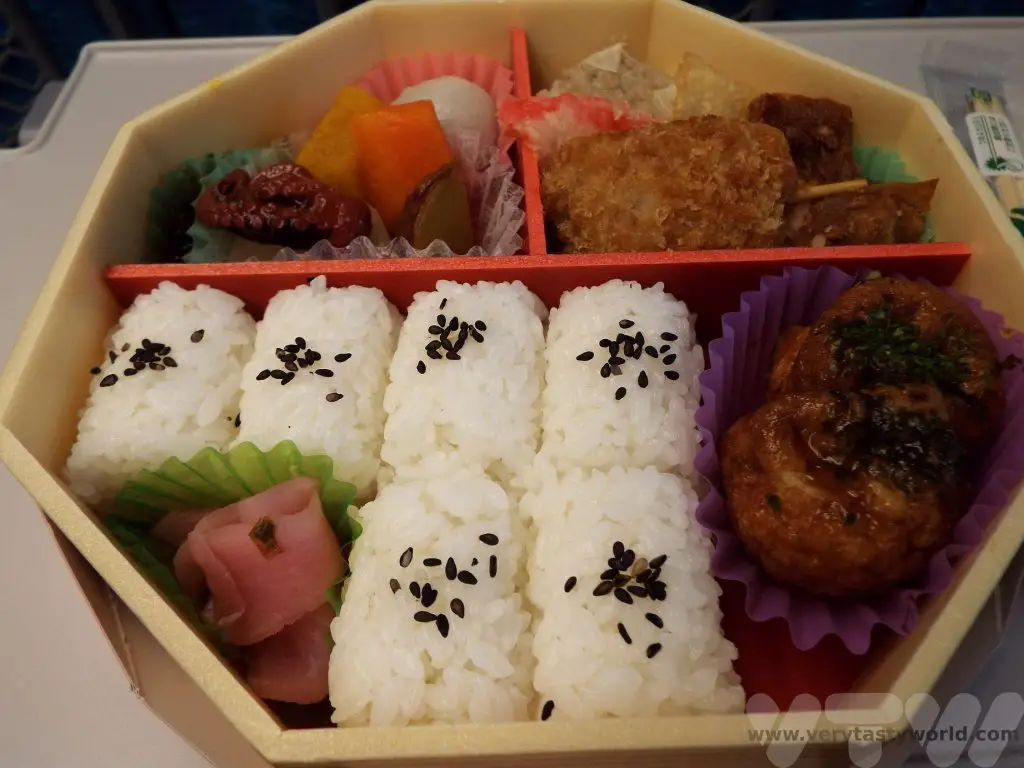
Izakaya are Japanese style pubs where you can enjoy drinks as well as order a variety of dishes.They are a great way to spend an evening.
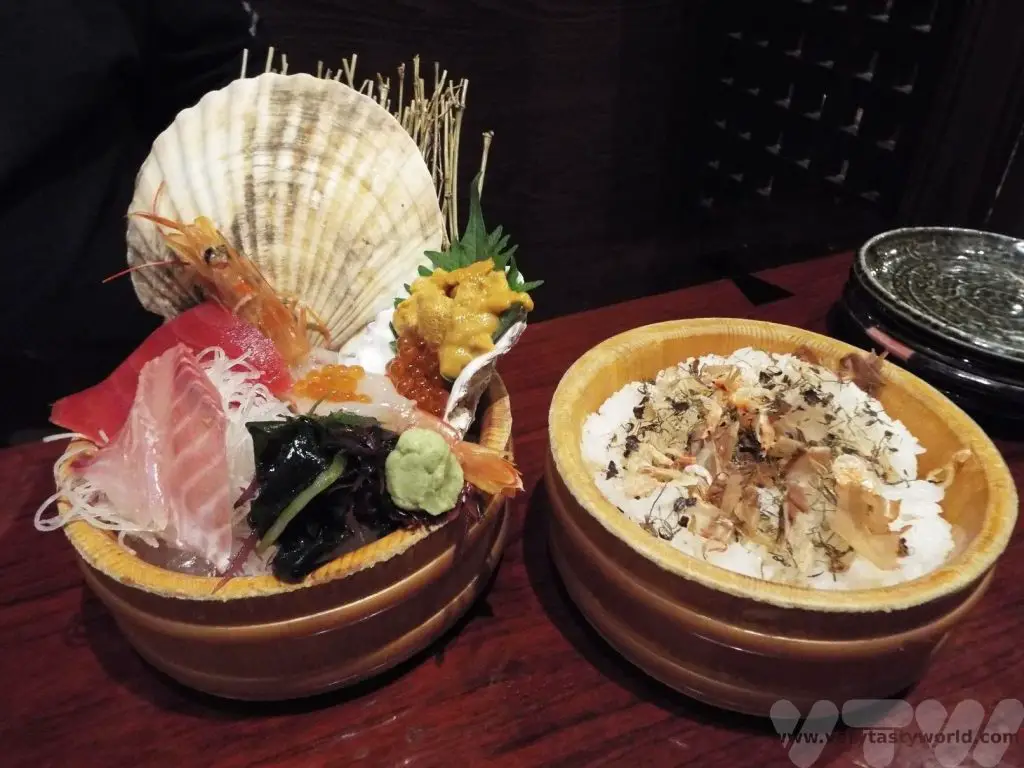
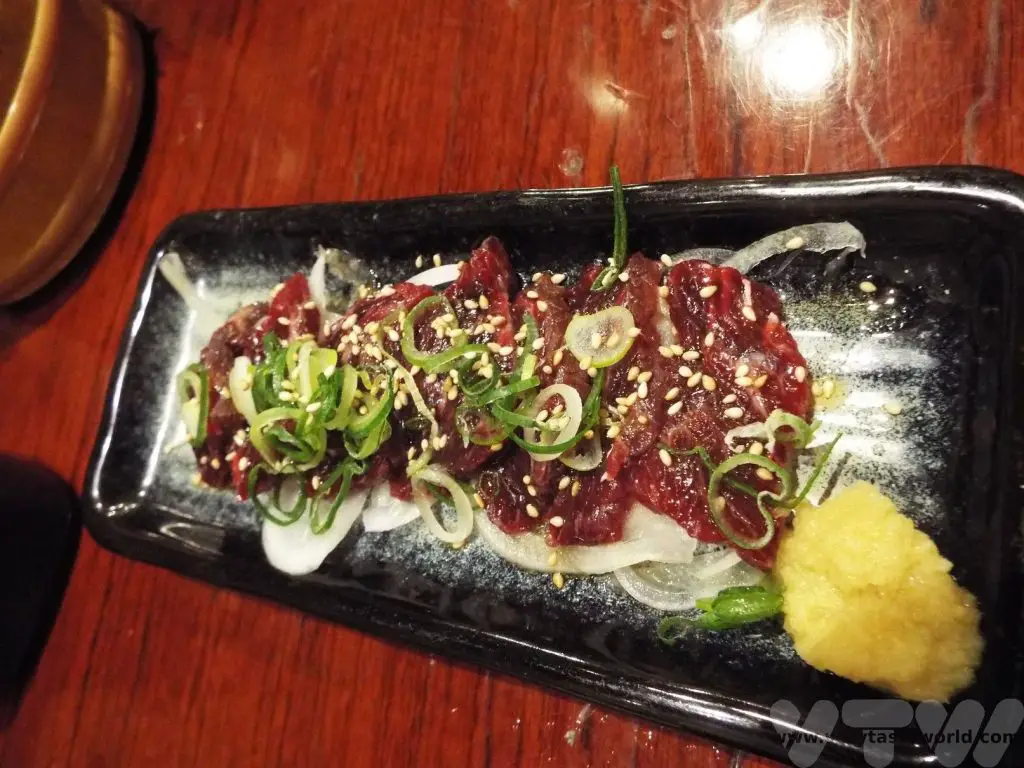
Beware the cover charge, known as otoshi or tsukidashi, which is basically a table charge. Some establishments will have a fixed charge for drinking and eating there. It’s usually a few hundred yen per person and its aim is to encourage you to stay at that establishment. If you get a small starter or plate of snacks just after you sit at your table, it’s not a freebie, you are likely to be charged for it. Some bars in Tokyo will indicate whether a cover charge applies but it’s not always clear.
Tipping is not expected nor required in Japanese restaurants or bars – which makes life very easy. Just pay the bill. We have had some instances where restaurant proprietors have run after us with 5 yen change!
Customs and Etiquette
When we first visited Japan we were worried that we would fail to follow etiquette and make terrible faux pas all the way around the country. In fact Japanese people are incredibly friendly and welcoming and would not ostracise a visitor. But if you get the etiquette correct, your efforts are really appreciated.
As with travelling anywhere, it goes without saying that you should be polite and respectful. ‘Arigato’ means ‘thank you’ and ‘sumimasen’ means ‘excuse me’.
Absolute no-nos are wearing outdoor shoes inside. Always remove them before entering a home. Some restaurants may also request shoe removal and provide a locker for your shoes and some slippers that you can wear inside.
If you are using a shared bathroom at your accommodation bear in mind that your room slippers need to be changed for bathroom slippers. (Don’t forget to change them back when leaving the bathroom!)
If using a shared bath, for example at an onsen (hot spring resort), you should wash before getting into the bath so that you are clean before you start bathing. The bath is all about having a lovely, relaxing soak at the end of a day’s sightseeing.
If you are wearing a yukata (a cotton kimono) make sure that the left side of the material overlaps the right side- right over left is for dressing the dead.
Tattoos are still taboo in Japan because they are associated with yakuza (gangsters). If you plan to spend time in an onsen it is worth covering small tattoos with a sticking plaster. Be aware of tattoo polices, some accept people with tattoos, others may turn you away.
As mentioned above, you don’t tip in Japan. Unless you are staying at a high-end ryokan, where it is polite to leave a few hundred yen for the maid who will have laid out your bedding, although this isn’t compulsory. It is considered rude to hand people cash, so leave any tip in an envelope.
Handy Travelling Tips
If you are travelling on public transport and have a lot of luggage, it’s not the most comfortable way to travel, especially if you are lugging unwieldy cases. Instead you could use the Takkyubin service – a courier delivery service that will transfer your luggage to your next location (or beyond, hotels are usually happy to store your bags for a few days). Just ask for ‘Takkyubin’ at a hotel. The staff will be able to arrange it for you and take payment on your behalf. It’s a pretty cheap service and is extremely efficient. Our bags have travelled from one end of the country to the other overnight and we’ve just swanned up at the hotel with a daysack the following day and our luggage arrived ahear of us.
Useful hint: it’s helpful to have the address of your destination hotel written in Japanese – hotel staff will be happy to fill in the form for you. If you are using a booking service such as Booking.com, you can obtain a printout or use the app to find the address in the original language.
Another thing that you will notice about Japan is the sheer number of vending machines. It feels as though there is one on every corner. You can buy pretty much anything. Most are snacks and drinks machines, some will be able to sell hot beverages as well, and you can even buy beer. (We couldn’t imagine a full and working vending machine selling beer in the UK – it would get trashed in seconds!)
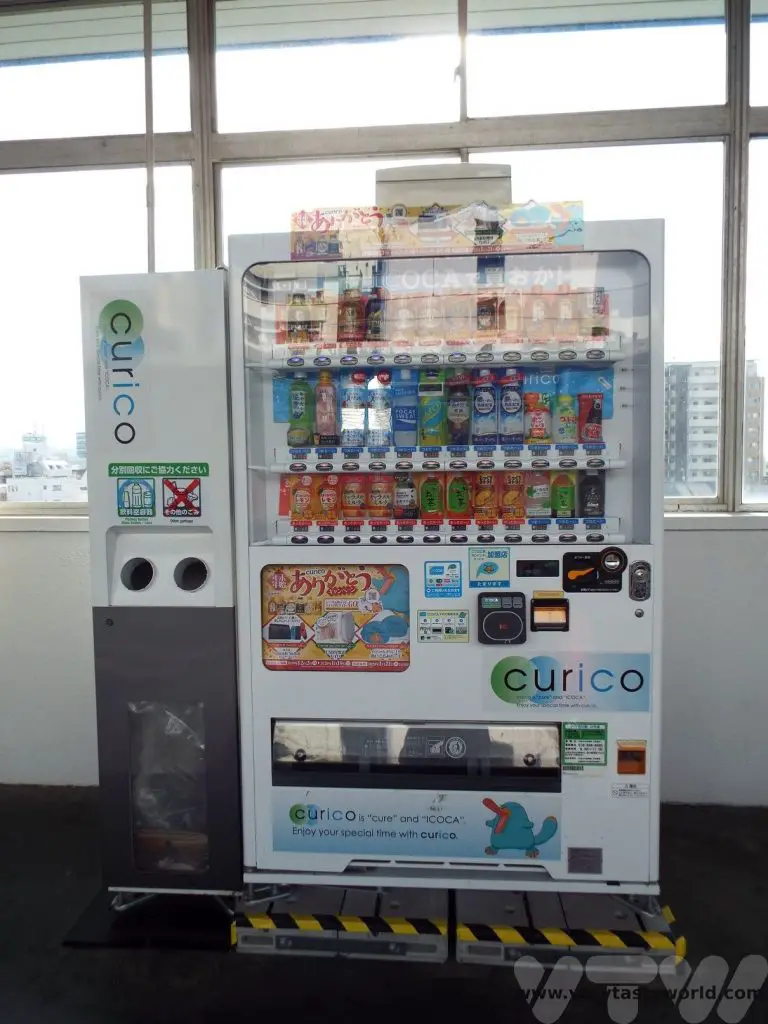
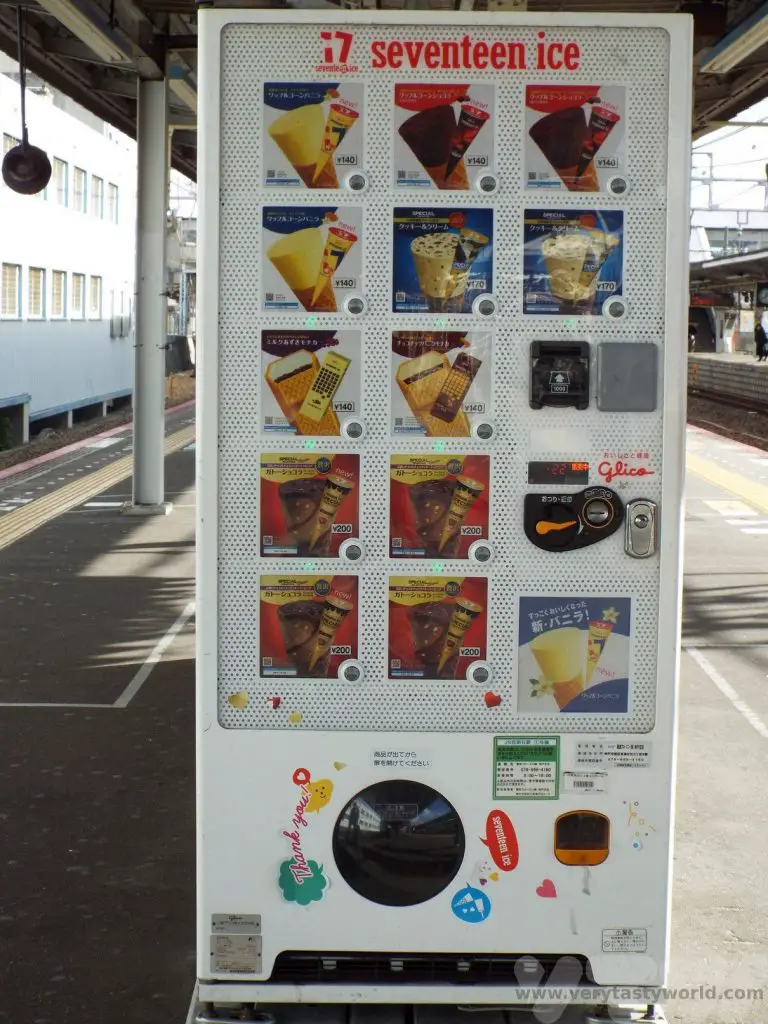
And you can drink the tap water in Japan, so make sure to bring a reusable water bottle with you.
Planning A Trip To Japan -Things to Do
Of course Japan offers all the usual attractions for tourists, such as museums, galleries, entertainment and shopping opportunities galore. But here are some quintessentially Japanese activities.
Kabuki
Kabuki is a form of Japanese highly stylised drama and it’s possible to visit the theatre in Ginza, Tokyo to see a play. When we visited we were given a leaflet which explained the plot for the play we were watching. The word kabuki is a combination of three characters which mean song (ka), dance (bu) and acting (ki) so you can expect all of these elements. All performers are male, even those playing female roles.
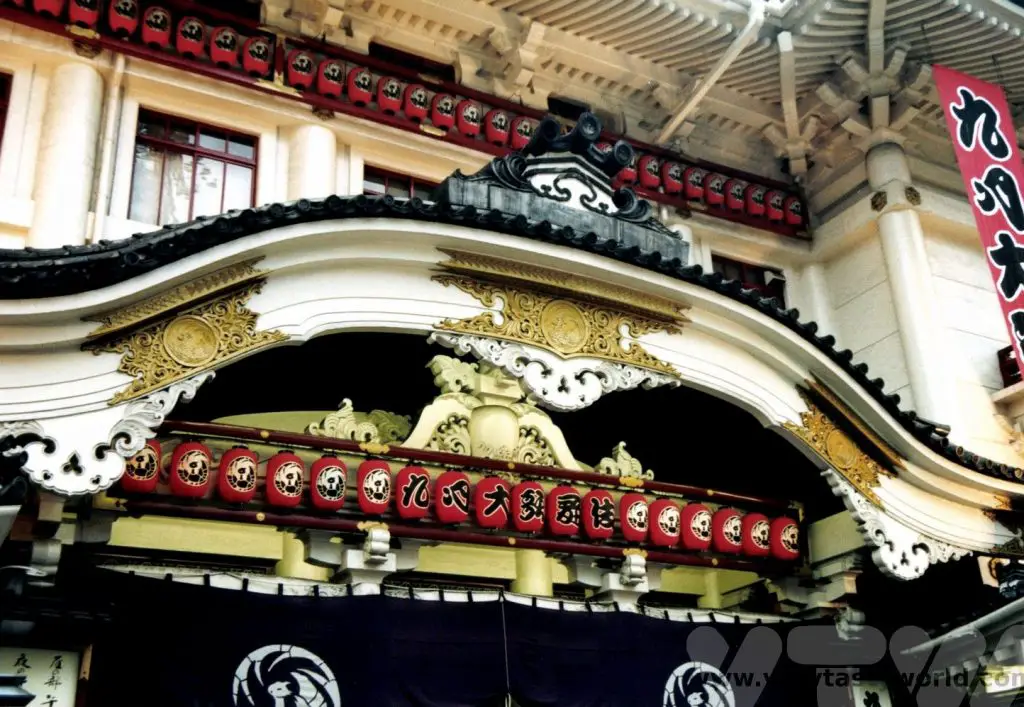
Another thing that surprised us is that there is an element of audience participation where viewers shout words of encouragement to their favourite actors. You can get tickets for a single act or a whole play.
Arcades
If you’re a big kid and enjoy playing video games you’ll love the arcades in Japan. They can be found in any city. We can’t resist them – you can play all sorts of games from musical (drumming or dancing) to driving to betting on horse races. There are some where you can stand alongside a mannequin comedian and attempt to perform as a manzai (straight man, funny man comedy).
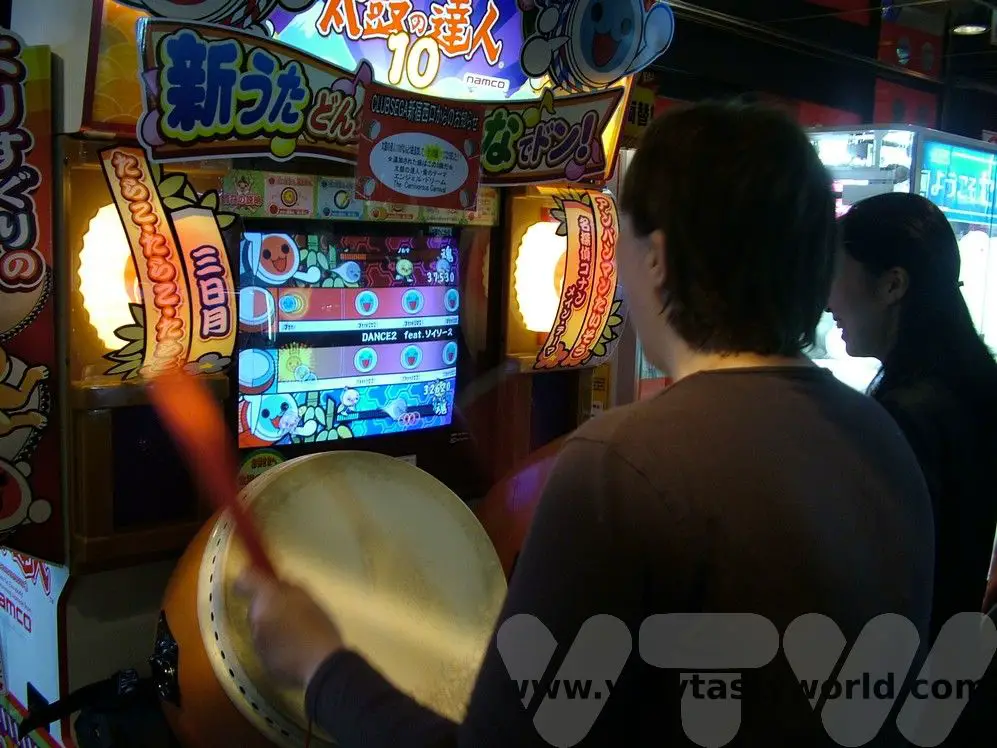
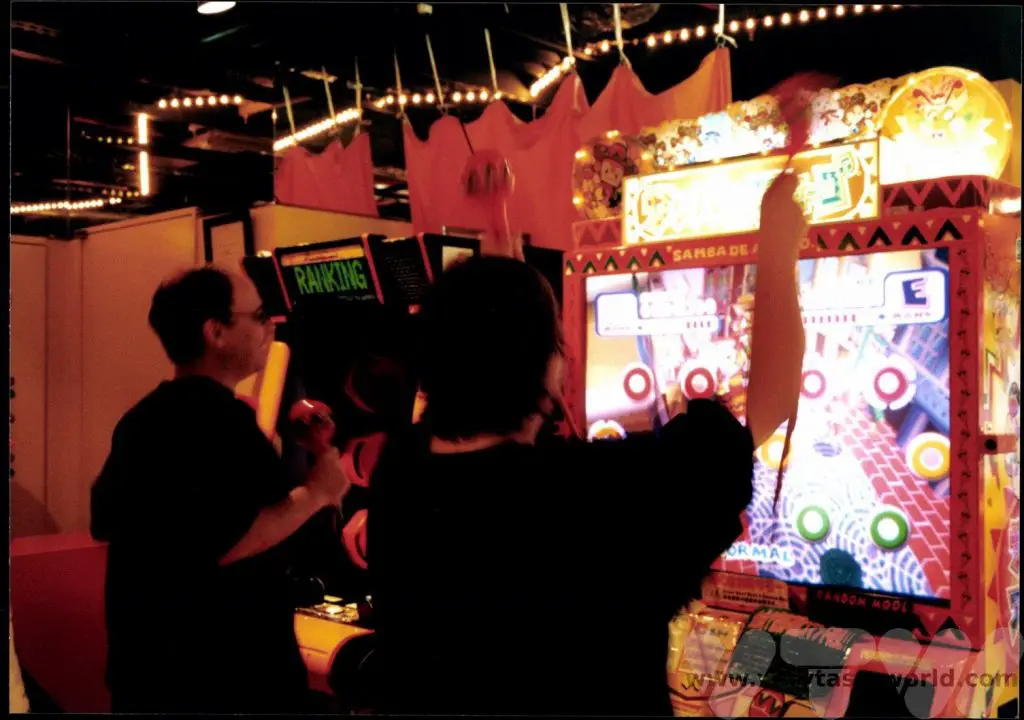
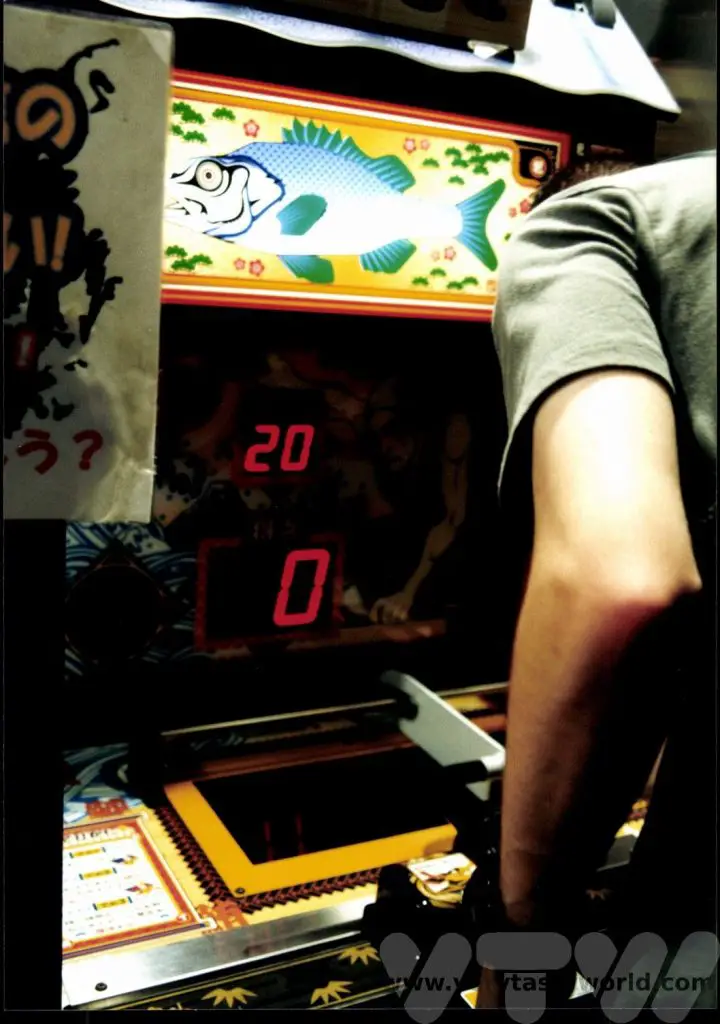
Just make sure you have a stash of 100 Yen coins.
Karaoke
Karaoke was invented in Japan and is now popular all over the world. The word derives from ‘kara’, meaning empty and ‘oke’ which is an abbreviation of ōkesutora (orchestra). In Japan you can visit karaoke establishments and hire a room for a set time period – just for you and your mates or travelling companions – thumb through the extensive book of songs (there will be loads in English) and sing your socks off. It’s great fun and there’s no need to worry about singing in front of strangers.
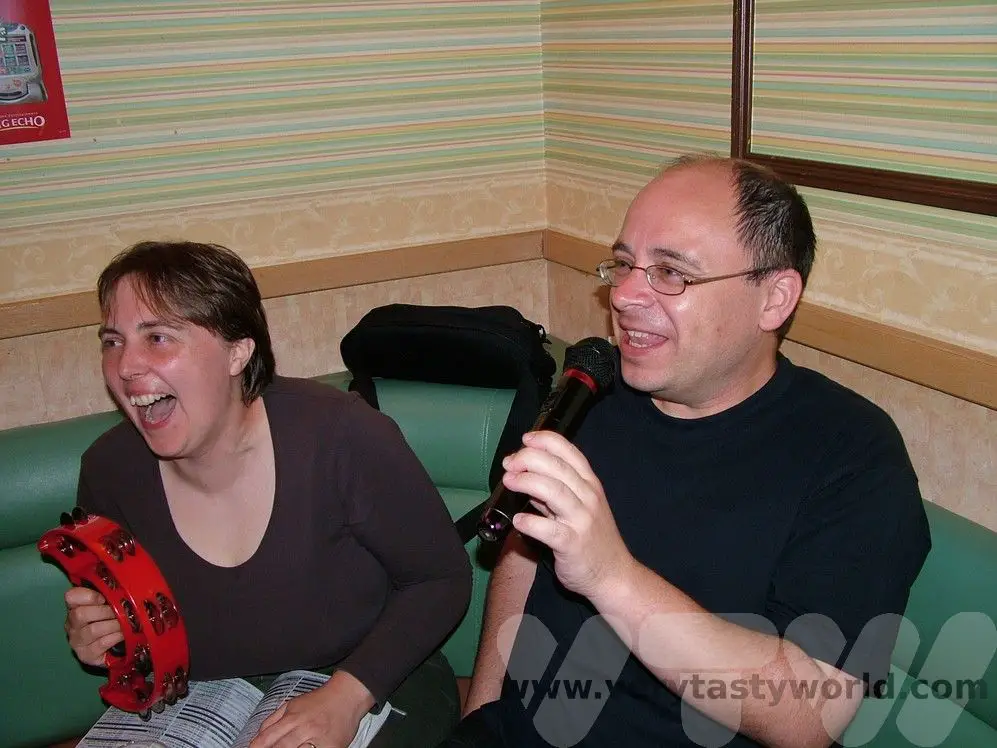
Big Echo is one of the most famous karaoke venues. You can also get a nomihodai – all you can drink – deal. There’s a phone where you can order drinks – although it would be helpful to be able to speak a bit of Japanese. The phone will also ring to let you know when you have 10 minutes before the room hire expires – the perfect time make Bohemian Rhapsody your final number!
Manga, Anime and Electronics
Japanese culture, particularly manga and anime, has become hugely popular all over the world and there are lots of opportunities to visit museums, such as the wonderful Studio Ghibli museum, and even museums located by some of the animation studios. There are some areas within certain cities which have hubs where you can go shopping for all the latest hi-tech gear or discover pop culture galore. Akihabara in Tokyo and DenDen town in Osaka offer loads of exciting places to explore for tech and culture fans alike.
Sumo
Sumo is Japan’s national sport and is fascinating to watch. There are tournaments six times a year (three in Tokyo, alternating with ones in Osaka, Nagoya and Fukuoka) You can spend a day at the sumo if your trip coincides with a basho.
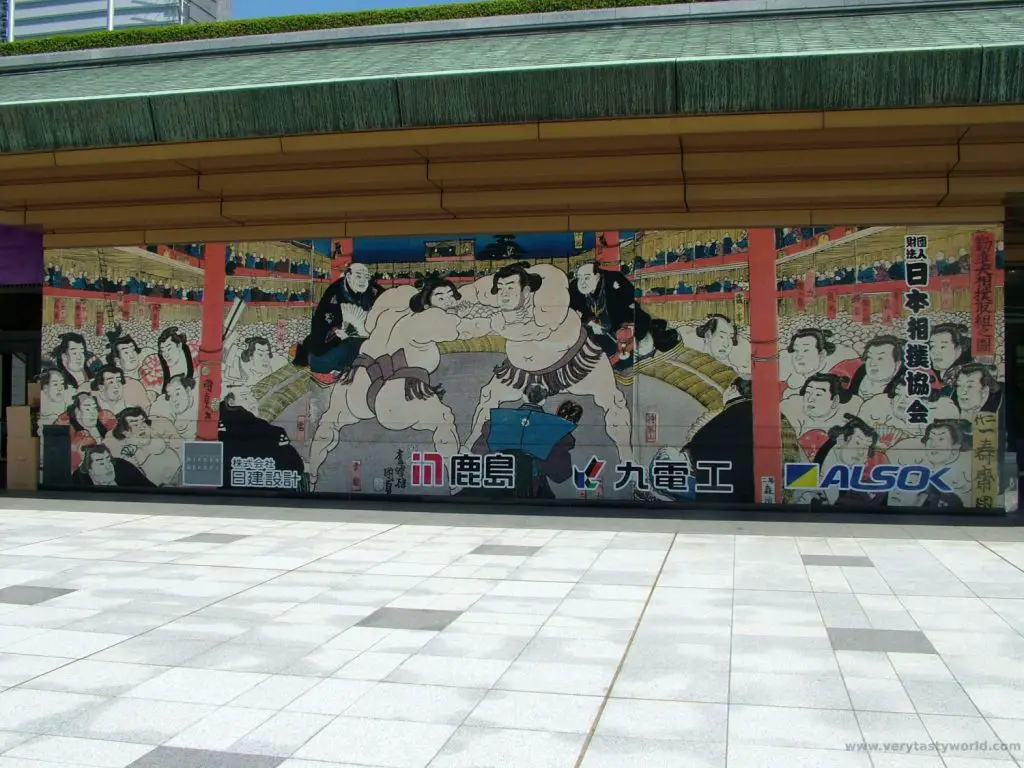
The rules of sumo are very simple: Two wrestlers face each other in a ring and, at the signal of mutual consent to begin, the bout commences. A wrestler loses when he is either forced out of the ring or touches the floor with any part of his body other than his feet.
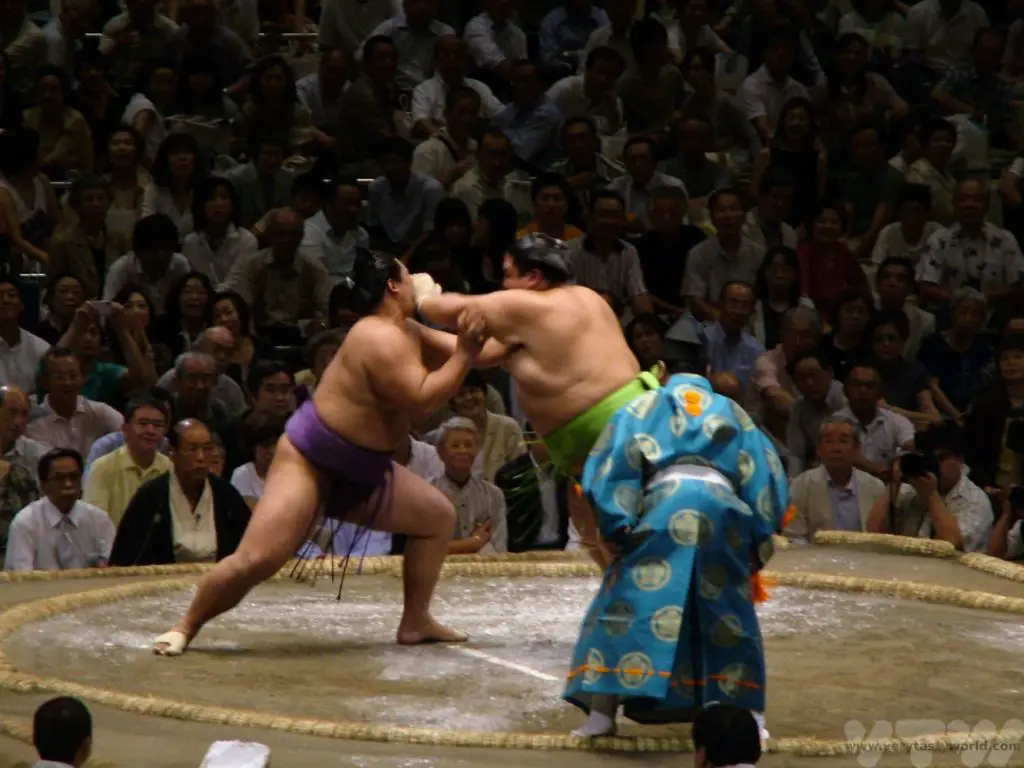
You can read about our day at the sumo in this post. And if you can’t attend, you can often watch sumo wrestlers training at their stables.
Pachinko
Pachinko is definitely the loudest and possibly the most impenetrable activity we have ever done in Japan. It’s kind of like a vertical pinball machine where you pay for a bucket of silver balls, put them in the machine and turn the nob. Sometimes you might win a whole bunch of silver balls. You exchange these for a prize (which can be a bit bizarre, such as a box of razor blades!) which can then be swapped for cash in the booth outside the pachinko parlour.
This is gambling, which isn’t strictly legal in Japan, which is why you win a ‘prize’ rather than directly winning cash. The most we have ever spent is 1000 Yen (a few pounds) and, of course, we lost. We didn’t have a clue what we were doing but it was lots of fun anyway. Although our ears were ringing after leaving the room.
Onsen
Because Japan is located in the Pacific Ring of Fire it is geothermally very active and has a lot of hot springs. And a country that has a lot of hot springs has a lot of hot spring resorts. Onsen are delightful places to relax and unwind, soaking in natural spring water. Some ryokan have their own onsen. A rotemburo is an outdoor onsen where you can relax and enjoy the natural surroundings. It’s worth knowing that some onsen are sex-segregated. We like bathing together, so tend to seek out private baths where we can relax together. Some of the ryokan we have stayed have a rotemburo which can be booked for a set time each evening.
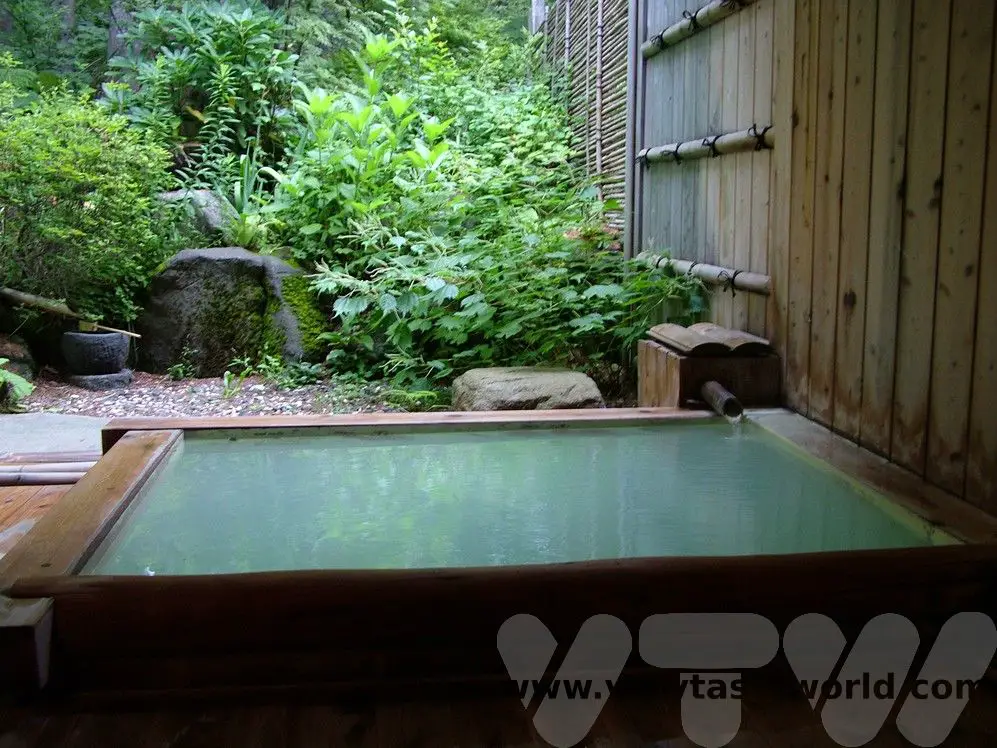
The bath etiquette is that you undress in the changing area then have a shower/wash before you get into the bath. Make sure you have thoroughly rinsed off all soapy water. This means that you are clean before bathing and can just enjoy a lovely relaxing time in the warm water.
Castles
There are thousands of castles all over Japan. These impressive fortresses, constructed from stone and wood, were often strategically located along trade routes and were designed to provide strong defences. Many become the residences of feudal lords, known as daimyo,
Many Japanese castles are reconstructions, having been destroyed by fire and rebuilt over the centuries.
Some of the best castles are to be found at Matsumoto – the black crow castle…

…and Himeji.
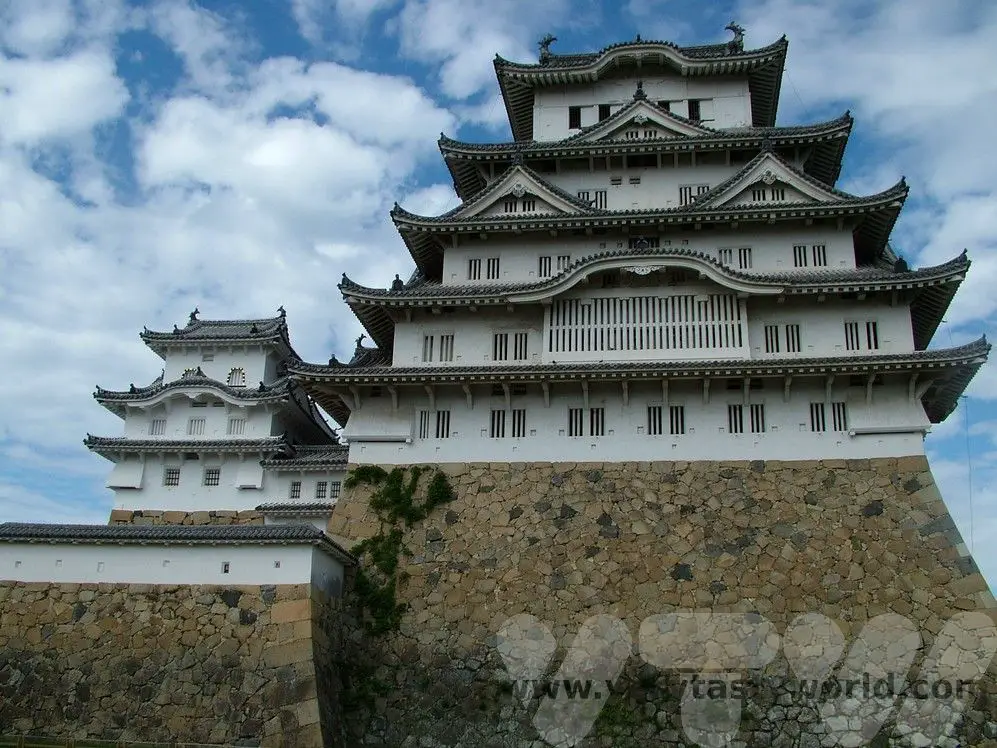
Gardens
Japanese gardens feature traditional designs that have their roots, if you will, in the country’s indigenous Shinto religion which recognises gods and spirits that are found in all things. Gardens often reflect the nature of the landscape and Japan’s distinctive seasons and use natural materials such as rocks, stones and water. Some gardens are very specialist, such as the zen gardens which comprise a minimalist landscape of rocks and stones.
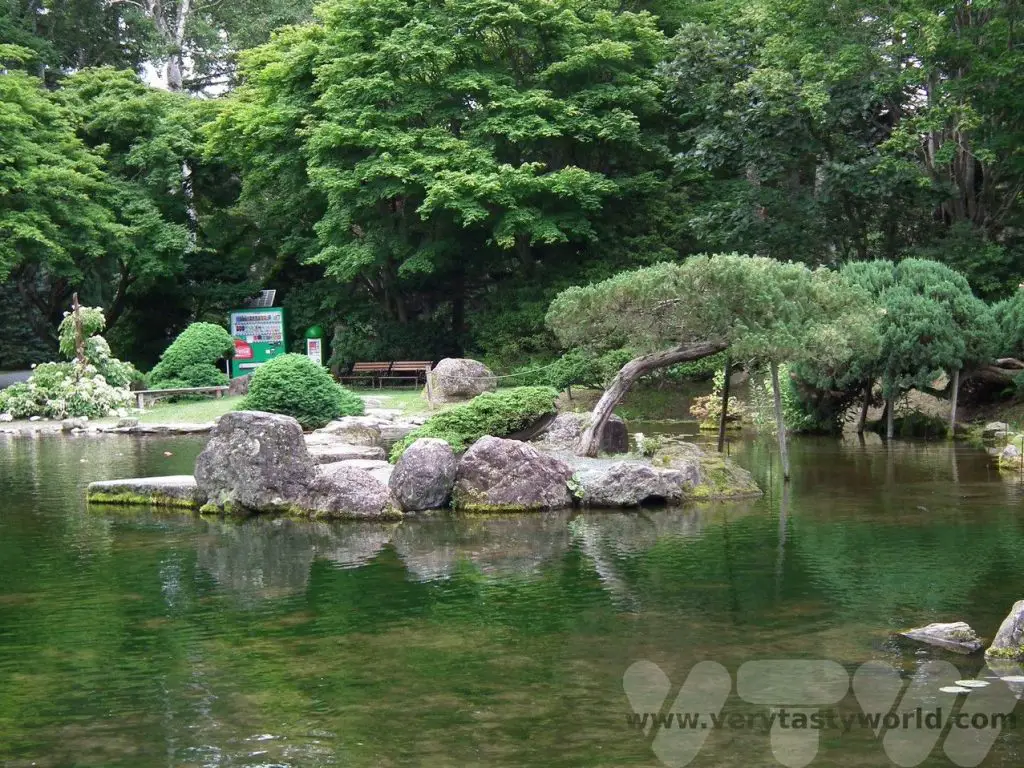
Planning a Trip To Japan – Top Places to Visit
Here are a few suggestions for places to visit which will hopefully give you a flavour of what Japan has to offer as well whet your appetite for some local regional dishes.
Honshu – the main island
Tokyo
Japan’s capital city is a sprawling metropolis. There are so many places to explore and things to do you could spend your entire holiday here. Popular districts are Shinjuku, Shibuya (the place where young people hang out), Asakusa (a laid-back area with old-world feel which is home to the Senso-ji temple), Akihabara (the cool hi-tech area which has a lot of manga and anime stores as well as the Tokyo Anime Center) and Roppongi (the area where a lot of overseas residents and visitors reside or hang out).
We tend to stay in Shinjuku as it’s very central. There are all sorts of things to do, including foodie tours.
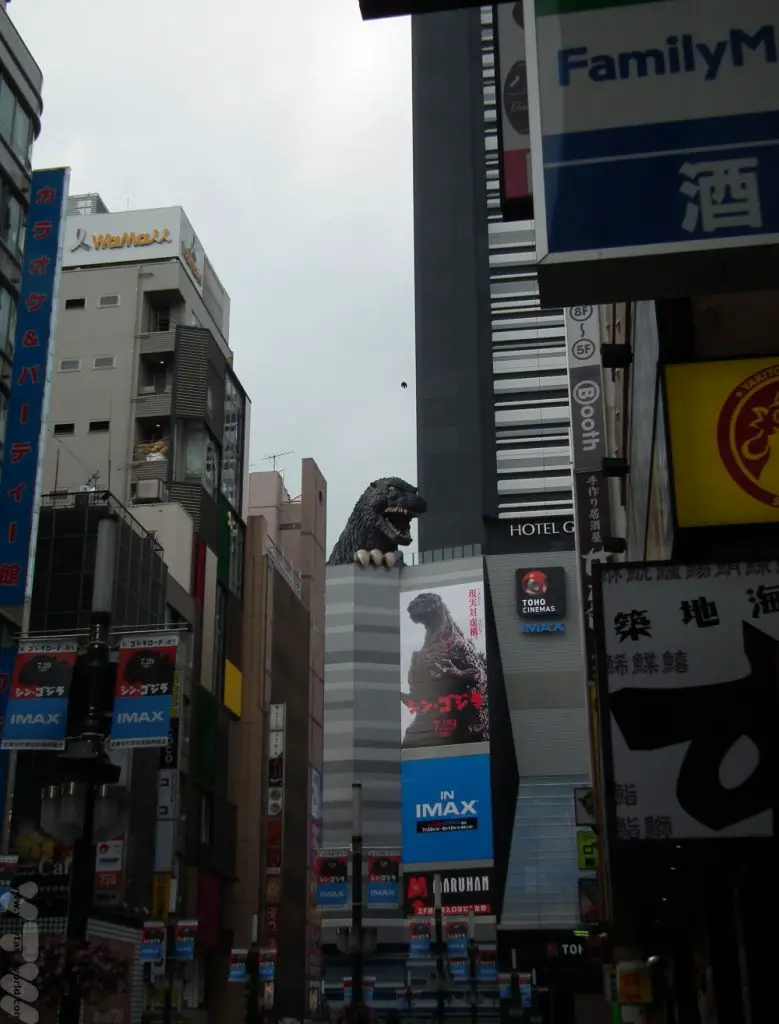
The Meiji shrine, dedicated to the deity of the Emperor Meiji is set in a lovely extensive park. It has a dramatic torii gate at its entrance.
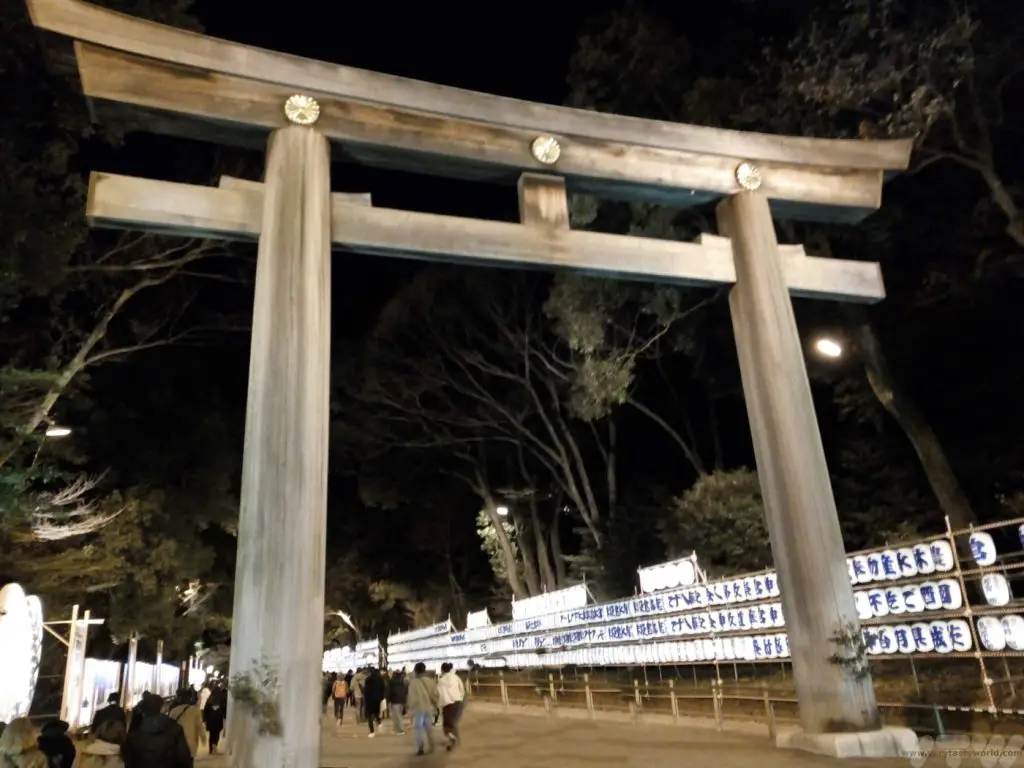
Shibuya is the location of the famous road crossing – known as ‘The Scramble’ – and seen in many films and TV series where over 2000 people can cross in a single cycle of the pedestrian lights.
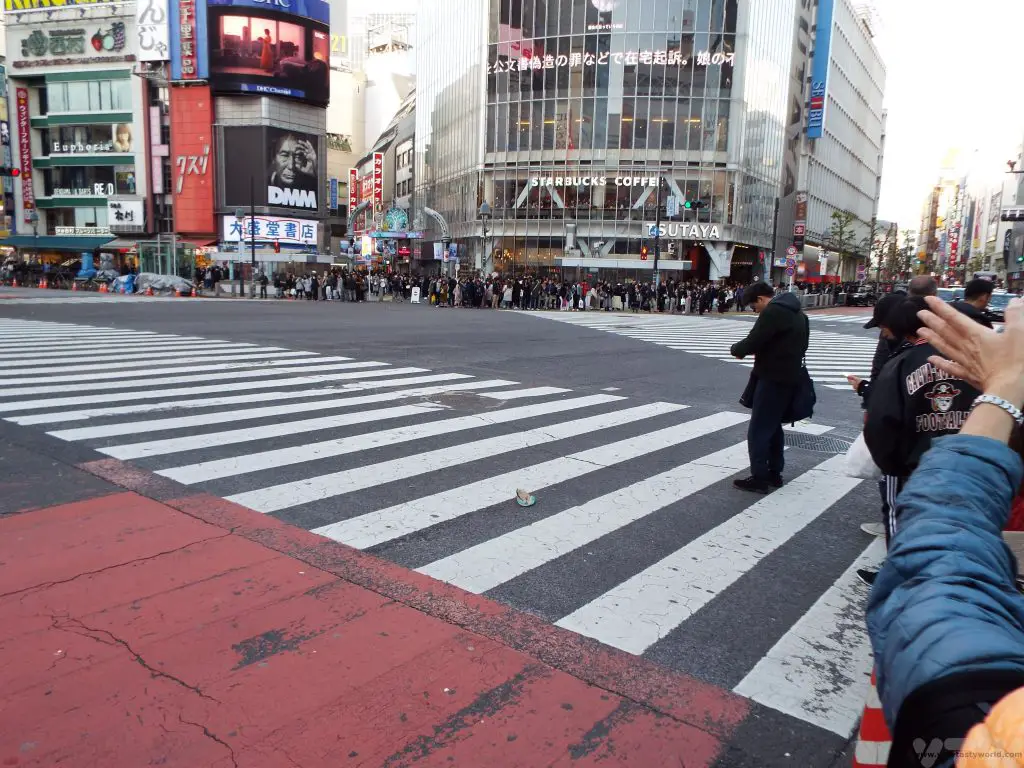
If you like the animations of Studio Ghibli, The Ghibli Museum in Mitaka is a must-see but you do have to book in advance.
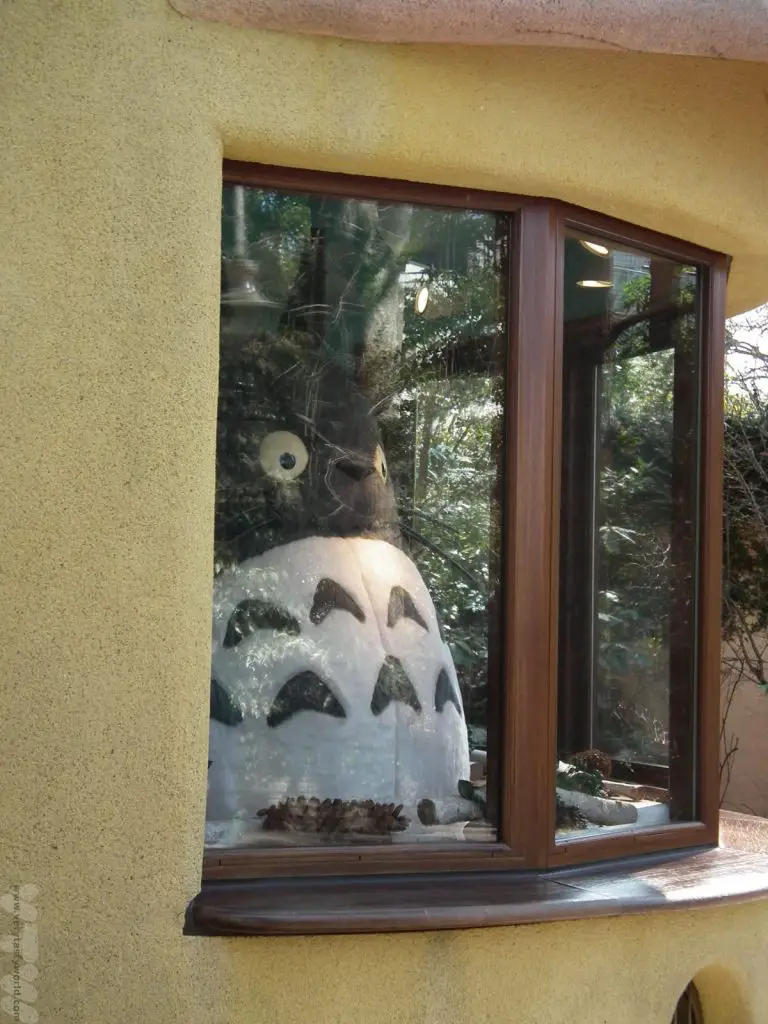
Odaiba is an entertainment hub on an artificial island set in Tokyo Bay. Cross the rainbow bridge to find all sorts of activities and shopping. And a monument that somehow seems familiar…
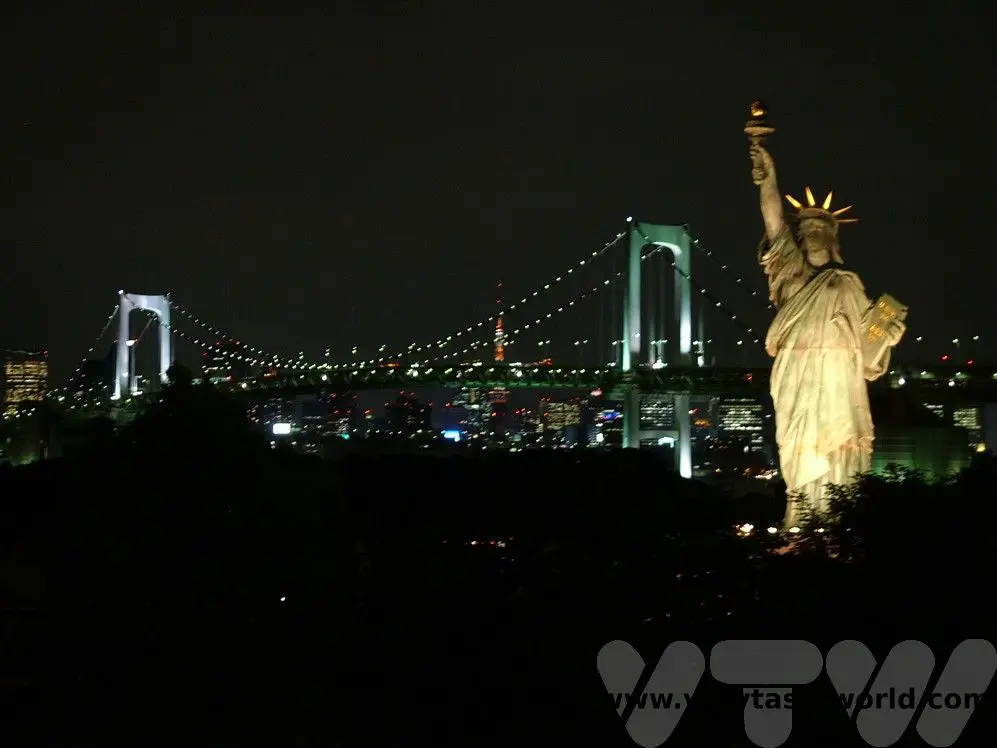
There are also plenty of day trips from Tokyo. Nikko is a historic city and the home of the Toshogu Shinto shrine.
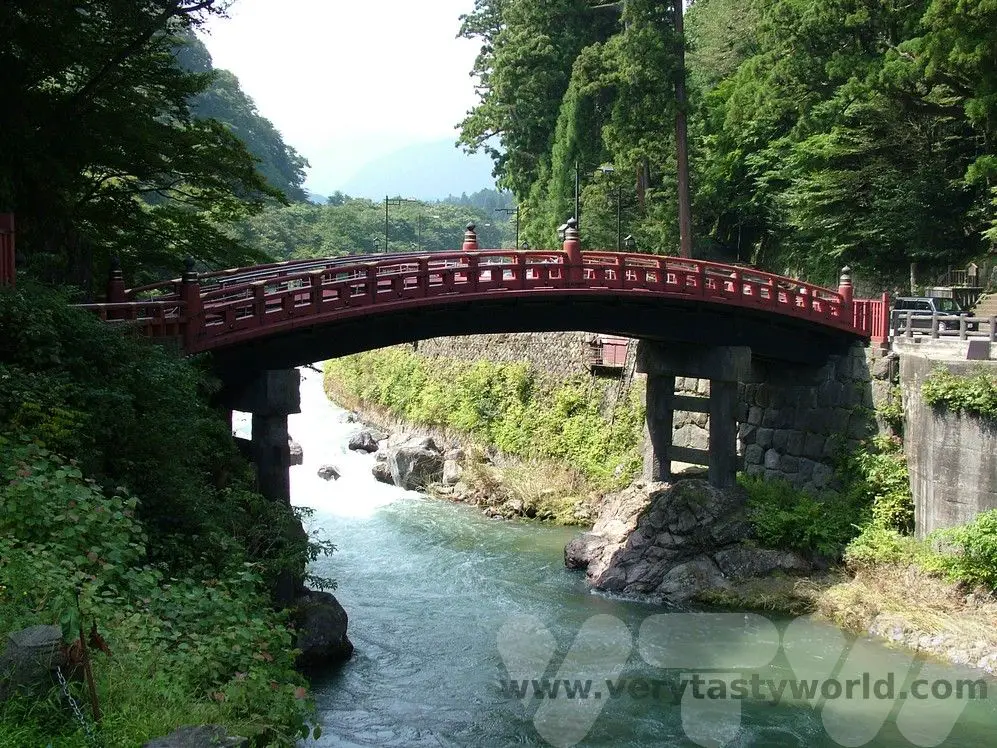
A tour of the Fuji Five Lakes area is a possibility from Tokyo. You might get a glimpse of Japan’s iconic mountain (if the weather is clear!) and sail on a pirate ship across Lake Ashinoko.
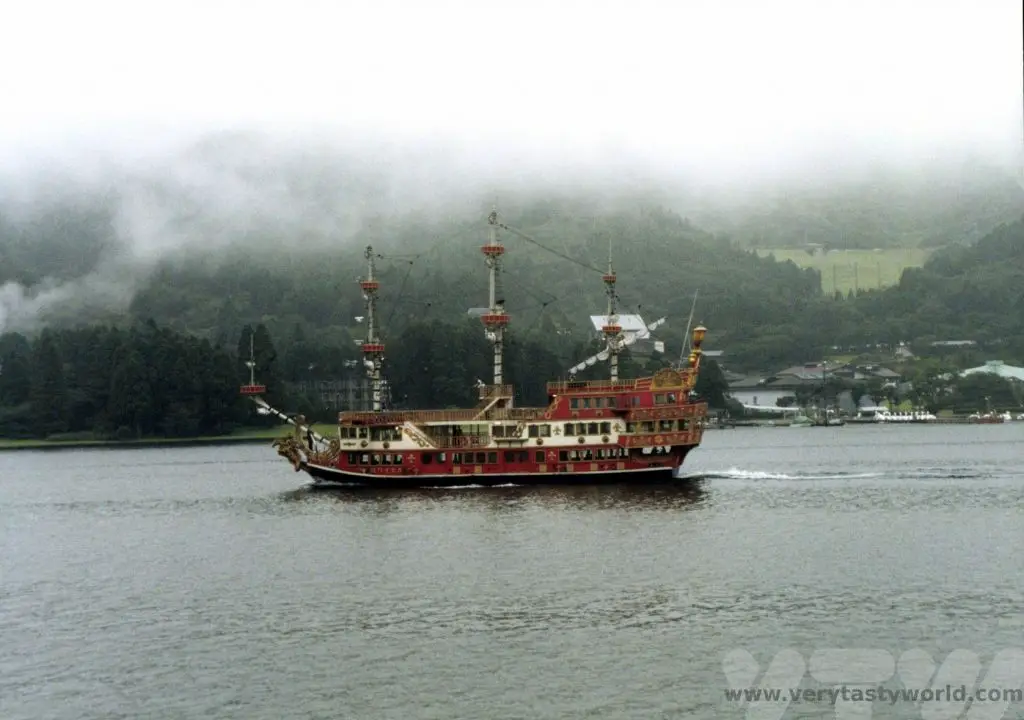
Osaka
A few hours from Tokyo on the bullet train Kansai’s commercial capital is a neon paradise and a fantastic place for foodies. Head out to the dotonbori area for a range of amazing restaurants and a vibrant nightlife.
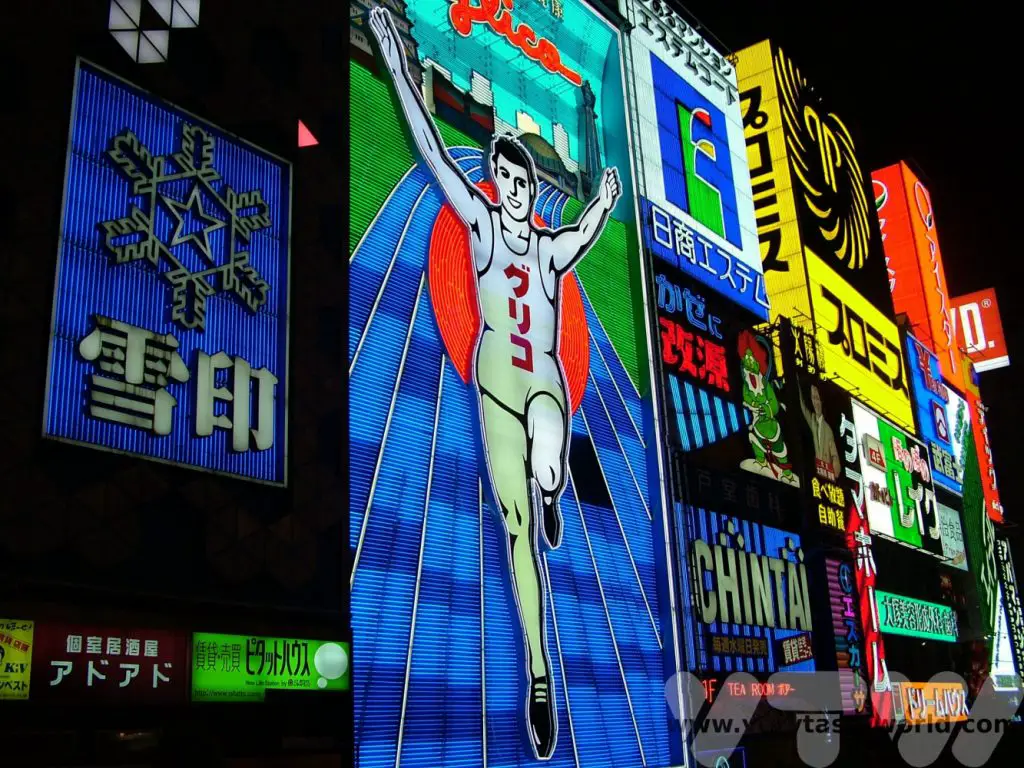
Typical Osaka dishes include okonomiyaki (kind of a cross between an pancake and a pizza) and takoyaki – octopus balls in batter.
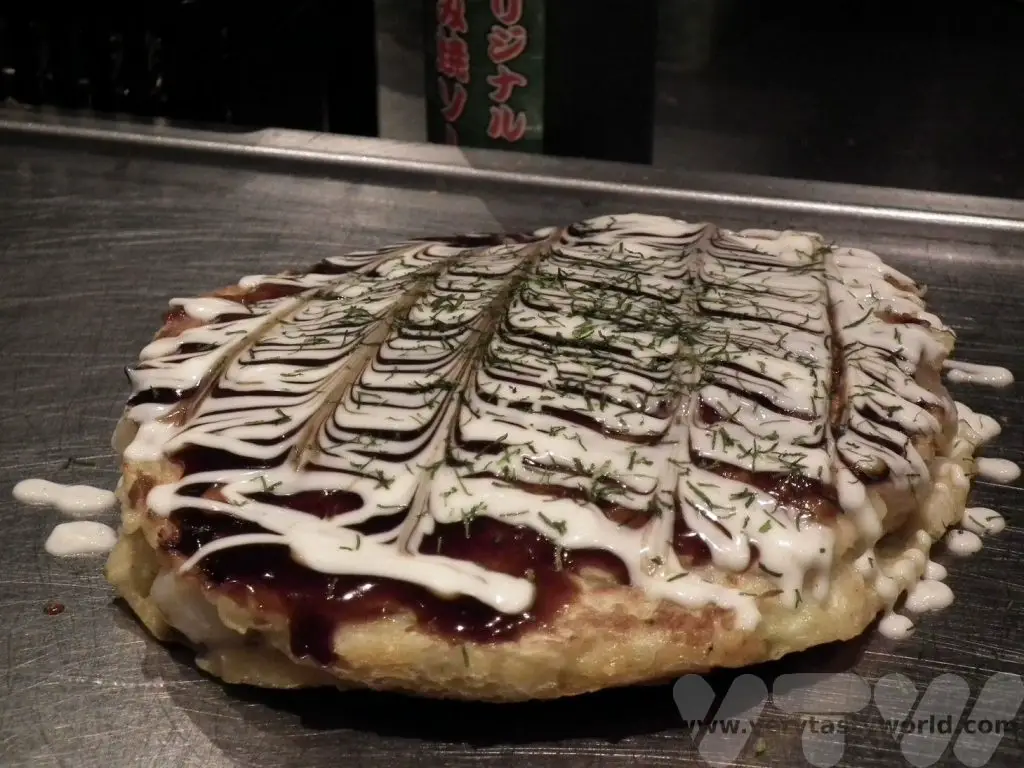
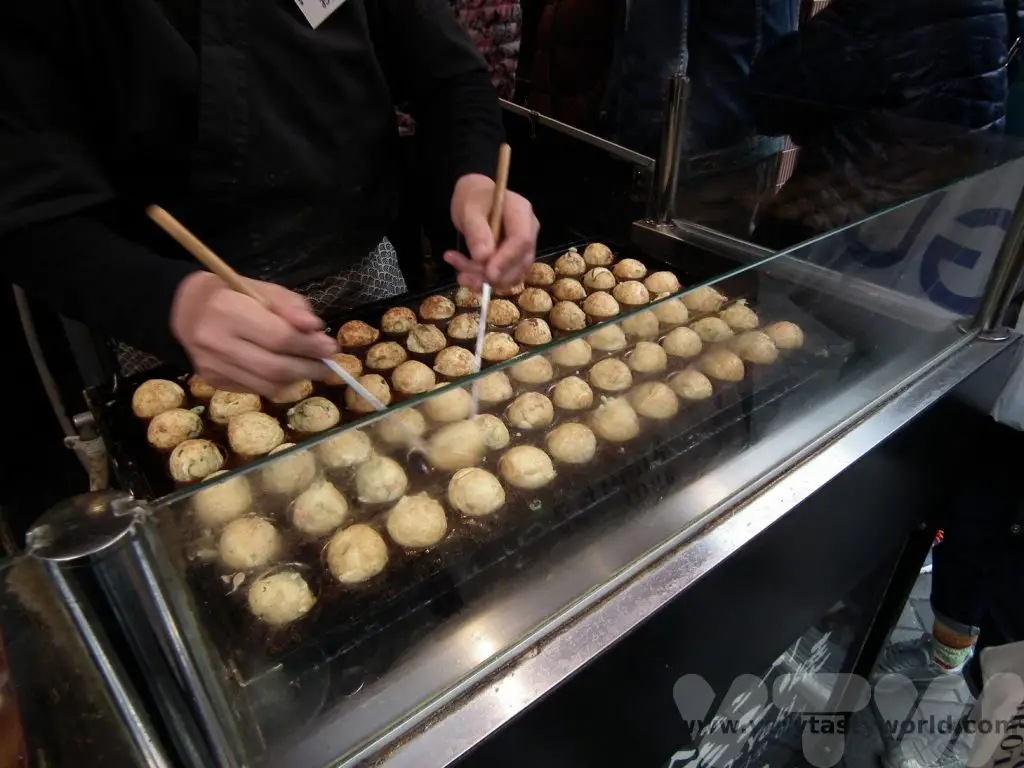
Nara
A tour of this ancient city offers lots of historic buildings, temples and pagodas to explore all set within a park. The highlight is Tōdai-ji which houses Daibutsu, a 15m-high bronze Buddha.
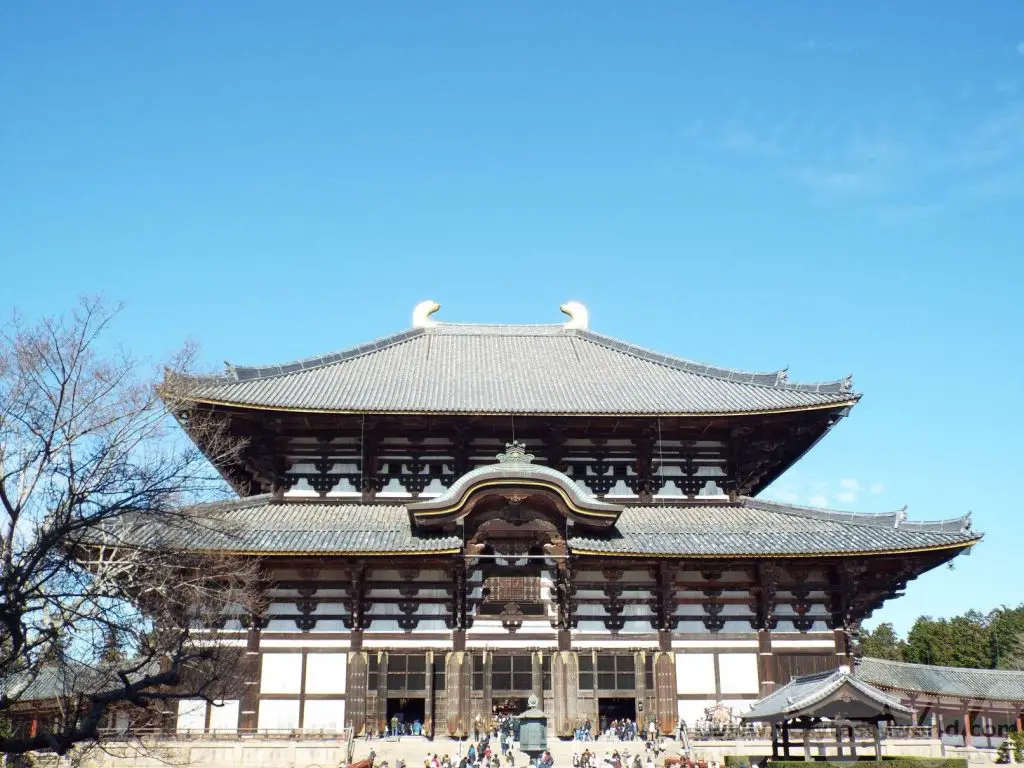
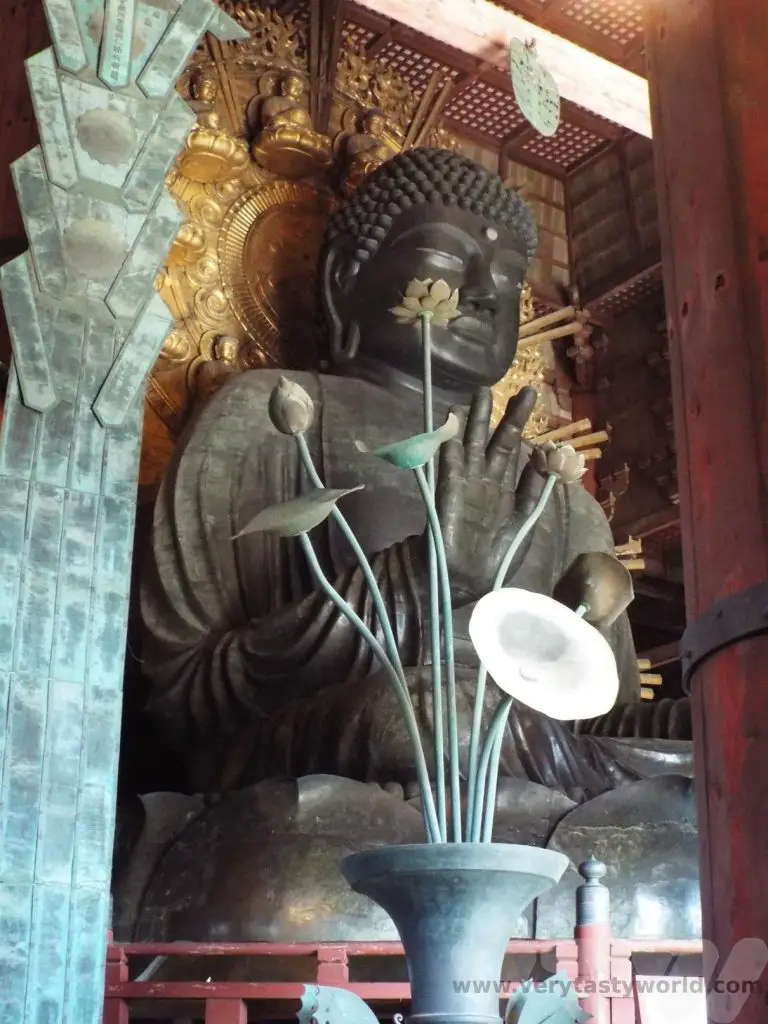
A fascinating and beautiful place, just watch out for the local deer who roam across the park – they are usually hungry!
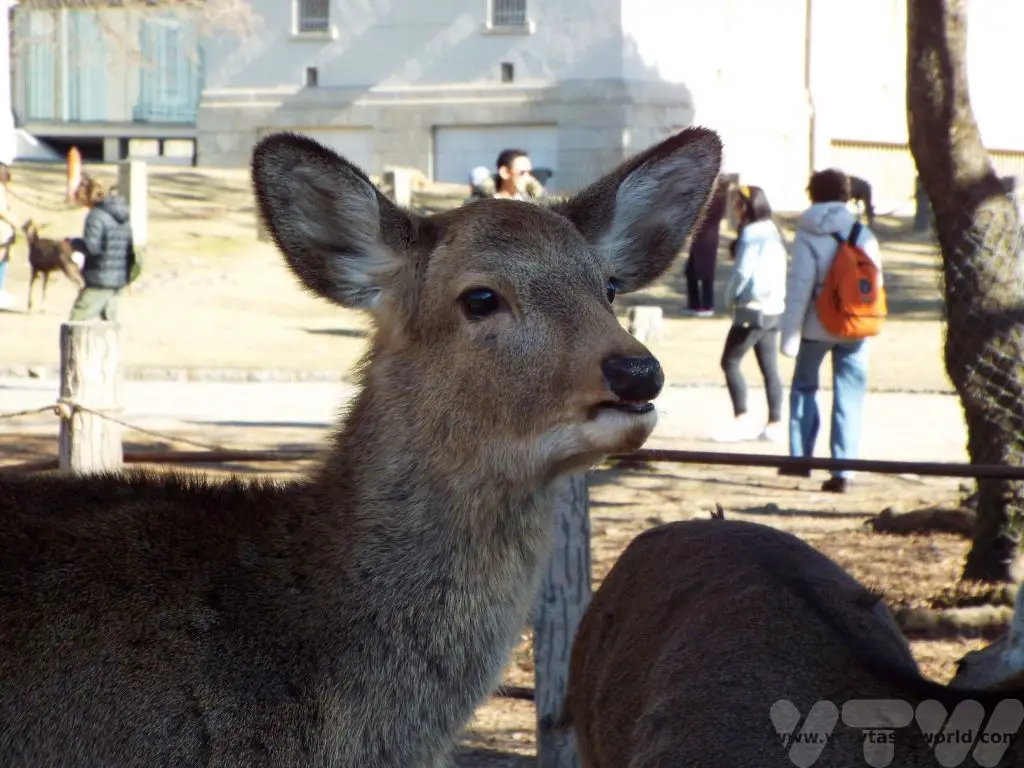
Kyoto
Japan’s former capital doesn’t look the part initially but has some beautiful and important historic places to visit. Just look closely and you will find a temple almost everywhere. A hop-on, hop-off bus tour is a great way to explore the city. Amongst the many treasures, there are some must-see highlights:
The Temple of the Golden Pavilion
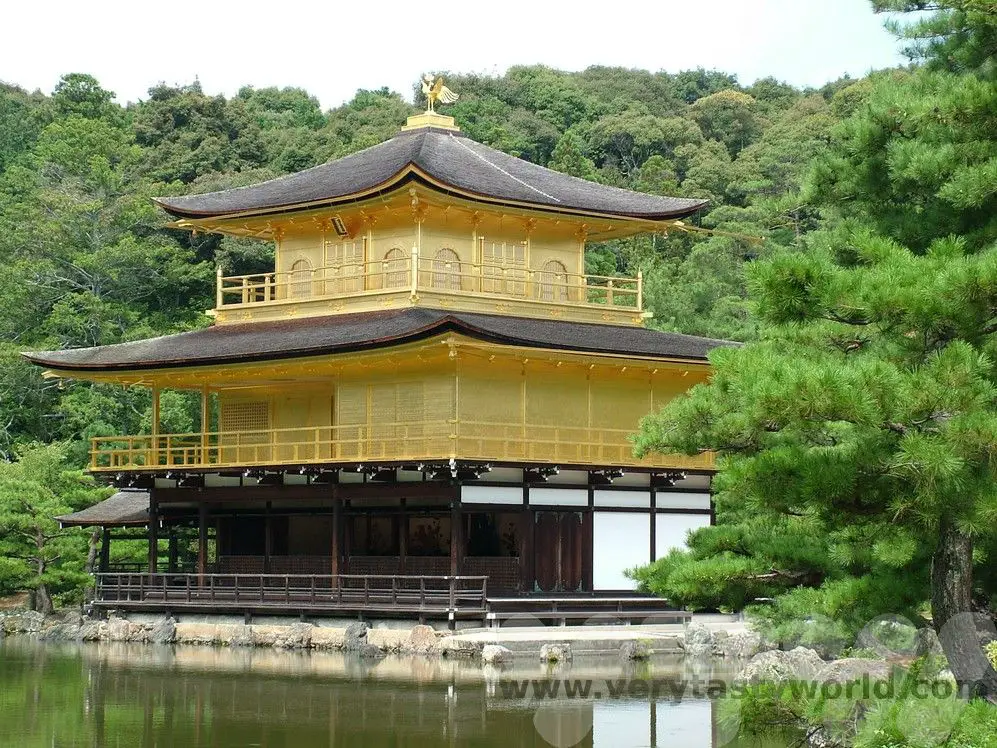
The Ryoanji zen garden is a place for contemplation
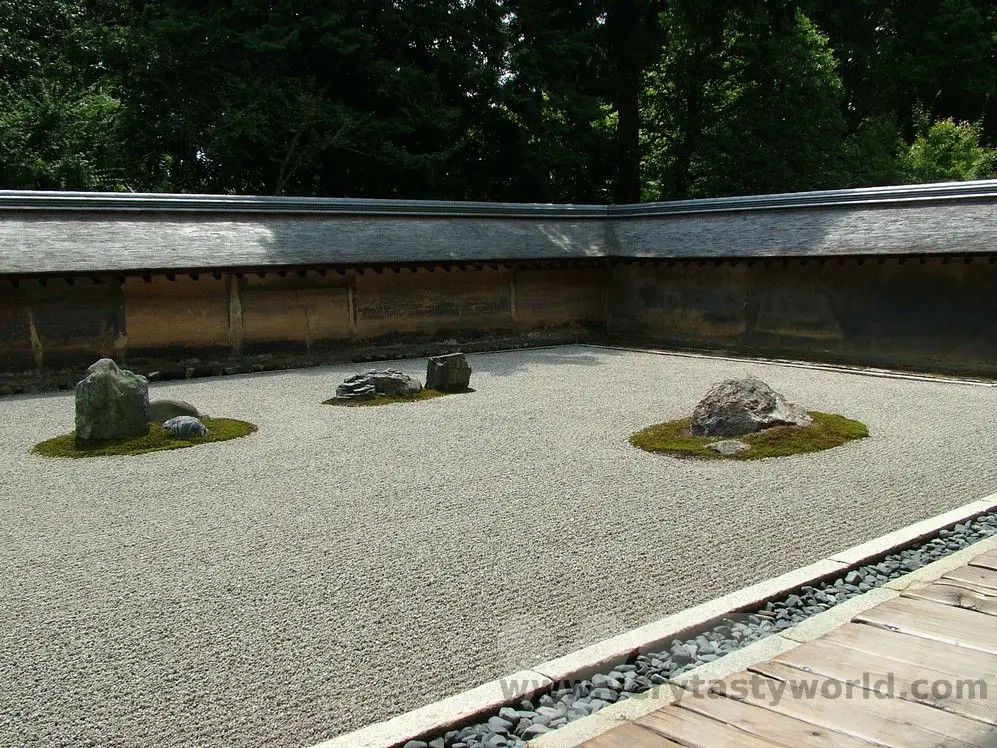
And the Fushimi Inari shrine, a short train ride outside the main city, with its plethora of vermillion torii (temple gates) to wander through.
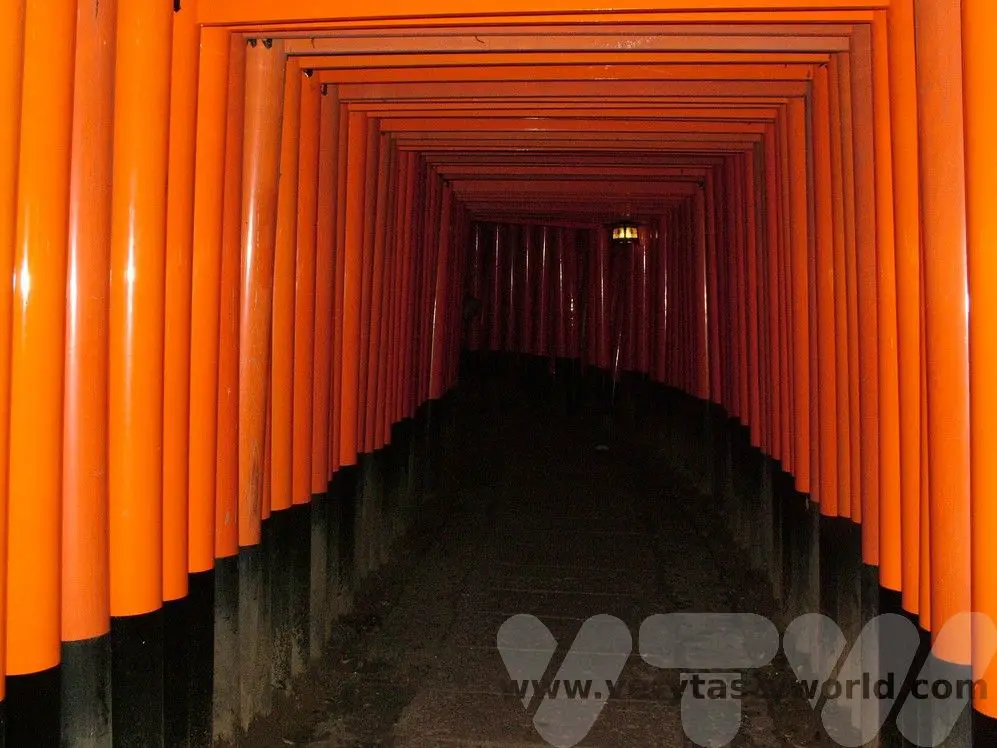
Hiroshima
A city with an horrific history, Hiroshima has recovered to become a modern, cosmopolitan city. The Peace Park and museum give a balanced history of the atomic bombing and, while it is a difficult place to visit, is also a peaceful and contemplative place.
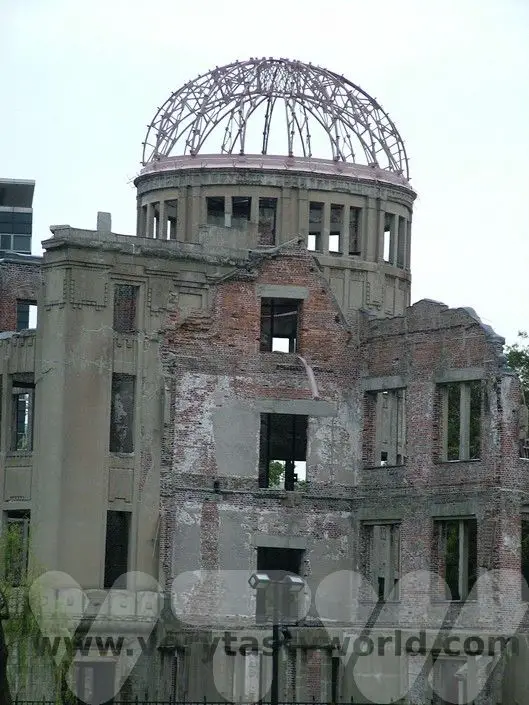
The Peace Park has a non-eternal flame which will be extinguished when the last nuclear weapon on earth has been decommissioned.
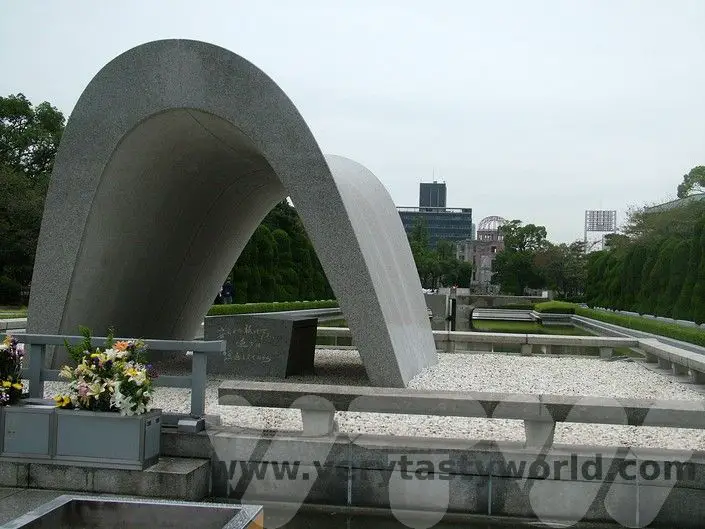
Don’t forget to visit the island of Miyajima which is a short journey away. Tours are available from Hiroshima. You can see the iconic Torii gate in the sea, one of the top three iconic views of Japan.

Japan Alps
If you enjoy hiking in splendid countryside, the Japan Alps are ideal. Kamikochi and Norikura Kogen are delightful places to visit.
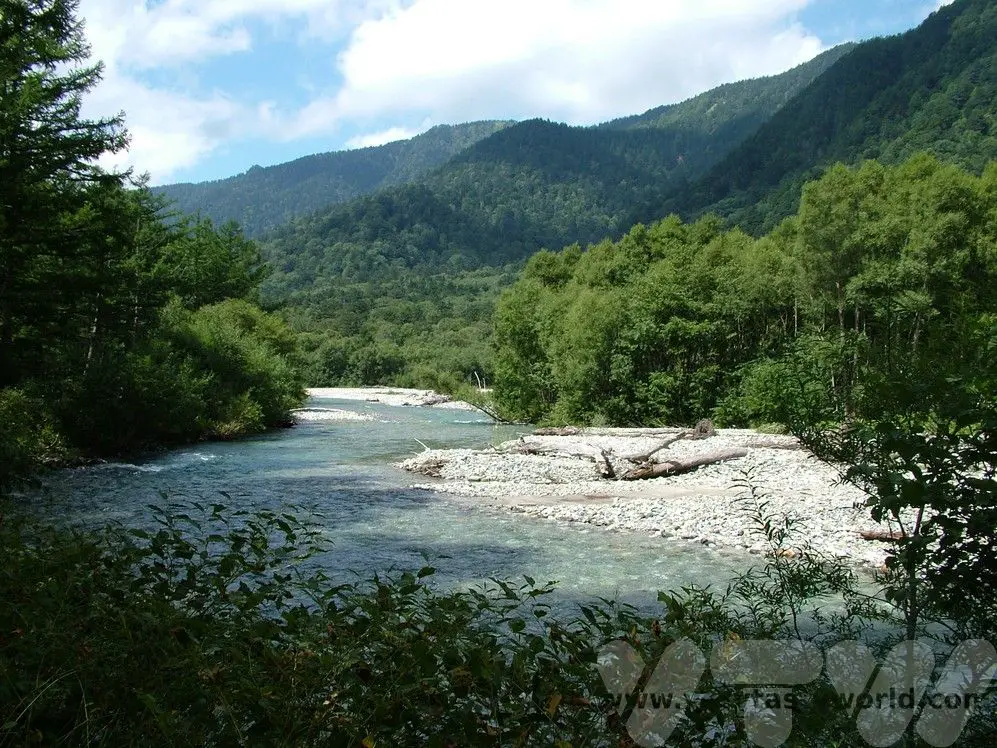
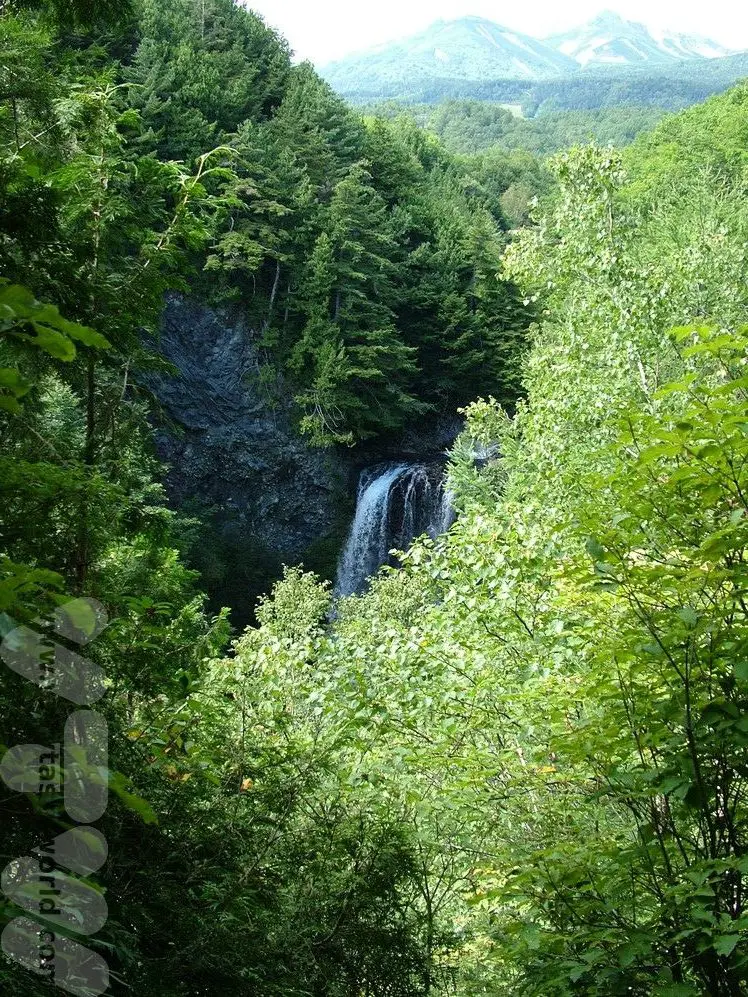
And the gassho houses of rural Honshu offer a fascinating glimpse into traditional rural life. You can stay in a farmhouse in Ainokura.
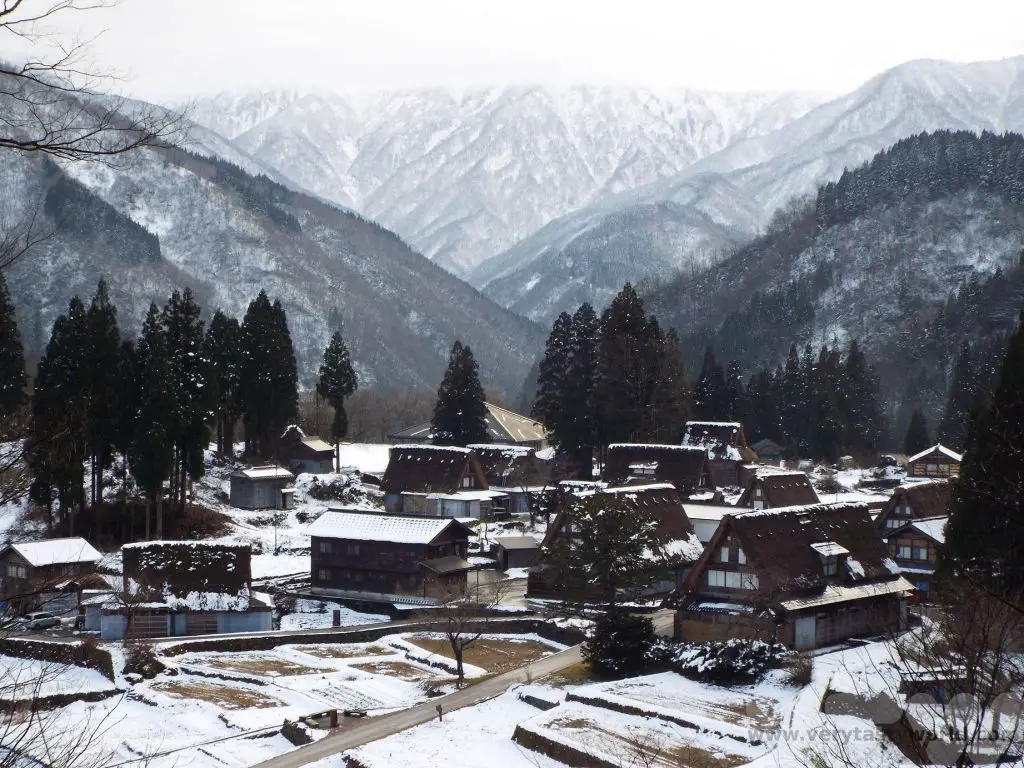
Staying in a gassho you are likely to try the local produce – fresh river fish and mountain vegetables.
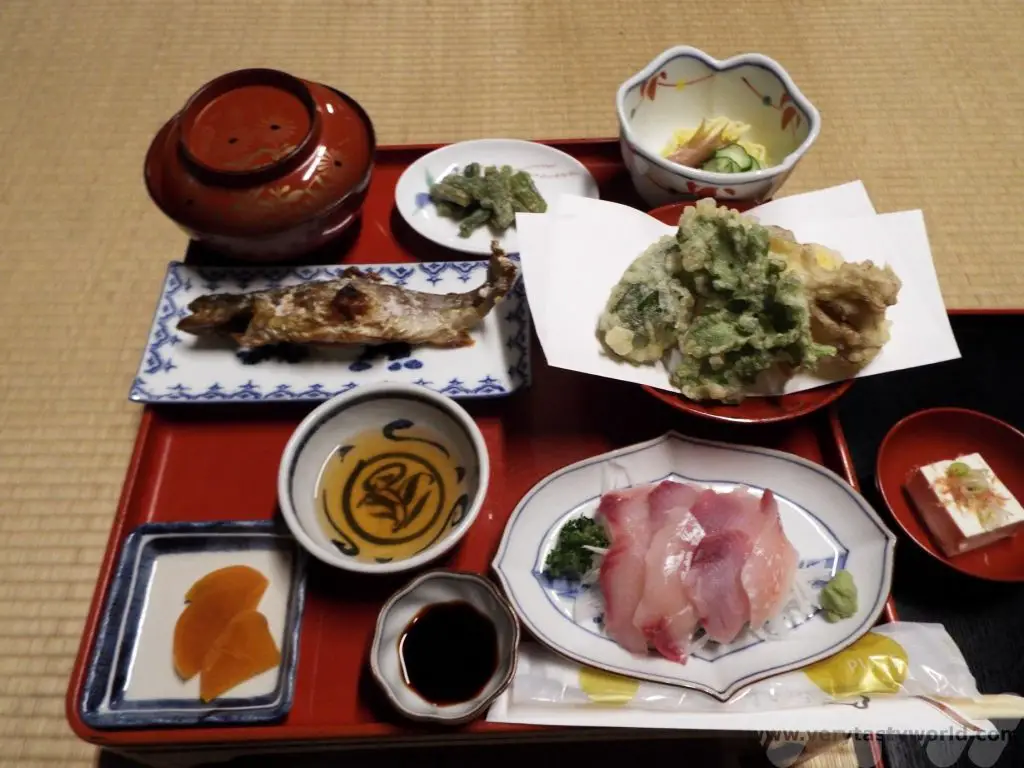
There are a number of tours available to visit these delightful villages.
Hokkaido – The Northern Island
Sapporo
The capital of Hokkaido is a laid back city. It has a snow festival every winter and you can view amazing snow sculptures in the extensive city park.
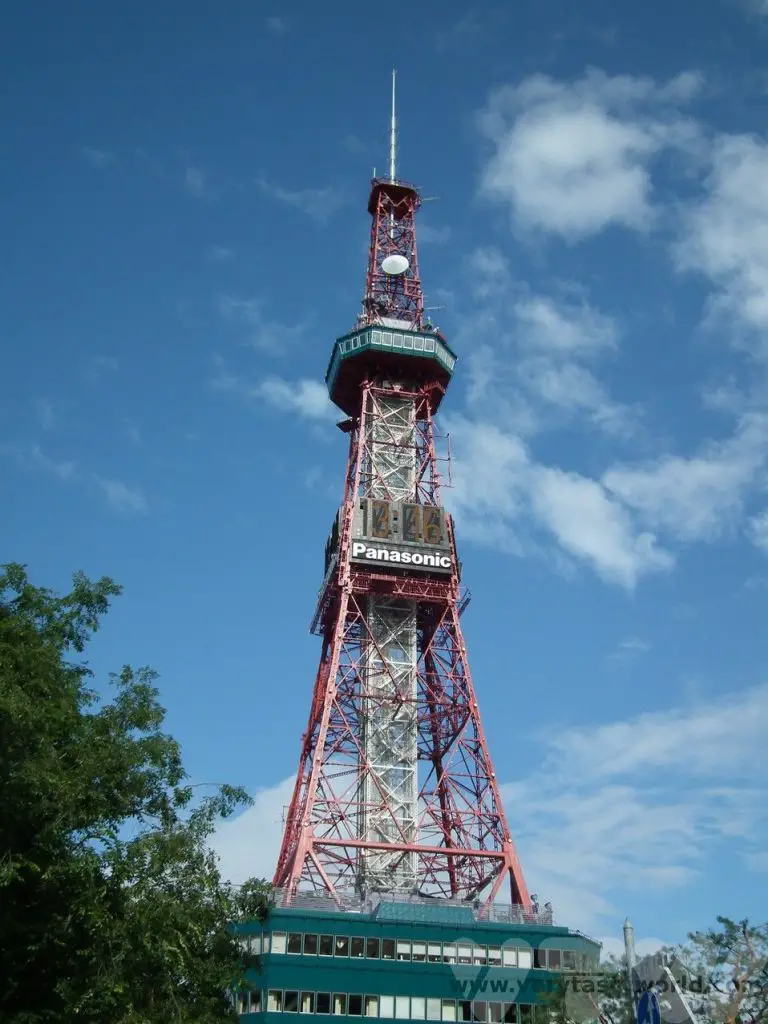
You can visit the Sapporo beer museum to learn about – and taste – some of Japan’s most famous beers.
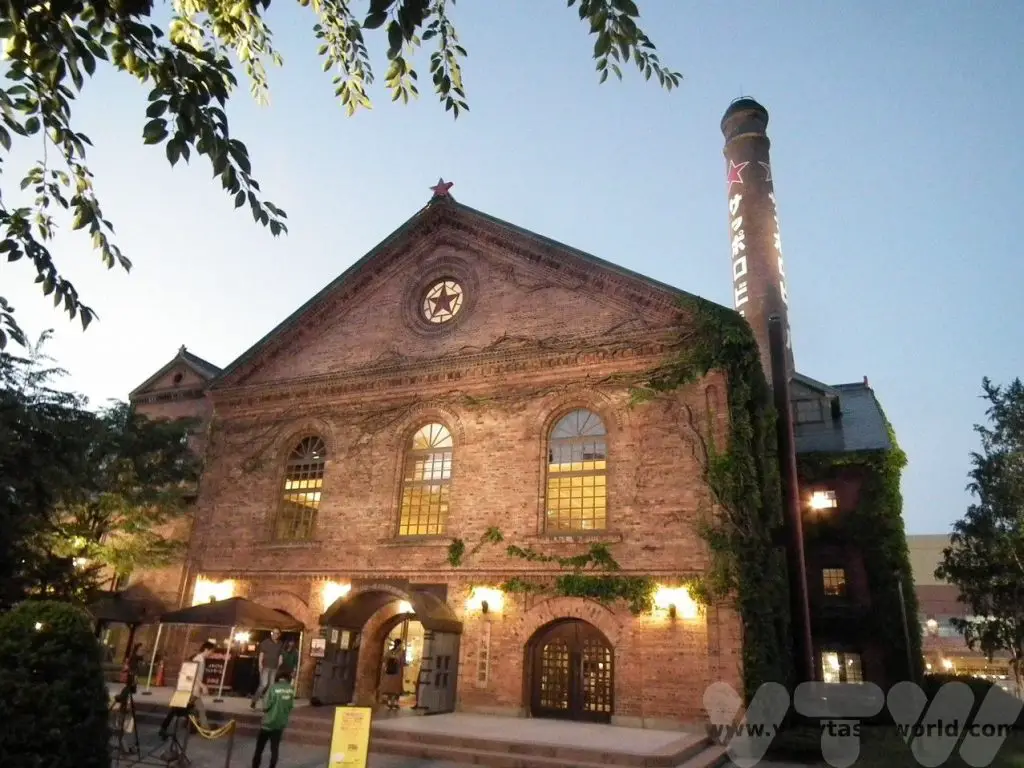
A day trip from Sapporo to Yoichi is a great opportunity to try Japanese whiskey at the Nikka distillery – the area has a similar soil type and climate conditions to Scotland. There are freebie samples in the tasting hall too!
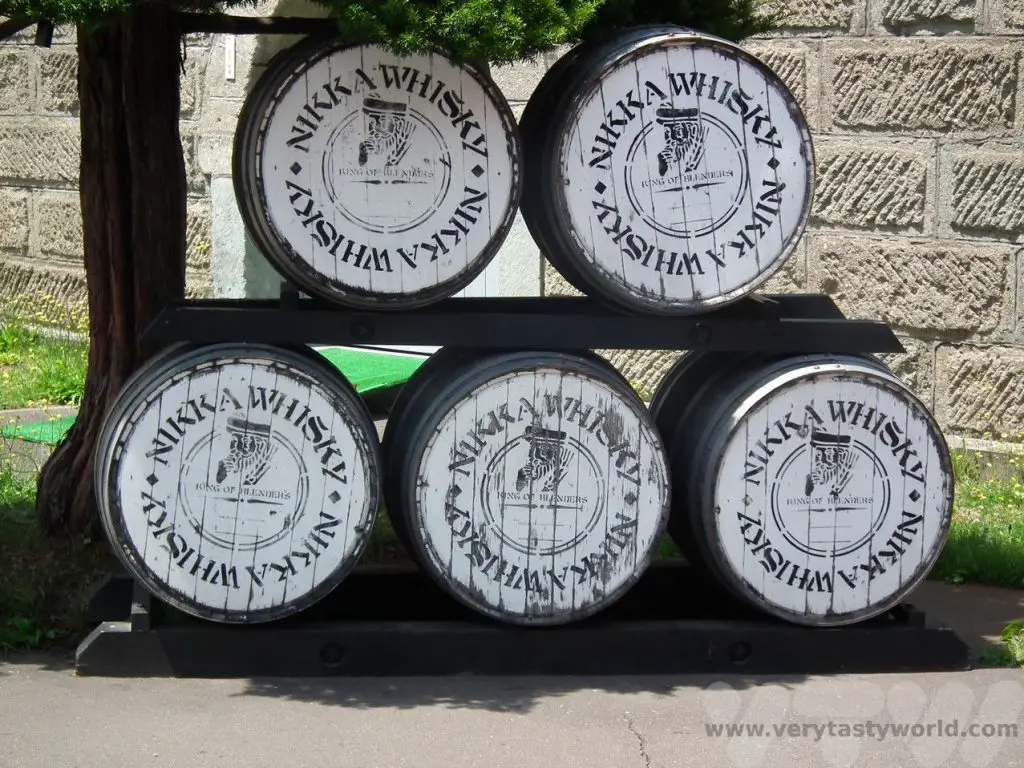
Hakodate
If you like seafood, particularly crab, head to Hakodate where you can enjoy crab for breakfast, lunch and dinner. Rice bowls are available for good prices at the market.
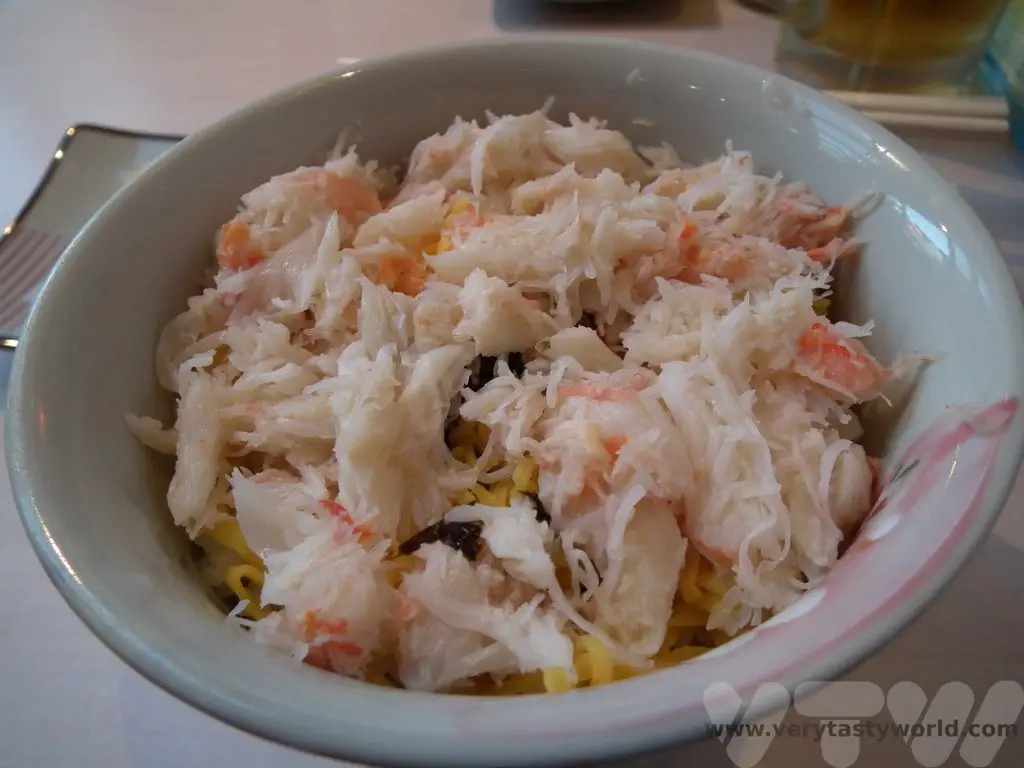
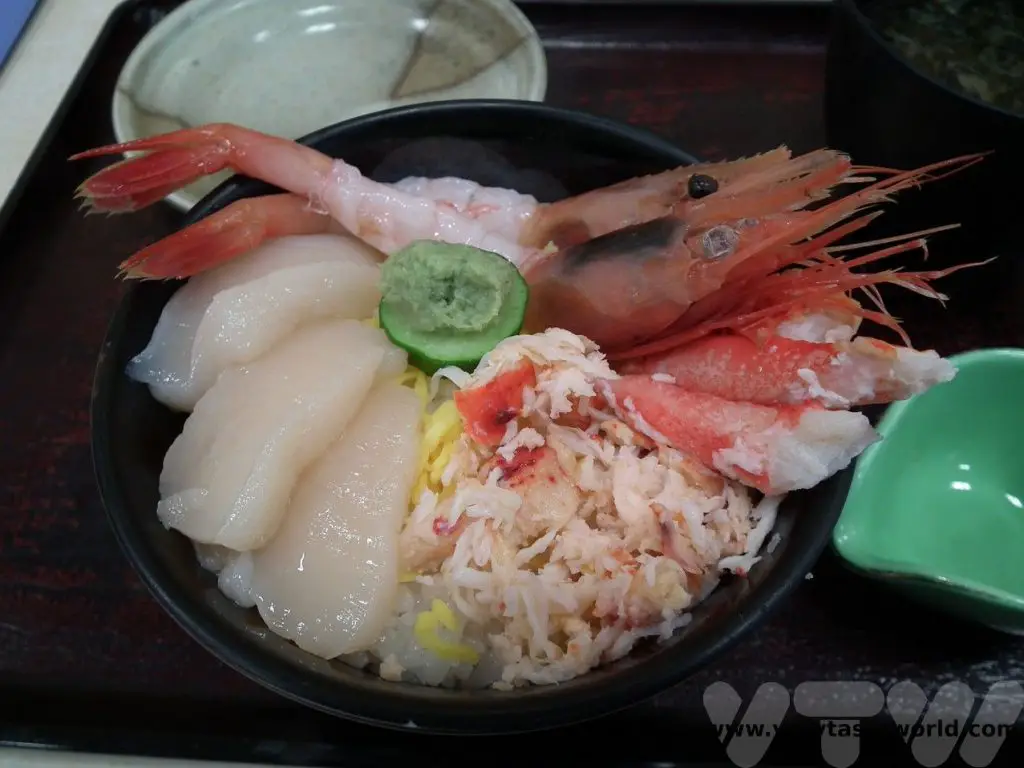
Hokkaido also has some wonderful countryside to explore – the Akan lake district is beautiful and the island is home to many red-crowned cranes.
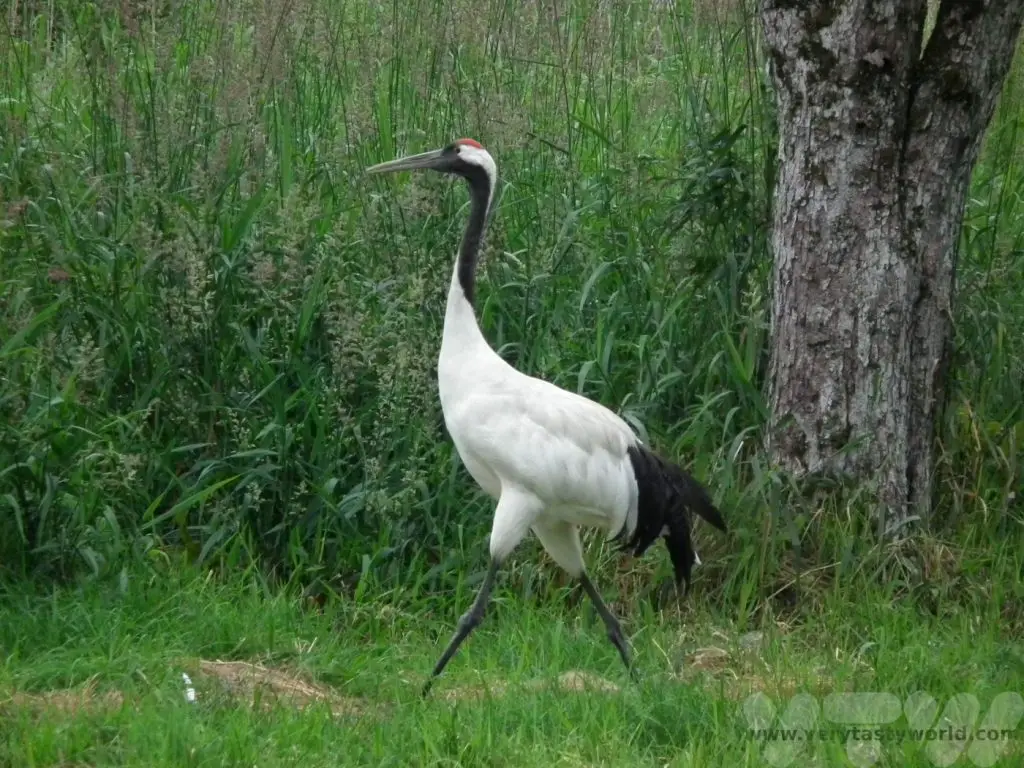
Kyushu – The Southern Island
Nagasaki
Another city famous for its history Nagasaki was the port city through which Japan traded with the outside world during the Tokugawa shogunate between 1639 and 1859 period, when the rest of the country was effectively isolated.
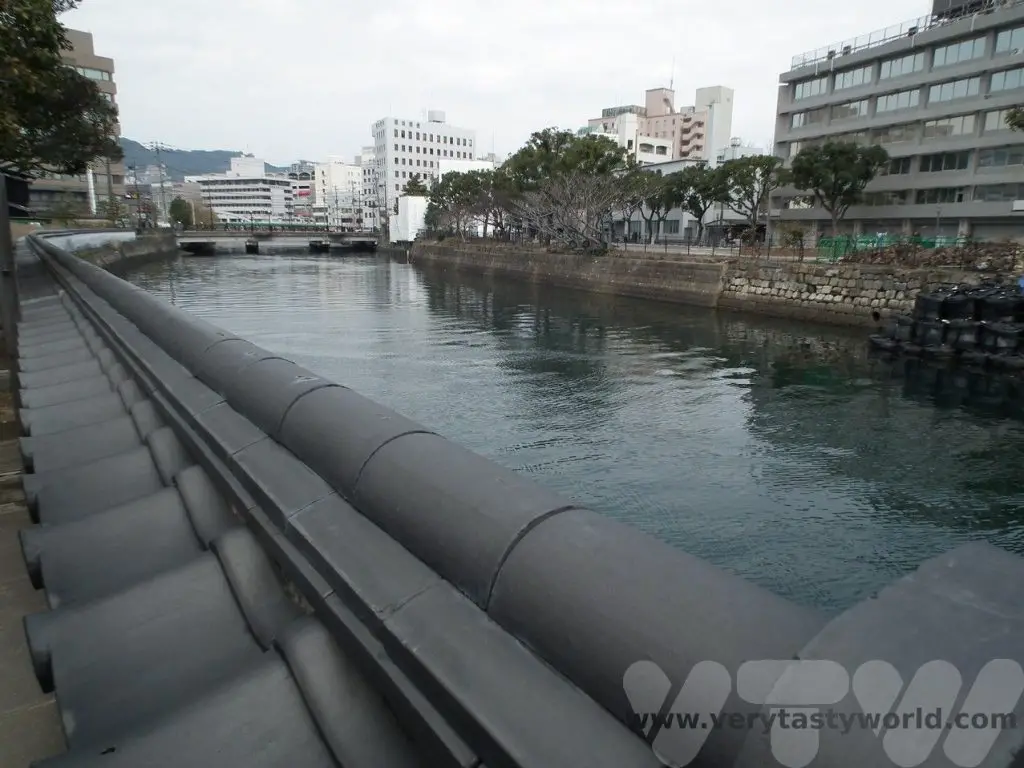
A major shipbuilding centre, it was the target for the second atomic bomb that was dropped on Japan. Like Hiroshima, the city has recovered and also has a museum about the bombing, with a significant emphasis on the call to ban nuclear weapons.
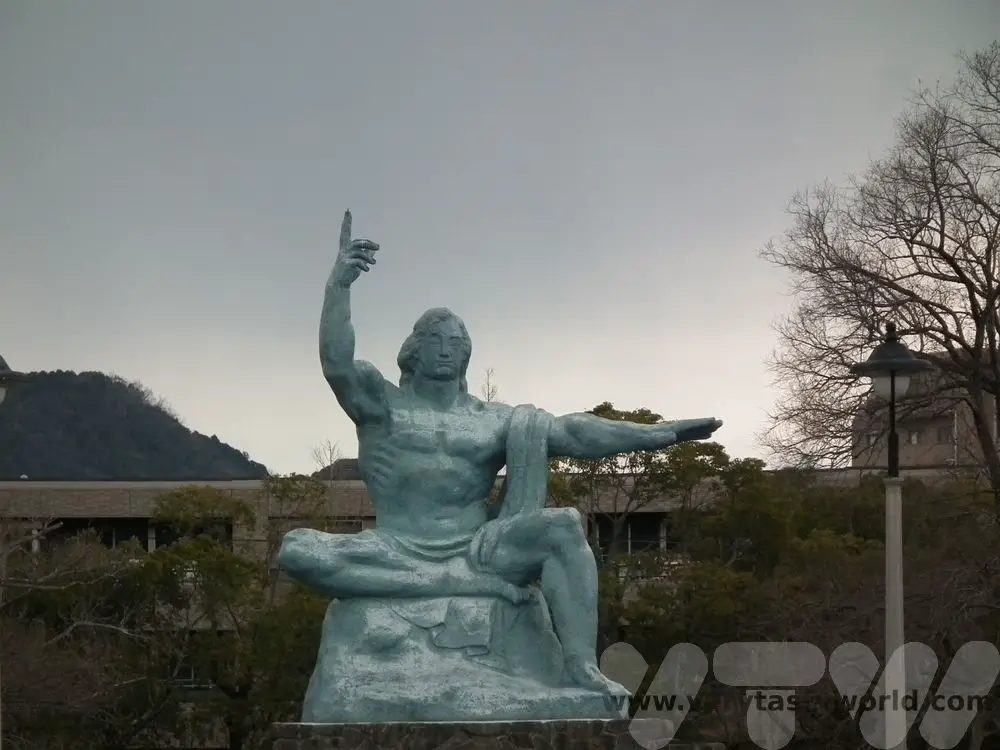
Nagasaki is famous for its champon noodle dish, inspired by Chinese cuisine. The noodles are boiled in the soup and hence acquire some its rich flavour.
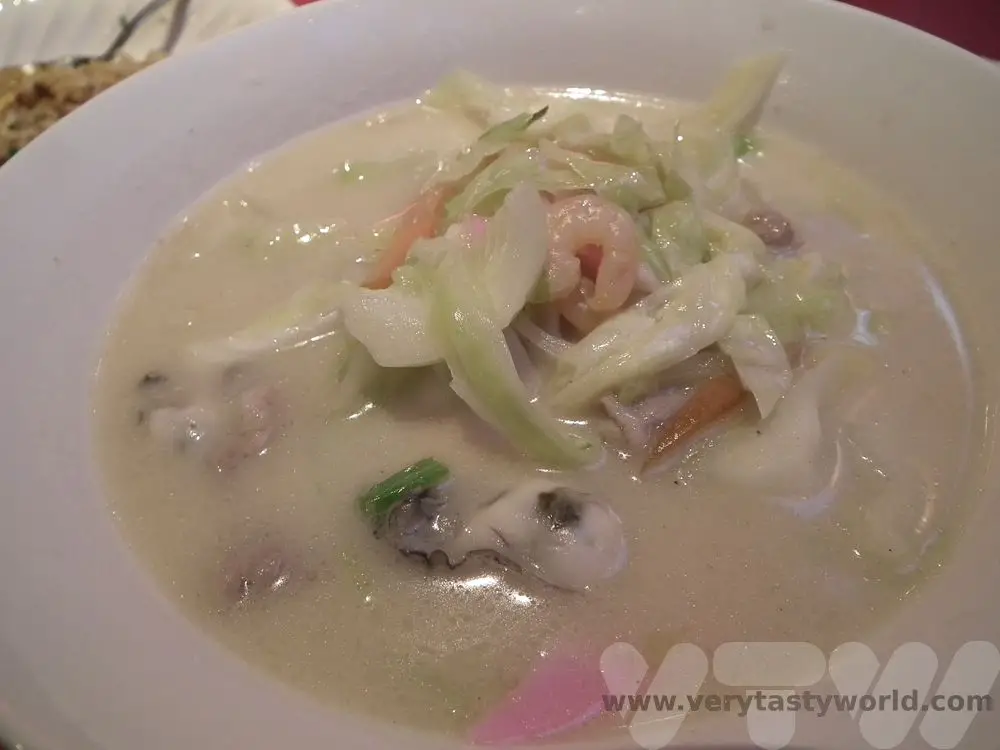
Kagoshima
This is a lively city in the shadow of the very active Sakurajima volcano.
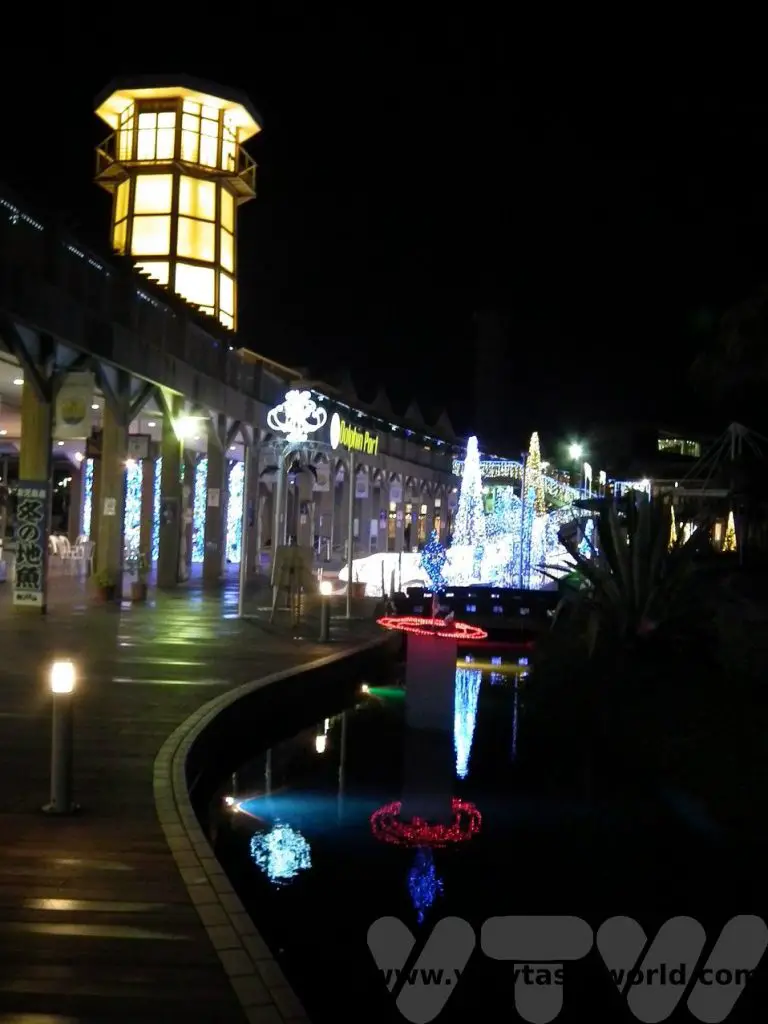
Sakurajima is still very active.
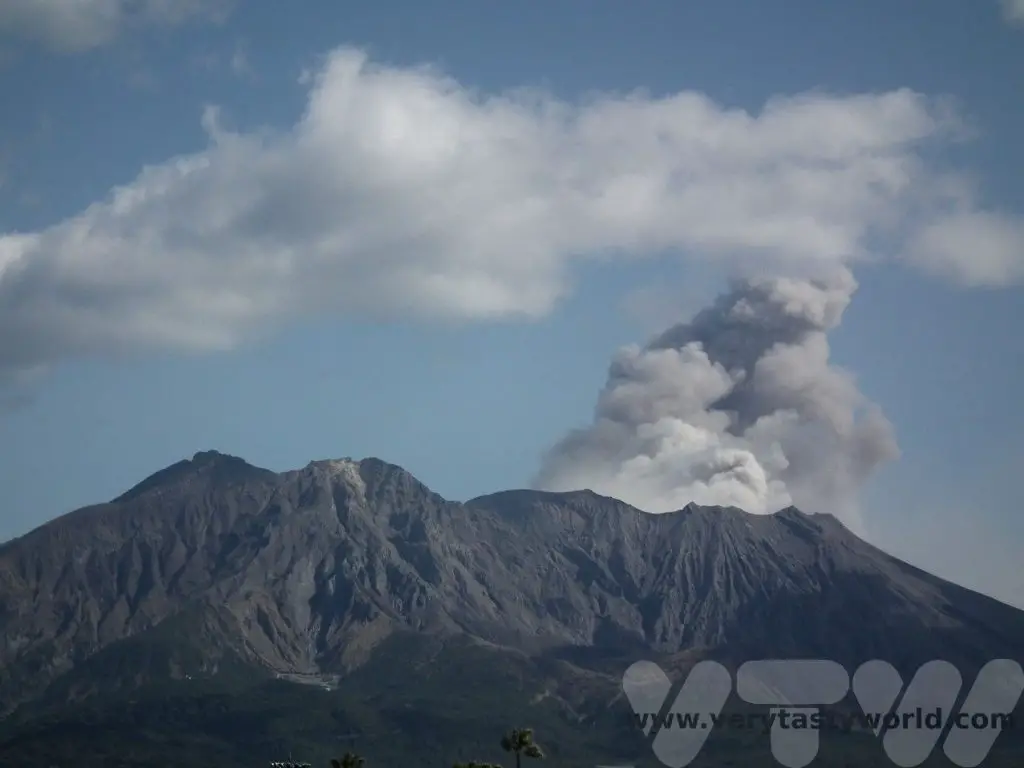
Kagoshima is famous for its kuro buta – black pork, from a specific breed of pig. The tonkotsu ramen, with its creamy umami broth and topped with pork slices, is sublime.
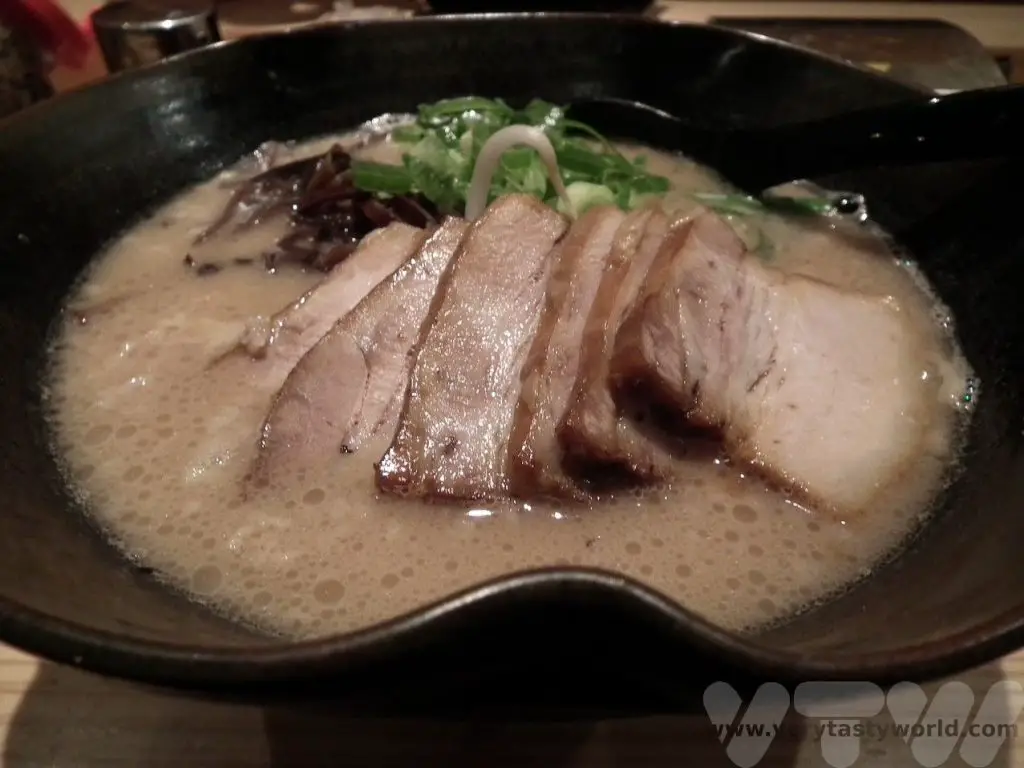
Beppu
Sometimes described as the Las Vegas of Japan (it isn’t really), Beppu is a resort town well known for its onsen hot springs.
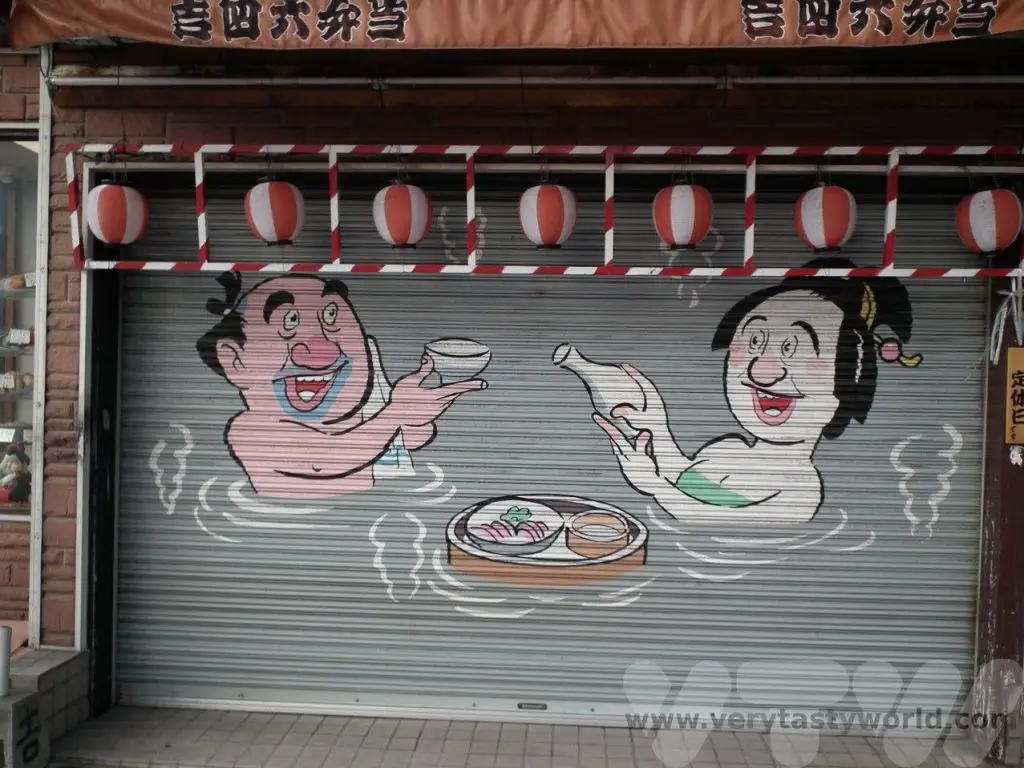
A place to relax and unwind, as well as to visit the “Hells” – thermal hot springs each of which has a specific theme.
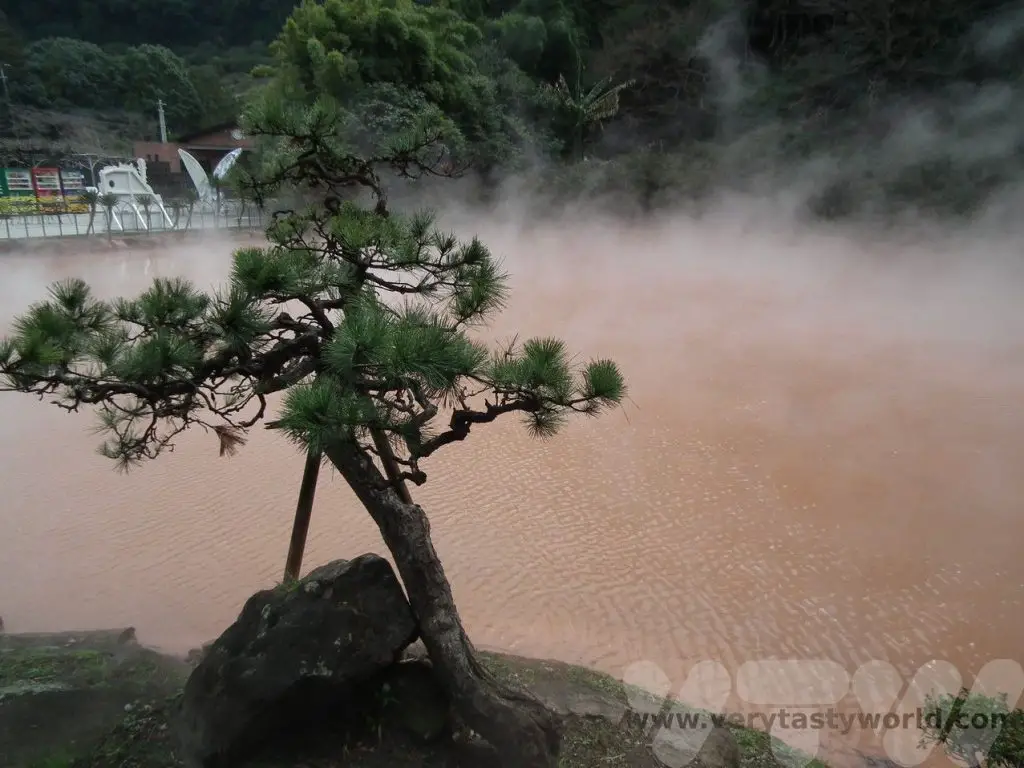
Yakushima
A ferry ride away from Kagoshima this small island is a wonderful place to explore. It was the inspiration for the setting of Hayao Miyazaki’s Princess Mononoke anime.

The cuisine on Yakushima is fresh, local seafood and vegetables and is delicious.
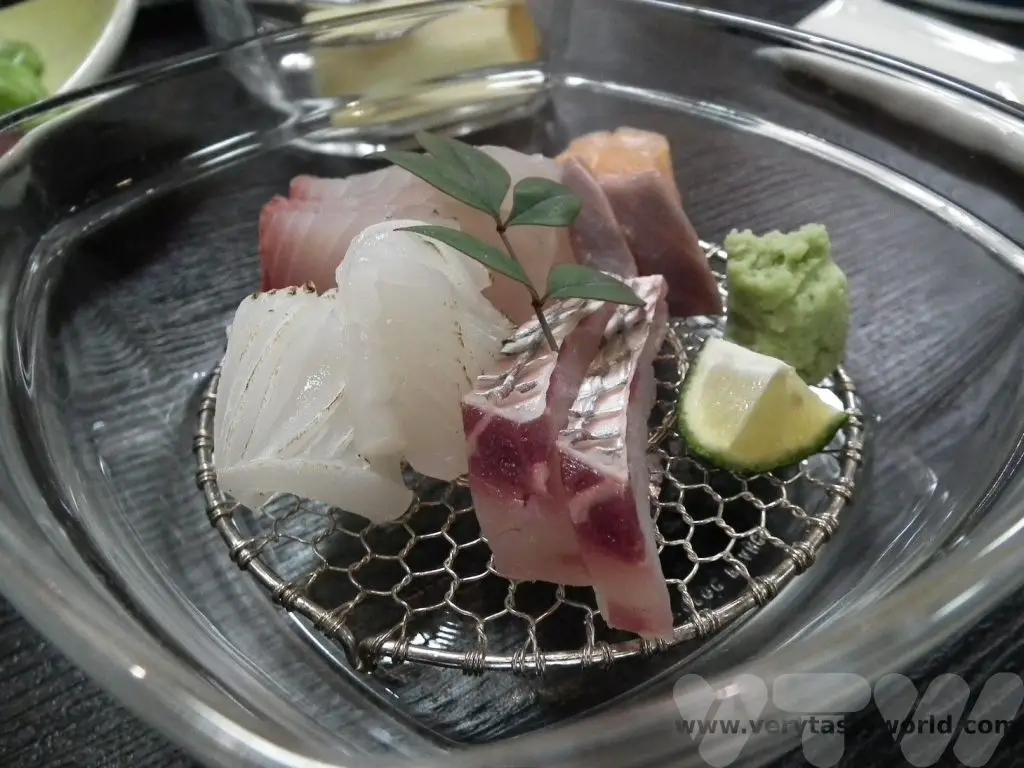
Shikoku
The fourth largest of Japan’s major islands Shikoku offers an opportunity to experience a more rural Japan. It has a pilgrimage route, dedicated to the 9th-century monk Kukai, which comprises 88 Buddhist temples over a 1200km route.
Okinawa
Okinawa is an archipelago south of the main islands and offers a very different view of Japan. It’s sometimes known as the ‘Hawaii of Japan’ and is off the beaten track. It has broad, sandy beaches and crystal clear water as well as a great natural beauty. It also has its own cuisine which offers a variety of dishes that are a contrast to mainland Japanese food.
Japan has so many other amazing places to visit, this post could have gone on for several more pages. Hopefully this has offered a taste of the many wonderful things Japan can offer. We can’t recommend a visit highly enough. We’re already planning our next trip…
Related Posts You May Enjoy

- Recipe: Simmered Shiitake Mushrooms

- How to Use Public Transport in Japan

- RECIPE Oyakodon Donburi

- Planning a Trip to Japan

- The Makanai: Cooking for the Maiko House

- Setsubun Food – Bean Throwing Day

- The Gassho Farmhouses of Rural Japan

- Recipe: Japanese Simmered Pork Belly – Buta no Kakuni

- RECIPE: How to Make Umeboshi

Sunrise at Angkor Wat and Other Temples
The remarkable temples of Angkor Wat are undoubtedly the main draw for visitors to Cambodia. Although there are many other places to visit in this wonderful country and its neighbours in South East Asia, the temples from the Khmer empire, lost to the jungle for centuries, are astonishing in their scale and construction. If you visit Angkor Wat we recommend spending at least three days in the region. Here’s our guide to visiting, including info on the best way to see the sunrise at Angkor Wat.
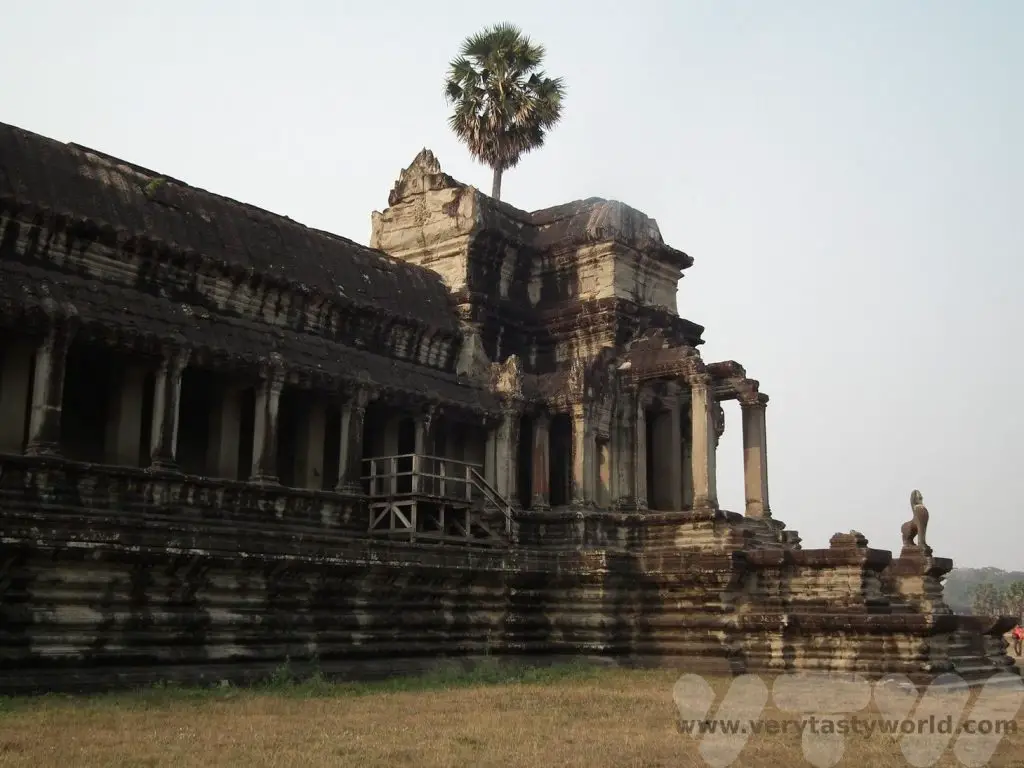
The nearest town to the main temple complex is Siem Reap, which is around 5.5 km from Angkor Wat and caters to the tourists that come to visit. There is a variety of accommodation from budget to luxury and there are loads of shops and restaurants, notably on ‘Pub Street’ where you can sample the local food. Our hotel was about 2km from the centre of Siem Reap and, while we walked back and forth most of the time, there were plentiful tuk-tuk drivers to transport us if we needed.
History of Angkor Wat
Angkor means ‘city’ and Wat means ‘temple’ – so Angkor Wat literally means ‘City Temple’. The temple complex is believed to be the world’s largest religious building.
Angkor was the central city for the Khmer kings between the 9th and 13th centuries. The Khmer Empire was vast and one of the most sophisticated kingdoms in South East Asia. Many buildings and temples were constructed by the Khmers over the centuries. At the height of their civilisation, Angkor Wat was the biggest construction, built in the early 12th century at the behest of Suryavaram II as a dedication to the Hindu God Vishnu. The temple complex is said to represent Mount Meru, the home of the gods, with the surrounding walls and moats symbolising mountains and oceans. The walls are covered with bas-reliefs, stretching for almost one kilometre they tell of tales from Hindu mythology and of the glories of the Khmer empire.
Angkor was sacked in 1177 and Jayavarman VII decided to build a new capital a short distance away, at Angkor Thom. This was, again, a religious complex, but this time a Buddhist temple. Angkor was sacked by the Thai people and then abandoned in the 15th Century, becoming a ‘lost’ city, a city of legends, to be ‘rediscovered’ by French explorer Henri Mouhot in 1860. In 1908 restoration of the complex began. It ground to a halt during the 1970s during the political unrest during the brutal regime of the Khmer Rouge and when work resumed in the 1980s extensive repairs were required. Angkor Wat became a UNESCO site in 1992 and restoration work has continued to this day.
Visiting Angkor Wat – Practicalities
You need to have a ticket in order to visit Angkor Wat and the surrounding temples. While it is possible to visit the main temple and Angkor Thom in a day, as both are located quite close to each other, we chose the 3 day ticket so that we could explore some of the other temples in the region. It is also worth finding a guide and transportation as many of the temples are located several kilometres apart. There are various options for getting a guide. We had one lined up prior to arriving in the nearby town of Siem Reap but you should be able to find a reputable, certified guide via your hotel. There will also be many guides around Siem Reap who will offer their services, which may or may not be reliable. And, of course, you can find online tours, which will usually have reviews, so you can check those out. The best guides will know when to visit the attractions in order to avoid the worst of the crowds, will be able to show you the ideal photo spots and, most importantly, will also have loads of information about the history of the sites.
If you don’t wish to have a guide you will still need transportation especially if you plan to visit some of the temples that are further away. Tuk-tuks are easy to find in Siem Reap and are a great way of getting around. You can negotiate a price with the driver.
You cannot get into Angkor or the surrounding temples without a ticket which you buy at the official ticketing centre. The tickets are non-transferable and will have your photo printed onto them. Click here for the latest info and prices.
You can get 1 day, 3 day or 7 day passes. They don’t have to be used on consecutive days. The 3 day pass can be used over the course of a week and the 7 day pass can be used over a month. We had a 3 day pass which enabled us to visit a number of the temples.
There is also a code of conduct for visitors, which are basically a matter of common courtesy:
Wear appropriate clothing (i.e. be respectful, very short shorts and sleeveless shirts are not suitable).
Do not touch the monuments.
Refrain from talking loudly.
Do not enter prohibited areas. These are clearly marked and are usually there for safety reasons.
No smoking.
Do not buy souvenirs from children – they should be in school.
Do not take photos of monks, unless you ask their permission. Also, do not touch monks. (But, honestly, why would you?)
Sunrise at Angkor Wat – The Main Attraction
Seeing the sunrise at Angkor Wat is an essential activity. Unfortunately this is an essential activity for all visitors so it does get really crowded. There are two tips to make the sunrise visit easier.
The night before your visit, ask your hotel or hostel to prepare a packed breakfast for you or stock up on some food from any of the many stores in Siem Reap. Then set your alarm and get an early night. Try to get to the site as early as possible. The site will be open from 5am. (N.B. Most other sites are open from 7:30am so Angkor Wat is an exception.) If you are with a guide, they will often know the best spots from which to view the sunrise. It’s worth the wait as the darkness fades and anticipation mounts as the sun begins to appear.
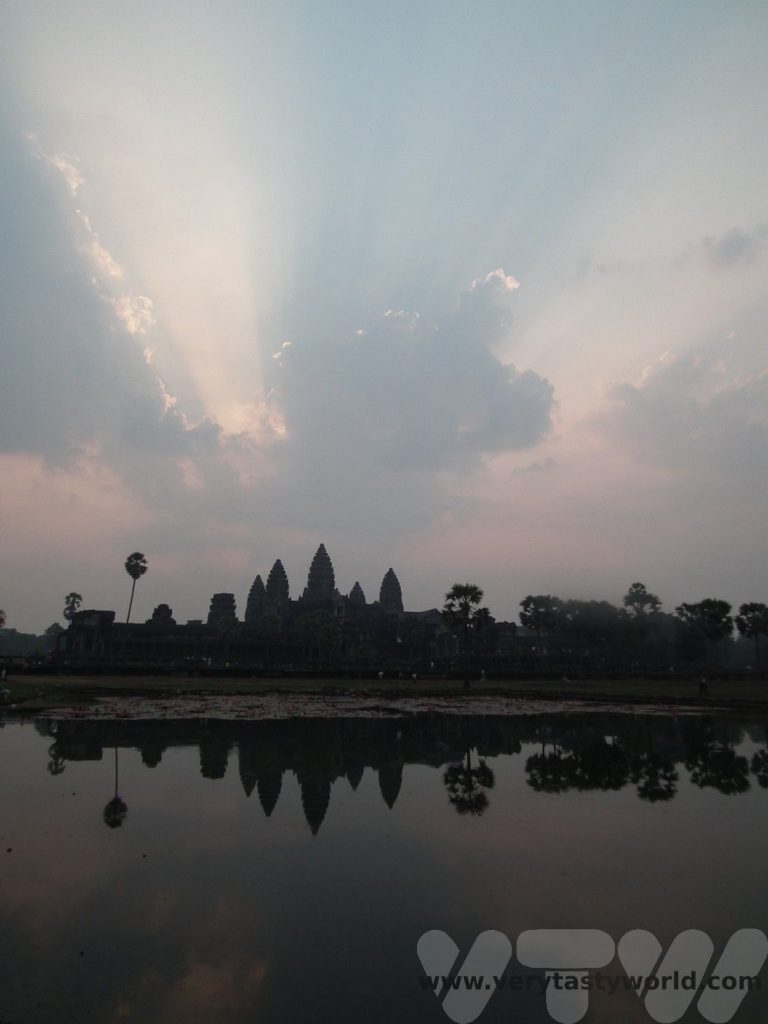
Once the sun has risen and the assembled throng have sighed their admiration, most people will go back to their hotels for breakfast. If you have your breakfast with you, you can enjoy it whilst admiring the view before the temple itself opens and then be first – or at least amongst the first – in the queue to explore the complex properly. It made a huge difference to us – exploring the temple with only a few other people around.
As time goes by, it’s a possibility that increasing numbers of visitors will cotton on to this tactic so it’s always worth checking with the guides or your hotel to find out when is the best time to visit. And, having enjoyed a peaceful exploration of Angkor Wat, when we went into Angkor Thom the Bayon was swarming with visitors.
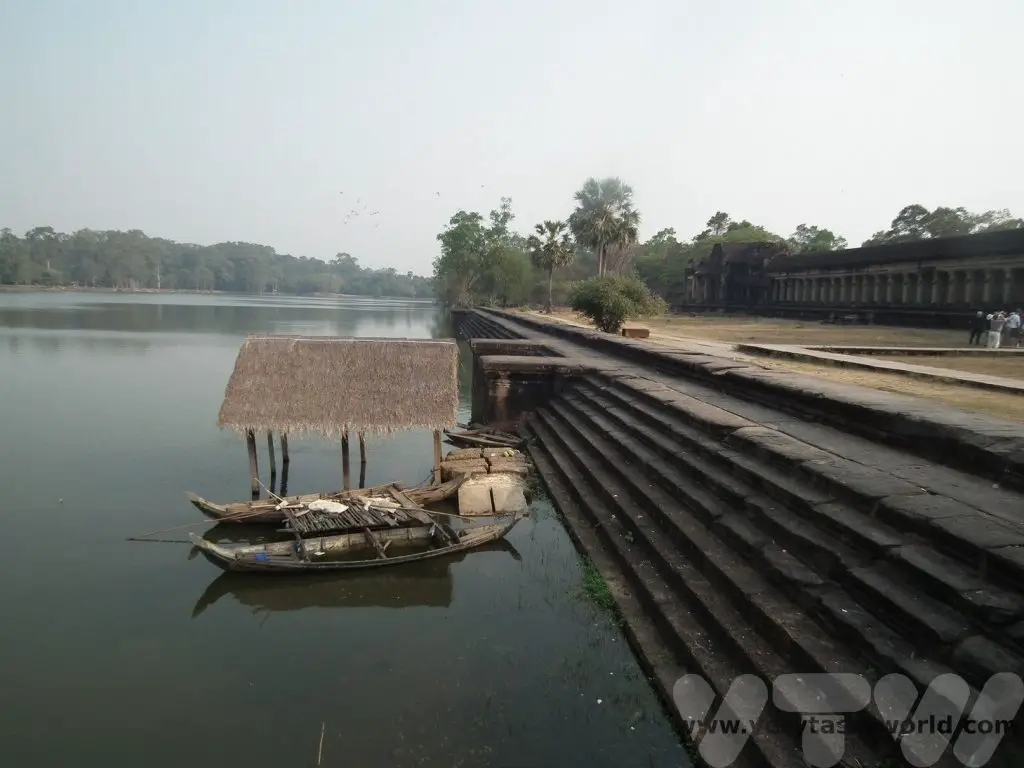
The Angkor Wat complex is surrounded by a large moat.
The temple itself is located on a raised terrace with three galleries, each increasing in height, surrounding a central tower.
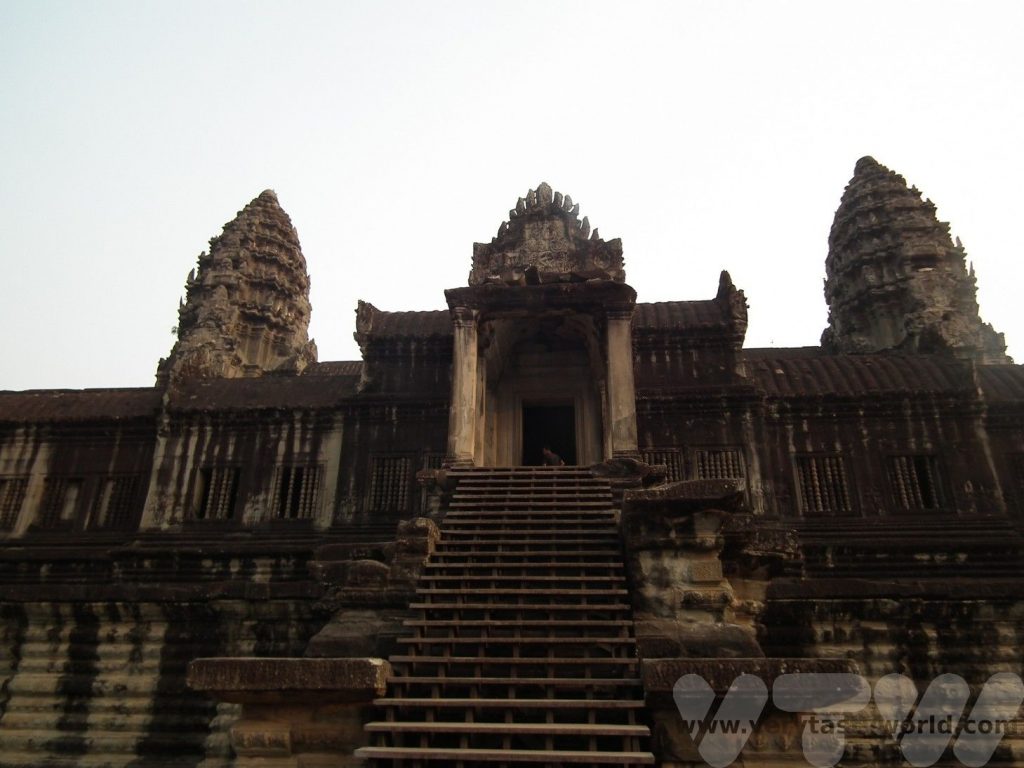
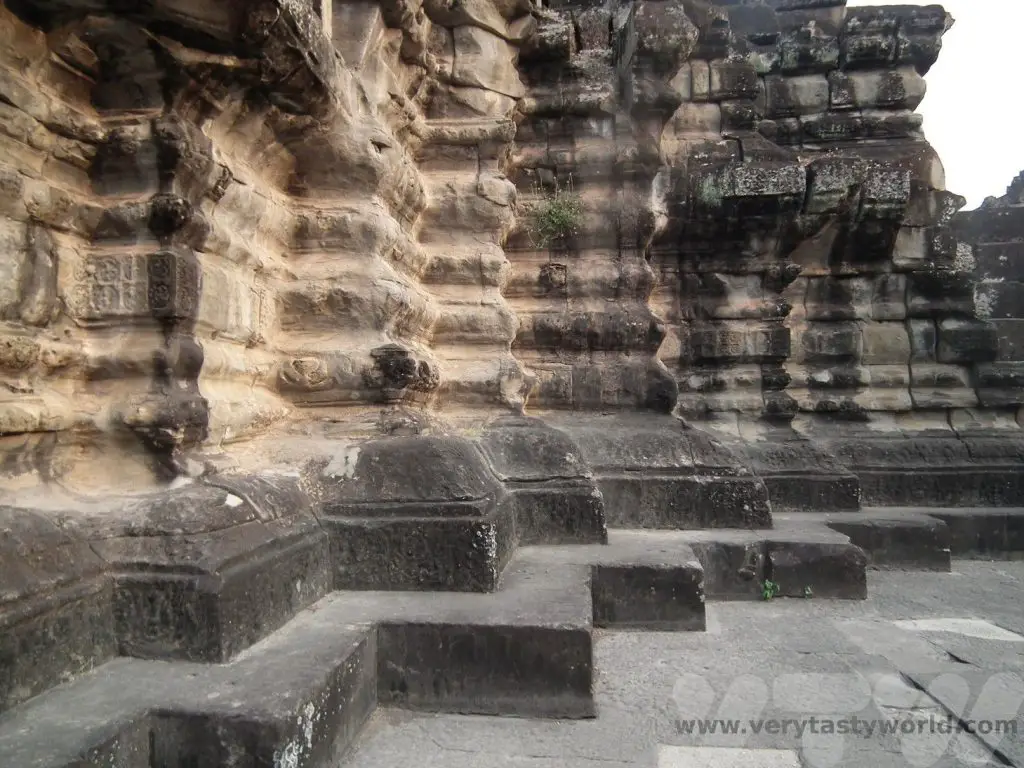
Each corner of the temple has a tower.
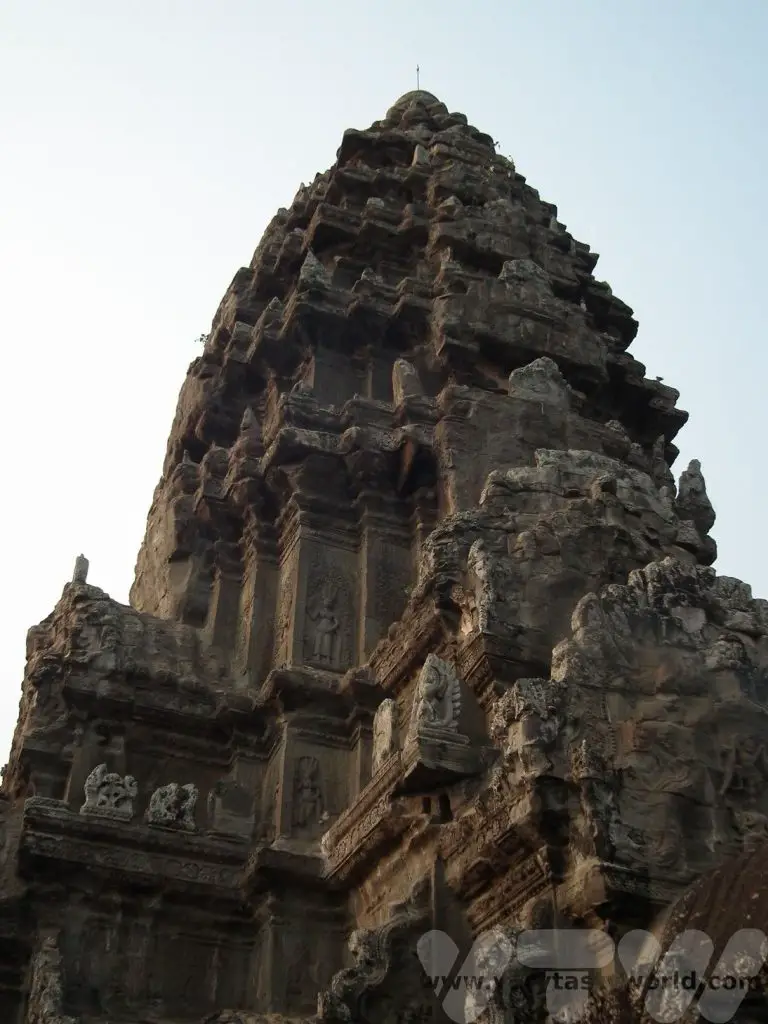
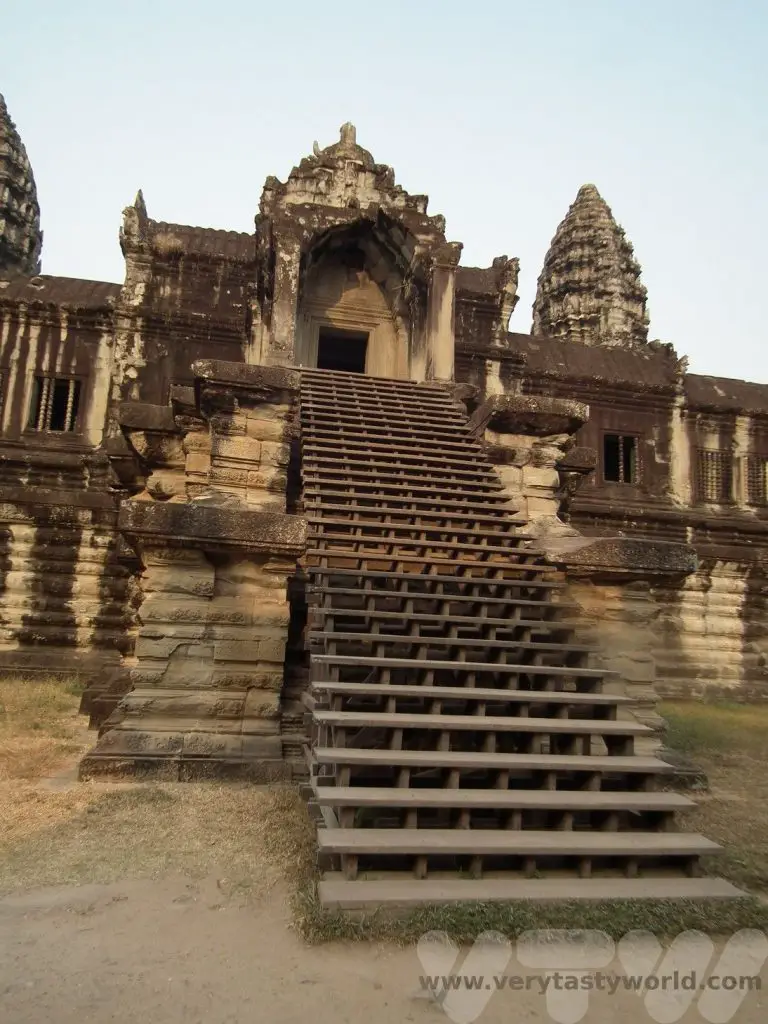
The temple façade is covered with beautiful and intricate bas-relief carvings, showing gods and figures from Buddhist and Hindu scriptures, even depicting scenes from the Hindu texts the Mahabarata and the Ramayana. The carvings were created with the intention of viewing them in an anti-clockwise direction.
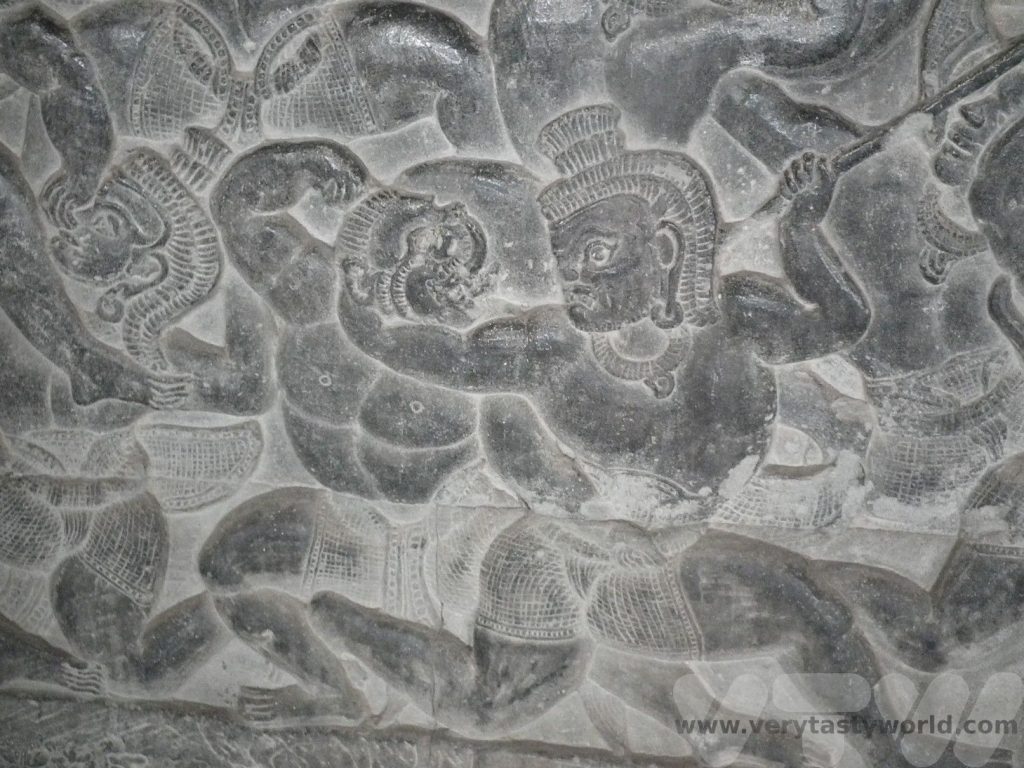
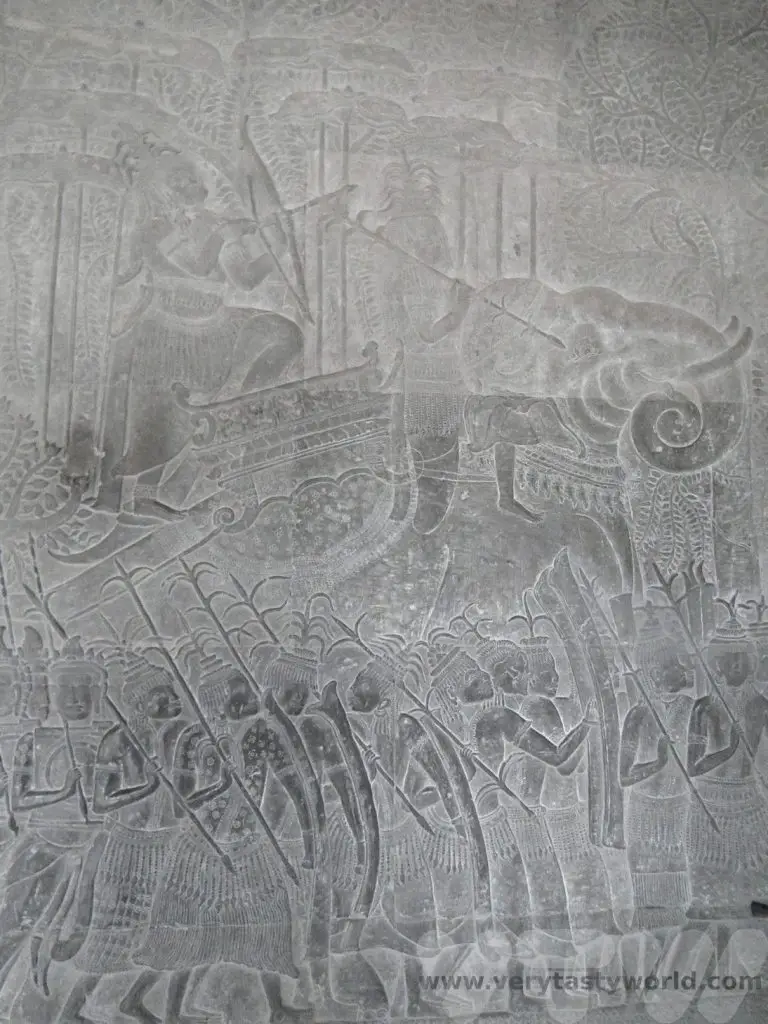
It is possible to enter the central tower. We were quite surprised to find images of Budhha inside, particularly as Angkor Wat was constructed as a Hindu temple.
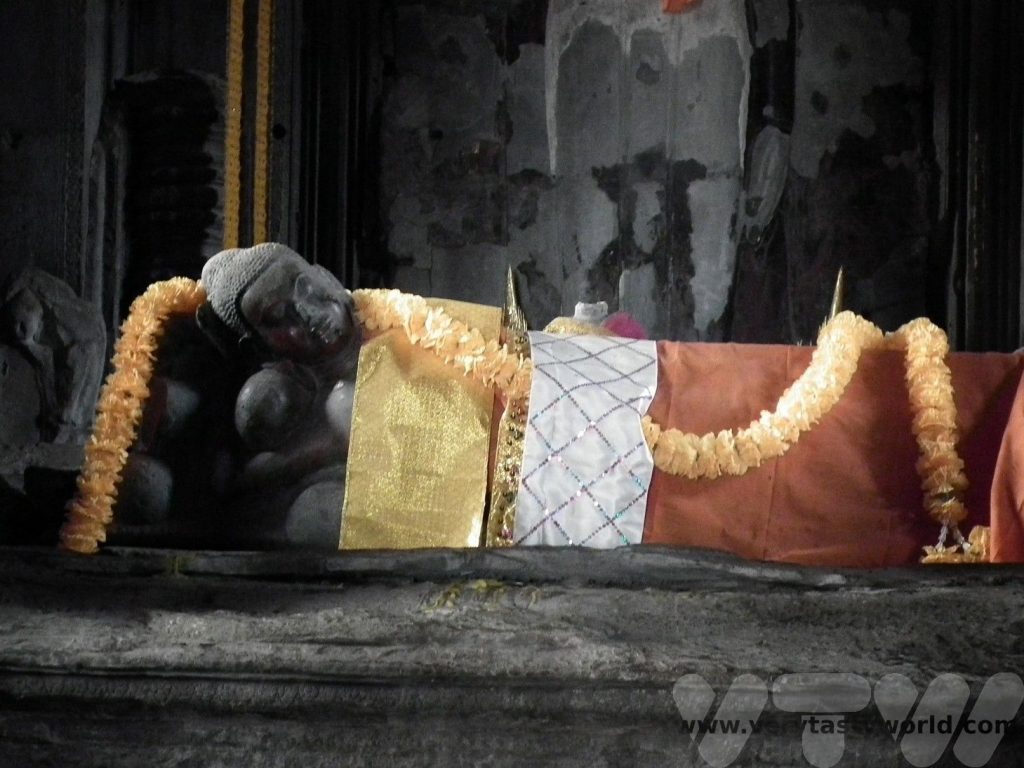
Angkor Thom
Angkor Thom was our next stop. Located a couple of kilometres away from Angkor Wat, it was the final capital city of the Khmer Empire. Established in the late 12th century by King Jayavarman VII, it covers an area of 9km² and was the most enduring of all the sites. Jayavarman was a Buddhist so the temples at Angkor Thom were dedicated to Buddhism. Indeed, during the king’s reign the Khmer people converted from Hinduism to Buddhism.
Angkor Thom includes sights such as the South Gate, a wonderful way to enter the complex, with its grand – and quite grotesque – guardians of the bridge as you cross the moat.
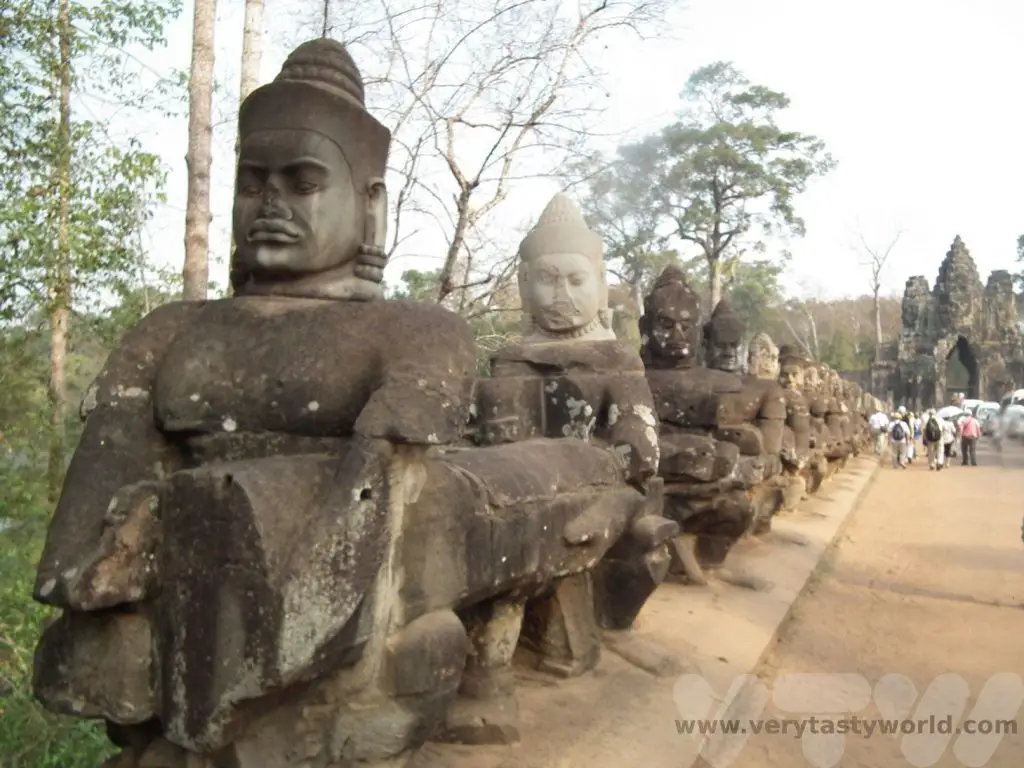
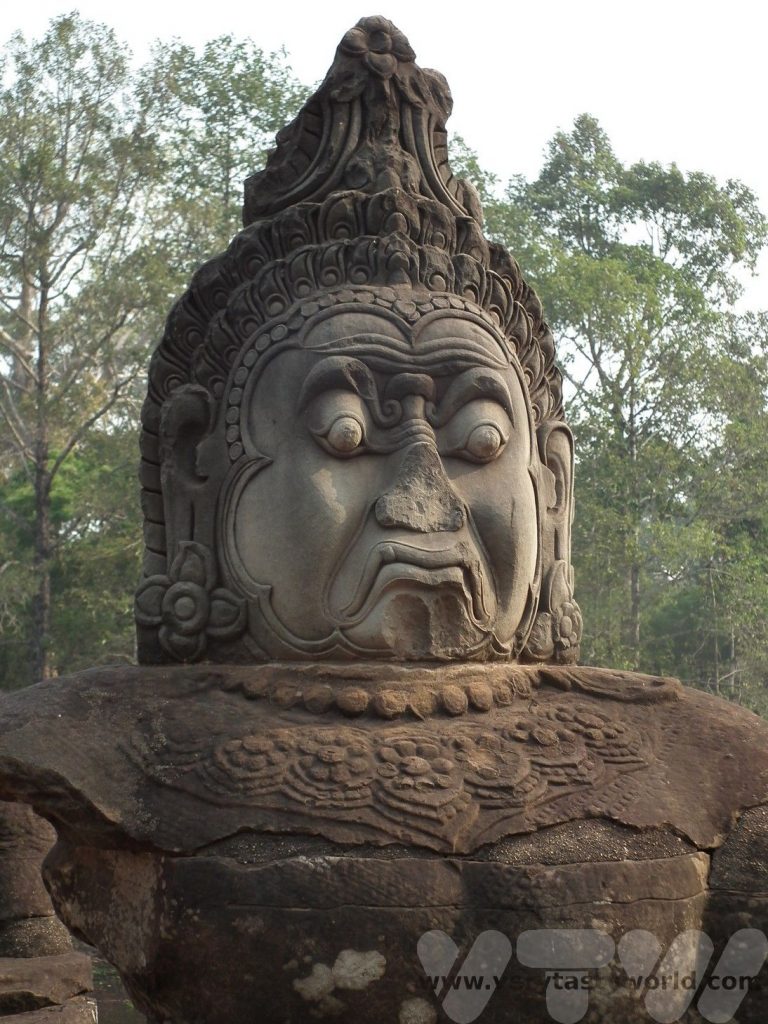
The Bayon is a remarkable structure. It is covered with the stone heads of Bodhisattva Avilokiteshvara, smiling serenely and was the last great temple built at Angkor.
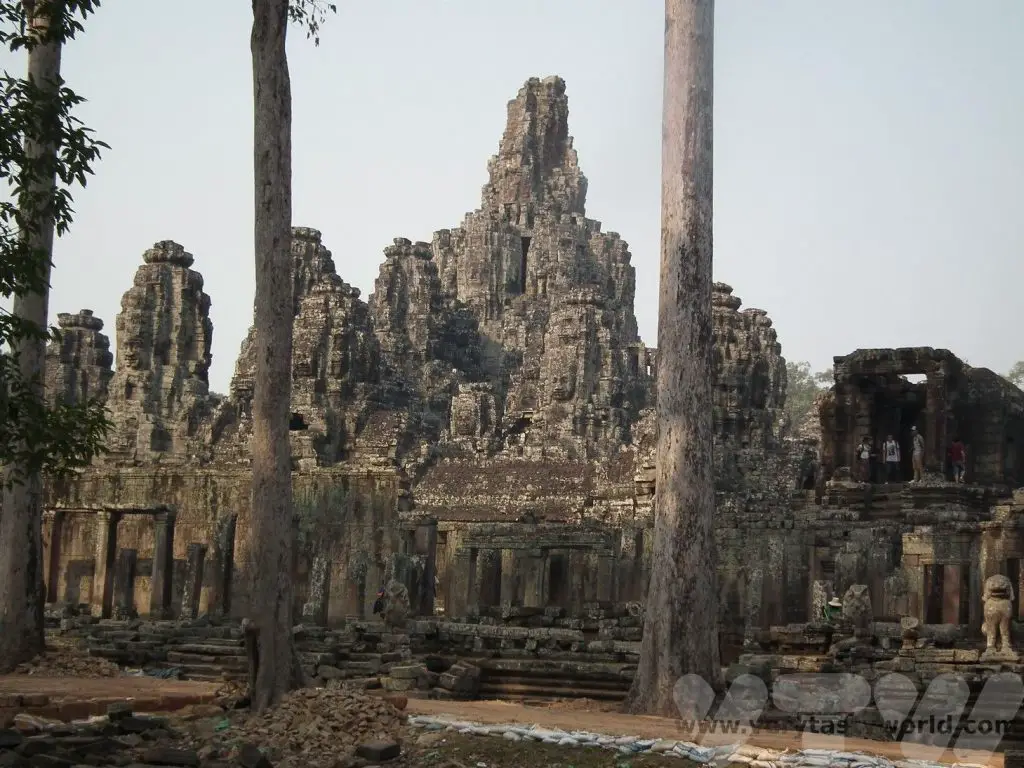
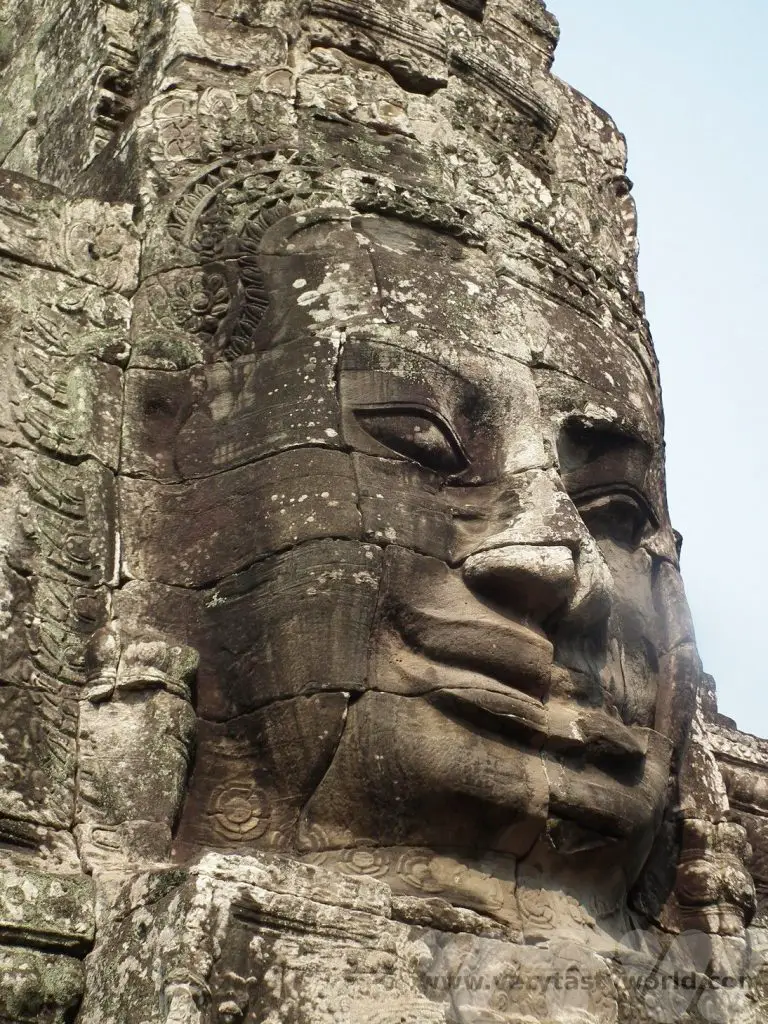
Moving into the Royal Enclosure, …the Terrace of Elephants was originally an extension of the palace of Phimeanakas and was the place from which Jayavarman VII could view his armies as they returned victorious.
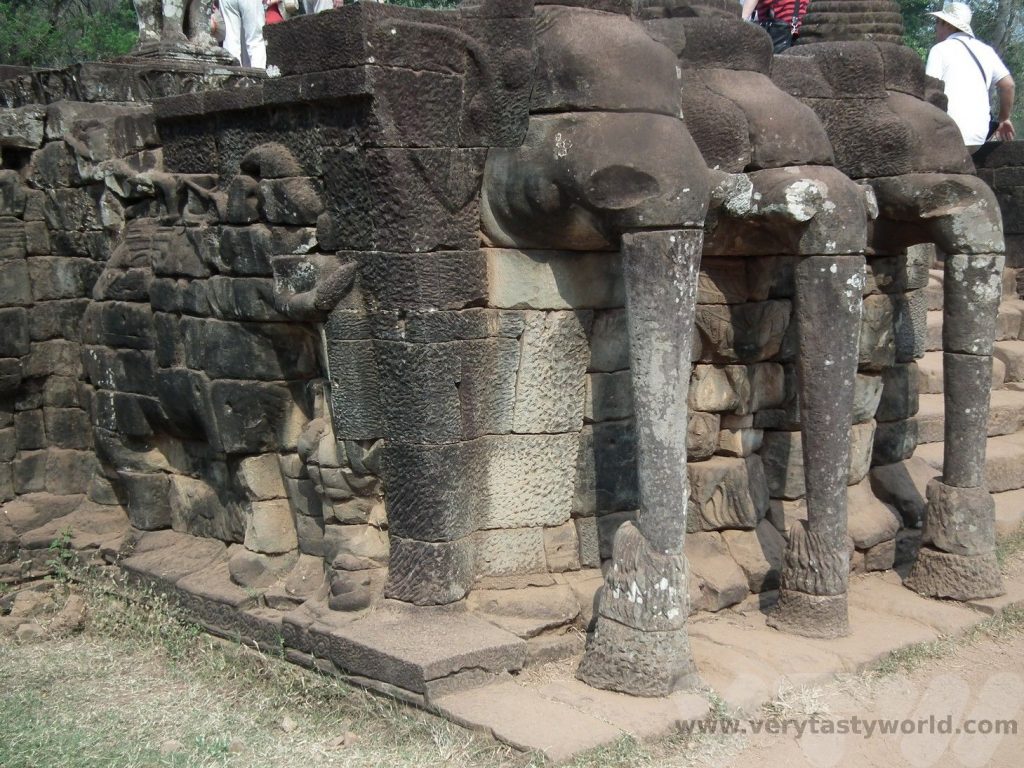
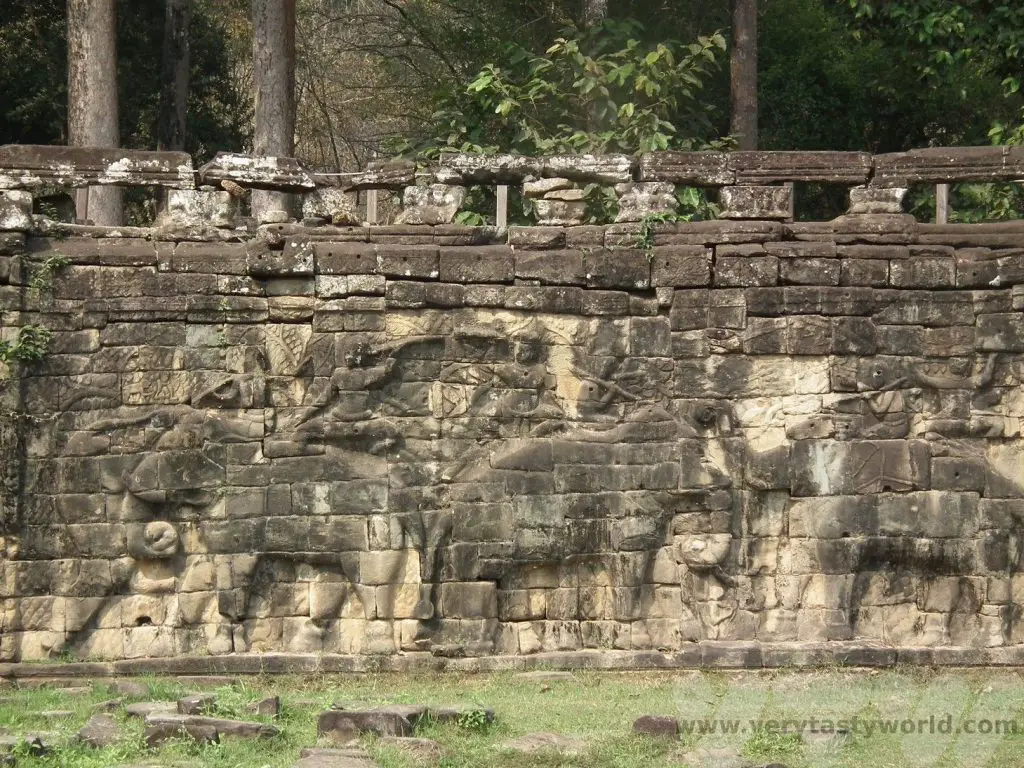
The Terrace of the Leper King was built by Jayavarman VII but the name has an unusual derivation.
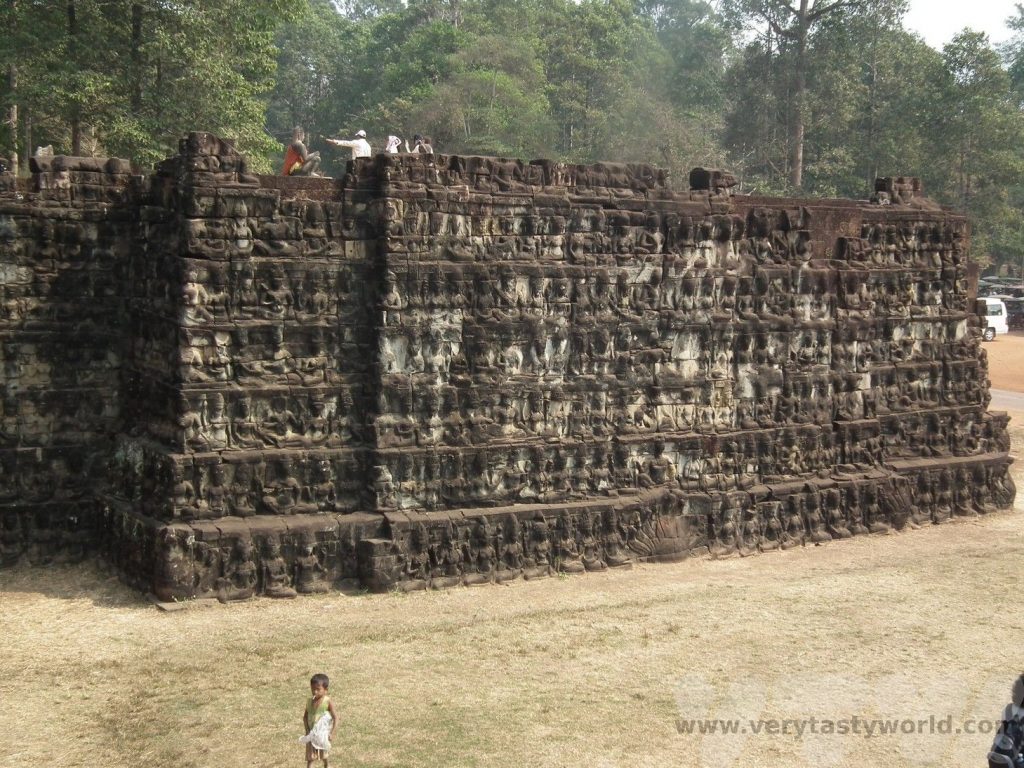
A sculpture found at the site was believed to have been created in the 15th century, had deteriorated and was covered in moss which gave the appearance of leprosy. There is also a link to the legend of King Yasovarman I who was believed to have suffered from leprosy.
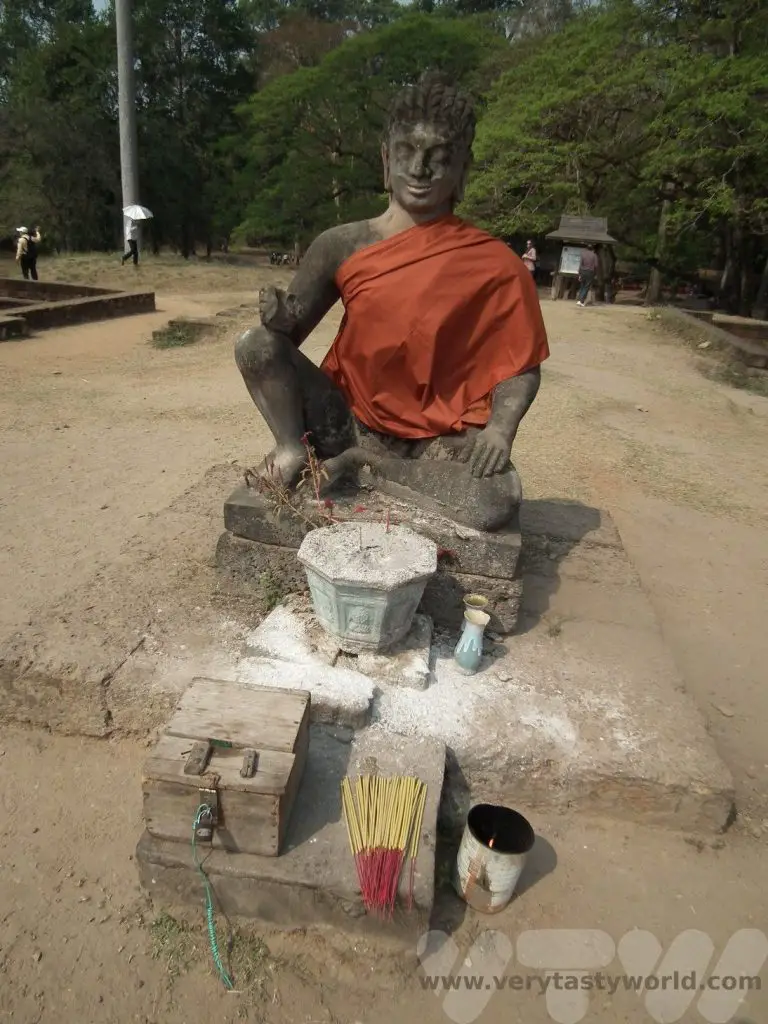
Visiting Angkor Wat – Other Temples to Explore
While Angkor Wat and Angkor Thom are the main attractions in the area there are so many other temples and buildings to visit.
Ta Prohm
A particular favourite of ours was Ta Prohm, just down the road from Angkor Thom.
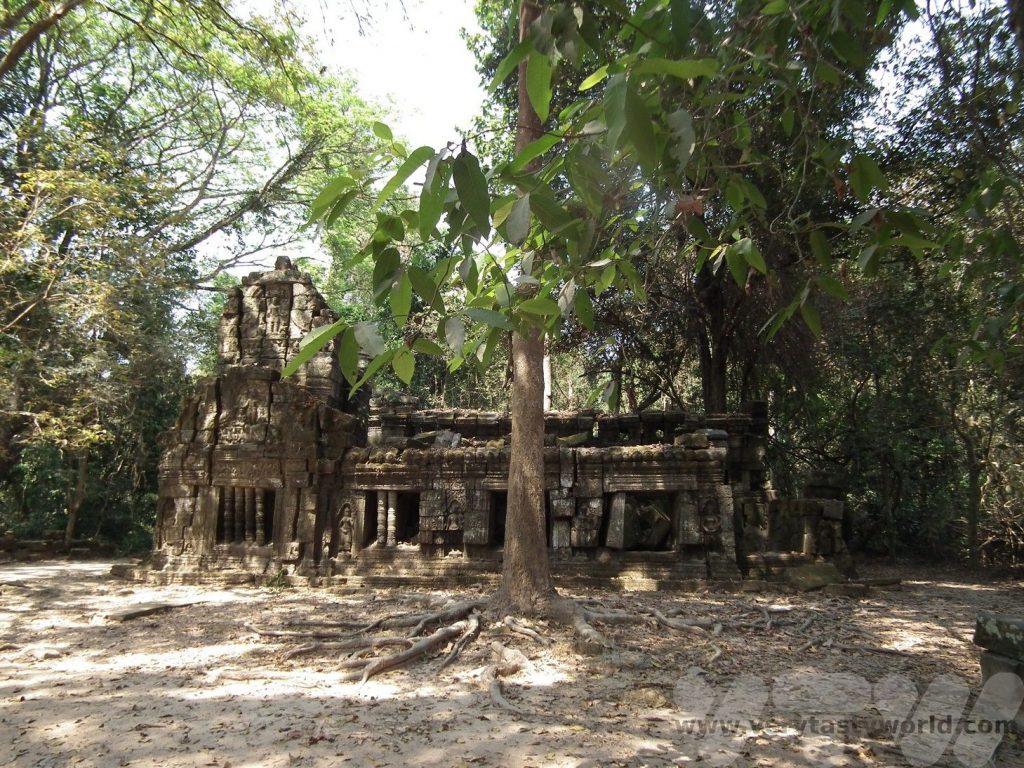
It was another temple constructed at the behest of Jayavarman VII (the creator of Angkor Thom) in the late 12th century and was originally called Rajavcihara. Apparently designed for the king’s mother it was a lavish temple, once covered in pearls, precious stones and gold, and home to over 12,000 people. However it was abandoned after the fall of the Khmer empire and lost to the jungle for centuries.
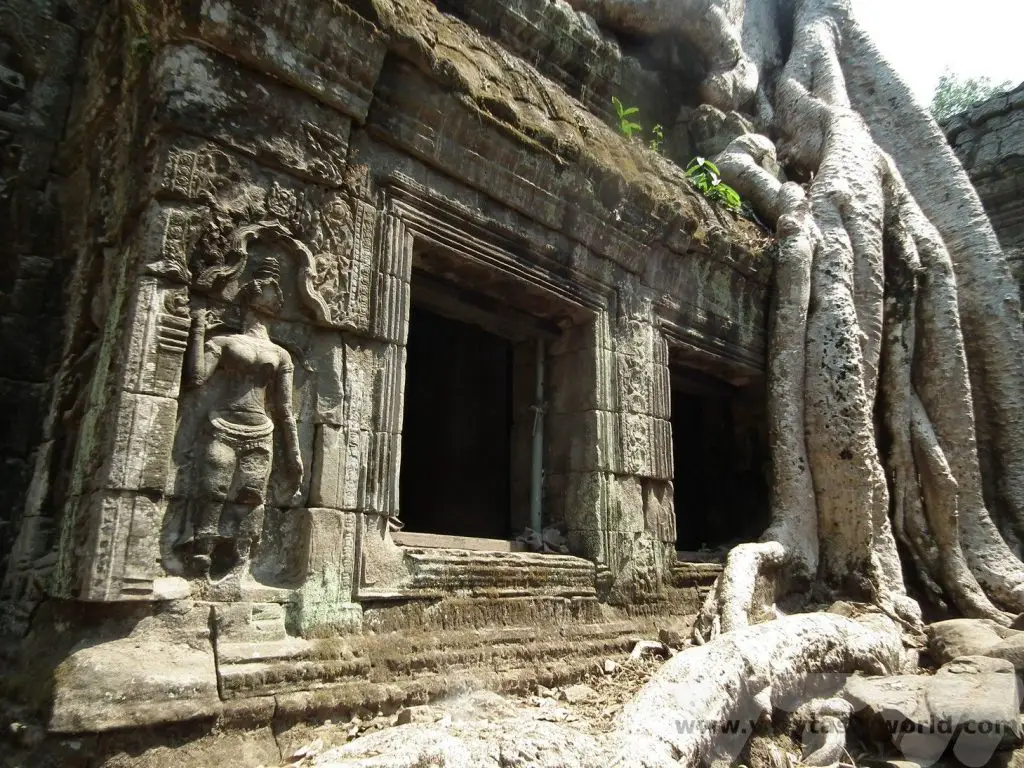
The design of the temple is typically Khmer, with a concentric design of square or rectangular temples – the enclosing walls encasing an inner sanctum. But, unlike many of the other temples in the region, this hasn’t been cleared and restored and the trees of the jungle have remained, forming a beautiful symbiosis with the buildings.
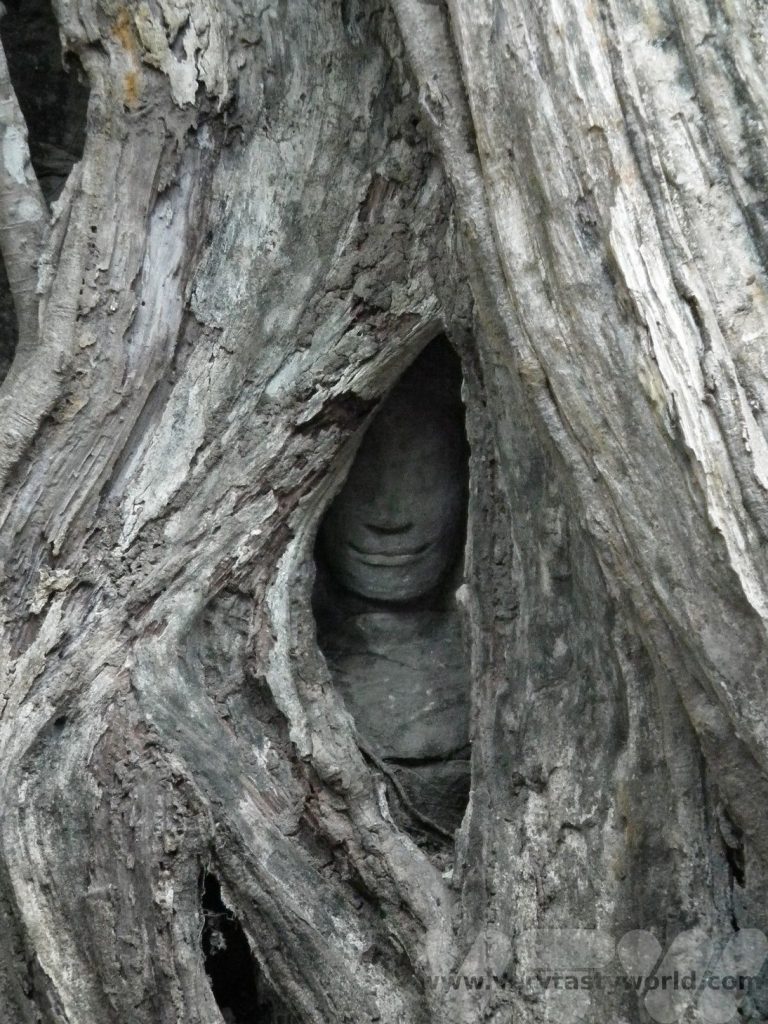
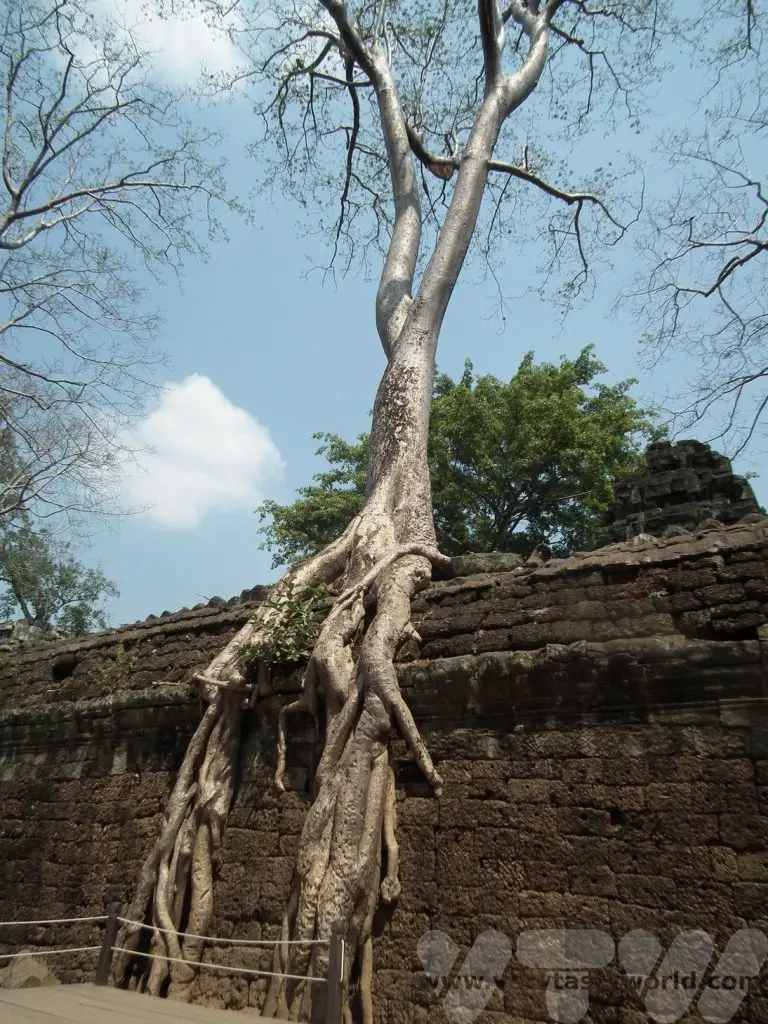
Banteay Srei
The Khmer Temple of Shiva at Banteay Srei, dating back to the 11th century, is the Citadel of Women. It has some remarkable sandstone decorations, friezes and lintels which are some of the best preserved in the region.
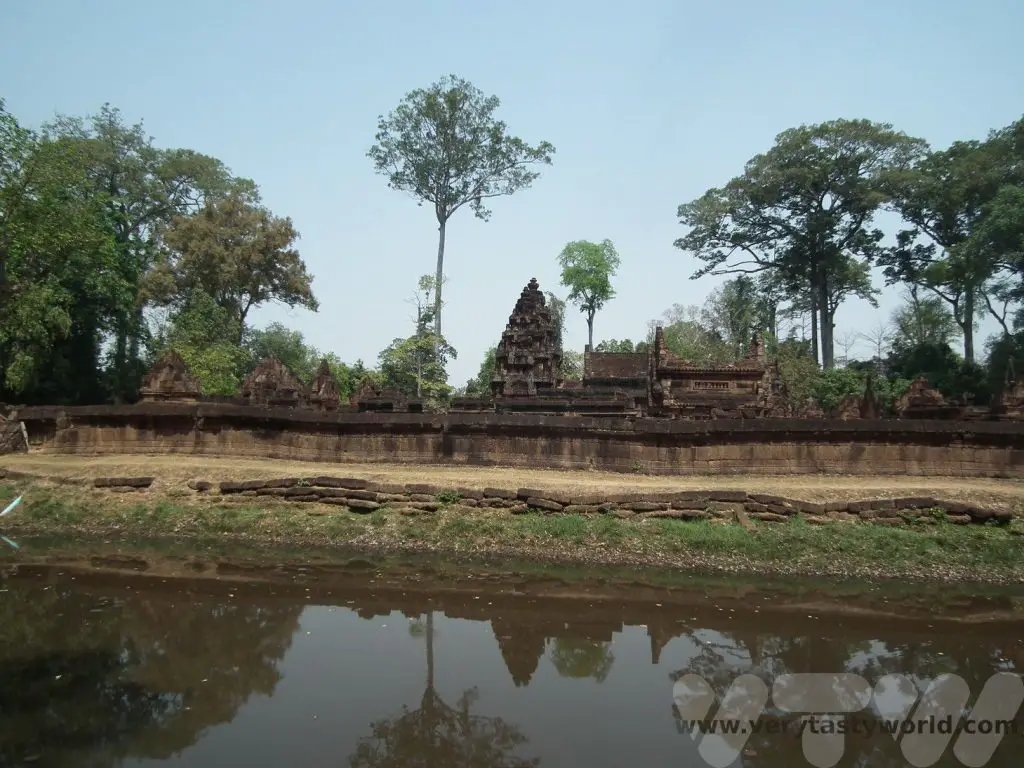
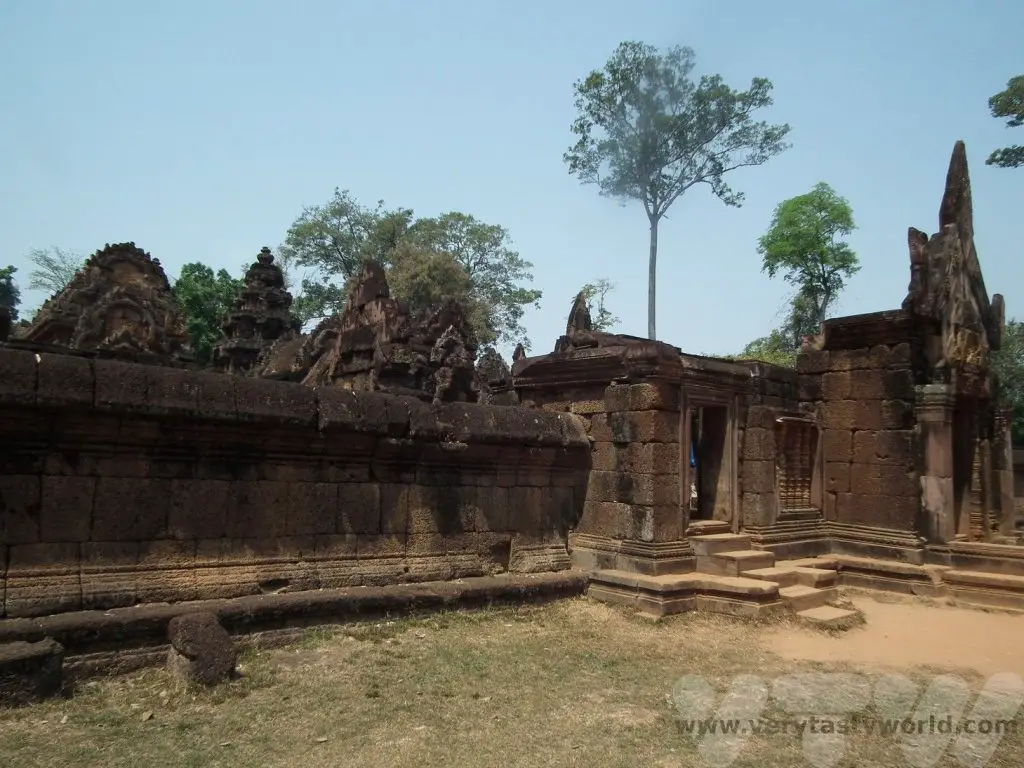
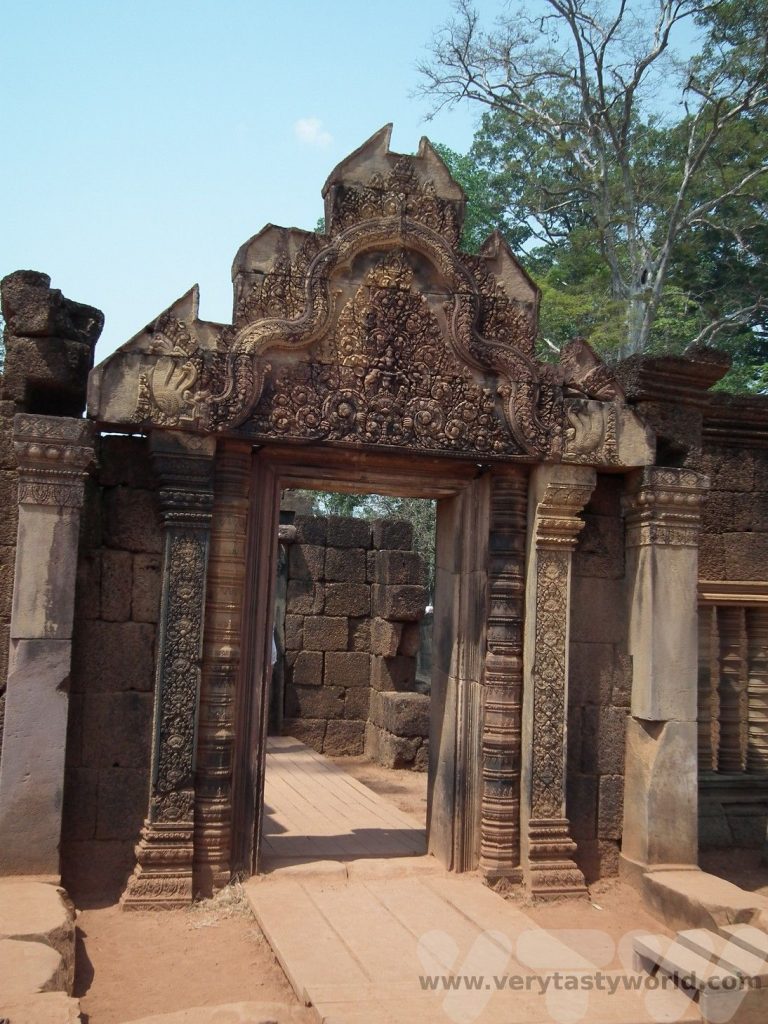
Kbal Spean
Kbal Spean is a Hindu Pilgrimage site set deep in the jungle to the North East of Angkor. It actually pre-dates the Angkor Temples by around 200 years and is the oldest site in the region.
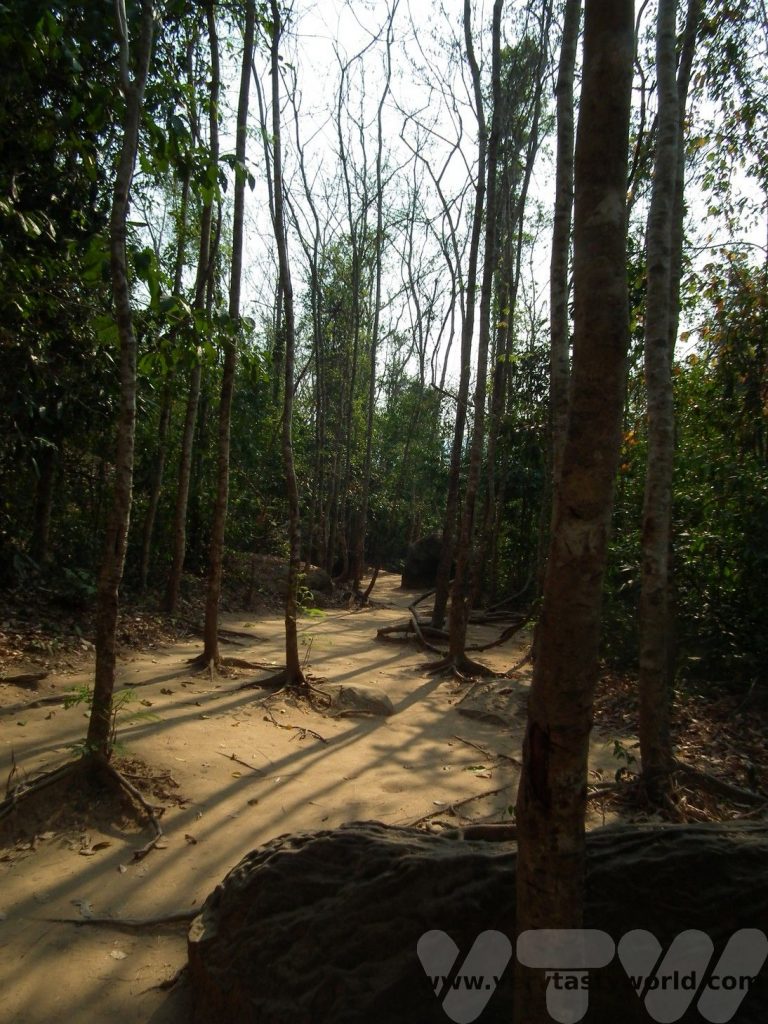
After hiking for around a kilometre through the jungle you reach the River of a Thousand Lingas, amazing sculptures that are actually located in the river bed.
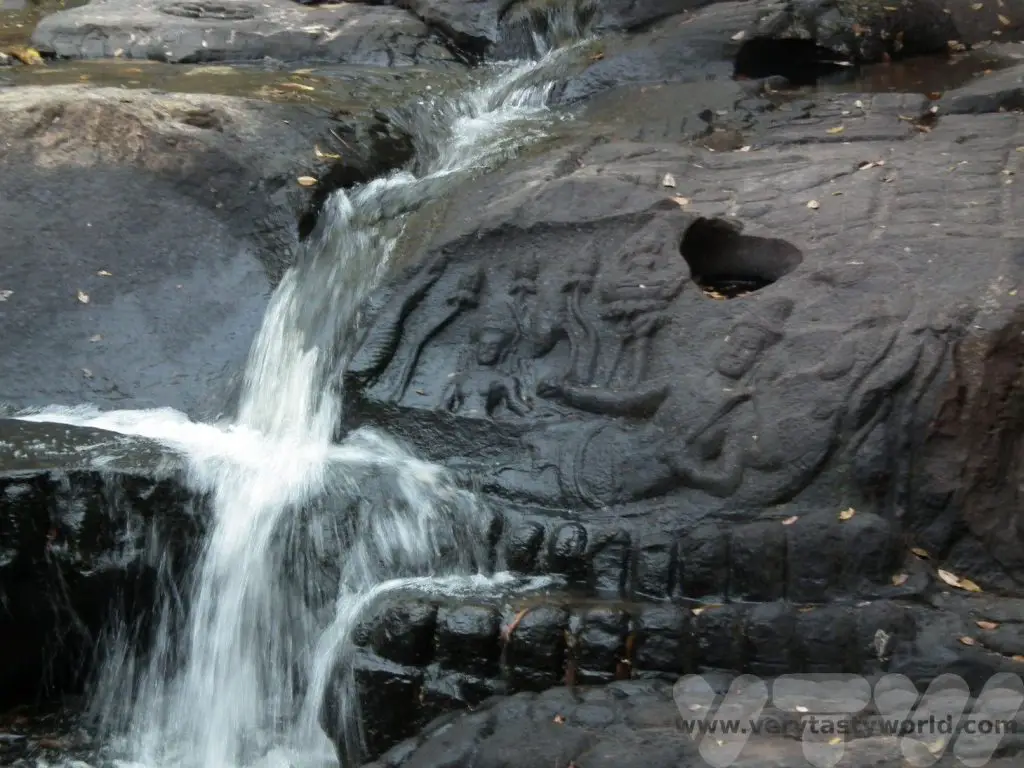
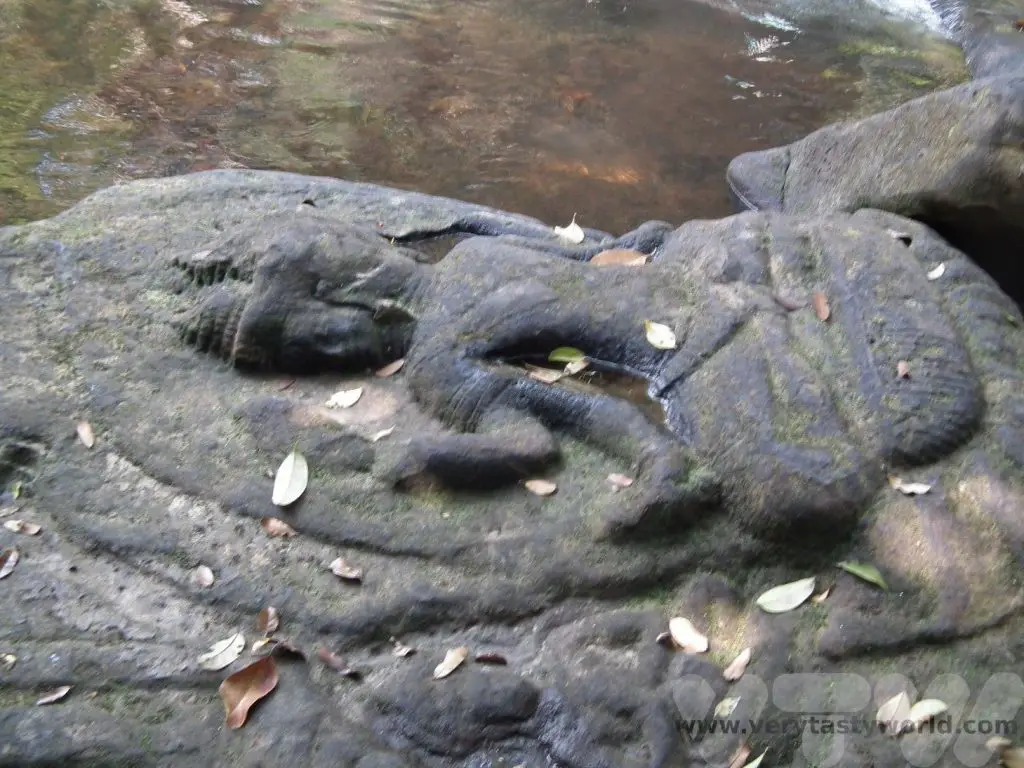
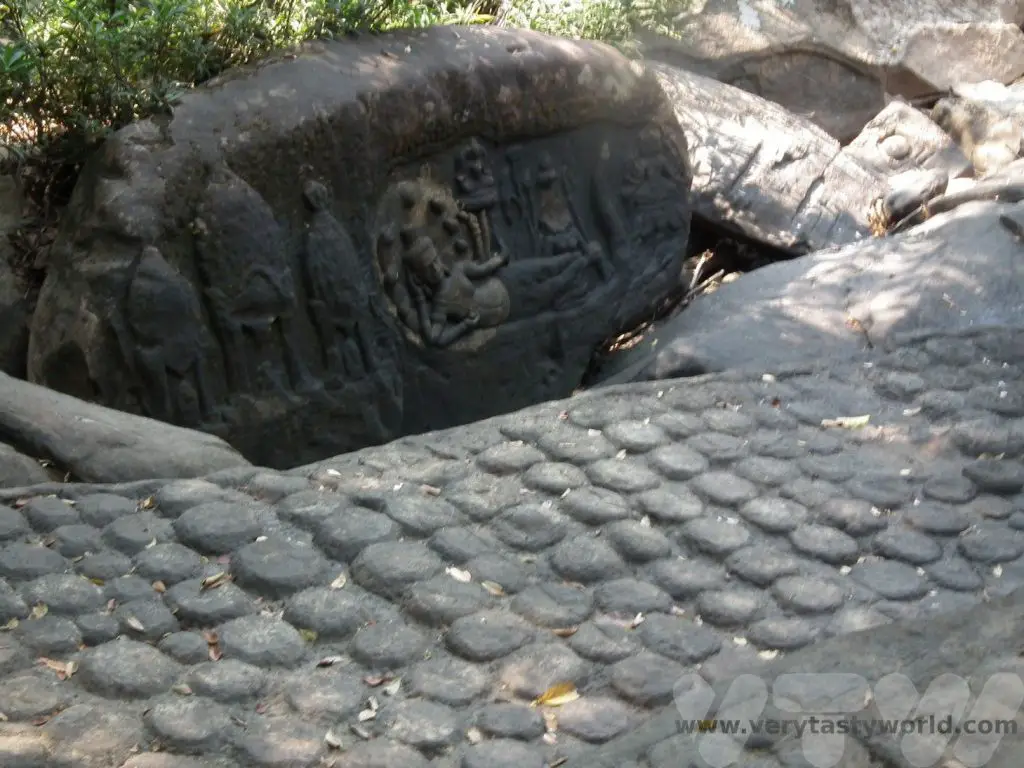
The Roulos Group
And finally, the other temples we visited were the Roulos group which are older and date from the 9th and 10th centuries. They are located around 15km south-east of Siem Reap in the former city of Hariharalaya. King Jayavarman II founded the Khmer empire in 802 CE. His successor was his nephew, Indravarman I, who initiated the construction of the temples here.
Preah Ko was the first. The name means ‘sacred bull.’
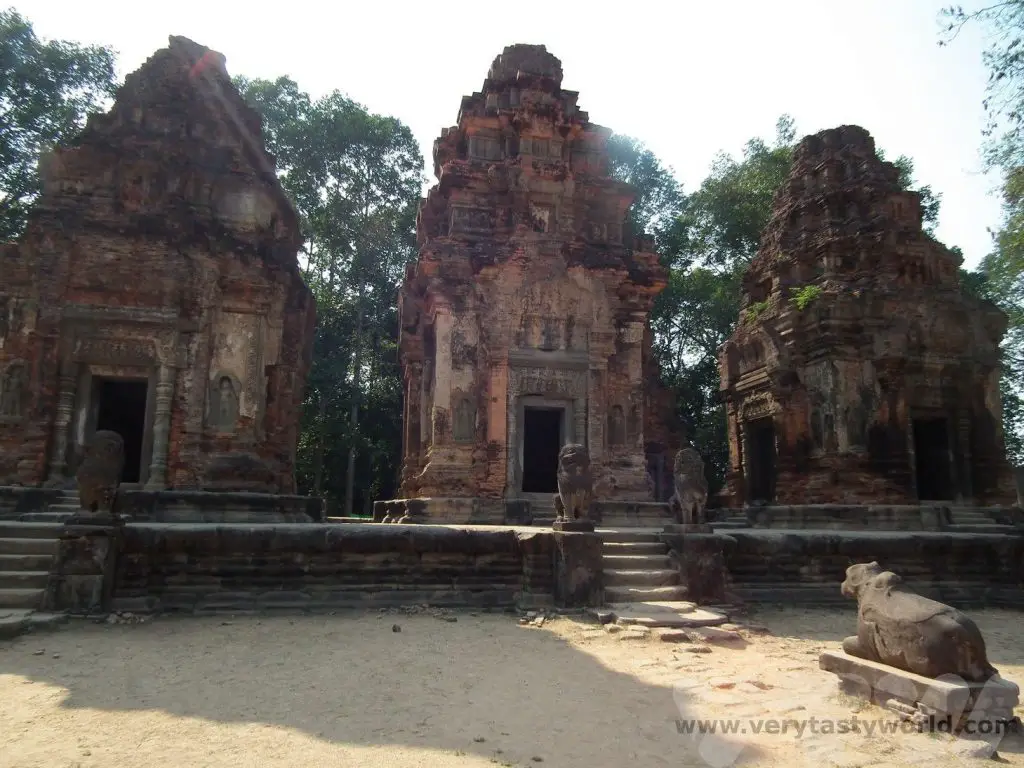
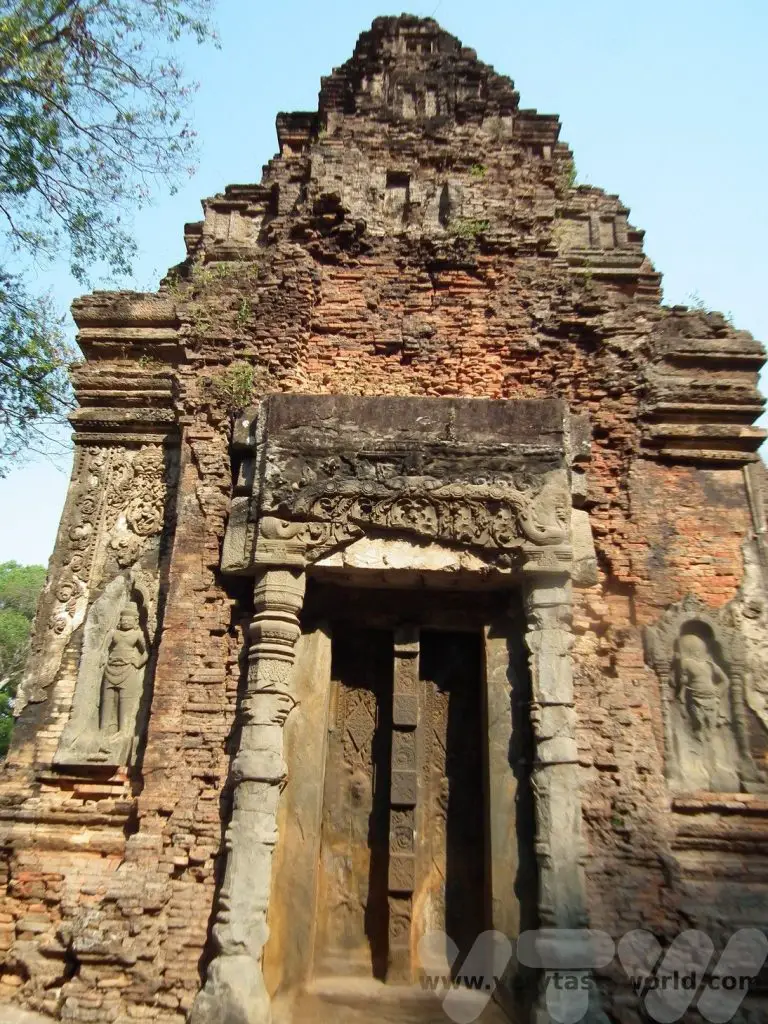
Bakong was next and is considered to be the first Khmer temple mountain. It is the most impressive of the structures in this group. This was King Indravarman’s official temple. The pyramid has five levels and is surrounded by two towers on each of its sides.
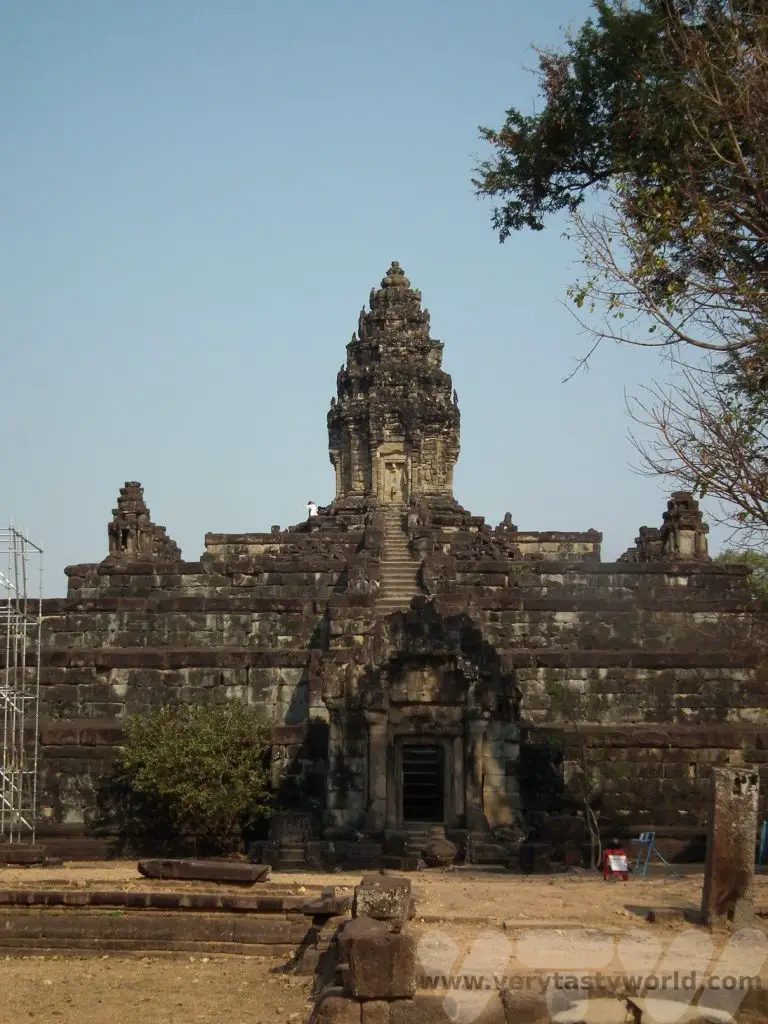
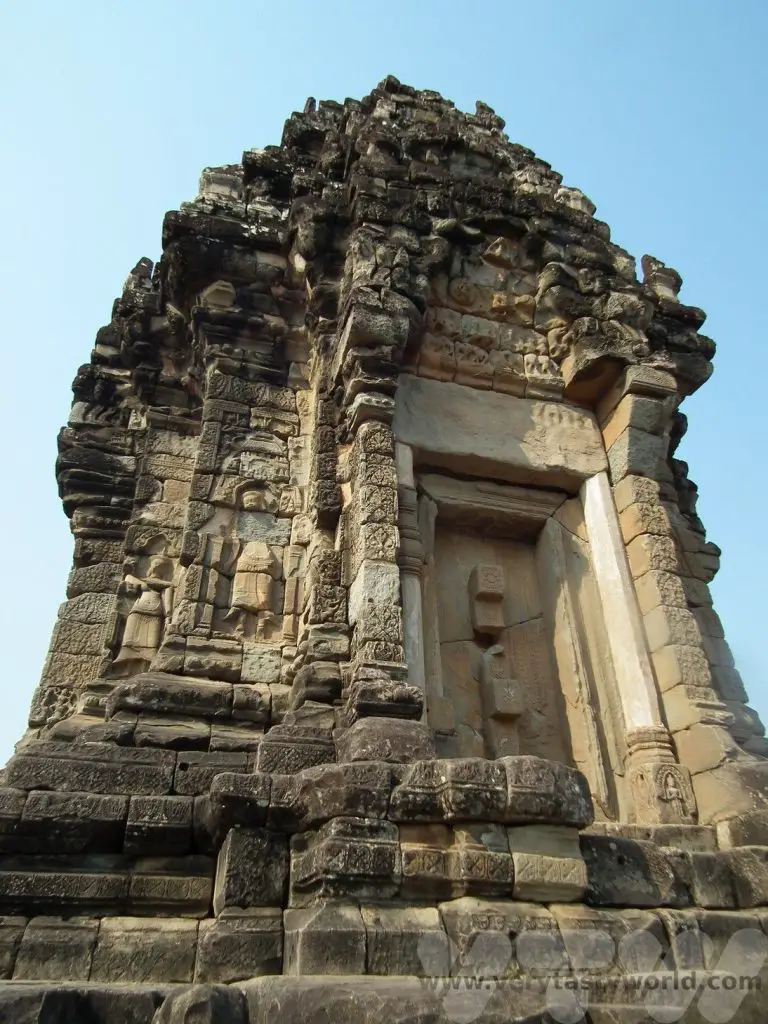
The Lolei temples are grouped together. These are of a brick construction and represented King Yasovarman’s parents and grandparents. The taller towers are for his grandparents and the front towers are for the males in the family.
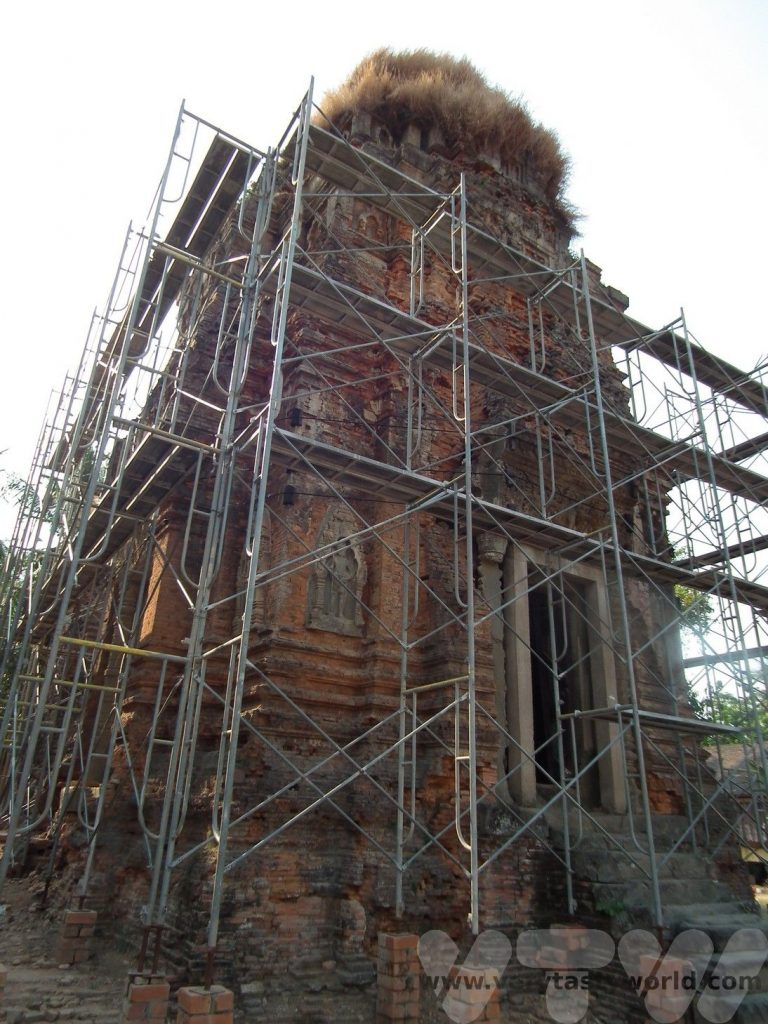
Après Sightseeing – Siem Reap
After all the sightseeing we would wander into Siem Reap. Pub Street is the place to find restaurants and bars in the evening – perfect for relaxing after a long day’s sightseeing. It is possible to visit markets, enjoy cookery courses and, of course, eat traditional Cambodian cuisine. This platter included spring roll, mango salad, fish amok (a fragrant curry), green curry, cha tu kuong (stir-fried water spinach) and steamed rice.
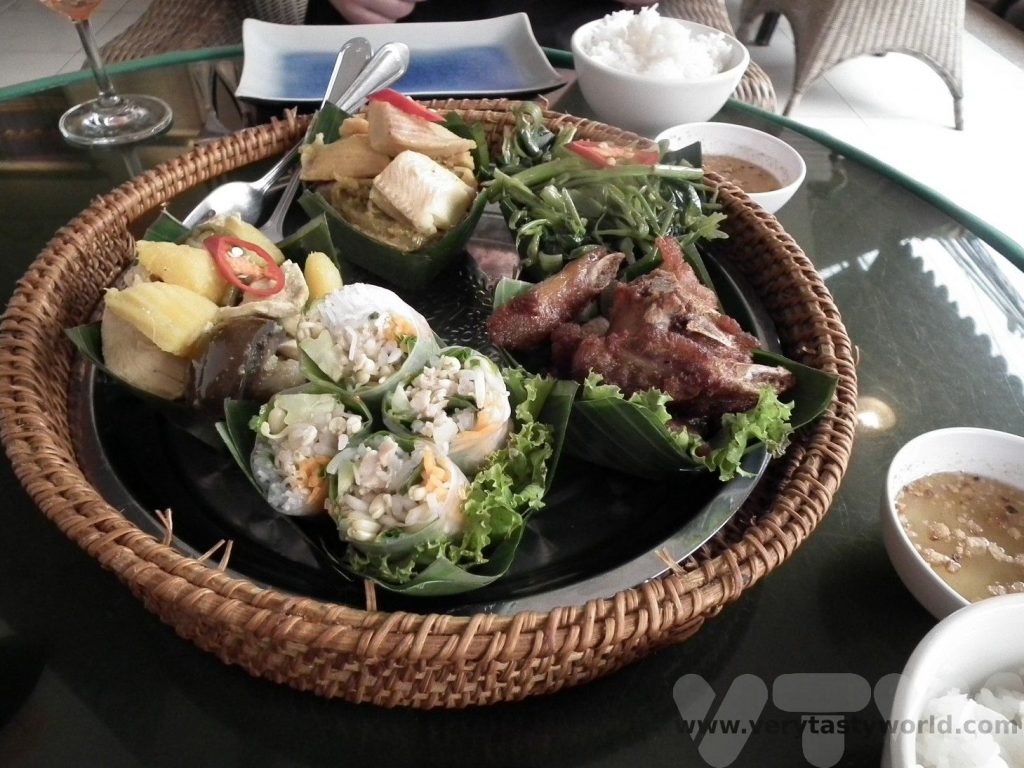
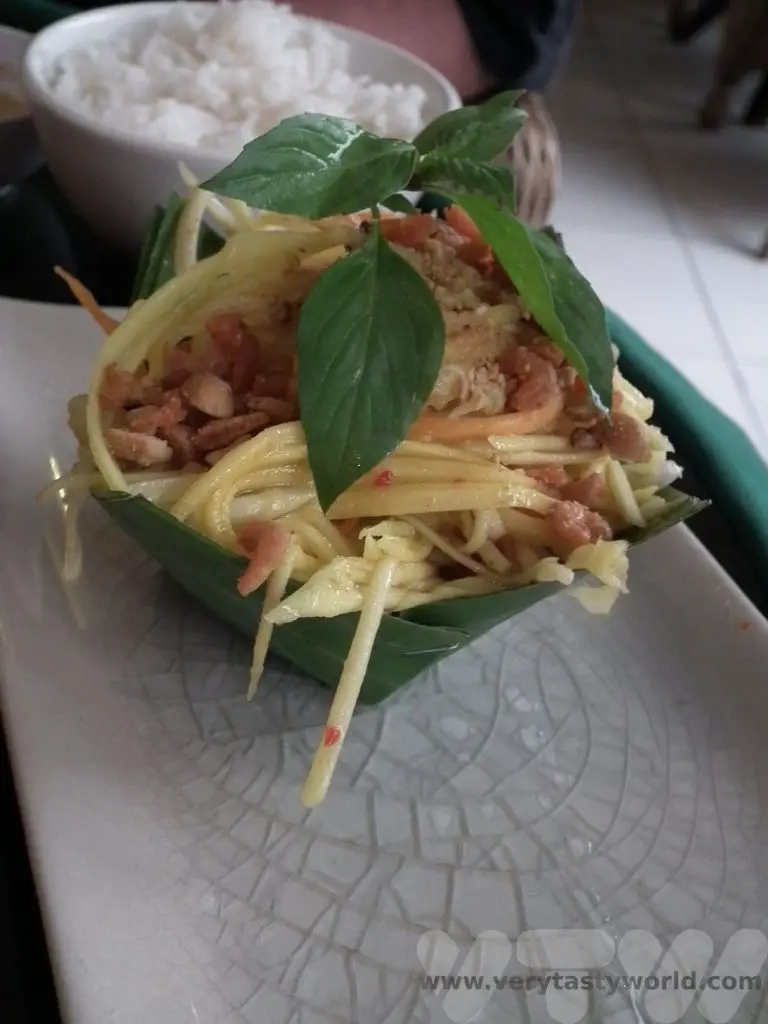
Other Excursions
Although our primary purpose of the trip was to visit Angkor Wat, there are other activities in the area. Siem Reap is located close to Lake Tonle Sap, the largest freshwater lake in South East Asia. It’s a fascinating lake because it is part of the Mekong river system. The Mekong and surrounding catchment feeds it during the wet season and the lake’s water level will rise to around 11m. But during the dry season the lake feeds the Mekong and water levels can get as low as 1m before the rains arrive. It’s a lake where local people live and work and it’s possible to take a boat trip and visit some of the floating villages.
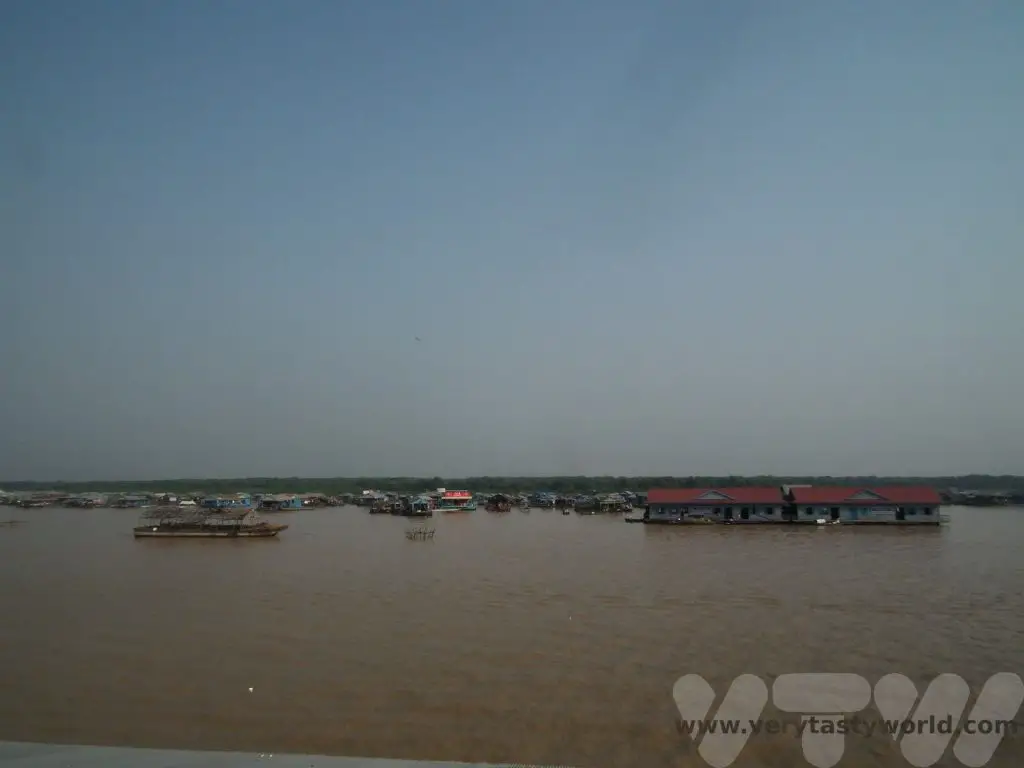
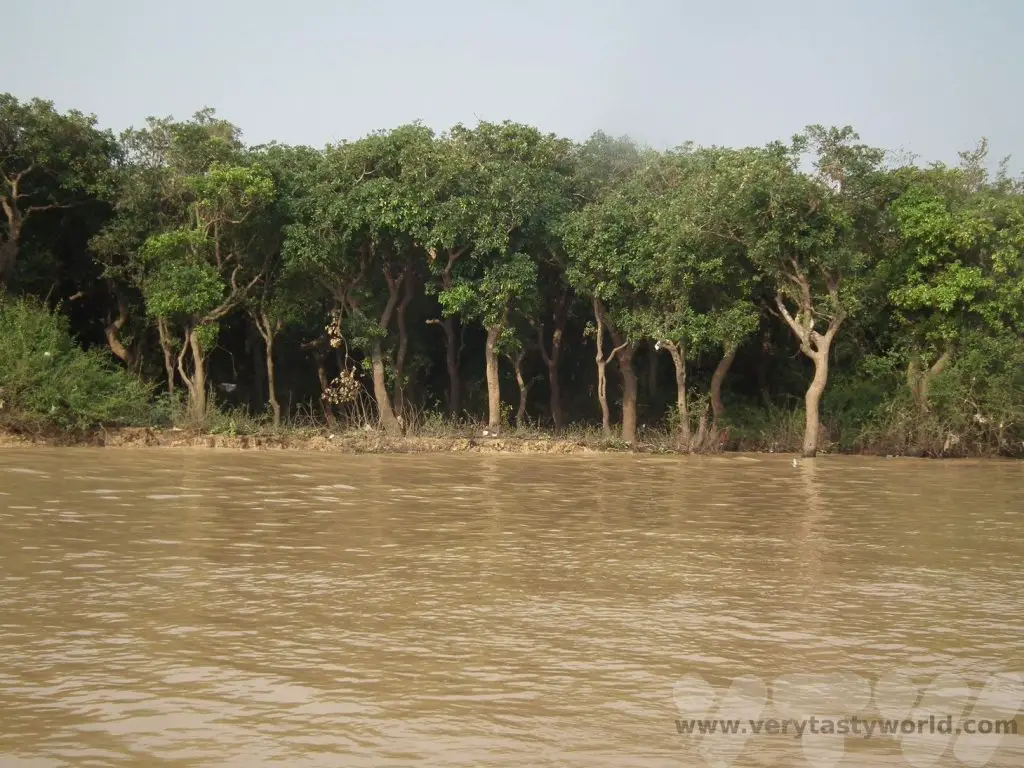
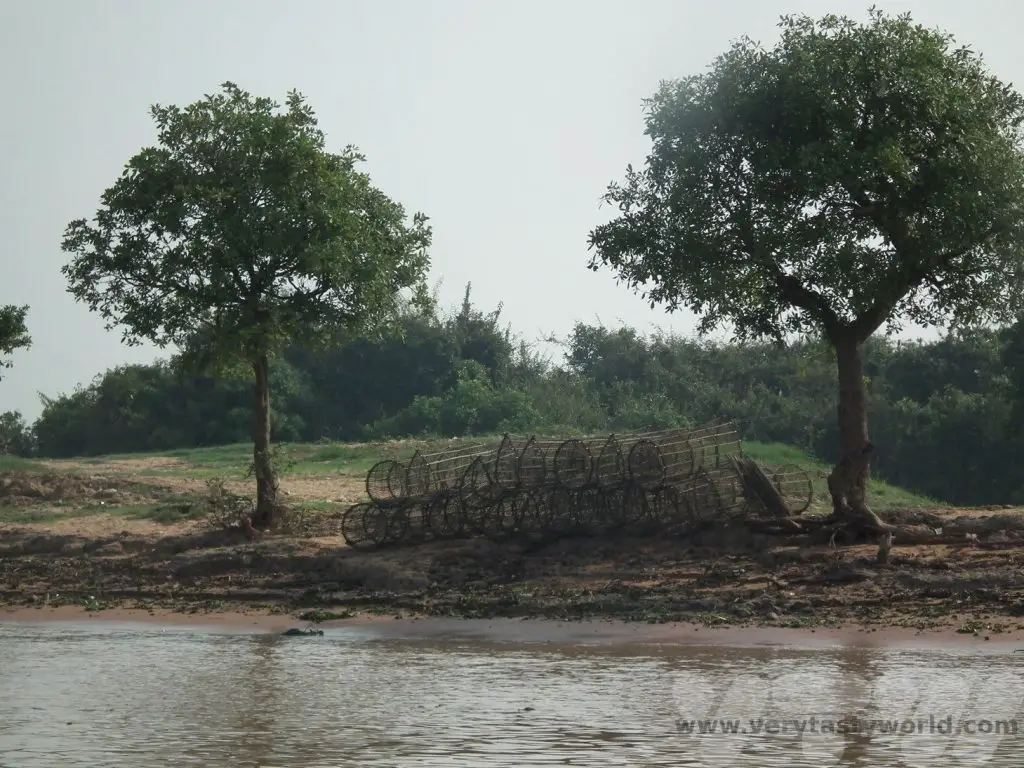
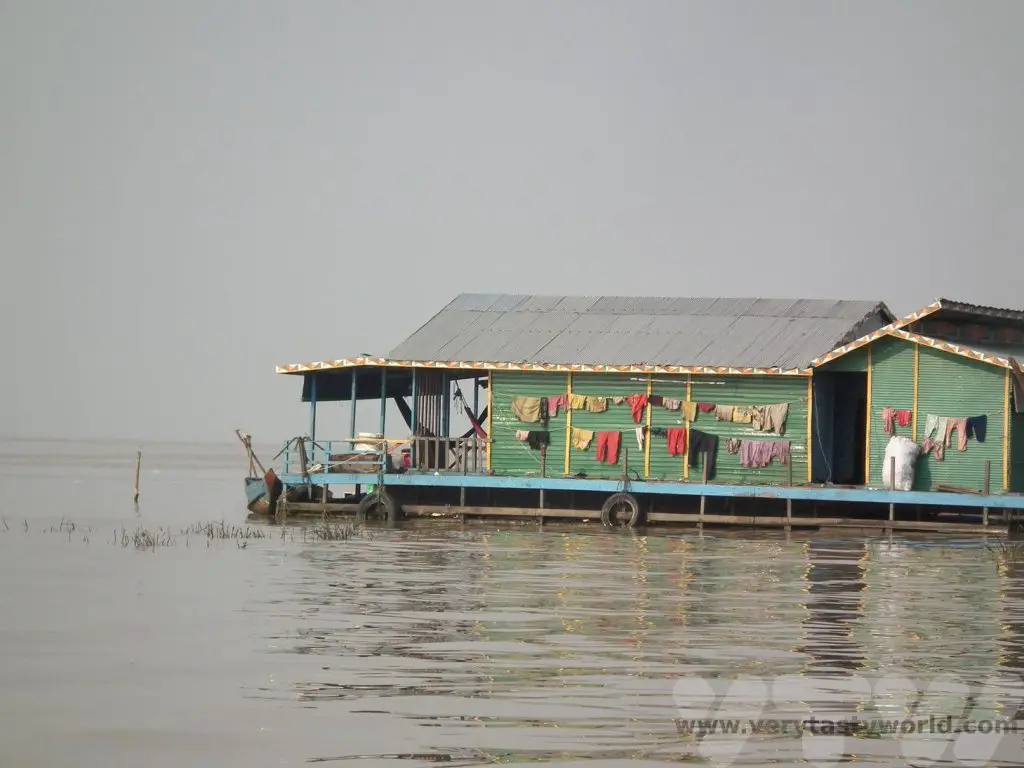
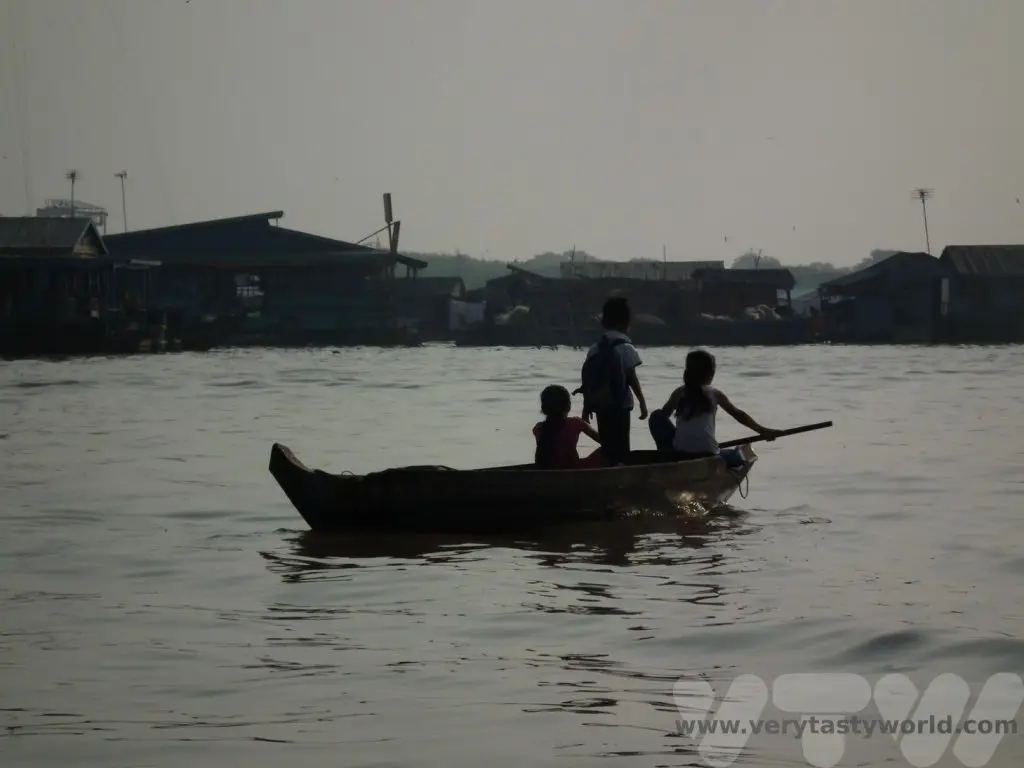
Related Posts You May Enjoy

Osaka Restaurants Japan – Kuidaore on Dotonbori
We visited Osaka (pronounced O-saka rather than o-SAR-ka) on our very first trip to Japan many years ago. We had already spent time exploring Tokyo, Hakone and Kamakura and it was following an afternoon and evening in Osaka, exploring the neon arcades and playing video games, taking silly photos in the print club booths, riding the Hep 5 big wheel and singing our socks off in a karaoke bar (where you get a private booth rather than have to sing in front of complete strangers), that we realised that we had fallen in love with Japan. The following day we visited the Dotonbori area in the Namba district and discovered Osaka’s restaurants. We decided that Osaka was our favourite place in the world.
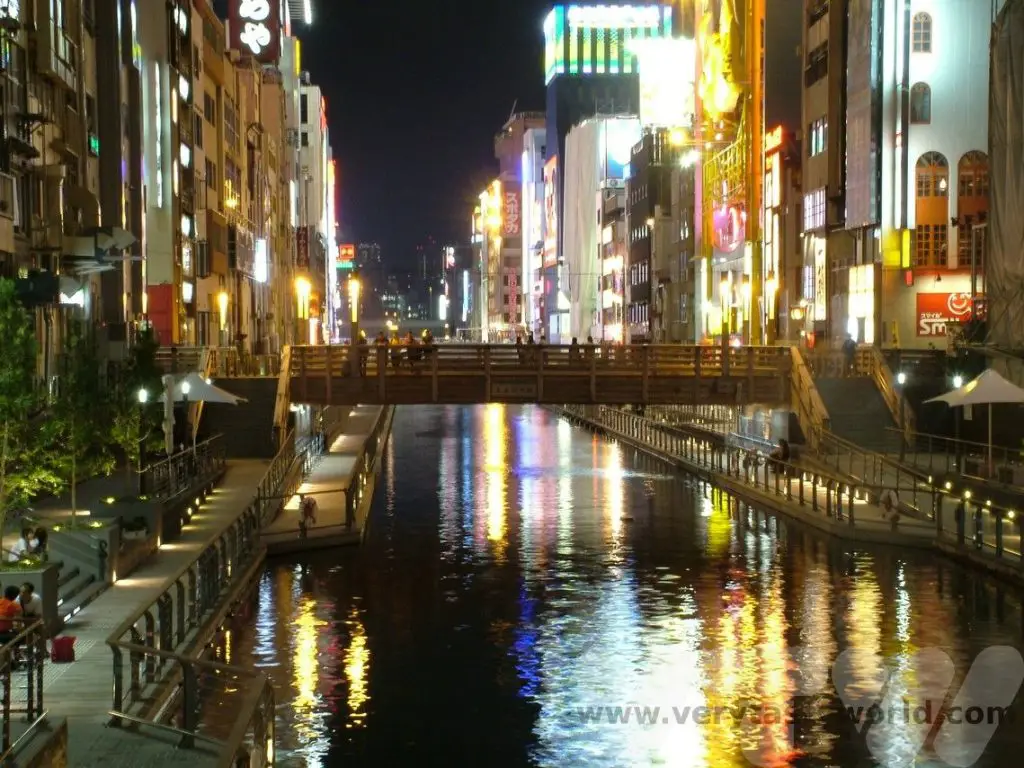
We’ve returned to Osaka many times over the years and we always make a beeline for Dotonbori. We’ve often stayed in business hotels close by. It’s a short walk away from the JR Namba Station Exit 14 (Yamatoji line), which is especially useful if you are using your JR Pass. Be aware that Namba is a big station. If you are arriving on the shinkansen (bullet train) you can get there from Shin-Osaka using the subway Midosuji line to Shinsaibashi Exit 4-B. (N.B. you can’t use your JR Pass on the subway.)

Osaka is known for being one of Japan’s centres of commerce, indeed there’s a phrase that many salarymen use as a greeting: ‘mokari makka’ which means ‘are you making money?’ The residents of Osaka speak Kansai Ben, the dialect of the region. It’s quite different to the Japanese we’ve learned in classes. For example, Osaka residents will say, ‘okini’ as thanks instead of ‘arigato’; although arigato will absolutely be understood you may well receive a big smile if you use ‘okini.’
Dotonbori History
Dotonbori means ‘Doton Canal’ and the history of the area goes back several hundred years to 1612 when Yasui Doton, a local merchant, started constructing a canal system in the area to link the Kizugawa river to the Umezu river. However, he was killed in 1615 during the Siege of Osaka and his cousins completed the canal project, naming it after Doton. Following completion, the area thrived, trade increased due to the better transportation along the canal and Dotonburi became an entertainment district, with theatres, teahouses and restaurants. It’s a fantastic place to visit, especially for foodies!
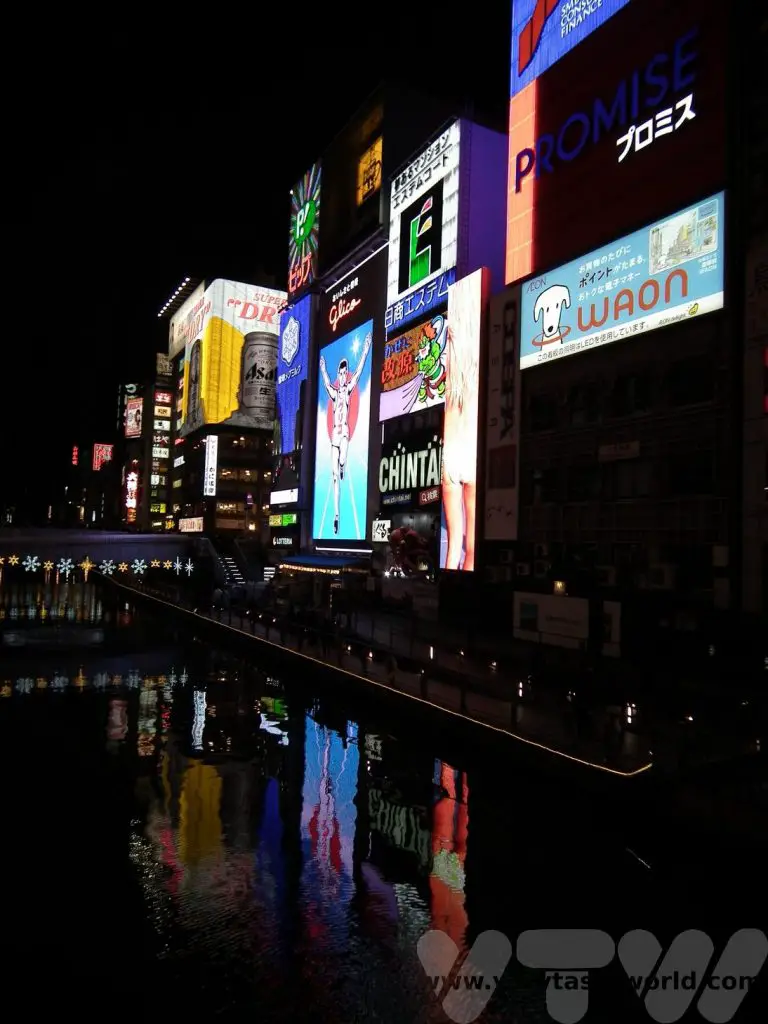
The district is defined by street between the Dotonboribashi Bridge to Nipponbashi Bridge. Probably the most iconic image of the area is that of the Glico running man – and it’s essential to see him at night, brightly lit in neon. Glico is a sweet manufacturer established in 1922 and famous across Japan. They are probably best know for those delicious Pocky coated biscuit sticks.
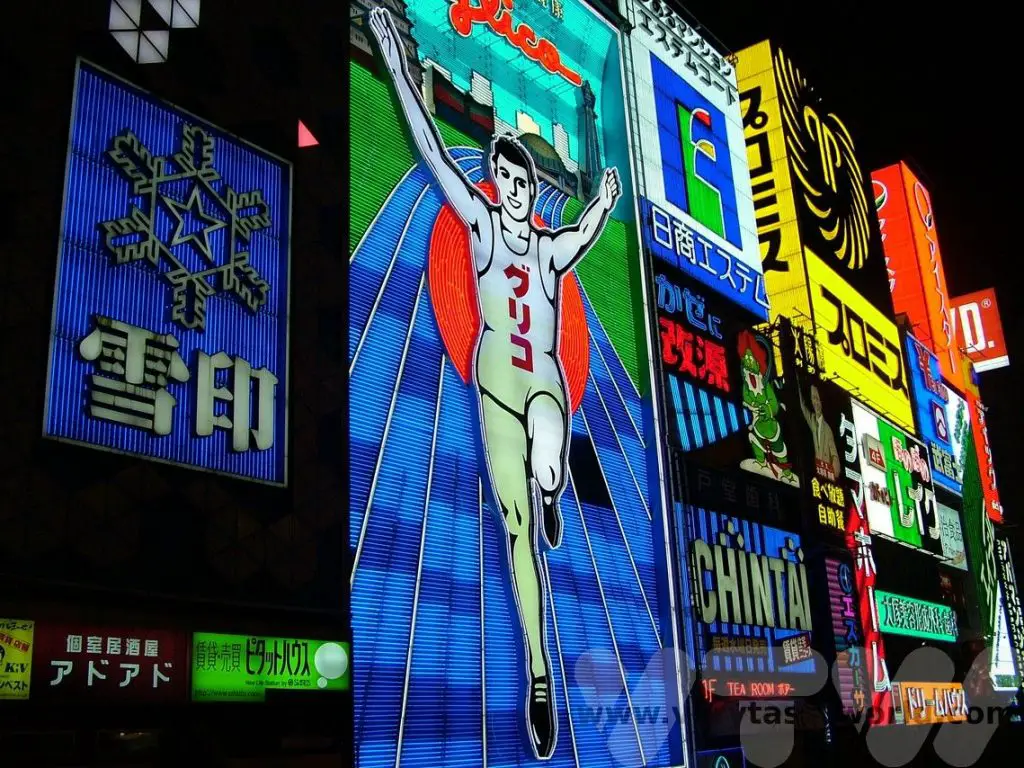
Dotonbori is one street, but actually the surrounding streets are also full of excellent bars and restaurants. We’ve had some of our best nights out in Osaka by wandering into random bars in the area. Locals and tourists alike are very friendly and we’ve often just started chatting with people. There was one particularly memorable night when a pair of airline pilots decided to buy Jagermeister bombs (a Jagermeister shot inside a glass of Red Bull) for the denizens of the entire bar which resulted in a highly caffeinated boozy evening and us sleeping in so late that we missed much of a planned excursion to Kobe the following day!
Kuidaore
The word ‘kuidaore’ means to go bankrupt by extravagant spending on food and Dotonbori would be a place where you could have a really good attempt at achieving this as it is chock full of excellent restaurants.
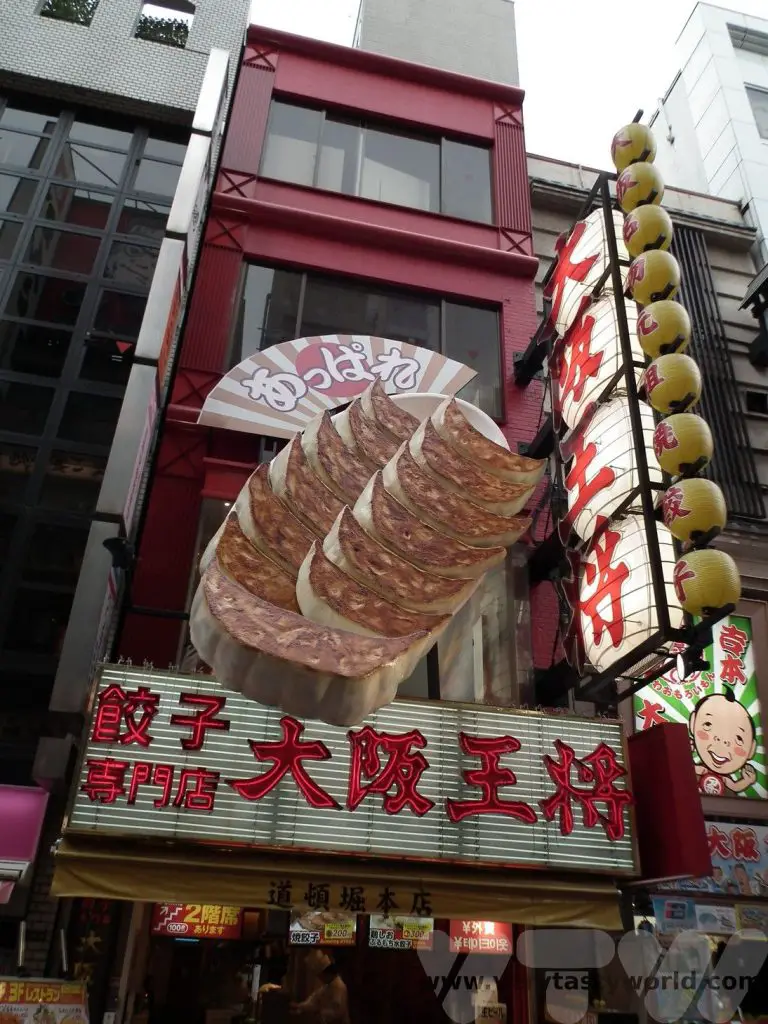
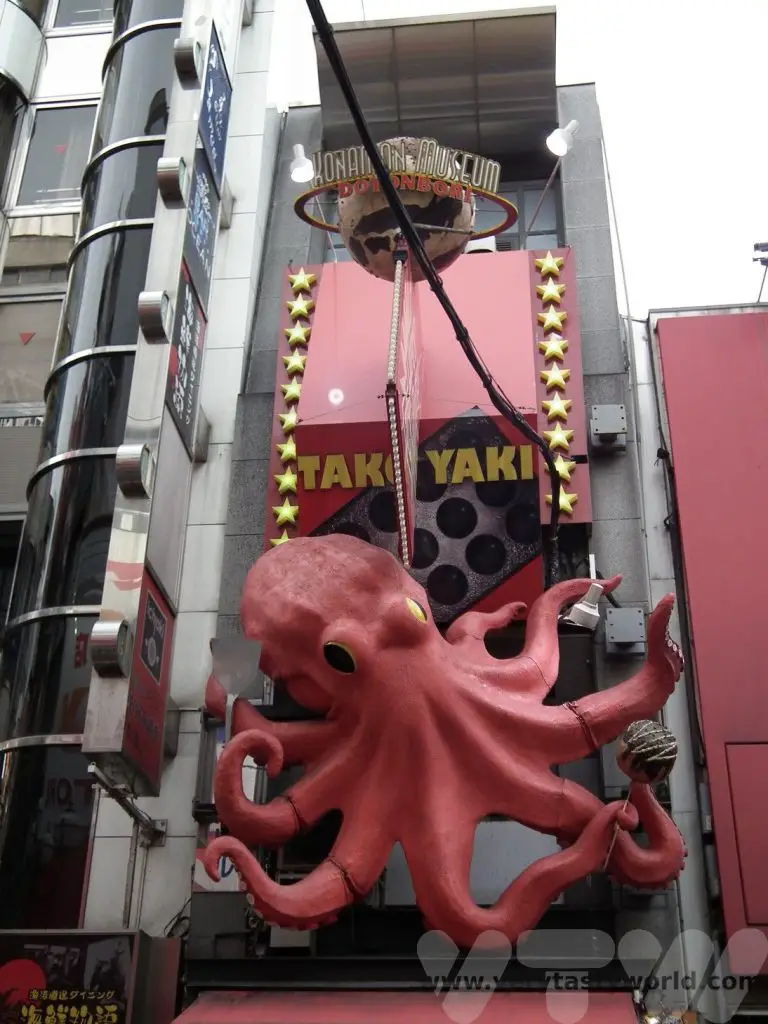
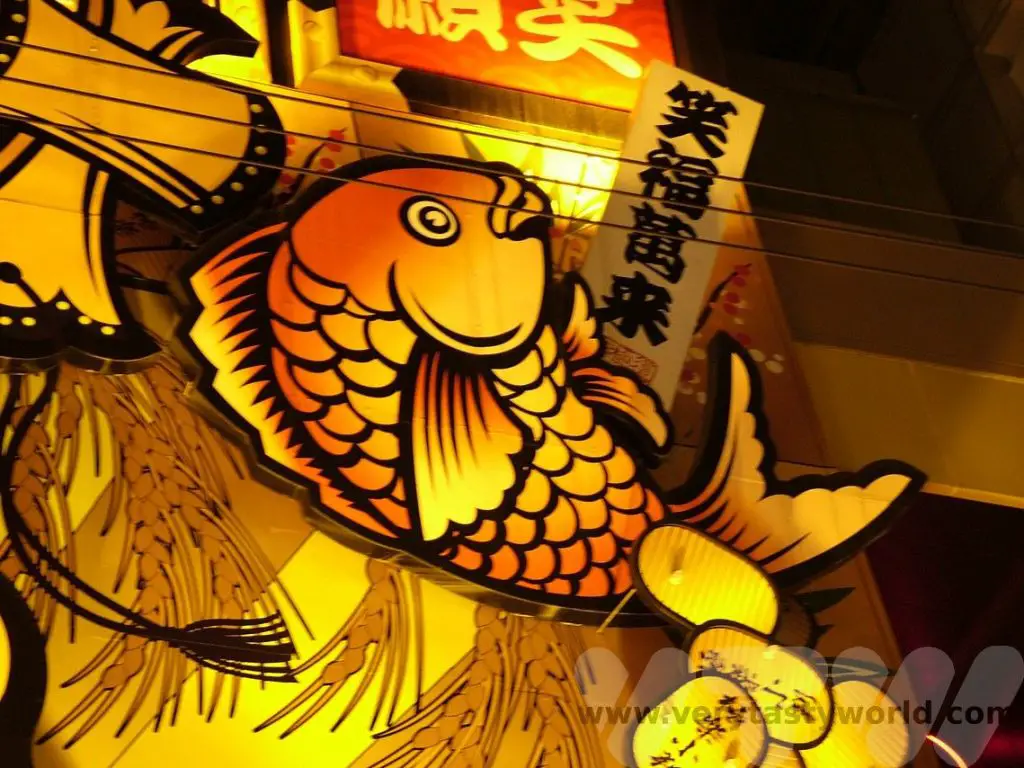
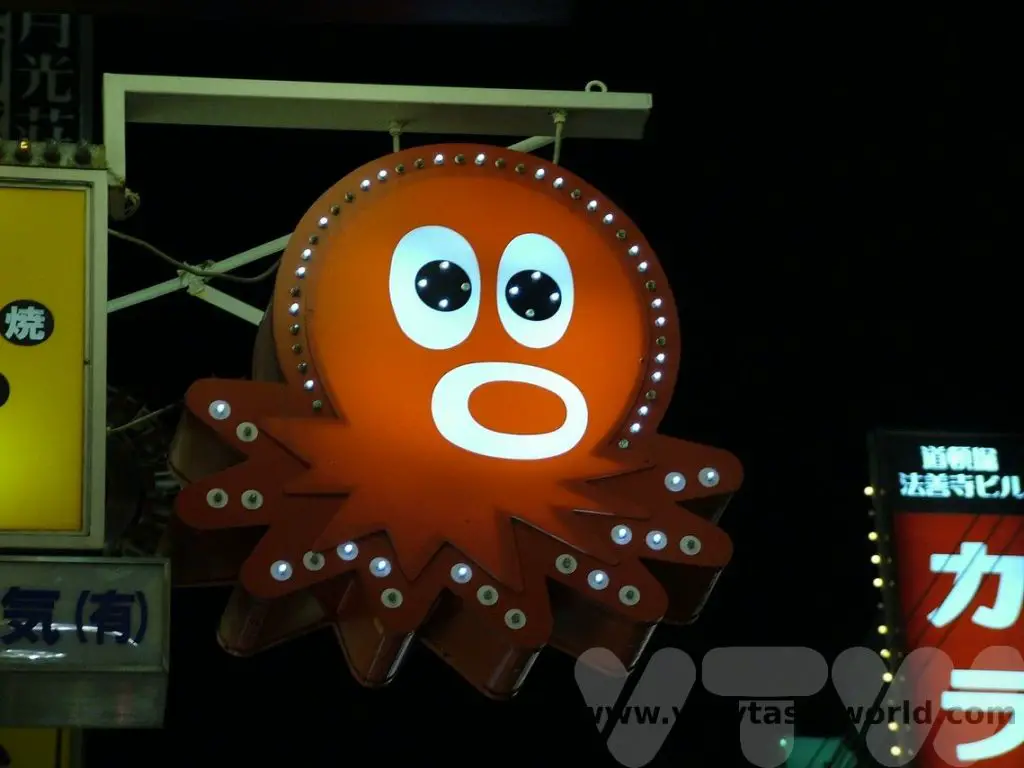
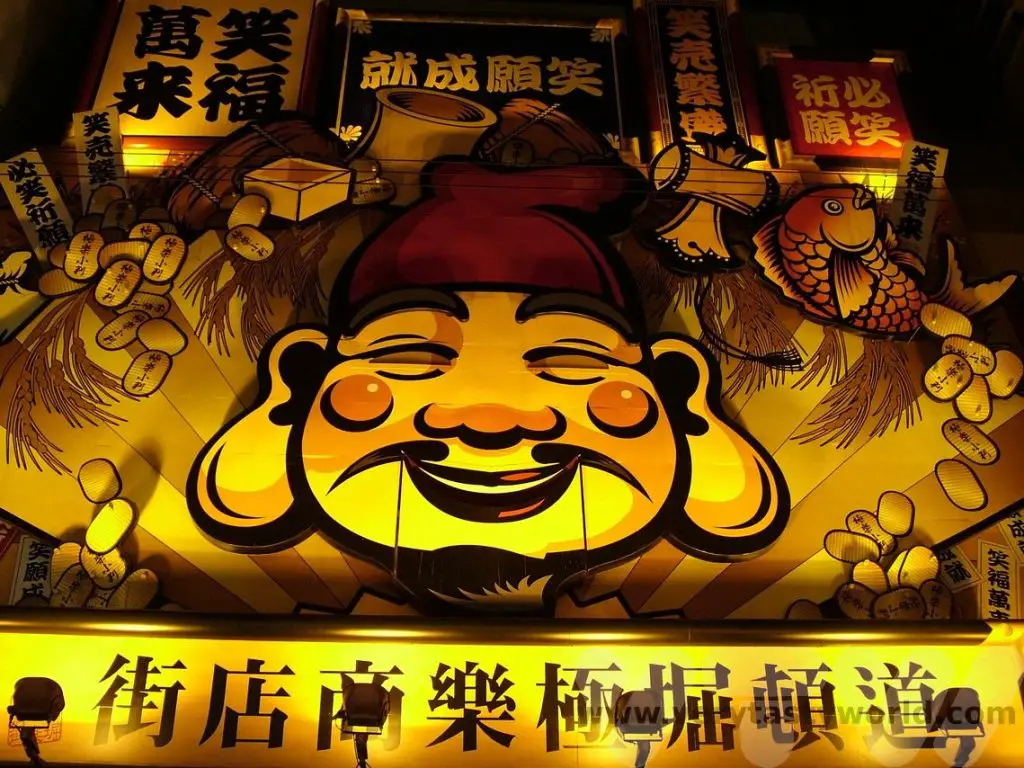
One thing to remember when visiting cities in Japan is to look up! In the UK most shops and restaurants are located at ground level but Japan is a country with high rise buildings. Very often shops and restaurants will be located on multiple levels within the same building. You will often see boards outside the building advertising various emporia: F1, F2 etc to go up, B1, B2 etc to go down. (N.B. floor levels in Japan match the American model where the ground floor is called the first floor, unlike in the UK where the ‘ground floor’ is at street level and the next floor up is the ‘first floor’.)
Essential Osaka Restaurants
Takoyaki – The Best Street Food
Takoyaki is quintessential Osaka street food. It comprises spherical octopus pieces in a batter which are cooked en masse in a griddle.
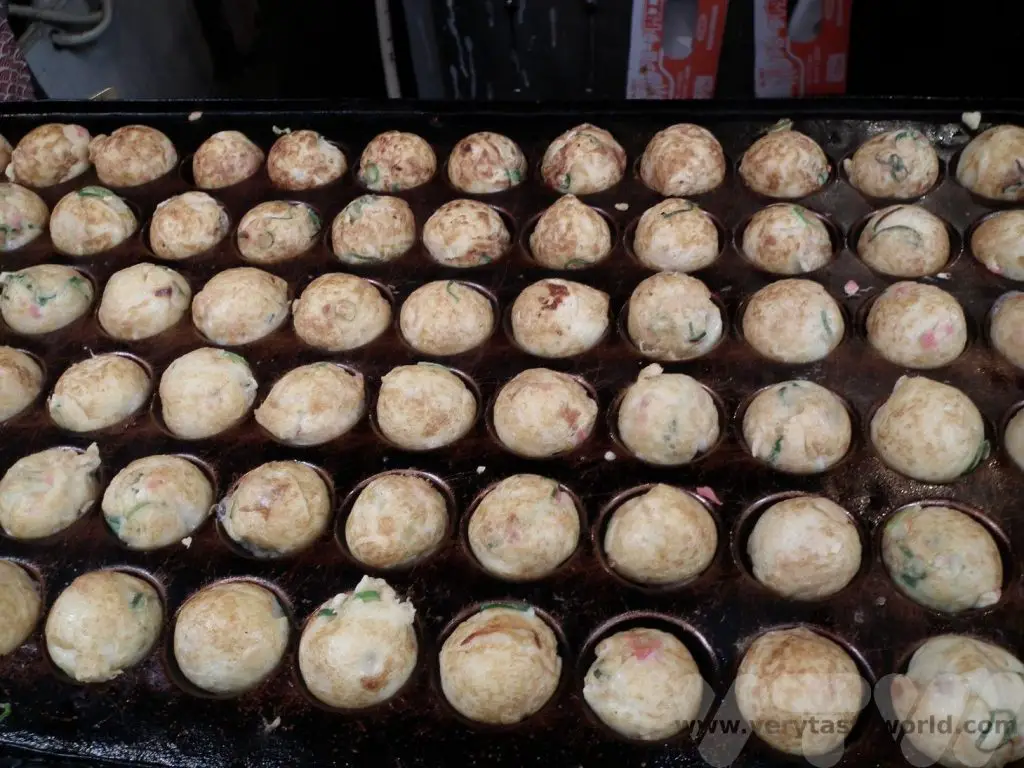
The takoyaki maker expertly and deftly turns each octopus ball by hand so that they are cooked evenly.

Served with mayonnaise, takoyaki sauce (which is similar to brown sauce) and bonito flakes (skipjack tuna flakes shaved to wafer thin slices – which are rich in umami and are often used to make Japanese dashi stock), which undulate gently in the heat of the takoyaki. You just have to wait a little while before scoffing because they will be extremely hot as soon as they come out of the griddle.
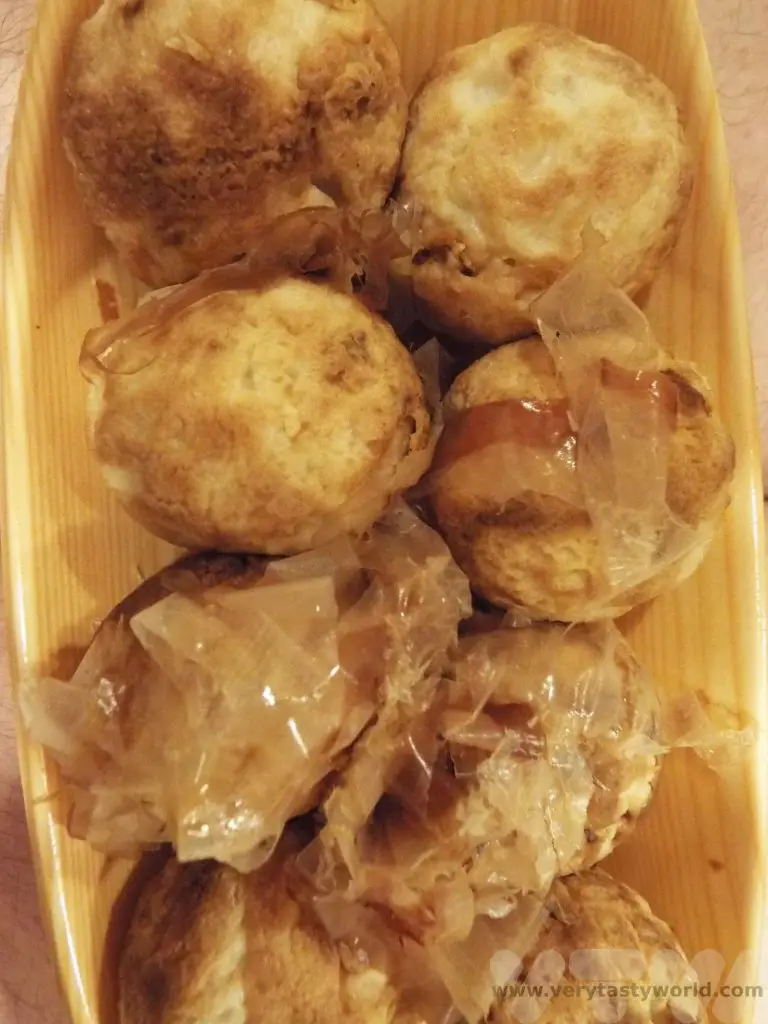
Okonomiyaki – As You Like It
Okonomiyaki, which translates as ‘as you like it’, is often described as a cross between a pancake and a pizza. It’s a cabbage based batter (but don’t let that put you off – it’s really delicious) with multiple fillings and toppings. Some establishments have a chef prepare the okonomiyaki, others will let you sit at the griddle and you can cook it yourself.
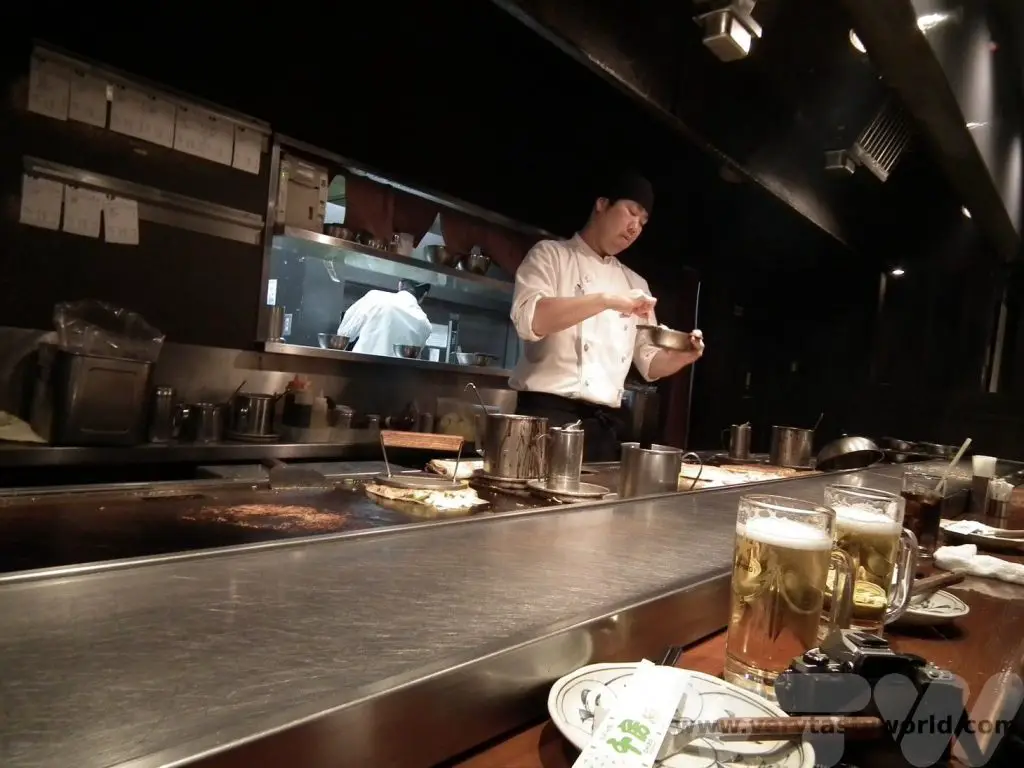
The basic batter mixture is prepared and cooked on the griddle.
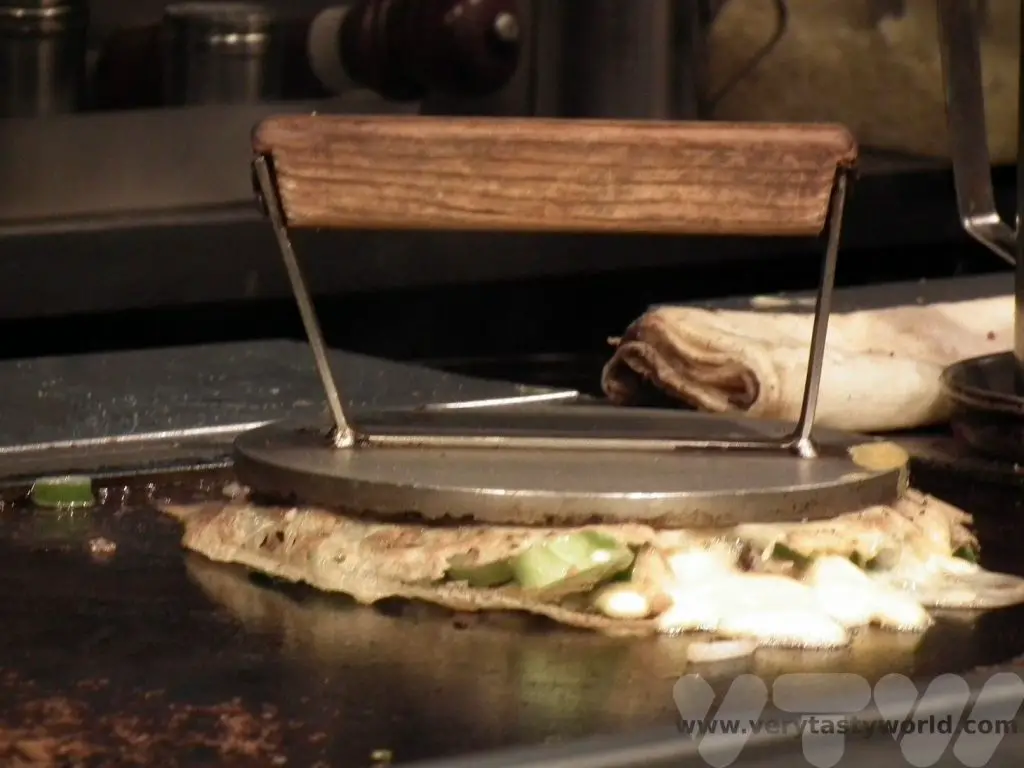
Then you have a choice of toppings – meat and prawns are popular choices and veggie options, such as kimchi are also available.
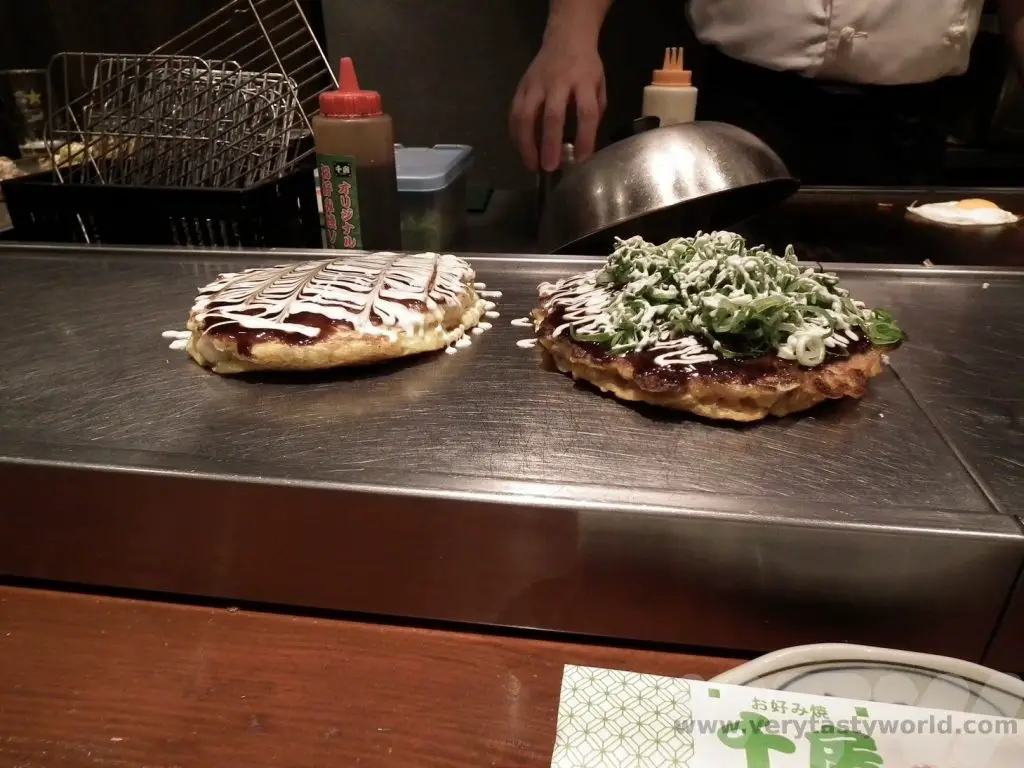
The okonomiyaki will be garnished with a variety of yummy things, including mayo, okonomiyaki sauce (similar to takoyaki sauce/brown sauce), flakes of nori seaweed and those delightful undulating bonito flakes. Chilli sauce may also be available. The chef will embellish your okonomiyaki in the most delightful way. And of course, when the chef asks you what garnish you would like, the correct answer is EVERYTHING!

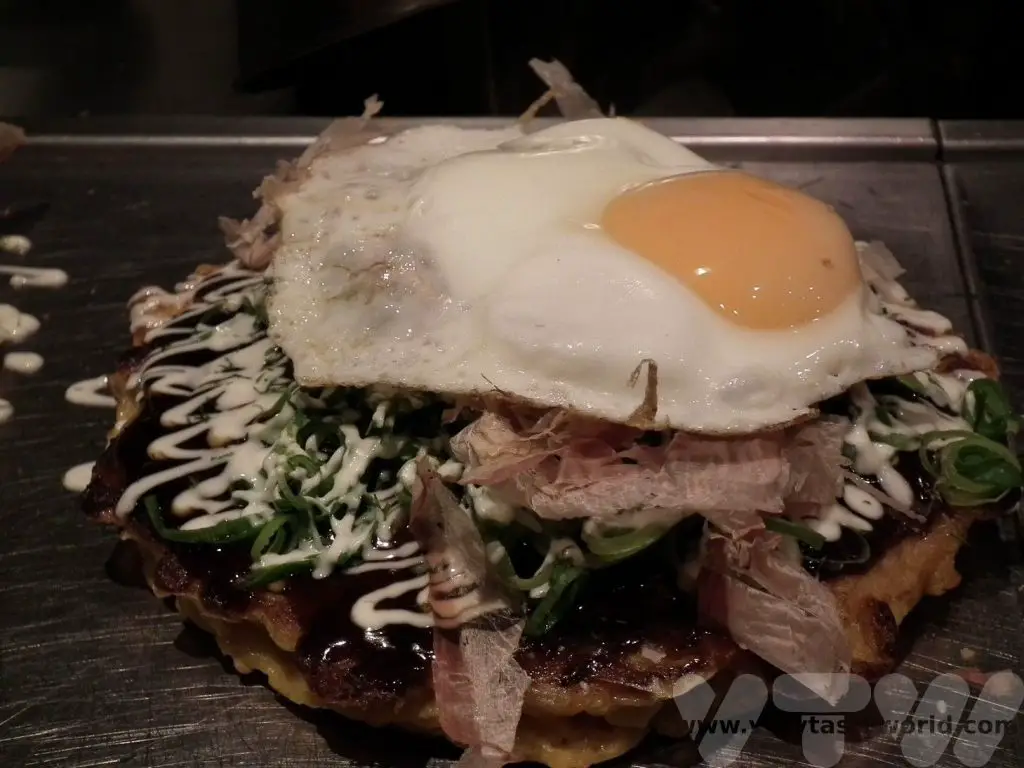
Fugu – Dare You Try Puffer Fish?
Fugu is the fish that has a formidable reputation – it’s the puffer fish, parts of which are deadly poison particularly the liver, the ovaries, eyes, and skin. The toxin basically paralyses you and you asphyxiate while still conscious. Not very nice at all.
But fugu is also a prized delicacy. The non-poisonous bits are fine to eat but absolutely can only be prepared by a licenced chef who has trained for several years. You can eat fugu all over Japan but it was at Zubora-ya, with its highly distinctive sign comprising a giant pufferfish lantern outside the restaurant, that we first tasted this fearsome fish.
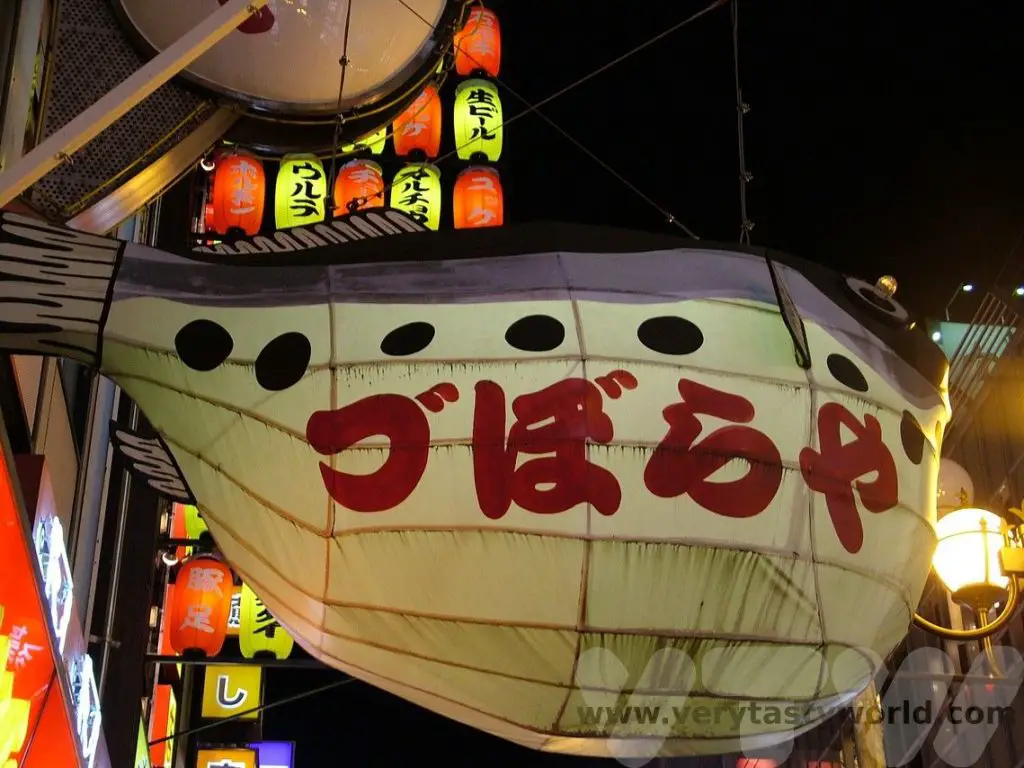
We thoroughly enjoyed a set menu at Zubora-ya – sushi and sashimi is the conventional way to enjoy fugu. It has a mild flavour and a firm texture that is something like a cross between squid and monkfish. It was delicious. And we survived!
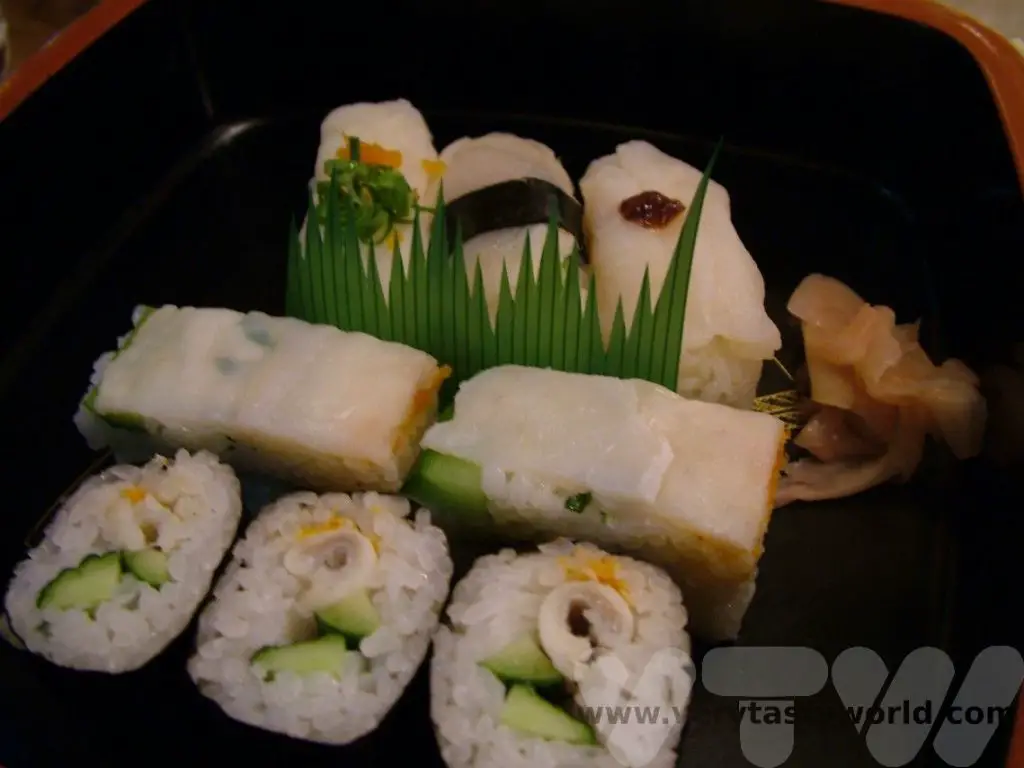
Sadly, Zubora-ya had to close during the pandemic and has not reopened.
Kani – Crab Heaven
Kani Doraku is another distinctive restaurant which has a model of a giant crab waving its pincers on the outside wall, beckoning you inside (well, that’s our interpretation!).

We have eaten here several times and always had a hugely enjoyable meal. Again, it’s a multi-storey building and, depending on how busy it is you may eat within the restaurant or be taken to a private room with tatami mat flooring and a telephone. The telephone was a bit daunting first time around but we picked up the phone and said, ‘kite kudasai,’ (please come here) and someone came along to take our order – which largely involved pointing at a picture menu. Even though it’s a large restaurant it’s very popular these days so it’s worth booking. There are actually multiple restaurants of this chain along Dotonbori, so check out the others if the first one you try is full. (The most popular is closest to the Glico Man.) The set menus aren’t cheap but they are good value and the food is utterly delicious.
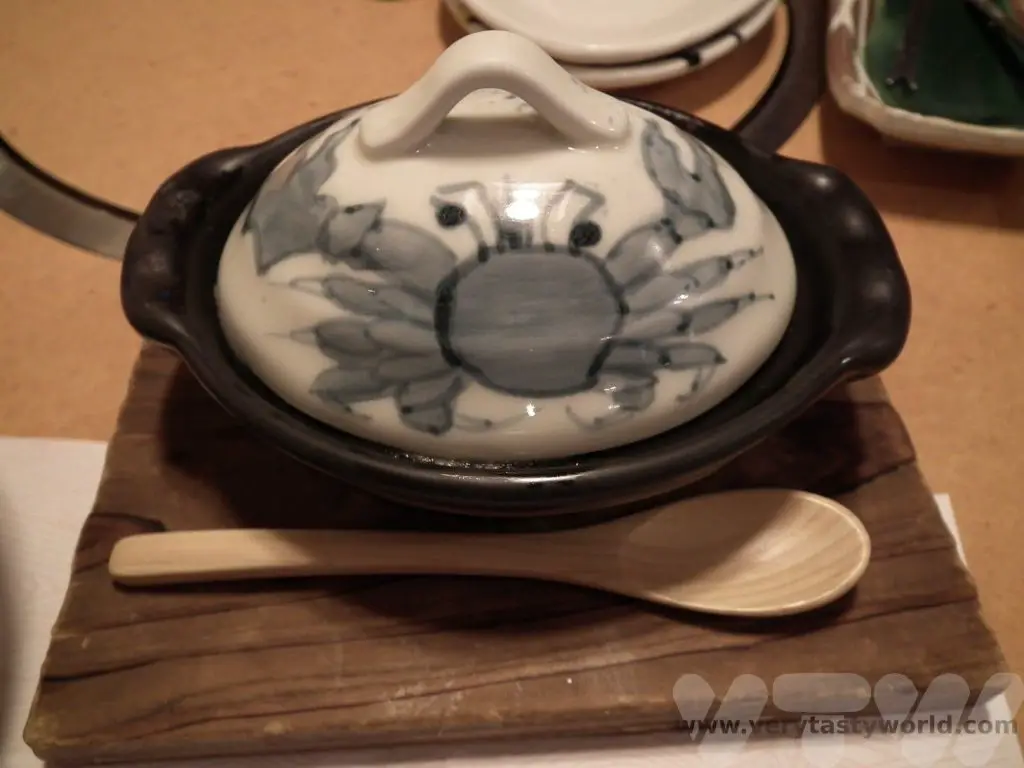
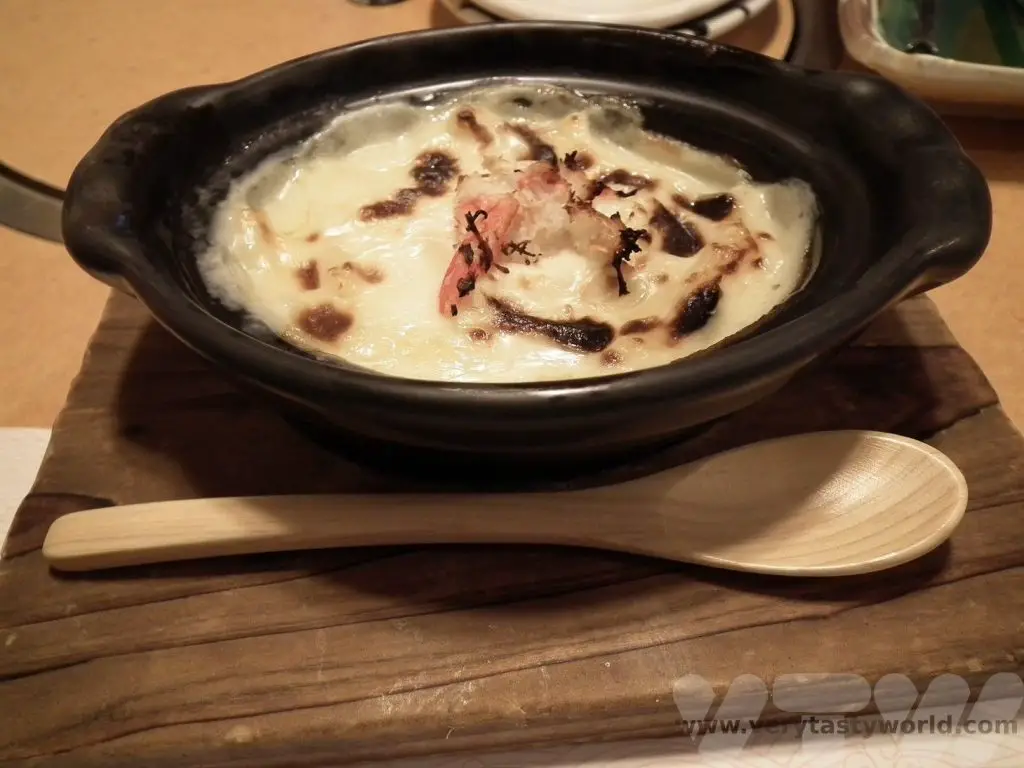
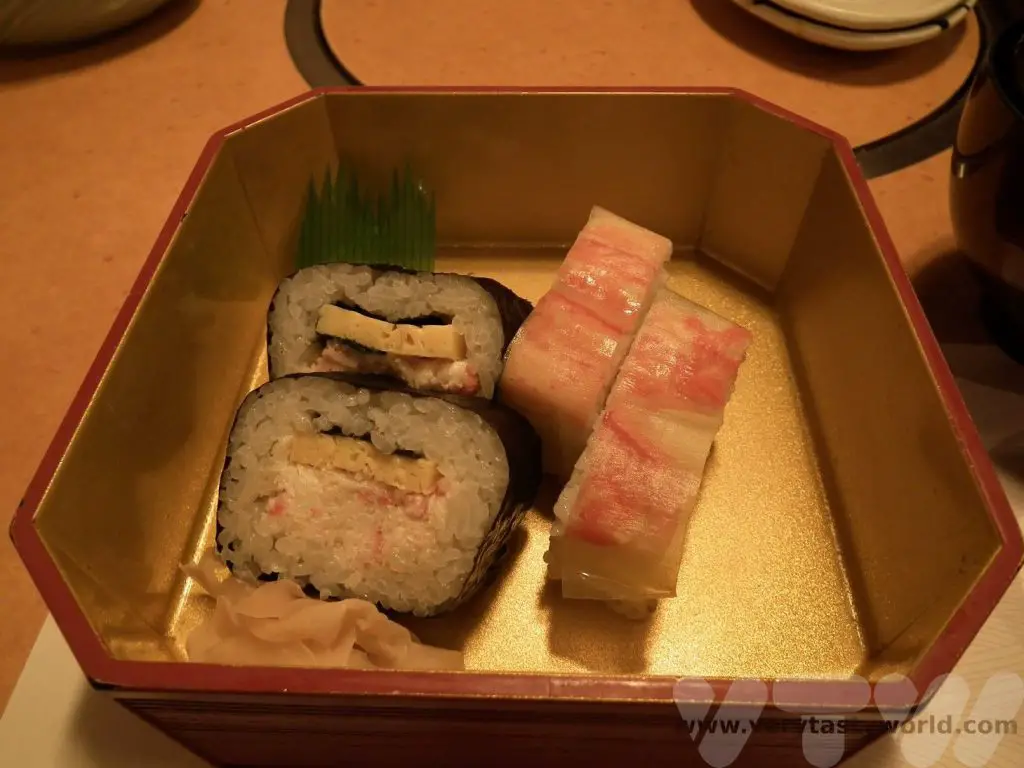
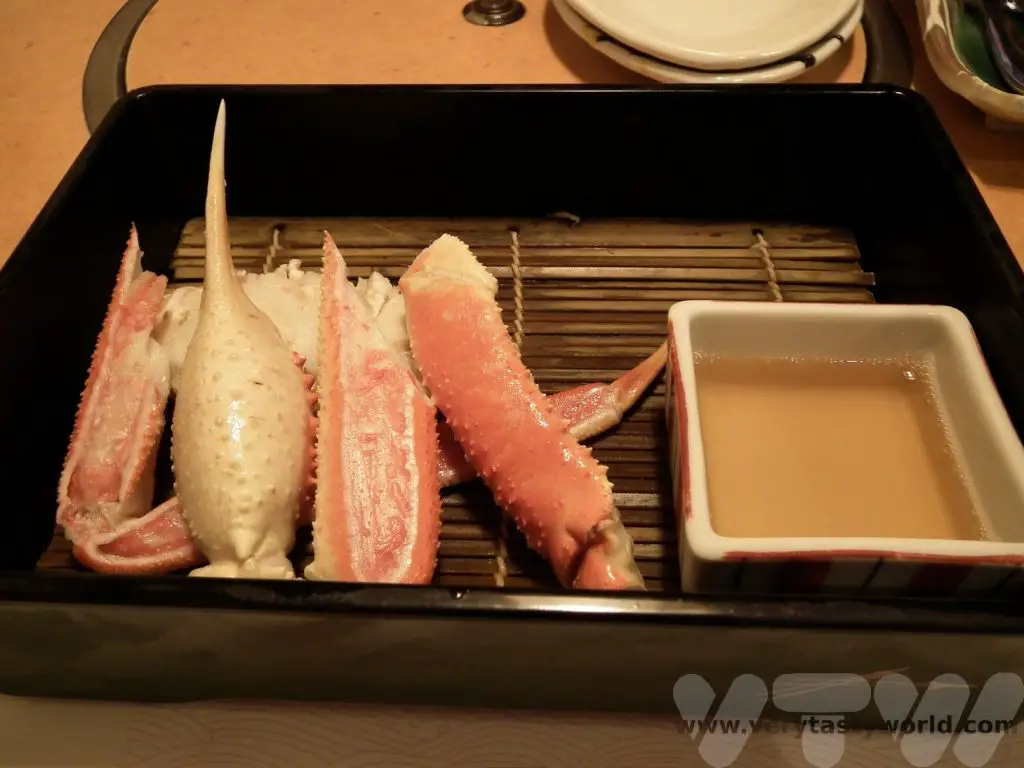
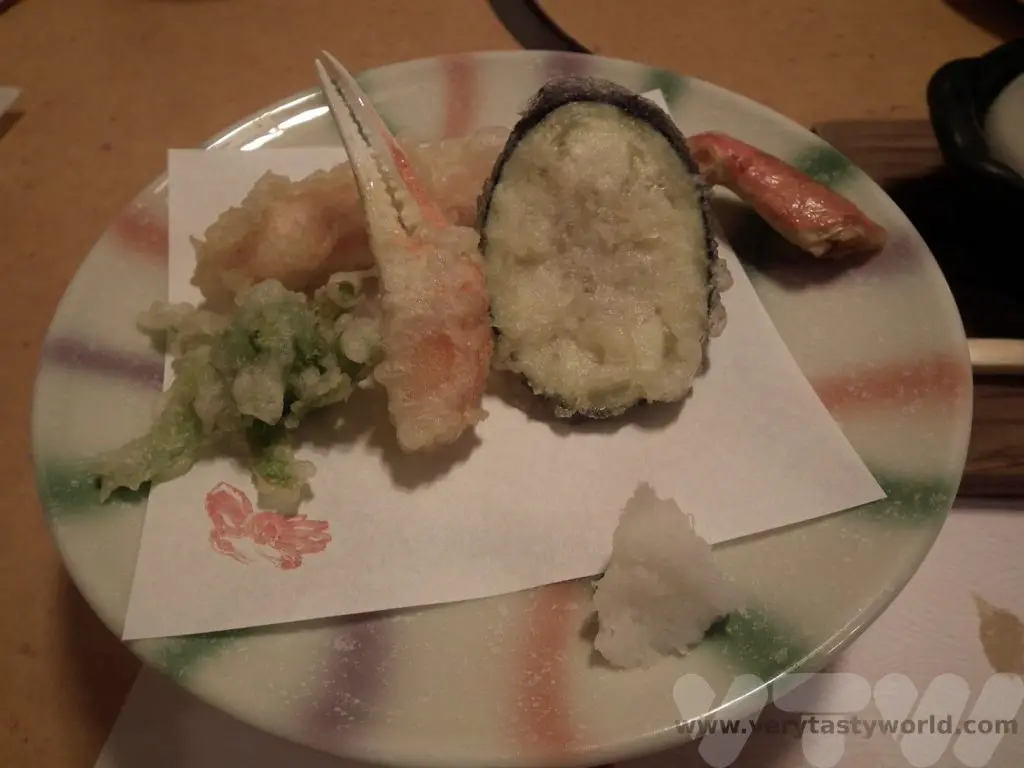
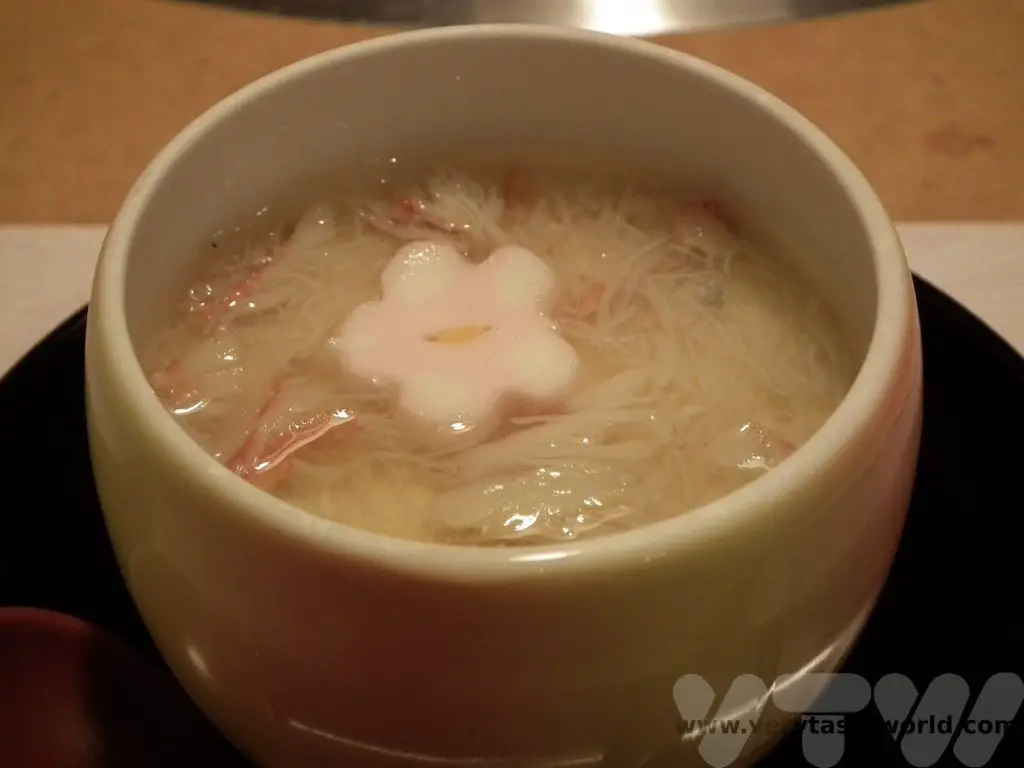
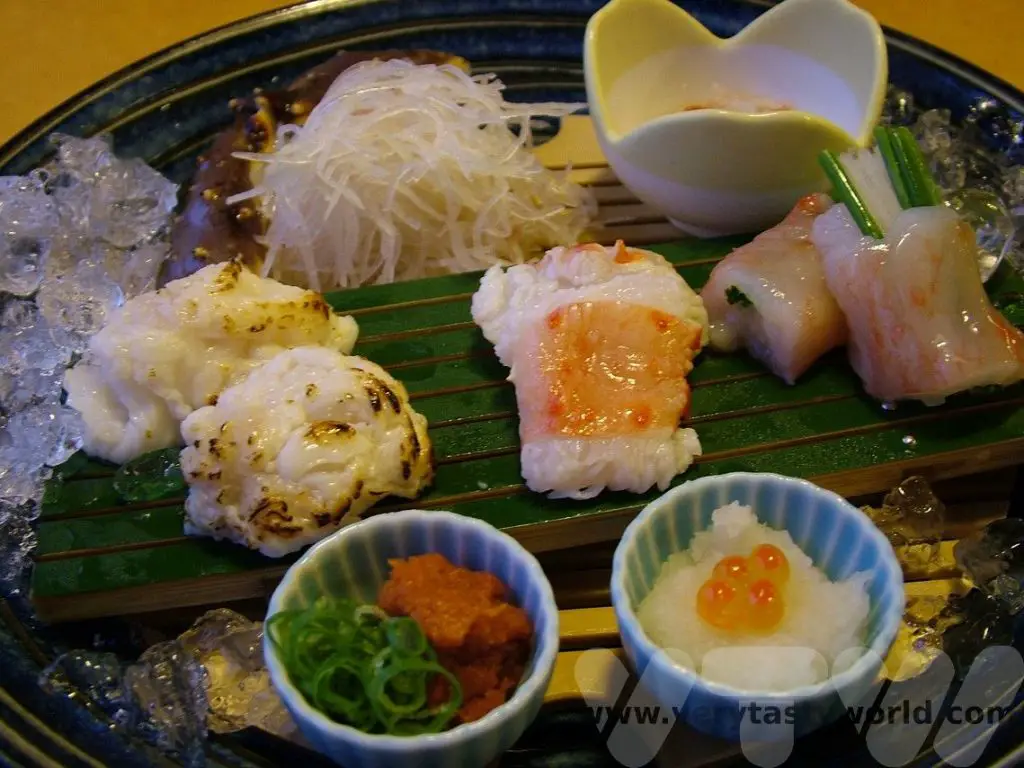
We’ve enjoyed crab sushi and sashimi, crab chawan mushi (steamed egg custard), crab tempura and crab gratin with a clear soup and matcha ice cream for dessert. Utterly delicious.
Other Dotonbori Establishments
There are loads of other restaurants along Dotonbori and the surrounding area. Kuidaore was an enormous eight storey restaurant founded in 1949. It was recognisable by its iconic Kuidaore Taro Clown, a vaguely creepy mechanical drumming puppet at the entrance. Sadly it closed some years ago but the building was populated by different shops and restaurants in what’s now known as the Nakaza Cui-daore Building.
If you like ramen noodles (and who doesn’t?) there are three Kinryu restaurants along the street. Kinryu translates as ‘golden dragon’ and the restaurants can easily be found by their distinctive dragons on the hoardings above the shopfront.
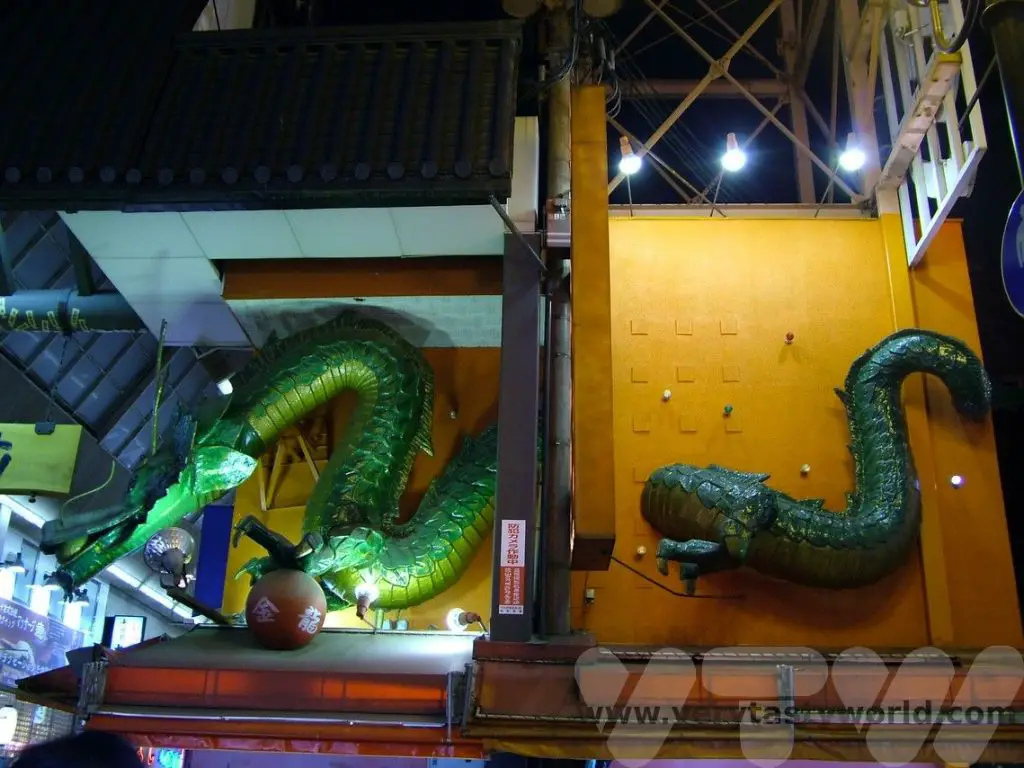
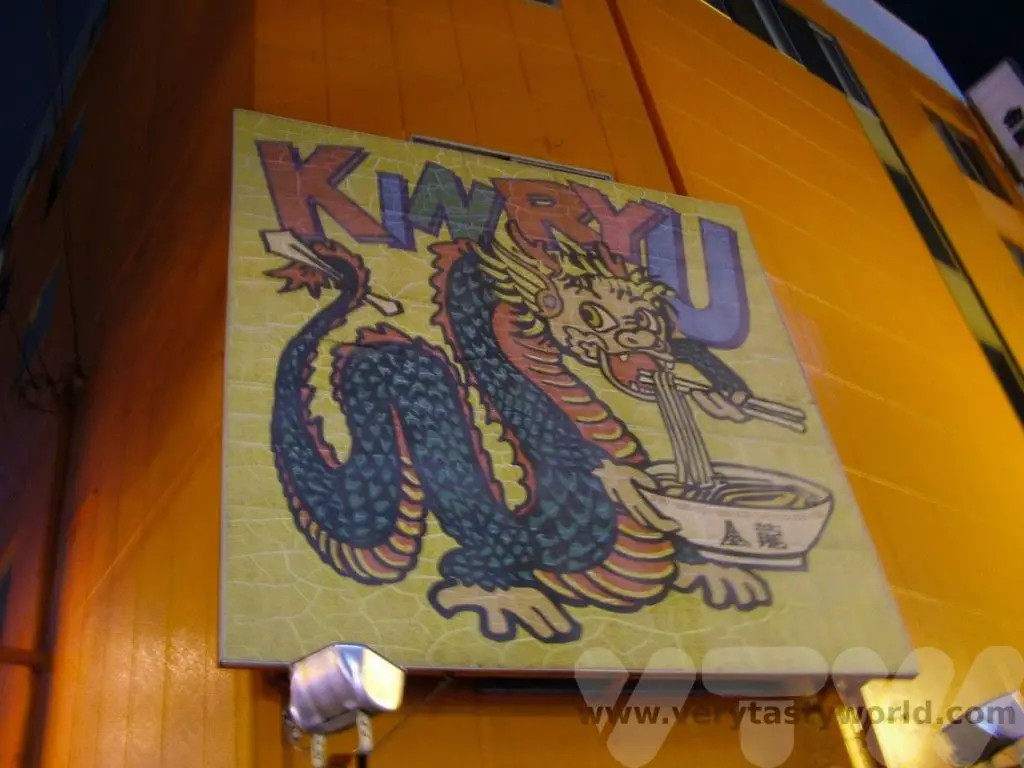
And even the standard restaurants on Dotonbori, those without the amazing neon signs, are worth checking out. One of the great things about dining in Osaka – and indeed throughout Japan – is that you don’t need to speak or read Japanese. Many restaurants will have an English, Chinese or Korean menu and those that don’t will often have a picture menu or, better, realistic models of the food in the window, usually with prices. You can take a photo of your desired dish or even take your food server outside and point to the dish you want.

The models of the food are surprisingly realistic and many are made in Osaka. We managed to find a shop that sold them but they are hideously expensive, so we treated ourselves to a couple of sushi fridge magnets as a souvenir.
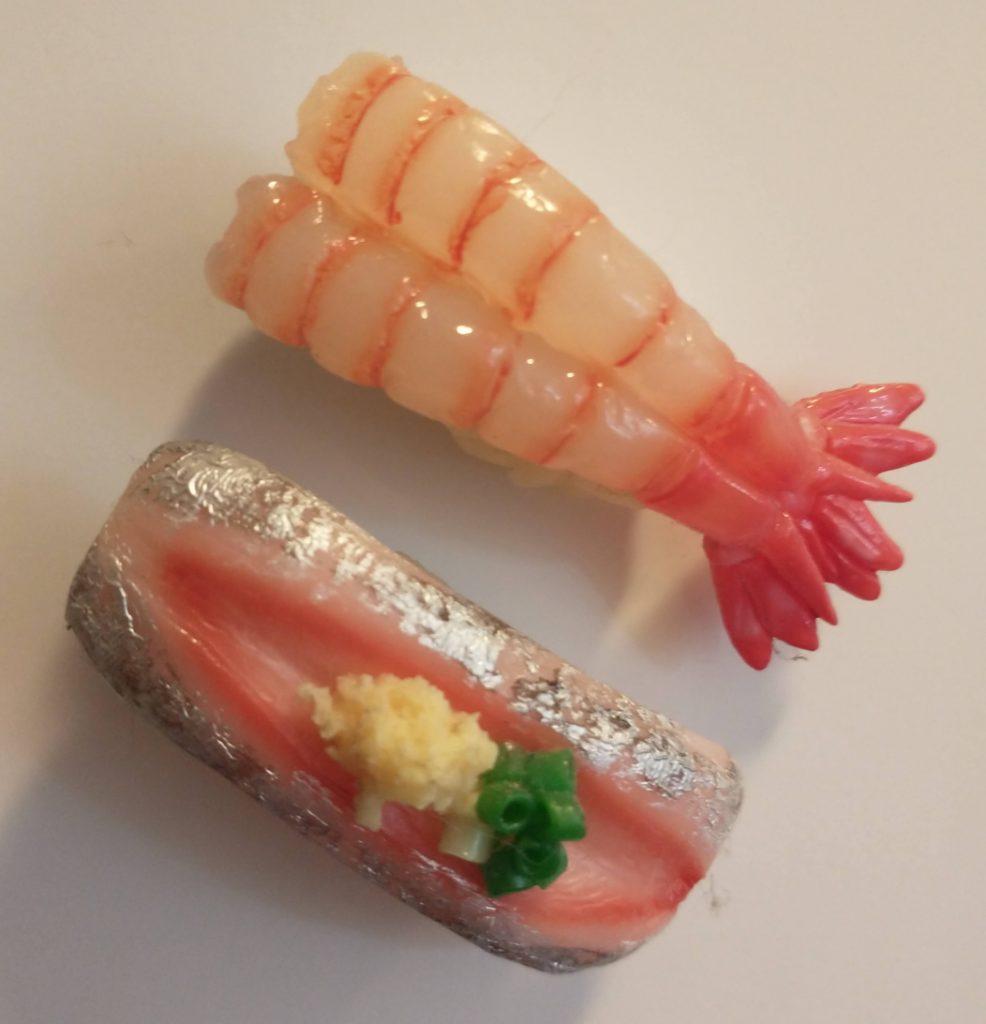
Related Posts You May Enjoy

- Recipe: Simmered Shiitake Mushrooms

- How to Use Public Transport in Japan

- RECIPE Oyakodon Donburi

- Planning a Trip to Japan

- The Makanai: Cooking for the Maiko House

- Setsubun Food – Bean Throwing Day

- The Gassho Farmhouses of Rural Japan

- Recipe: Japanese Simmered Pork Belly – Buta no Kakuni

- RECIPE: How to Make Umeboshi

How Hot Is Wasabi?
A Guide to Fresh Wasabi
Did you know that a lot of the time the fiery, nose-wince-inducing, slightly-eye-watering wasabi that you eat with your sushi doesn’t actually contain much wasabi? The wasabi powders and pastes that you buy in the shops or which are used in many restaurants are usually a combination of mustard, horseradish, green food colouring and just a hint of wasabi, probably from the stem or leaves. Eating fresh wasabi is a completely different experience. And how hot is wasabi?
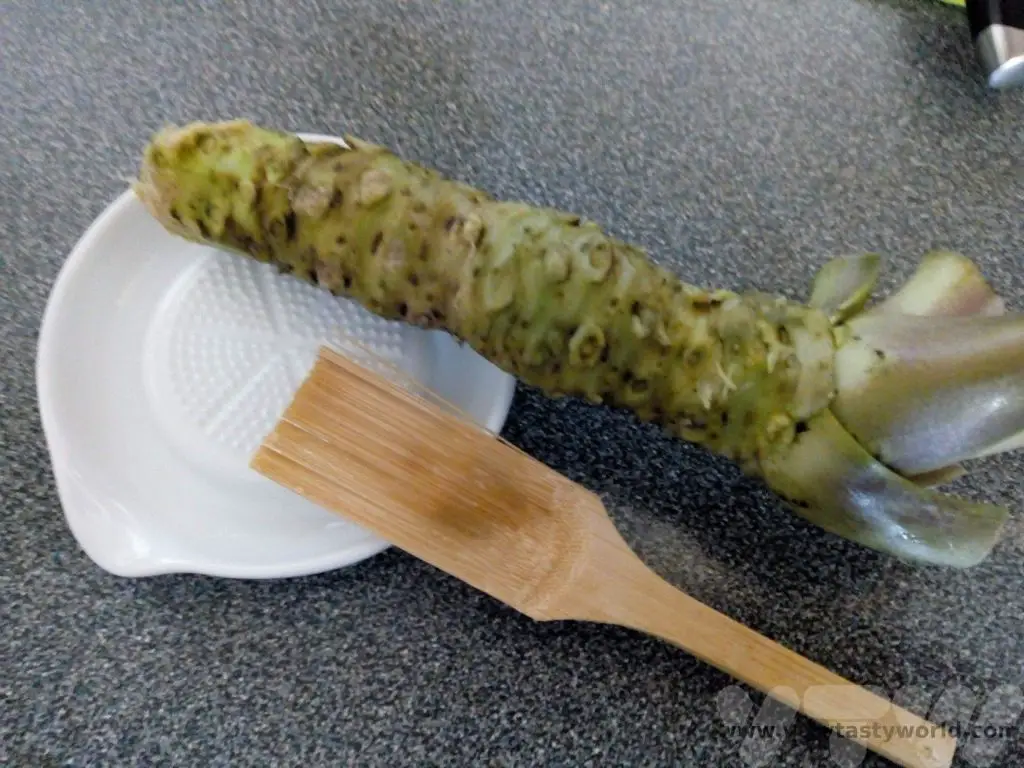
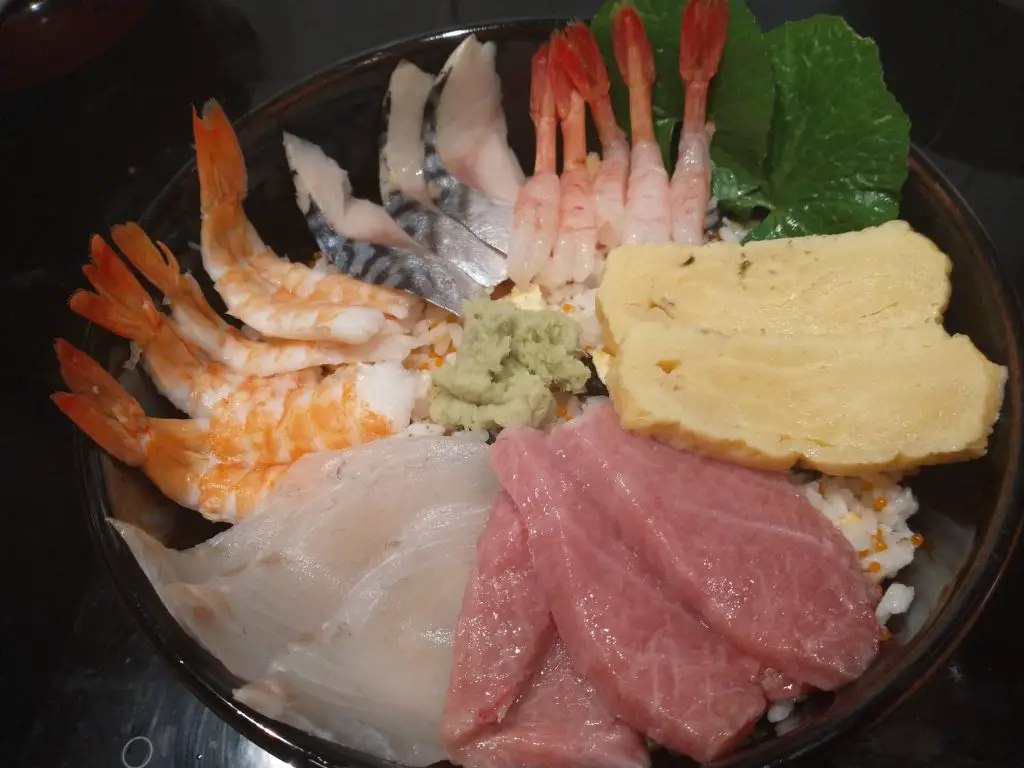
Growing Fresh Wasabi
Wasabi as a plant is similar to horseradish in that both belong to the Brassica family (which is quite a broad family as it also contains vegetables such as cabbage, broccoli and kale) and both have a fiery pungency but they are different species and offer very different flavours.
Horseradish is really easy to grow in the UK. It’s like a weed and grows rapidly in the wild. We regularly see horseradish growing by the roadside or in parks. (We would like to forage for it but although we could pick the leaves it’s against the law to dig up roots on land you don’t own.) It’s the long white root that provides the flavour. Wasabia Japonica’s flavour comes from its rhizome, which is kind of like a swollen stem.
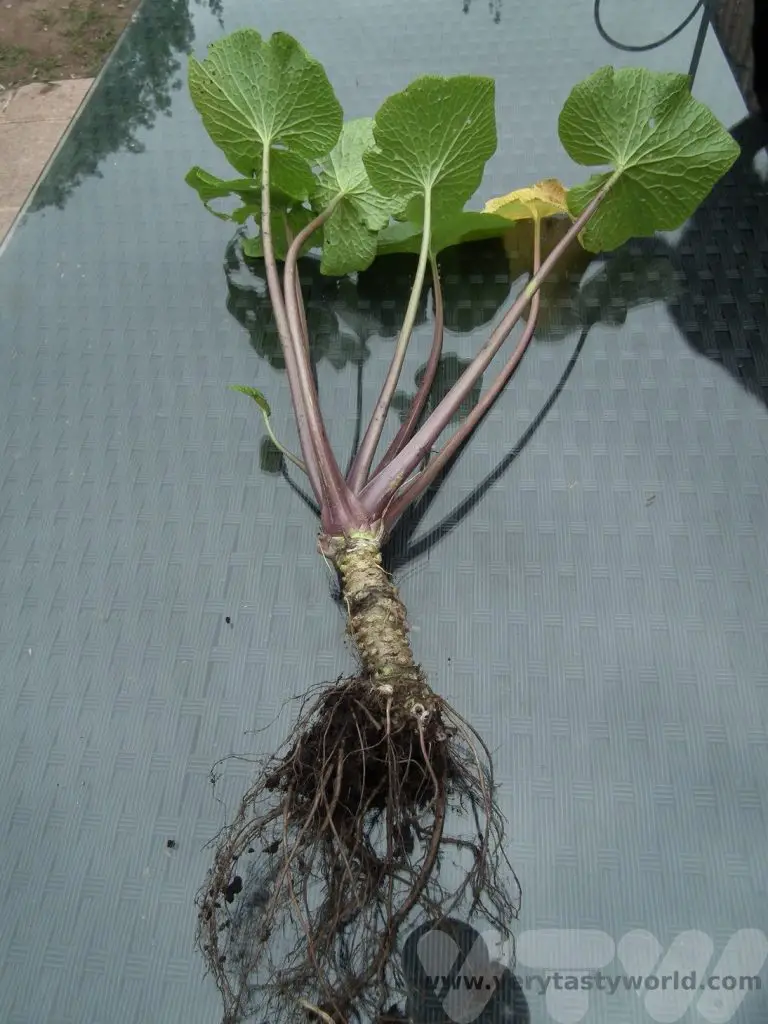
Traditionally wasabi grows next to crystal clear gravelly mountain streams in rural Japan (a delightfully romantic image) but it is actually possible to grow wasabi in the UK (although our garden is significantly less romantic than a beautiful mountain region). Water grown wasabi is known as sawa- or mizu-wasabi, soil grown is known as hatake-wasabi.
Our soil grown wasabi needs a little love. It likes relatively cool conditions and much prefers the shade to the sunshine. We once had to move our wasabi into a sunny spot temporarily and it wilted like the Wicked Witch of the West. (It recovered 24 hours later when it was back in the shade.) It also needs to be well watered, although it doesn’t like to sit in water. A cool, rainy British summer is ideal. We grow it in pots close to the north facing wall of our house. It takes a while for the rhizome to grow – you need to be patient for a couple of years – but the result is worth it. The cat was very impressed with our attempts.
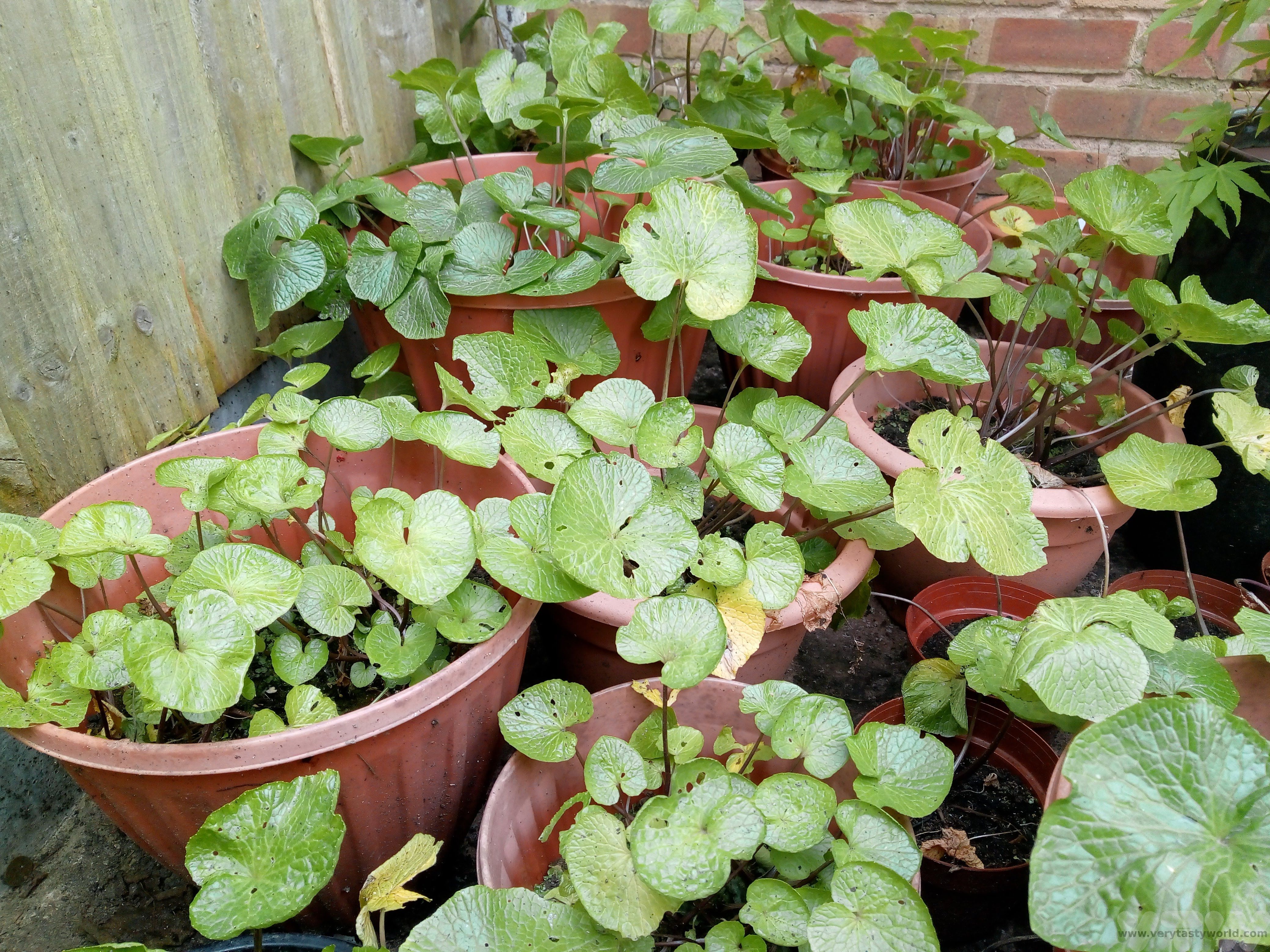

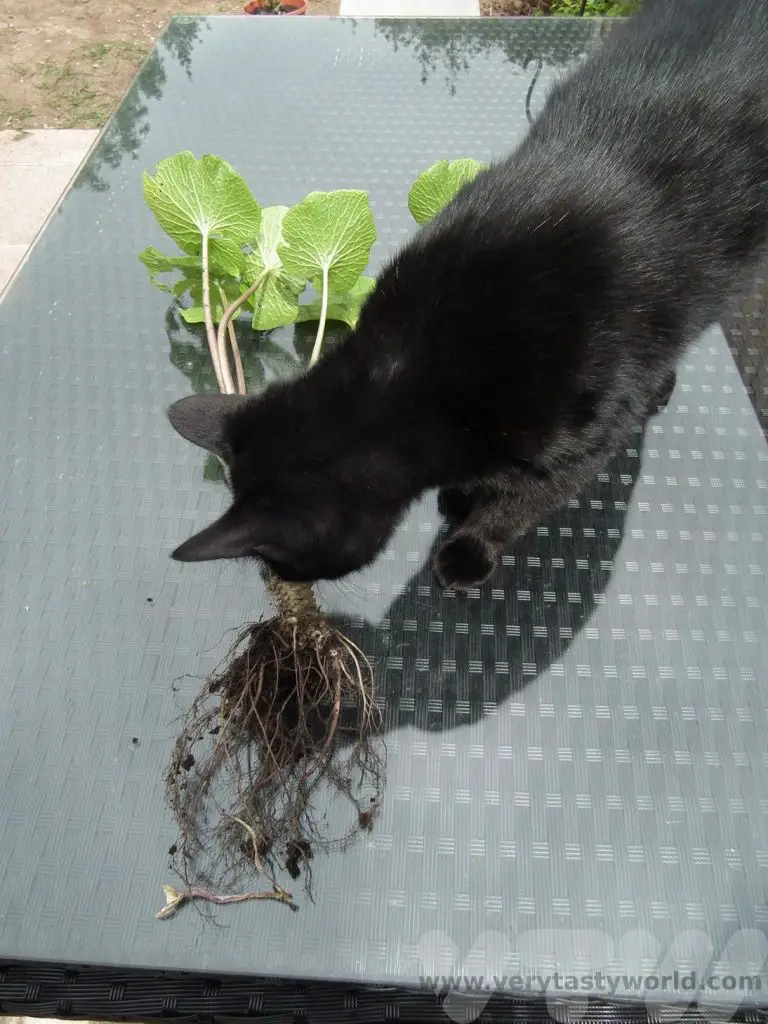
Eating Fresh Wasabi
The first time we ate fresh wasabi, it was a revelation. It did have that amazing familiar pungency but it also has a sweetness that you don’t expect. One of the advantages of growing wasabi is that the other parts of the plant are all edible: the lovely heart shaped leaves can be used as a garnish (and eaten), the stems chopped up like herbs and even the delicate flowers, which are especially good in a tempura. The other parts are much more mild and, while they impart flavour, don’t have the pungency of the rhizome.
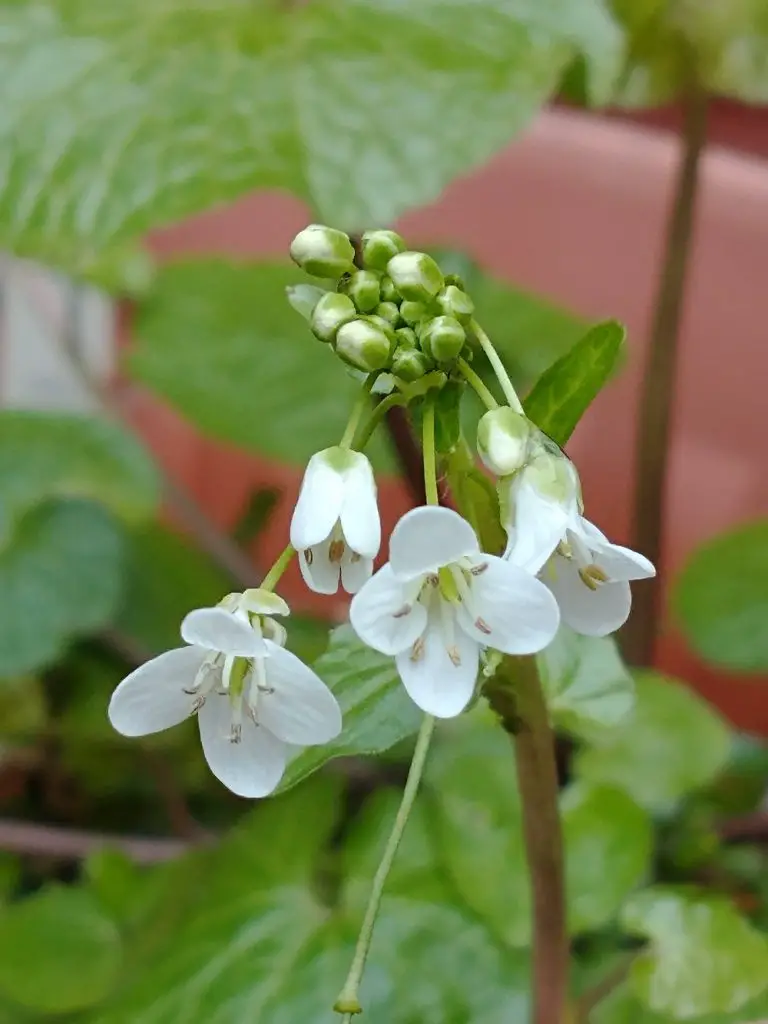
How To Prepare Fresh Wasabi
Wasabi rhizomes can grow up to 100g in size, although some can be bigger. You would have to have a big sushi party to get through that amount but it is possible to store it.
The pungency of the wasabi fades when it is exposed to air, so it is best to grate it just before serving. There are various graters you can buy. Traditionally, a shark skin grater is used, although it is usually made from a type of ray. Purists prefer this, claiming that this is the one that ensures that the wasabi has the best creamy consistency and brings out the best flavour. But you can also get other types, including a metallic grater or, our preference, a ceramic grater.
Using a vegetable peeler, we just scrape off a small amount of the rhizome’s outer layer, up to the length we wish to grate, then grate the wasabi in a circular motion.
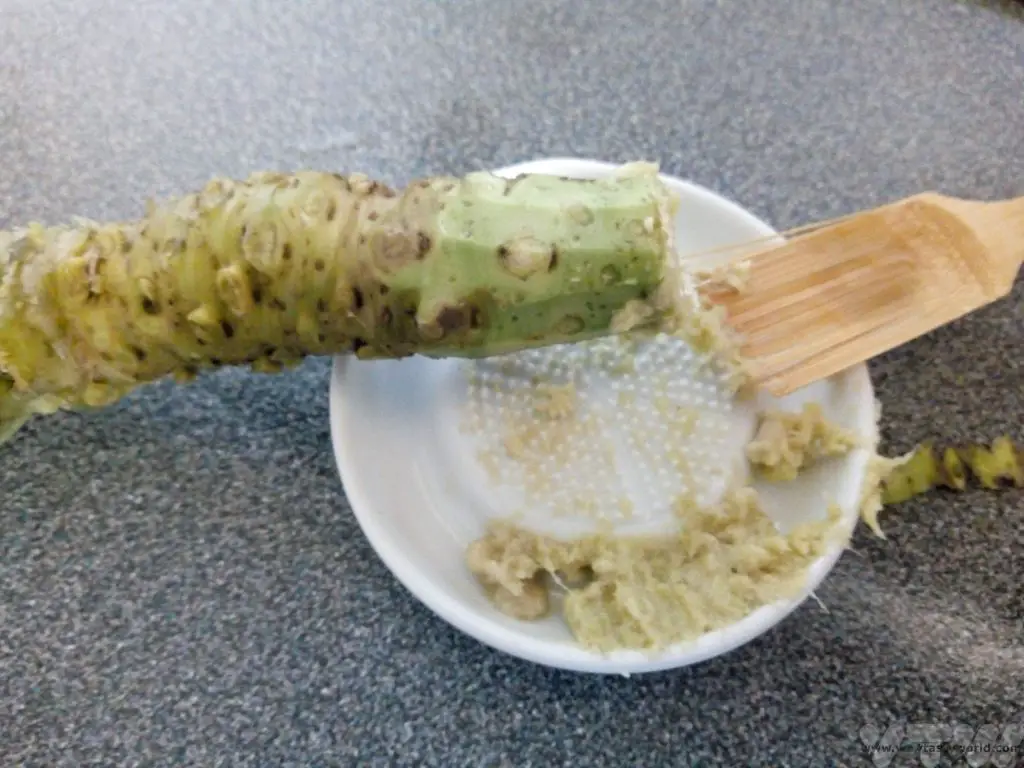
One useful little implement is a bamboo brush which you can use to gather up the grated wasabi. The stiff bristles are much more efficient at negotiating the grater’s bumps than our fingers. Gather the grated wasabi up into a nice little ball and serve. It’s worth grating slightly less than you think you will need – you can always grate more.
Storing Wasabi
A fresh rhizome will store well in the fridge for a couple of weeks. We tend to keep it wrapped in damp kitchen paper and grate as much as we need. If we don’t get through an entire rhizome in that time, it tends to go a bit black, so the best thing to do is freeze it. The whole rhizome doesn’t freeze well but grated wasabi freezes brilliantly.
We tend to grate into portions and then store inside little plastic tubs – the sort you get sauces/dips in with a takeaway meal. Then we seal – in order to minimise exposure to the air and pop into the freezer. Take them out when you need them. The portions thaw in no time at all. Alternatively, you can wrap the grated wasabi into parcels of clingfilm.
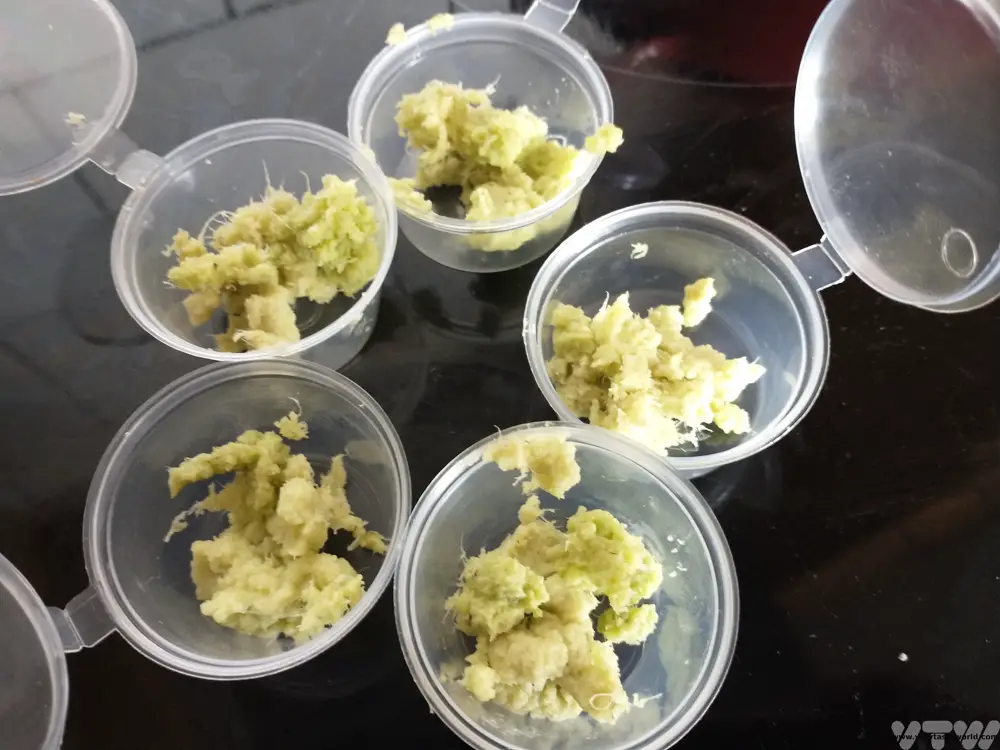
So How Hot Is Wasabi?
Unlike chillies, which have the Scoville scale to measure their heat level, wasabi heat doesn’t really have a similar measurement system. The Scoville scale is based on dilution of the chemical capsaicin – how much water it takes before you can no longer detect the heat of the chilli. But wasabi is a root not a pepper and instead of releasing capsaicin, it contains allyl isothiocyanate, a compound which is also found in mustard, radish and horseradish. Its pungency is a result of its volatility – the gas it releases feels as though it goes straight up your nose rather than remaining on your tongue like the capsaicin of chilli.
People’s reactions to wasabi will differ quite widely. Some people can scoff the hottest of chillies but can’t take the heat of wasabi. But it is undoubtedly hot! Fresh wasabi has a milder pungency than the horseradish/mustard/green paste.
How To Eat Wasabi With Sushi
Wasabi and sushi go together like fish & chips, salt & pepper and gin & tonic. Wasabi was originally used with sushi in the Edo period in Japan and was thought not only to help mask any smells from the fish it was also considered to have properties that help prevent the growth of bacteria.
The best way to eat wasabi with sushi is to mix it with a small amount of soy sauce in a little dish. Never dip the rice part into the dish – the rice will soak up the soy sauce and all you’ll get is a mouthful of nose-wincing salt, losing the delicate flavour of the fish. Instead, turn the sushi upside down and dip the fish side into the sauce. (It’s absolutely fine to eat sushi with your fingers.) If you are having an omakase meal, where the chef prepares the sushi for you, it is likely that they will add exactly the correct amount of sauce and wasabi, so you won’t need to worry.
We love making chirashizushi – a bowl of seasoned rice with a layer of seafood atop – which we serve with our own fresh wasabi and garnished with the lovely heart-shaped wasabi leaves.
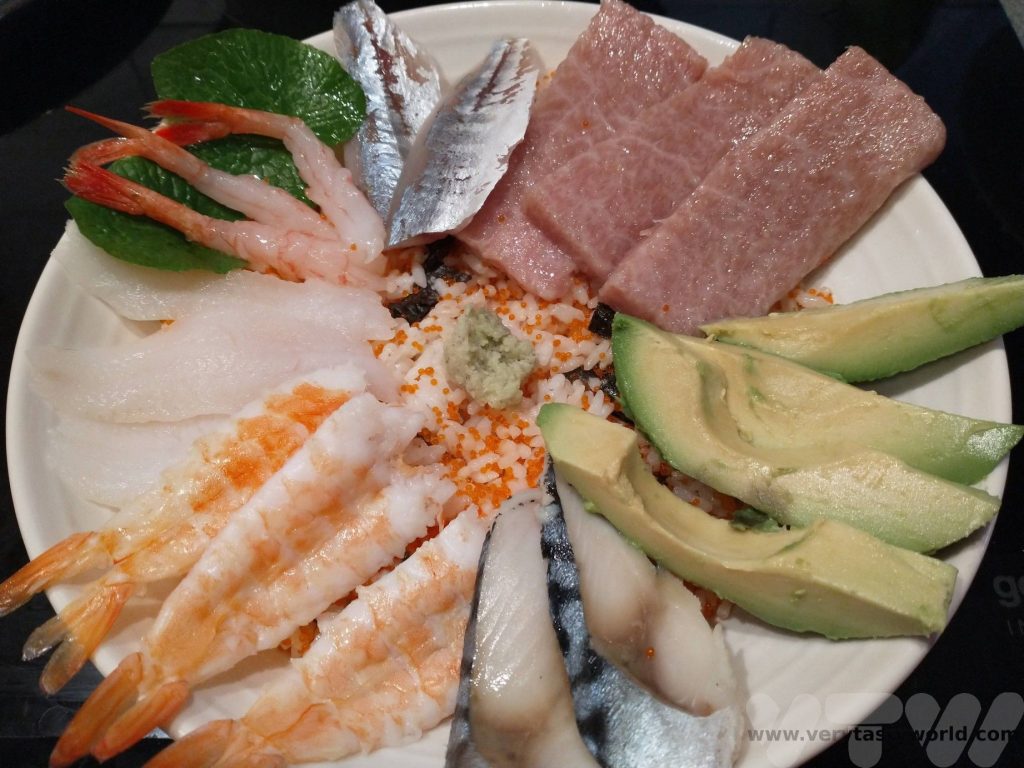
Related Posts You May Enjoy

- Recipe: Simmered Shiitake Mushrooms

- How to Use Public Transport in Japan

- RECIPE Oyakodon Donburi

- Planning a Trip to Japan

- The Makanai: Cooking for the Maiko House

- Setsubun Food – Bean Throwing Day

- The Gassho Farmhouses of Rural Japan

- Recipe: Japanese Simmered Pork Belly – Buta no Kakuni

- RECIPE: How to Make Umeboshi


- RECIPE Oyakodon Donburi
- Zero Waste Recipes Before Your Holiday
- RECIPE: Vegetable Biryani Tamil Nadu Style
- RECIPE: Vegan Wild Garlic Pesto
- Recipe: Venetian Pasta Sauce
- RECIPE: Biryani Raita Recipe
- RECIPE: How to Make Costa Rica’s Gallo Pinto
- Recipe: Japanese Simmered Pork Belly – Buta no Kakuni
- RECIPE: How to Make Umeboshi





